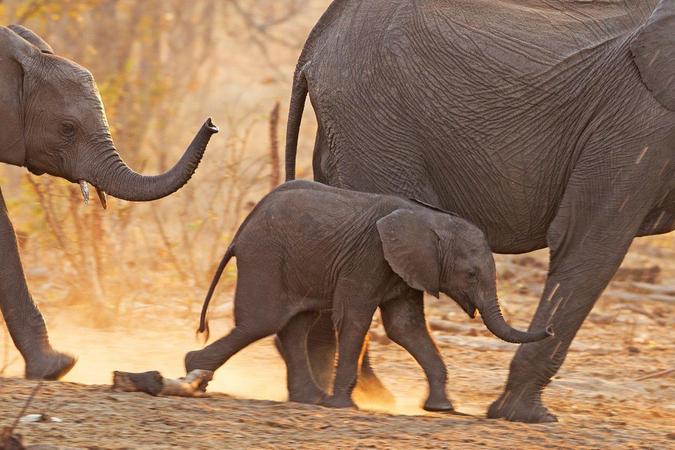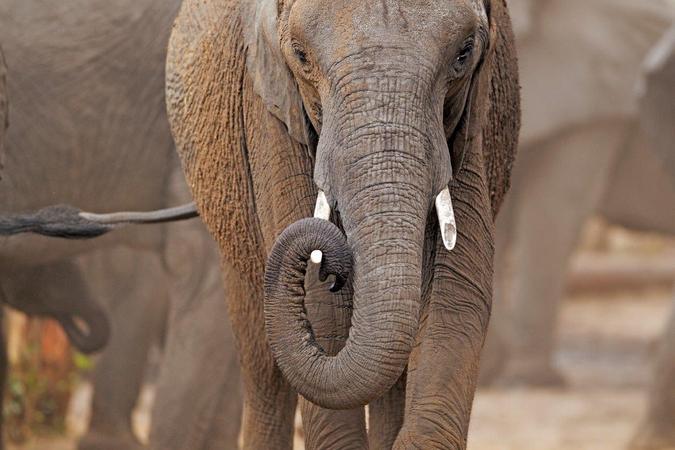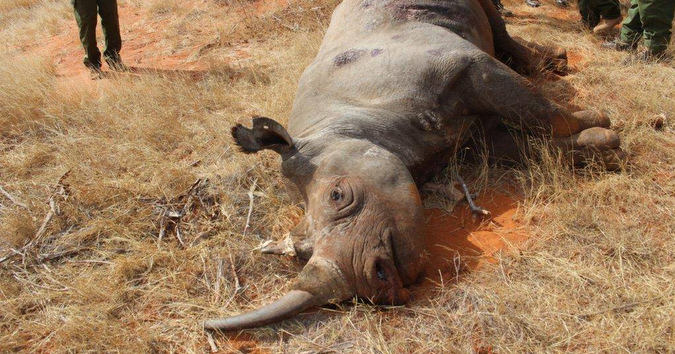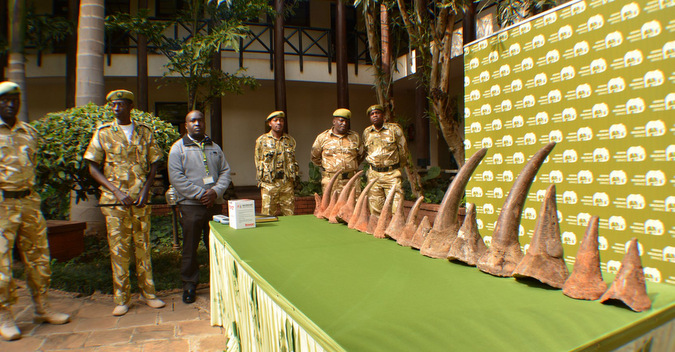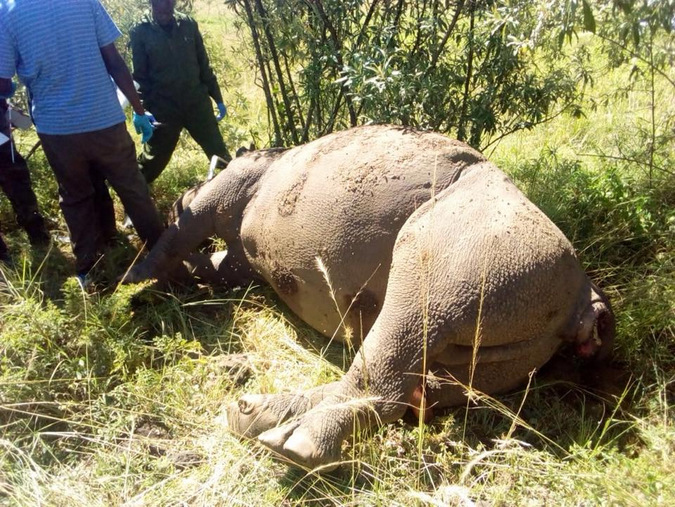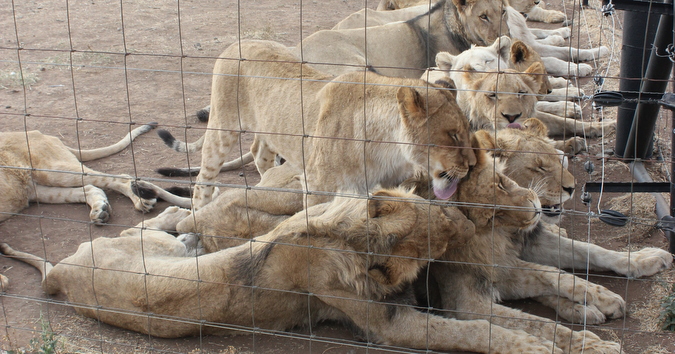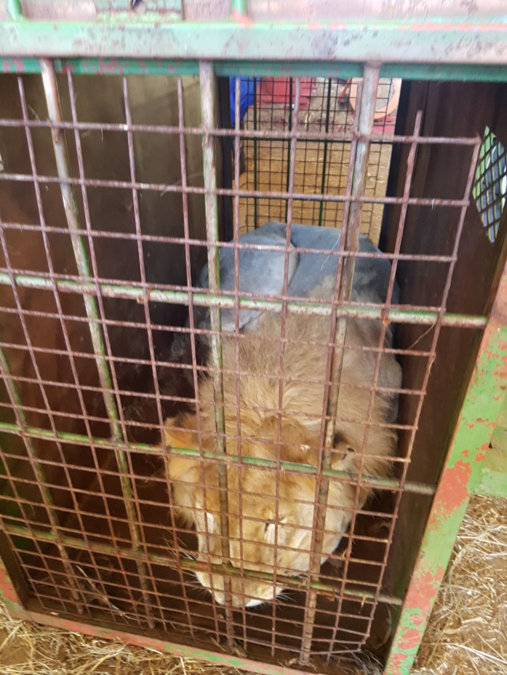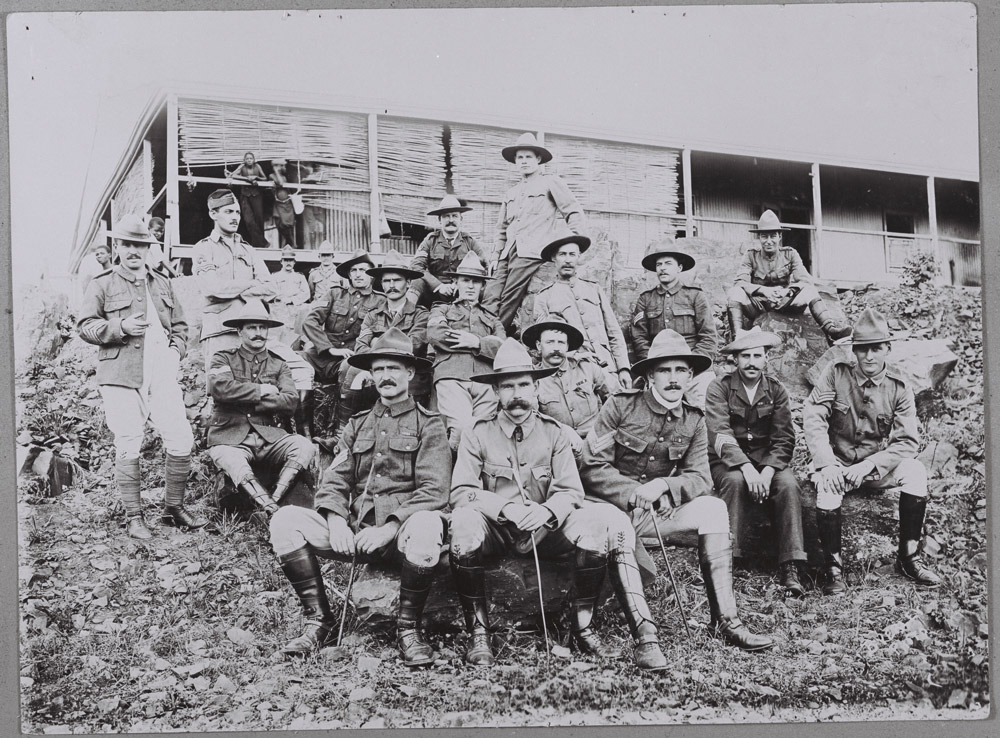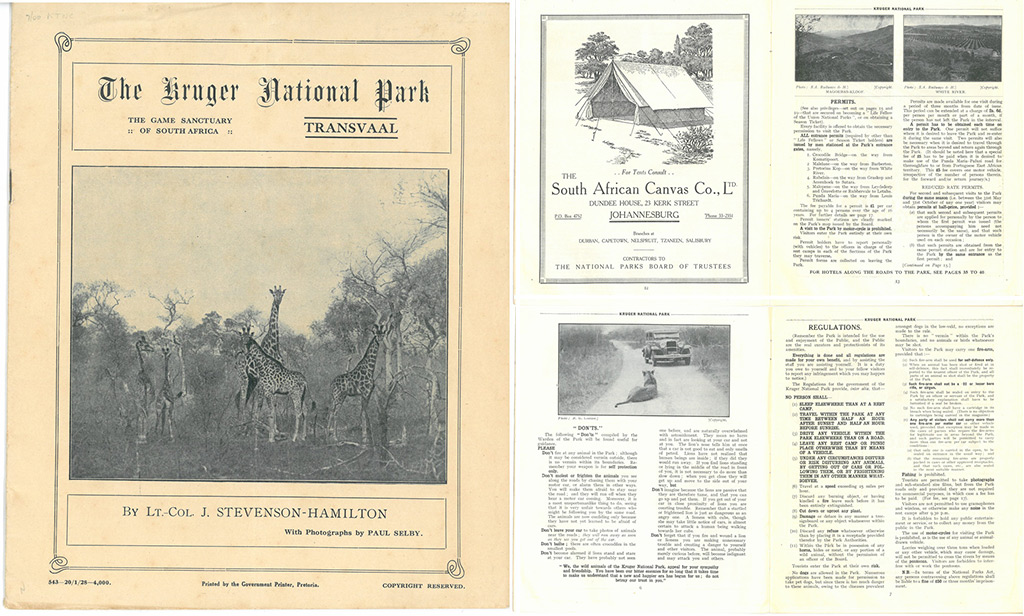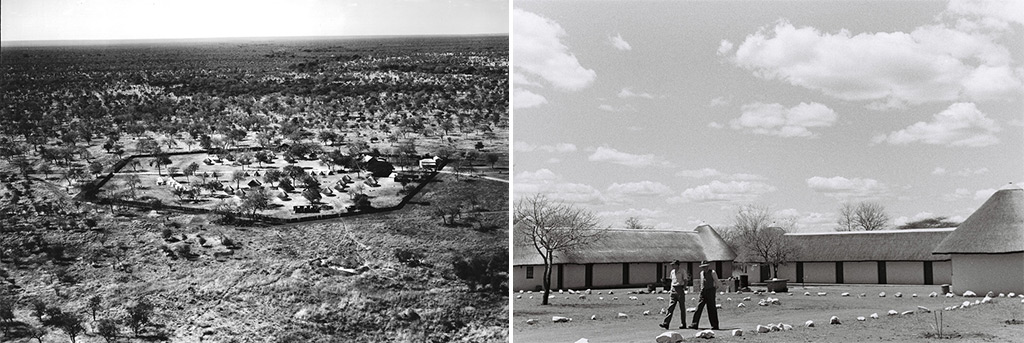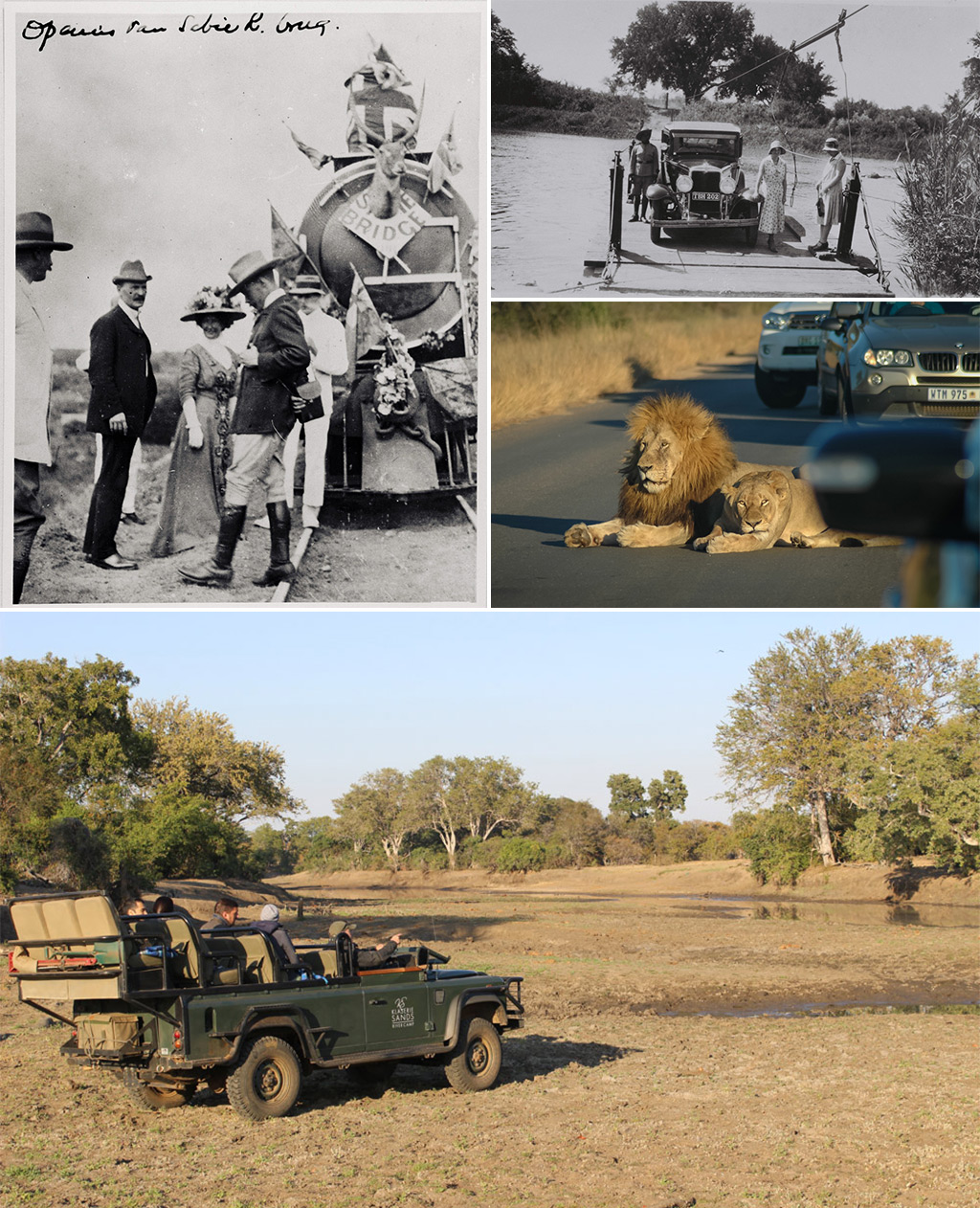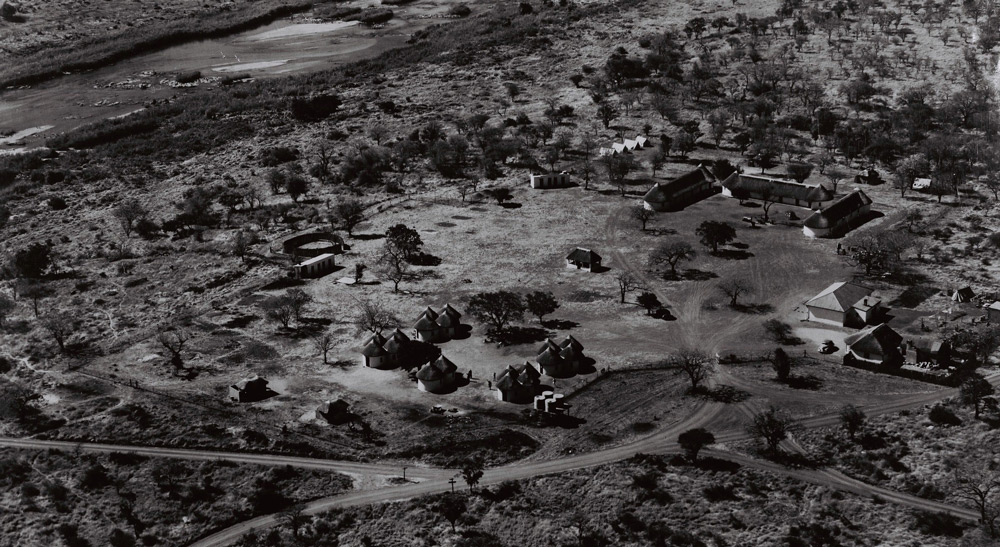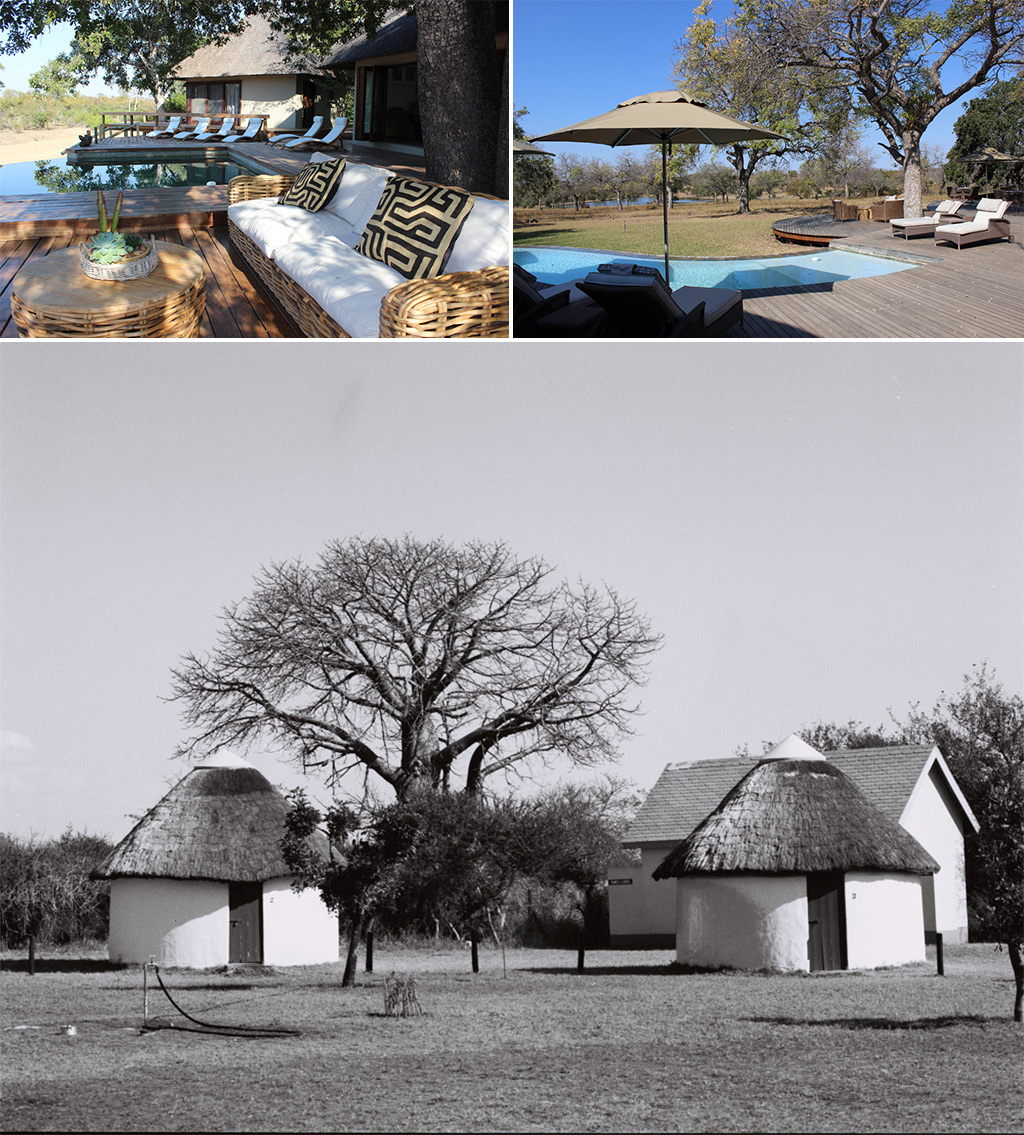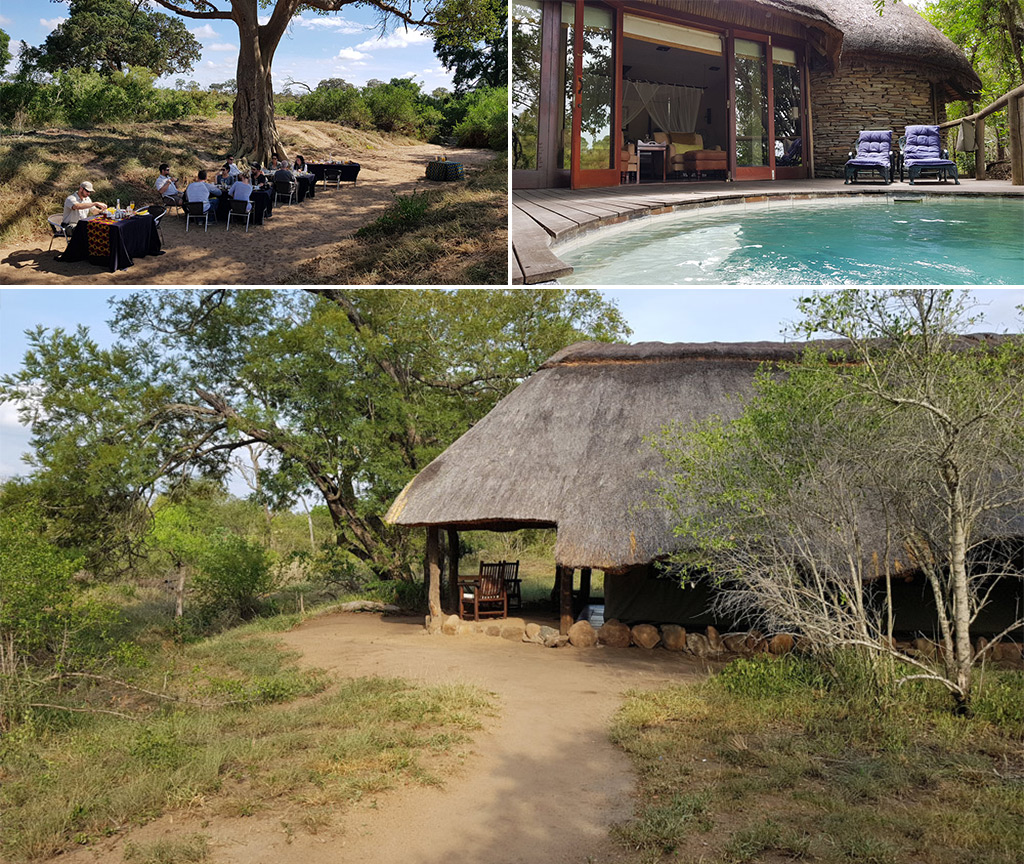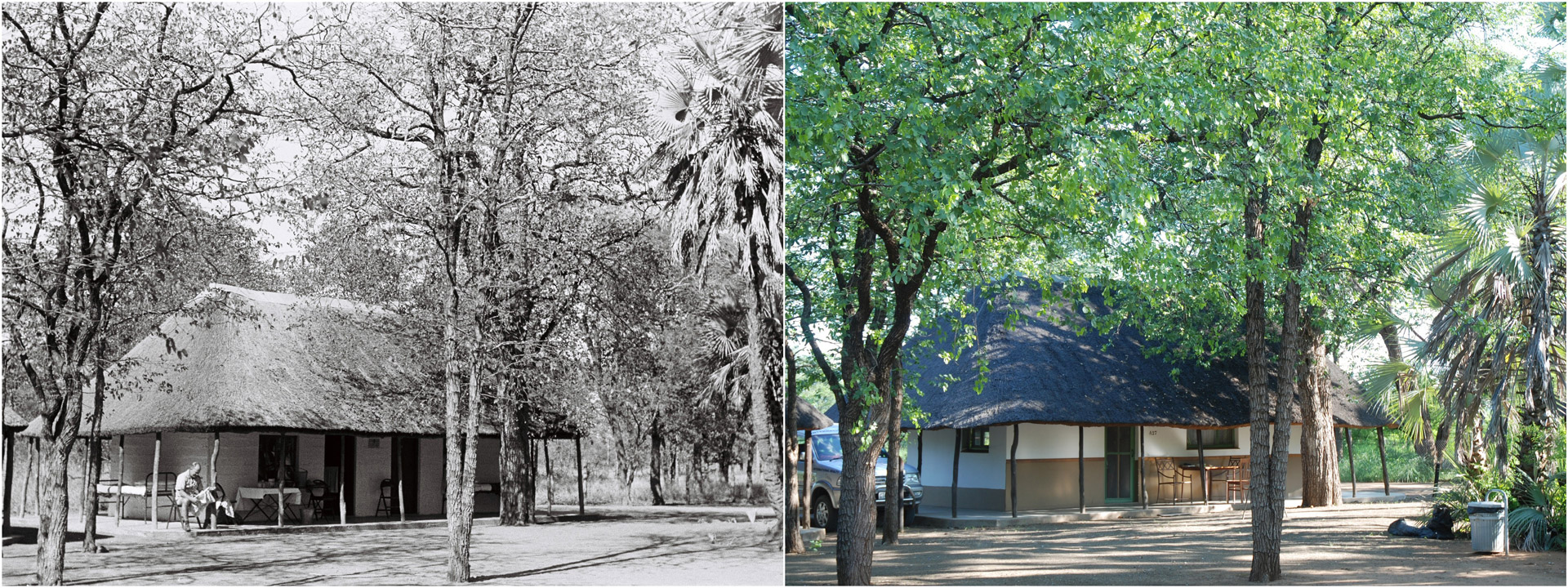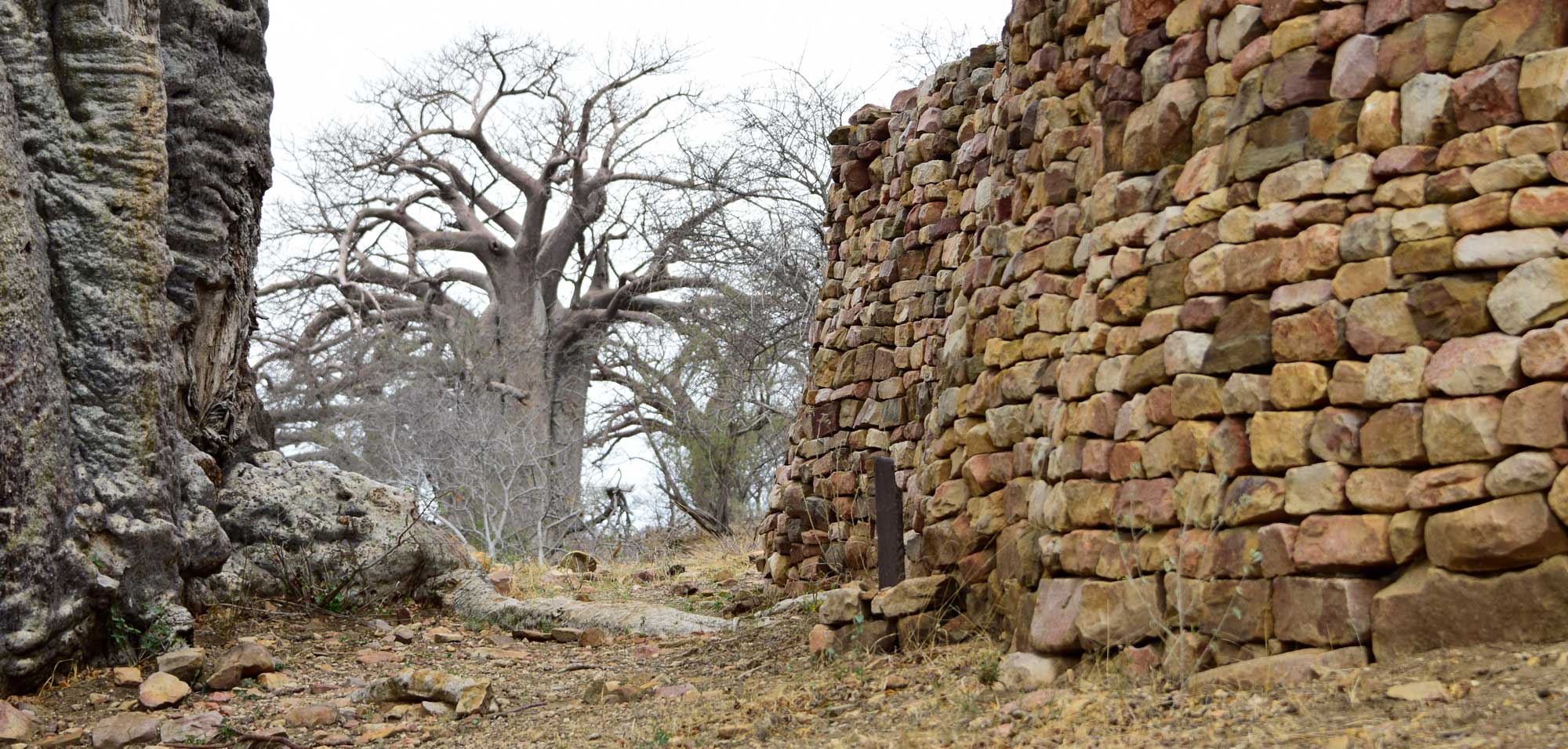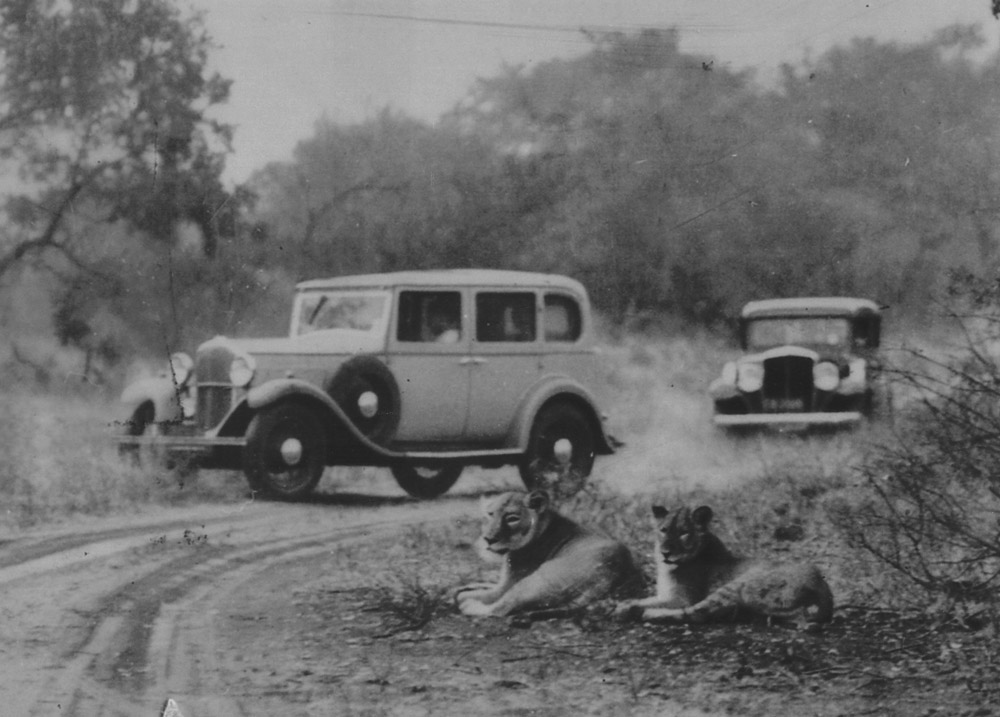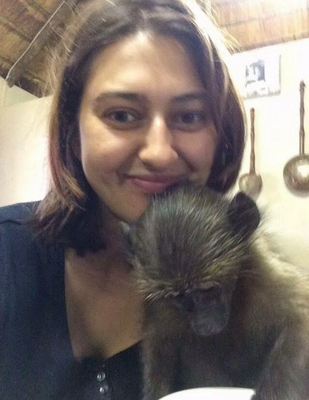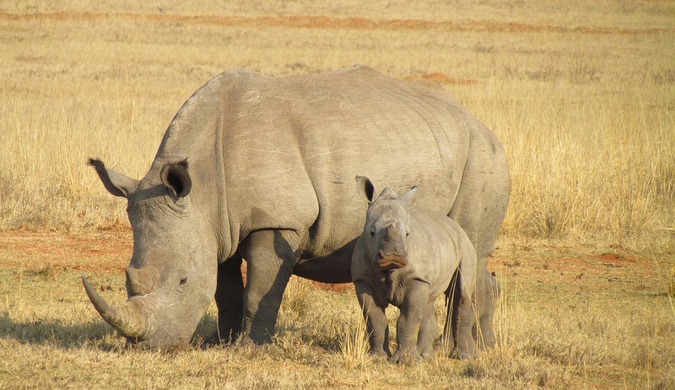
The DEA has released its rhino management report for 2018, to the end of August. The report is thorough and worth reading in its entirety. Notable figures coming from the report (this is not a complete summary):
1. 508 rhino were poached in South Africa, compared to 688 for the same period in 2017;
2. 292 rhino were poached in Kruger National Park, compared to 333 for the same period in 2017;
3. 83 rhino were poached in KwaZulu-Natal, compared to 163 for the same period in 2017;
4. Approximately 400 suspects have been arrested (162 in Kruger) on a range of charges including rhino poaching, and 13 wildlife traffickers (five Chinese nationals and eight South Africans) were arrested by the Hawks while en route to China, Hong Kong and Vietnam at the time of their arrests;
5. Elephant poaching is on the increase, with 58 elephants were poached in the Kruger during 2018 to date;
6. Rhino horn trading: Since the lifting of the moratorium on the domestic trade in rhino horn in 2017, a total of 28 permits have been issued for the trade of rhinoceros horns and 12 permits actually granted to 16 buyers for the sale of 1,219kg rhino horn.
Poaching is always worse during the dry season in Africa, when wildlife movements are more predictable (animals seek out remaining water sources) and the bushveld is less dense, so animals are easier to see.
Media release by Department of Environmental Affairs
The South African Department of Environmental Affairs has released a statement highlighting their progress on the Implementation of the Integrated Strategic Management of Rhinoceros. The report back covers the period 1 January to 30 August 2018.
The Integrated Strategic Management of Rhinoceros approach was adopted by Cabinet in 2014 and draws together the work of the Department together with the Justice, Crime Prevention and Security (JCPS) Cluster Departments and Agencies. This is supported by the work of South African National Parks (SANParks), the provincial conservation authorities, the South African Revenue Service (SARS), the Asset Forfeiture Unit, the Financial Intelligence Unit in the Ministry of Finance and National Prosecuting Authority (NPA).
Importantly, the ranger corps continue to play a key role in the conservation of South Africa’s fauna and flora; and in government’s anti-poaching efforts.
Compulsory Interventions
Intensive Protection Zones (IPZ)
The Intensive Protection Zone approach has allowed government to effectively allocate limited resources to ensure maximum protection in areas of greatest importance.
There has been success with the IPZ in Kwa-Zulu Natal (KZN) in particular – as a result of collaboration between the SAPS and Ezemvelo KZN Wildlife. Early detection and rapid response, not just within the IPZ but the parks in general, has been bolstered by the use of additional technology that we have been able to procure with the support of the Peace Parks Foundation (PPF). SANParks continues to provide K9 support as well as personnel training.
The integration of Ezemvelo KZN Wildlife within the SAPS National Operation Rhino information gathering, operations and case management system is also proving to be critical.
The collaboration between Ezemvelo KZN Wildlife and the provincial SAPS KwaZulu-Natal Stock Theft and Endangered Species Unit has also yielded benefits.
Game-changing technological interventions
The Department through SANParks is actively pursuing appropriate technologies as force multipliers. Superior connectivity and situational awareness not only reduces risk to the rangers, it also ensures more proactive engagement and the utilisation of resources in a cost-effective manner.
The Department is currently piloting home grown solutions between the parks as end users, the CSIR and industry; such as a mobile radar system. This system has ensured the decrease of rhino poaching in high density areas by more than eighty percent; and has ensured that the rangers now can dominate the night hours as well.
Operation Rhino
Following on the successes of Operation Rhino 1 to 8, implementation of Operation Rhino 9 is progressing well; operating from the respective Mission Area Joint Operations Centres (MAJOC’s) in Acornhoek, Phalaborwa and Hluhluwe.
Since January 2018 approximately 400 suspects have been arrested on a range of charges including rhino poaching.
Additional successes recorded under Operation Rhino 9 include:
• The initiation of intelligence-driven operations in Mpumalanga resulting in the seizure of numerous unlicensed firearms and ammunition;
• The seizure of an assortment of incriminating evidence, including cell-phones and axes, during arrests;
• Securing a range of sentences following a number of convictions with the maximum sentence being 9 years imprisonment.

Arrests, investigations and prosecutions
Arrests
In addition to the arrests effected by Operation Rhino 9, a total of 13 wildlife traffickers (five Chinese nationals and eight South Africans) were arrested between 1 January and 31 August 2018 by the Hawks. These Level 3 and 4 traffickers were en route to China, Hong Kong and Vietnam at the time of their arrests.
More than 60.92kg of rhino horn was confiscated and linked to poaching crime scenes in KwaZulu-Natal and the Northern Cape.
For the Kruger National Park, the number of arrests of alleged poachers stands at 162 for the period 1 January 2018 to 31 August 2018.
A total of 145 weapons have been seized in rhino-related incidents both inside and outside the KNP since the beginning of 2018; and a total of 83 rhino horn confiscated in the same period.
It is still of concern that our own personnel are being arrested for rhino poaching related offences. Since January, four officials have been arrested by SANParks enforcement staff in the Kruger National Park for poaching-related offences. These include members of the SAPS and the SANDF.
Since SANParks introduced integrity management throughout the organisation to support ongoing anti-poaching efforts, a number of officials have been dismissed following disciplinary processes. A number of these have also faced criminal charges.
Investigations and Prosecutions
One of the challenges facing new enforcement when it comes to poaching-related offences is that suspected poaching kingpins and syndicate members hide and even dispose of the proceeds of their alleged activities as a result of lengthy trial delays. A welcome development is that a number of rhino poaching related cases are now being dealt with by the Asset Forfeiture Unit (AFU).
Investigations
There are currently 530 rhino poaching related cases on the court roll involving 750 accused and 1,738 charges.
Close to 300 of these cases are trial-ready.
The charges range from rhino poaching, to rhino horn trafficking, to the illegal possession of firearms and ammunition.
Some of these high-profile cases include:
I. State v Groenewald and 8 others (Pretoria High Court) Trial date: 1 – 12 February 2021
II. State v Ras and 9 others (Pretoria High Court) Trial date: 7 December 2018.
III. State v Gwala and others (Mtubatuba Regional Court) Trial date: 26-30 November 2018.
IV. State v Nyalungu and 9 others (Nelspruit Regional Court) Trial date: 23 November 2018
V. State v Landela (Skukuza Regional Court) Trial date: November 2018
VI. State v Ndlovu and others (Grahamstown High Court) Trial date: 26-30 November 2018
VII. State v Petrus Sydney Mabuza, Nozwelo Mahumane, Moshe Thobela and Romez Khoza (White River Magistrates Court). Next court date: 26 October 2018.
Prosecutions
From January to August 2018 a total of 70 cases, involving 163 accused were finalised. The trials have resulted in 93% guilty verdicts, translating to 288 years in sentencing.
Ports of Entry and Exit
The Green Scorpions continue with their work at OR Tambo International Airport and assist the DPCI with cases where illegally traded rhino horn have been detected. To mark World Wildlife Day 2018, the Green Scorpions, Hawks and SARS K9 unit and customs and excise officials participated in an awareness raising day at OR Tambo International Airport, reaching thousands of international travellers as they passed through the arrivals hall.
Training
The Department’s Environmental Management Inspectorate (Green Scorpions) has been regularly training officials based at ports of entry and exit on matters pertaining to the illegal trade in wildlife, such as rhino horns and other parts and derivatives. Over 2,000 officials from 2017 to date have been trained at South African ports. This includes members of the SA National Defence Force (SANDF) responsible for patrolling border lines between ports.
Awareness-raising
Commodity identification manuals, audio visual training resources and awareness material have been developed through a collaborative project between the DEA and the World Wildlife Fund South Africa (WWF-SA) – with funding provided by the US International Narcotics and Law Enforcement (INL). These manuals and associated posters are being distributed as part of an on-going port and borderline training programme and target law enforcement authorities, port operators and road traffic officers.
Joint Operations
In line with the Integrated Strategic Management approach DEA, SANParks and Ezemvelo KZN Wildlife have initiated joint planning, and operations to combat rhino poaching.
This includes deployments into provincial parks with rhino populations to provide back up, support and clandestine operations to take place in a joint, but independent, manner.
The placement of Kruger National Park operations staff into provincial parks in KwaZulu-Natal with rhino populations is allowing independent operations to be planned and executed.
In addressing the increase in rhino poaching in the province, Ezemvelo KZN Wildlife has also made some critical appointments of field rangers into the Parks which has improved the observation and reaction ability in all areas.
The improved sharing of information between all law enforcement agencies has allowed for more focused prevention, effective investigations, and successes.

Managing Rhino Populations
Translocation
Translocation of rhino has proven to be an effective tool in enhancing the safety of these animals, encouraging population growth and expanding rhino range. The emergence of bovine tuberculosis in rhinos in Kruger, however, has placed some constraints on the full benefits of white rhino strongholds. SANParks is now using innovative ways to overcome risks associated with diseases.
Biological Management
The integrated initiatives of SANParks to manage its rhino population have had varied successes. In our rhino parks that are more than 50,000ha on average, black rhinos of both sub-species are increasing and they now boast 63 south-central and 199 south-western black rhino.
White rhino populations in other national parks are also increasing, with 250 counted by the end of 2017.
In 2017 the black rhino population in the Kruger National Park was between 427 to 586 animals. SANParks’ Black Rhino Guardian initiative has most likely contributed to halting the decline in black rhino numbers in the Kruger National Park.
White rhino numbers in the Park, however, continued to decline, with the population estimated at between 4,759 and 5,532 individuals during 2017. White rhino, unlike black rhino, were affected by the drought – with natural mortalities increasing from 1% to 1.5% during the drought, while the birth rate dropped from approximately 9% to 5% one year after the drought.
Poaching Statistics
There has been a decrease in the number of rhino poached nationally compared to the same period in 2017, with nearly all provinces experiencing dramatic declines.
Between 1 January 2018 and 31 August 2018 508 rhino were poached, compared to 691 for the same period in 2017.
Rhino poaching numbers in the Kruger National Park also continue to decline. In the period under review, a total of 292 rhino were poached, compared to 332 in the same period last year.
This decline comes despite a dramatic escalation in poacher activity inside the Park, ranging from sightings, to poacher camps found, to incursions. A total of 1,873 incidents were recorded in the period under review. This is compared to 1,702 in 2017.
It is also particularly pleasing to note the decline in the numbers of rhino poached in KwaZulu-Natal during the period under review.
In the same period in 2017, 163 rhino were poached, whereas this year the number stands at 83. This is extremely noteworthy and Ezemvelo KZN Wildlife, working in collaboration with the SAPS, are to be commended.
The provincial and national breakdown for the period 1 January to 30 August 2018 is as follows:
| National |
2017 (8 mths) |
2018 (8 mths) |
| Kruger National Park |
333 |
292 |
| Gauteng |
3 |
0 |
| Limpopo |
54 |
25 |
| Mpumalanga |
31 |
38 |
| North West |
56 |
50 |
| Eastern Cape |
4 |
13 |
| Free State |
28 |
4 |
| Northern Cape |
19 |
3 |
| KwaZulu-Natal |
163 |
83 |
| Western Cape |
0 |
0 |
| Total |
688 |
508 |
Regrettably, elephant poaching is also on the increase. A total of 58 elephants were poached in the Kruger National Park between 1 January and 31 August 2018. Specific risk areas have been identified and strategies to address the threat are being adapted and implemented.
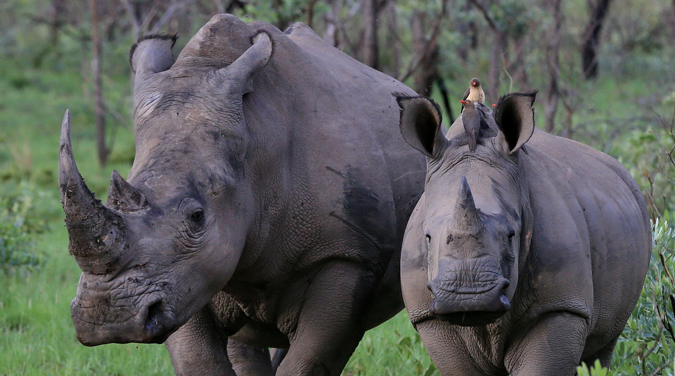
Long-term Sustainability Interventions
Export of live rhinoceros
In line with requirements in the Convention for the International Trade in Endangered Species of Wild Fauna and Flora (CITES), the Department of Environmental Affairs has recommended the export of a total of 538 live rhino from South Africa since 2014. The exports were both for zoological purposes and for reintroduction to range states.
The majority of the exports (361) were to former and existing rhino range states, including Botswana, Chad, Namibia, Rwanda and Zambia. The translocations form part of the plans outlined in the African Rhino Range States Conservation Plan, which seeks to establish new rhino populations within the continent as well as the African Rhino Conservation Plan.
One such translocation was of six black rhino that were translocated to the Zakhouma National Park in Chad in May 2018. It is the first time in 46 years that there are rhino in Chad.
The remaining total of 177 rhino were recommended for export to non-range states in North America, Asia, Middle East and Europe.
It should be noted that the export of live rhino from South Africa to international zoo facilities is restricted to facilities that are either members of the World Associations of Zoos and Aquaria (WAZA), institutional members of an affiliated member of WAZA or an accredited member of a regional zoo association. These institutions must be recognised by the CITES Management Authority of the state of import as a reputable association.
Domestic sale of rhino horn
Since the lifting of the moratorium on the domestic trade in rhino horn by the Constitutional Court in 2017, a total of 28 permits have been issued for the trade of rhinoceros horns.
In terms of the permits issued, 12 permits were granted for the sale of 1,219kg rhino horn, while permits were granted to 16 buyers.
Stockpiles
The Department commenced with full compliance audits on private rhino horn stocks in August 2018. This process will ensure that all audits conducted by the provinces have been correctly done.
The DEA’s Environmental Management Inspectors will ensure that all rhino horns in private possession have been correctly audited by the provinces, including marking with an external number and a microchip and measurements and weights of each horn. It will further be confirmed that DNA samples and photographs were taken of the horns and that the information on the horns is correctly entered into the National Stockpile Database, either through the Department’s Electronic Document Management System or the eRhoDIS App (from the University of Pretoria’s Veterinary Genetics Lab). These audits will also include horns that have been traded legally since the lifting of the moratorium on domestic trade.
The rhino horn stockpiles must comply with the Norms and Standards for the marking of rhinoceros and rhinoceros horn and for the hunting of rhinoceros for trophy hunting purposes.
One of the new additions to the soon to be published amended Norms and Standards is the reporting of any rhinoceros mortality, irrespective of the cause of such mortality, as well as the theft of a rhinoceros horn, which must be reported to the permit issuing authority within five working days of discovering the death of such rhinoceros or the theft of such rhinoceros horn. Rhino owners and managers of farms where rhinoceros are kept have to ensure that they comply with the amended Norms and Standards.
Communities
By creating a legitimate economy for communities, particularly those in the rural areas where most of our national parks are situated, it is hoped that people will be deterred from rhino poaching-related activities. Giving them a stake in natural resource management and ownership will enable poverty-stricken communities to access greater economic opportunities. This is one of the aims of the government’s National Biodiversity Economy Strategy (NBES).
The 3rd Biodiversity Economy Indaba (BEI) hosted by DEA earlier this year ended with pledges by stakeholders in the wildlife, bioprospecting and bio trade, and eco-tourism sectors to ensure greater inclusivity and transformation of the sector.
Among the pledges included a SANParks undertaking to donate 3 000 head of game to emerging wildlife farmers and communities in the next three years, the pledge to donate 1,200 head of game over four years by Ezemvelo KZN wildlife, and the promise to donate 1 500 animals by the Eastern Cape Parks and Tourism Agency in support of transformation and mobilisation of rural previously disadvantaged communities over five years.
Other community developments include:
• The identification of 11 community rhino hotspots, and the monitoring of and direct deployment of programmes there.
• Conducting skills audits to assess literacy levels, which will assist the Department with the design of relevant educational interventions in affected communities.
• The deployment of around 1,500 Environmental Monitors.
• Undertaking youth education and awareness programmes in partnership with local businesses
• Identifying offices in four provinces to support the creation of a communication and facilitation mechanism for liaison between the Department and rhino protection structures in the communities
• Partnering with the EWT to develop and drive a restorative justice programme guideline that will assist in creating alternatives to imprisonment, and provide offenders with an opportunity to share their experiences with communities

International and regional cooperation
International cooperation is a critical component of our overall response strategy to the scourge of wildlife crime. In this regard, we have continued to cooperate with a number of strategic partners across the world and activities are being implemented in terms of our existing MoU’s.
Mozambique
Significant progress has been made with the implementation of the MOU between South Africa and Mozambique.
Within the Greater Limpopo Transfrontier Park (GLTFP) the Mozambican government is in the process of moving 225 families from Bingo to Chitare. The relocation will take place in 2019 as the houses are currently being constructed for the relocated families.
Construction of 720 new houses for Mavodze village is also currently underway, and a tender process is also underway for the construction of 130 new houses in Salane.
In August 2018 a group of 70 Mozambican youth from the resettled communities visited the Kruger National Park where they interacted with South African youth from the villages surrounding the Park. The aim was to gain a further understanding of the issues around rhino poaching. They also took part in a soccer tournament.
With regard to enforcement, law enforcement officials from both countries continue to share information in an effort to curb wildlife crimes, particularly rhino poaching.
China
South Africa and China are this year celebrating 20 years of formal diplomatic relations. Over the past 20 years, the two countries achieved a significant number of bilateral cooperation agreements in areas including trade, investment, economic and people-to-people relations.
On the 6 February, SANParks received a donation of R200,000 for the fight against wildlife crime from the Chinese Embassy and the Chinese Community in South Africa. The Chinese government’s comprehensive efforts on wildlife are to be commended.
The Chinese Embassy has also been instrumental in assisting the Alibaba Foundation and Paradise International Foundation set up the first African Ranger Awards that were held earlier this year, and during which two SANParks rangers were acknowledged.
Conclusion
Rhino poaching is a national priority crime, and as such, all the relevant government departments will continue their close collaboration to ensure that this iconic species is conserved for generations to come. A recent example of this integrated effort, although it does not fall within the reporting period covered in this statement, is the arrest this week of at least six key syndicate members in Mpumalanga which is a significant breakthrough in the fight against rhino poaching and rhino horn trafficking.
The Department of Environmental Affairs calls on members of the public to report any suspicious activities around wildlife to its environmental crime hotline which is 0800 205 005 or the SAPS number 10111.
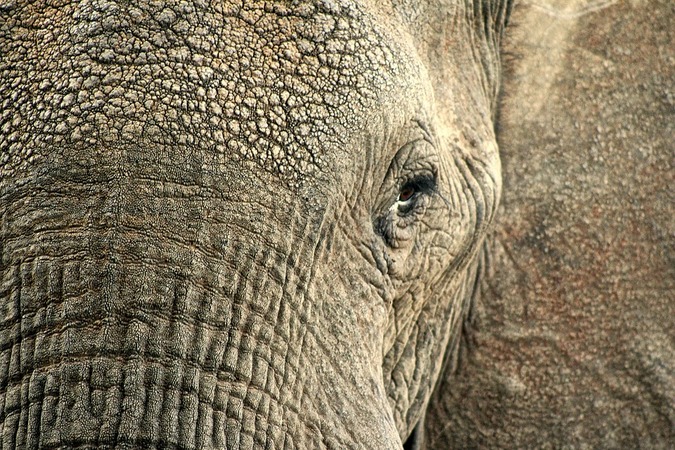




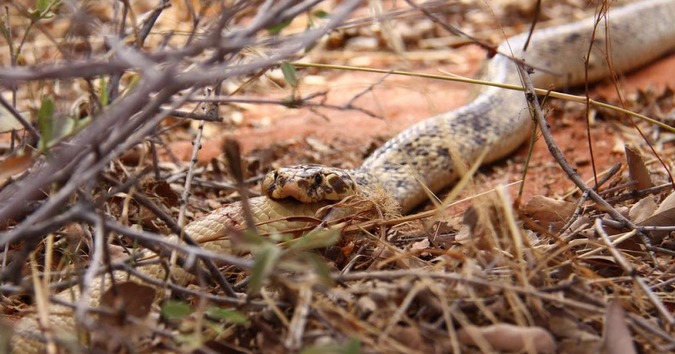
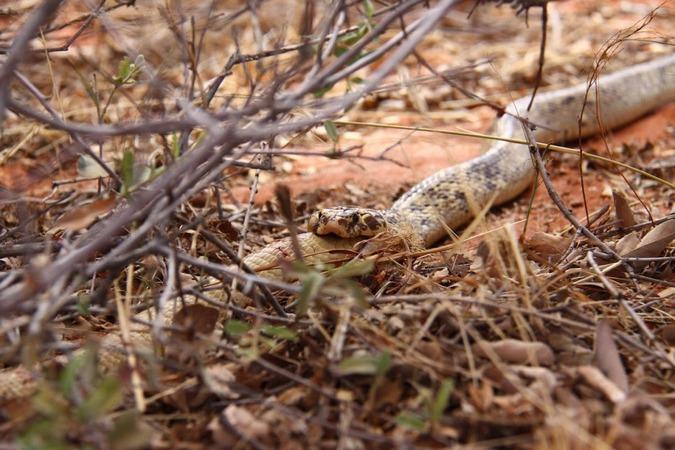
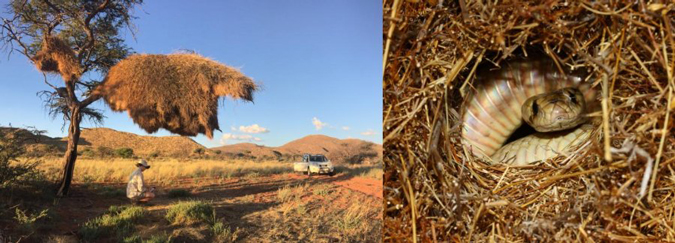
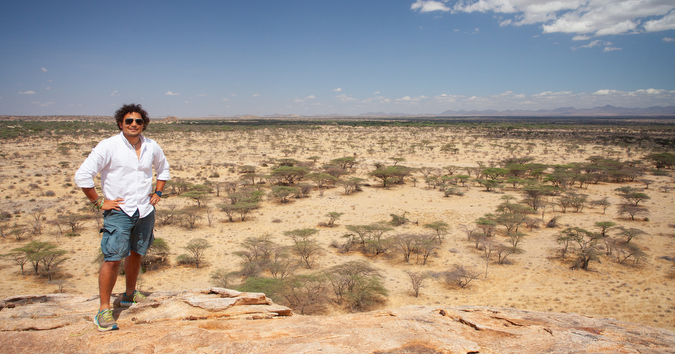
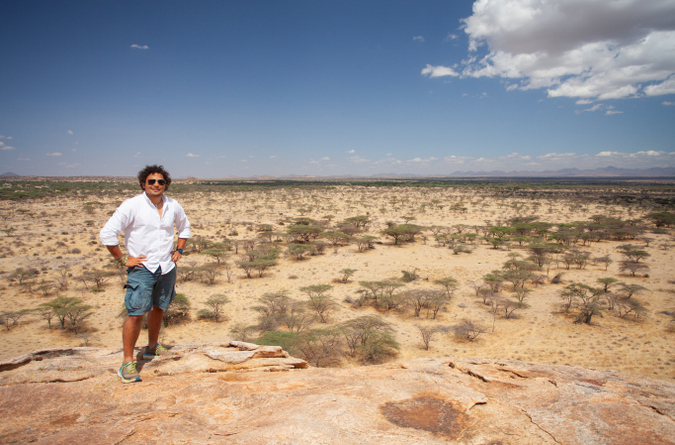
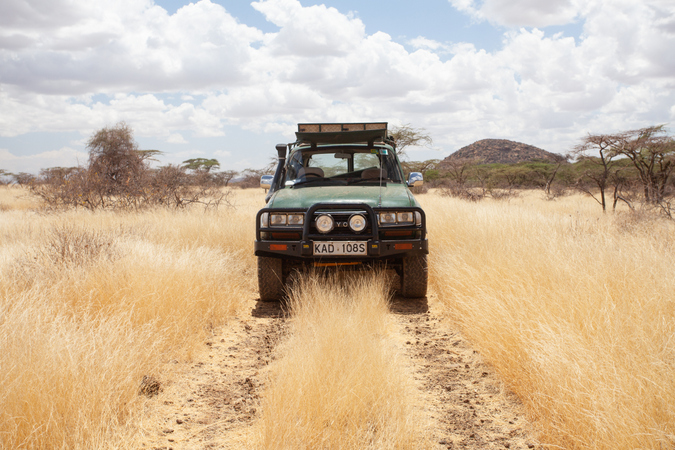
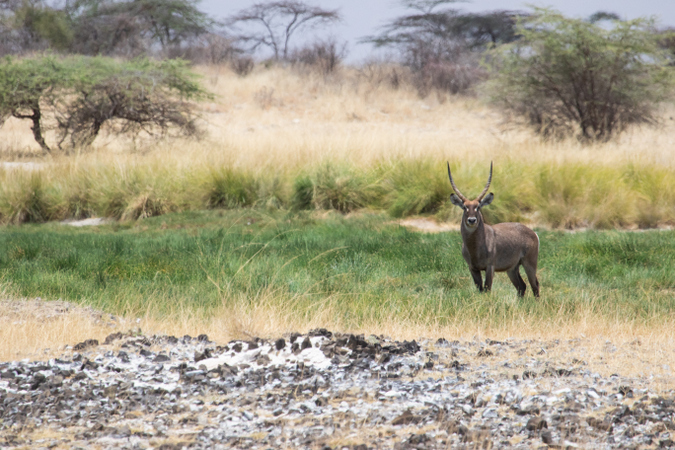
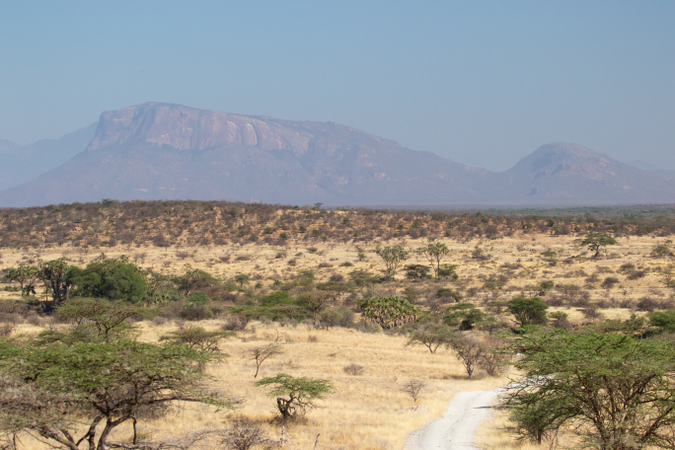

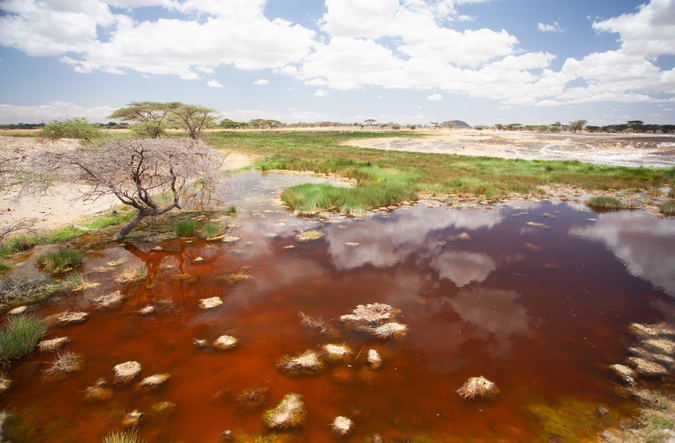
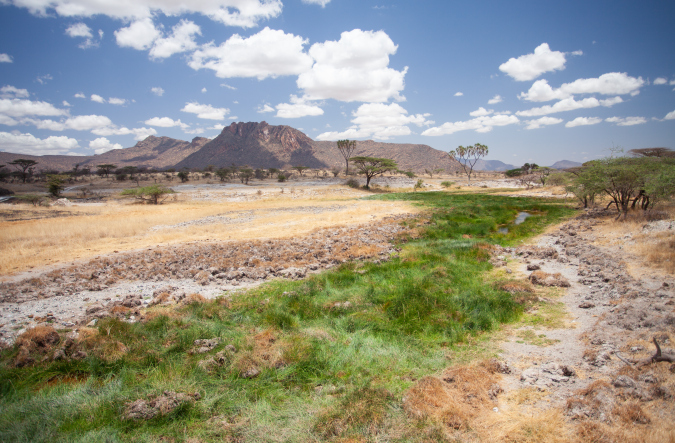
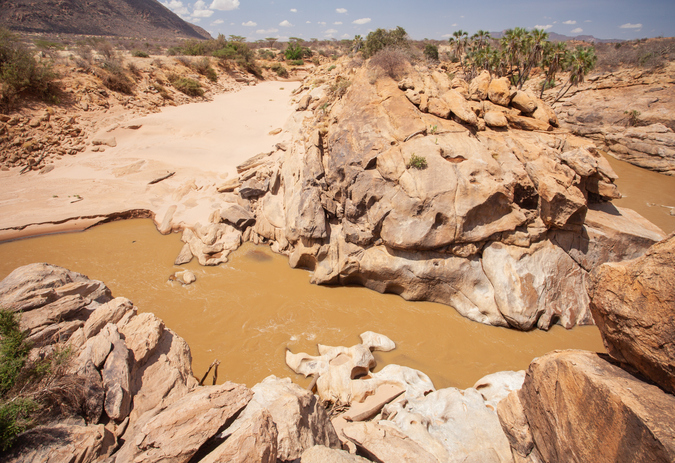
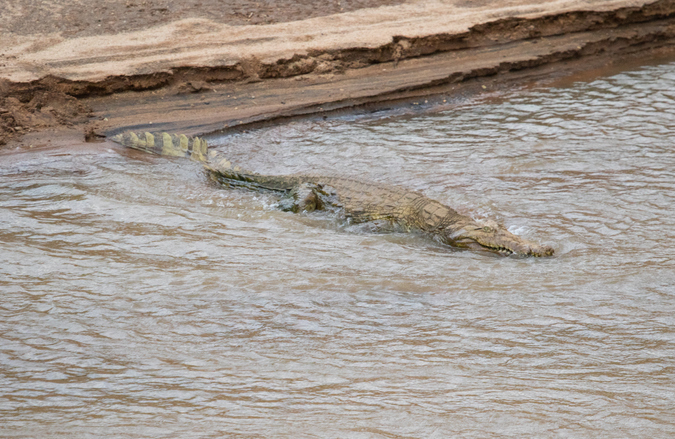

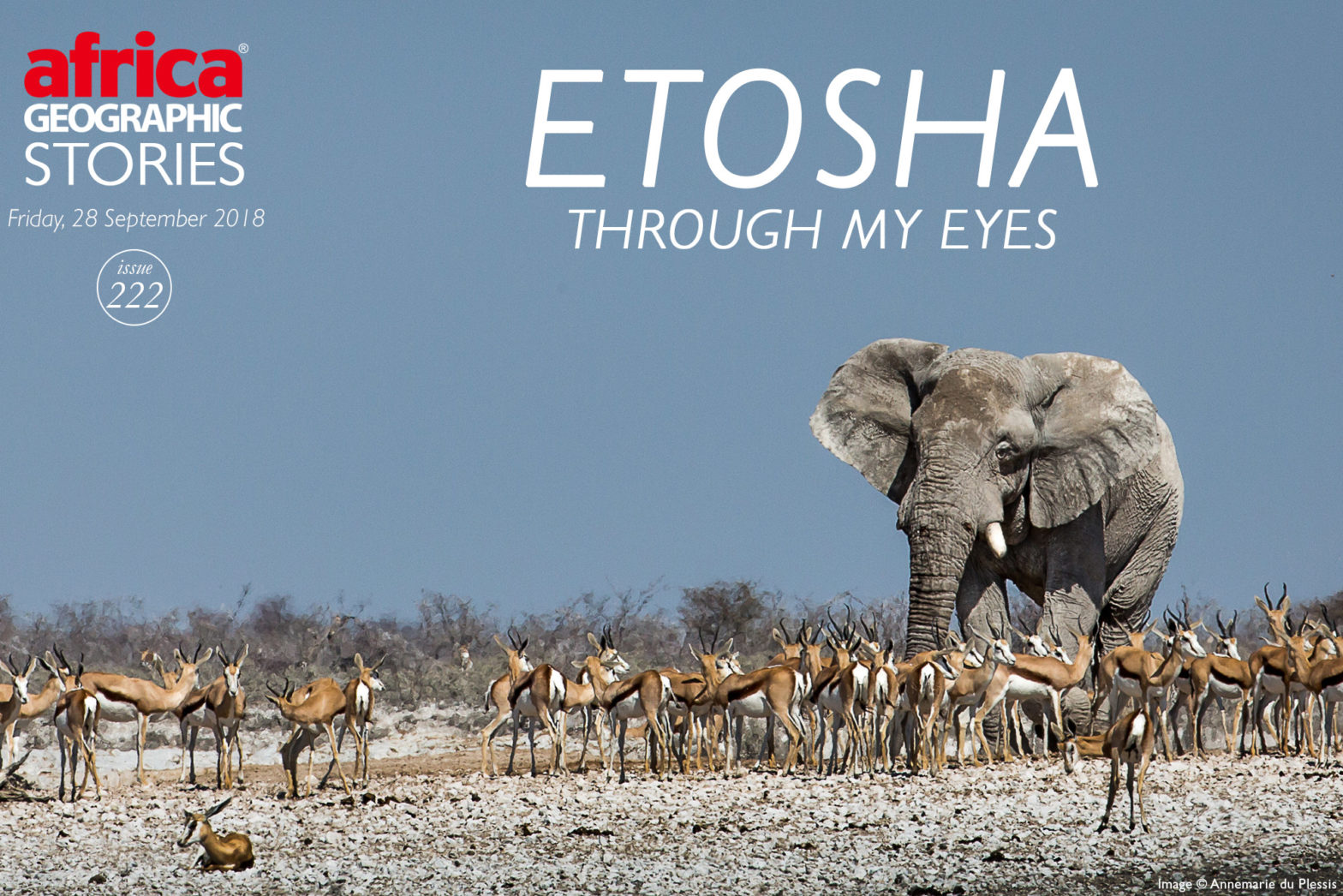
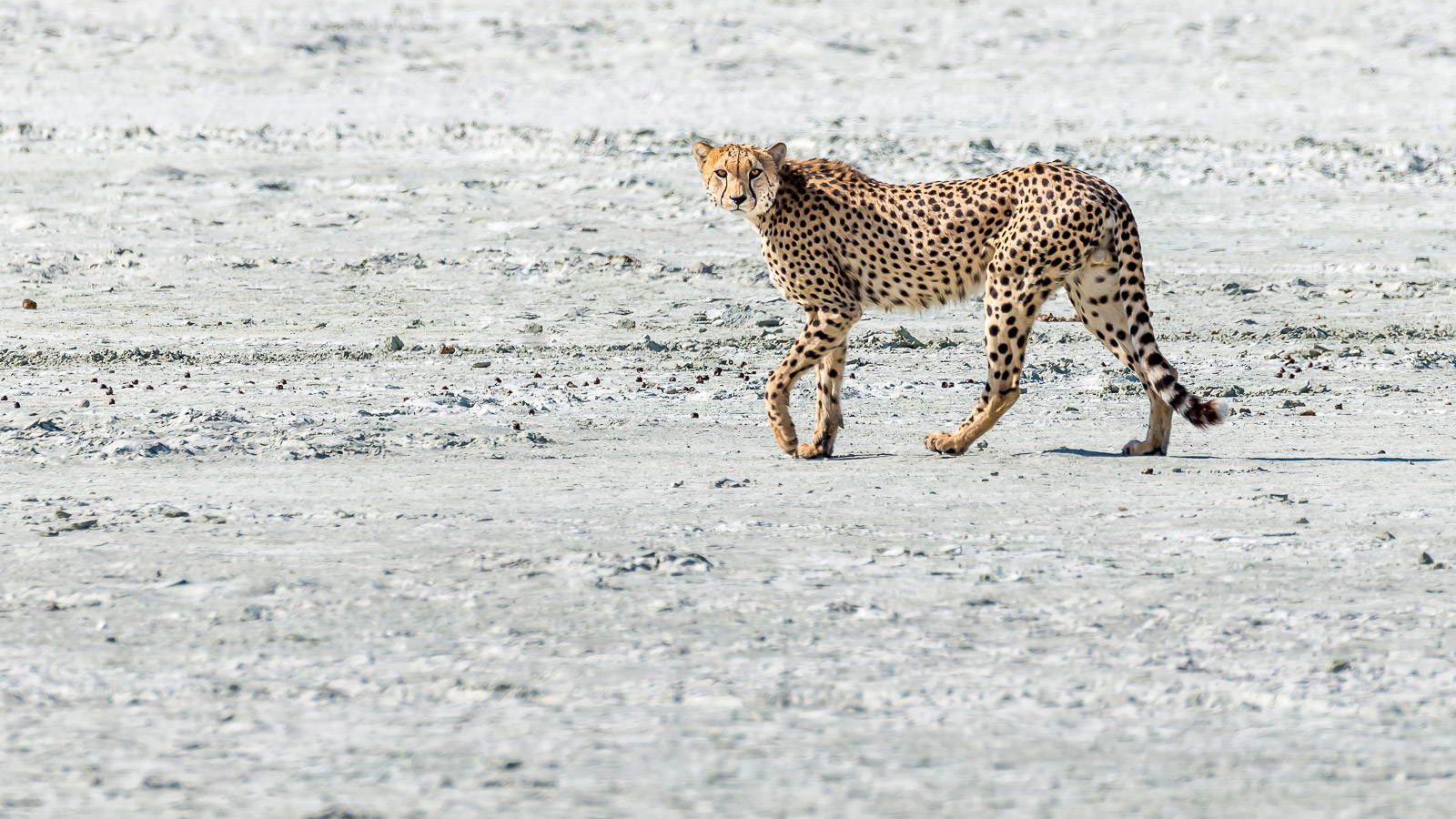
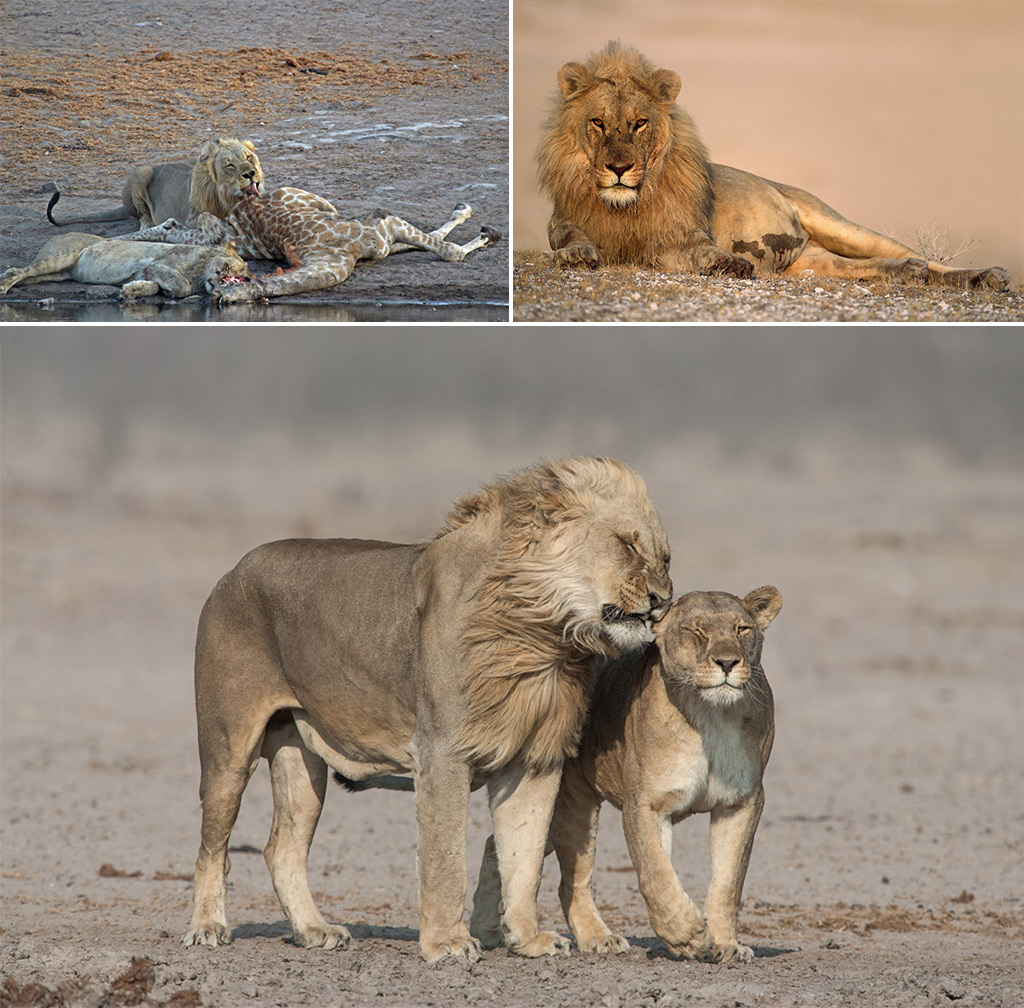
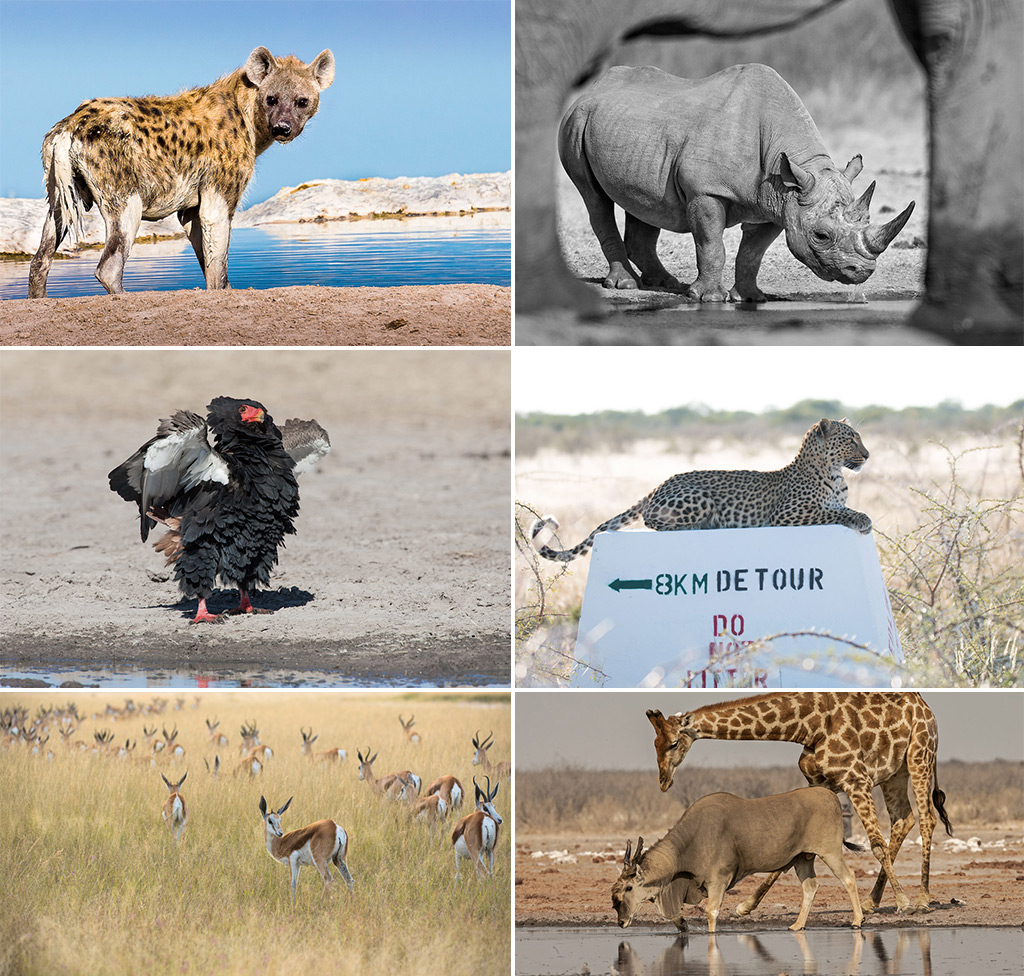
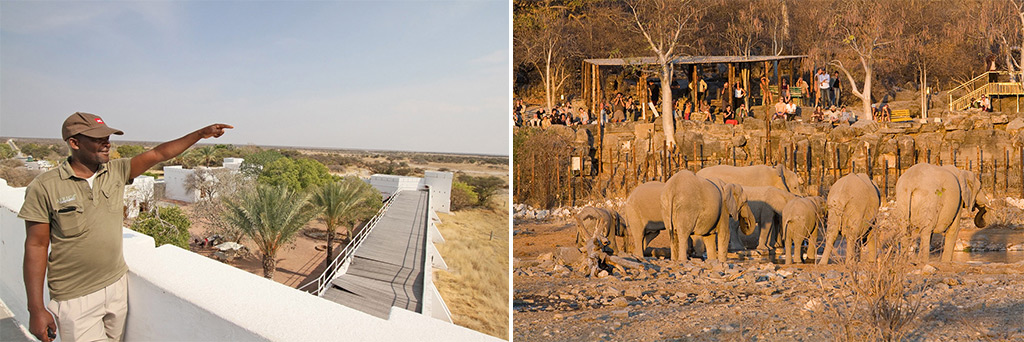
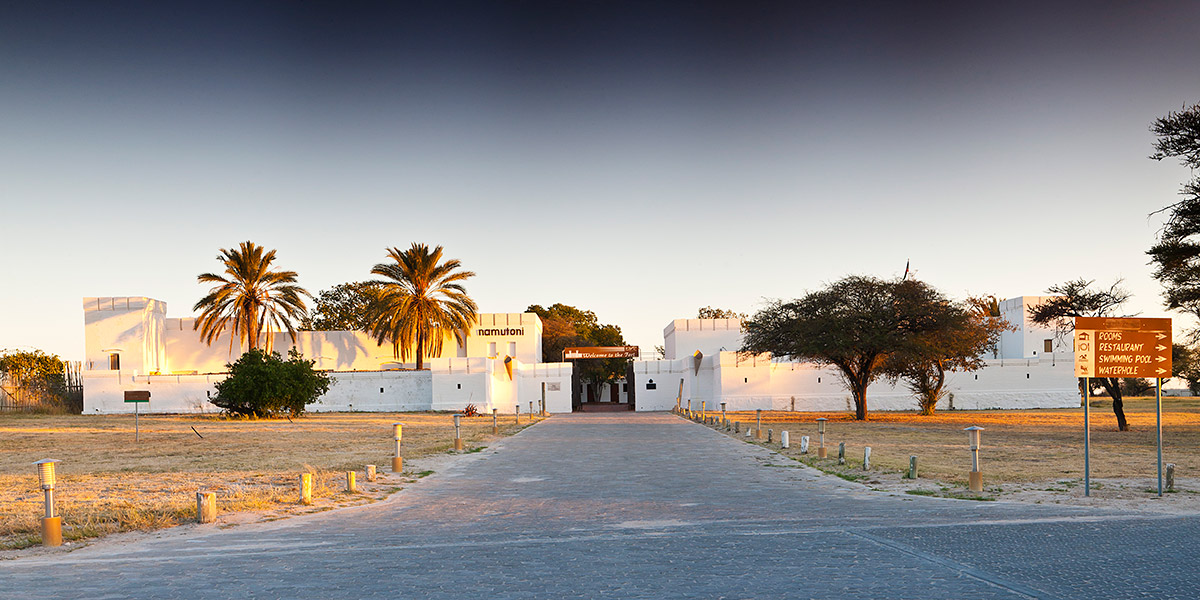
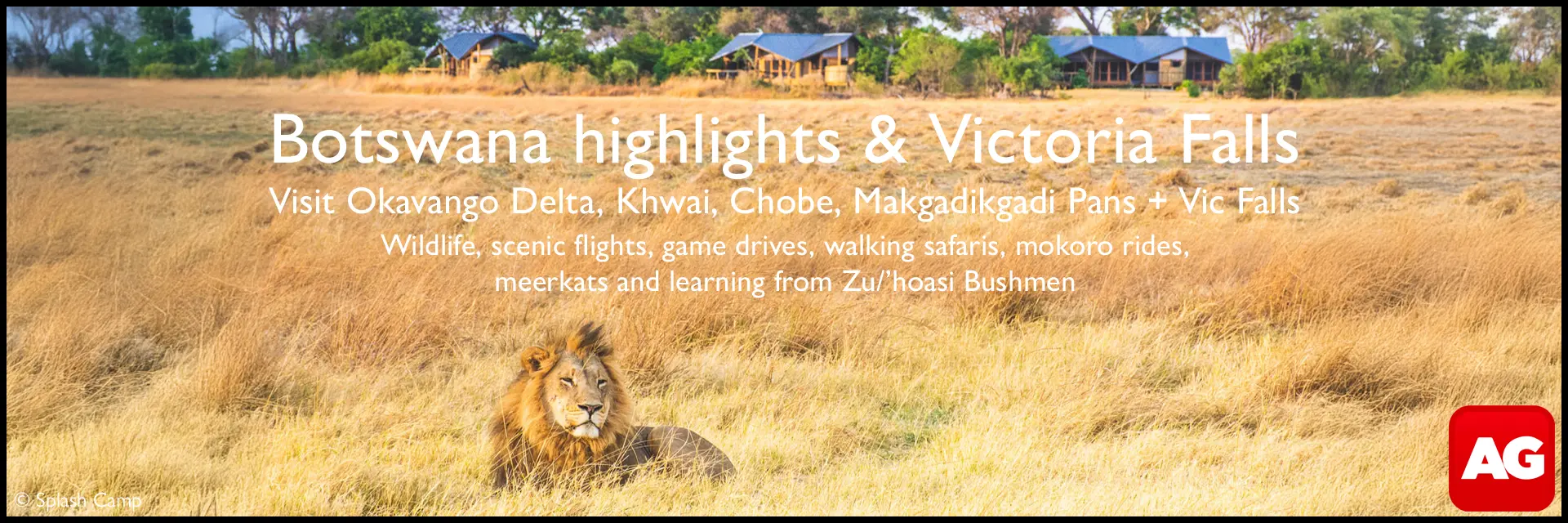
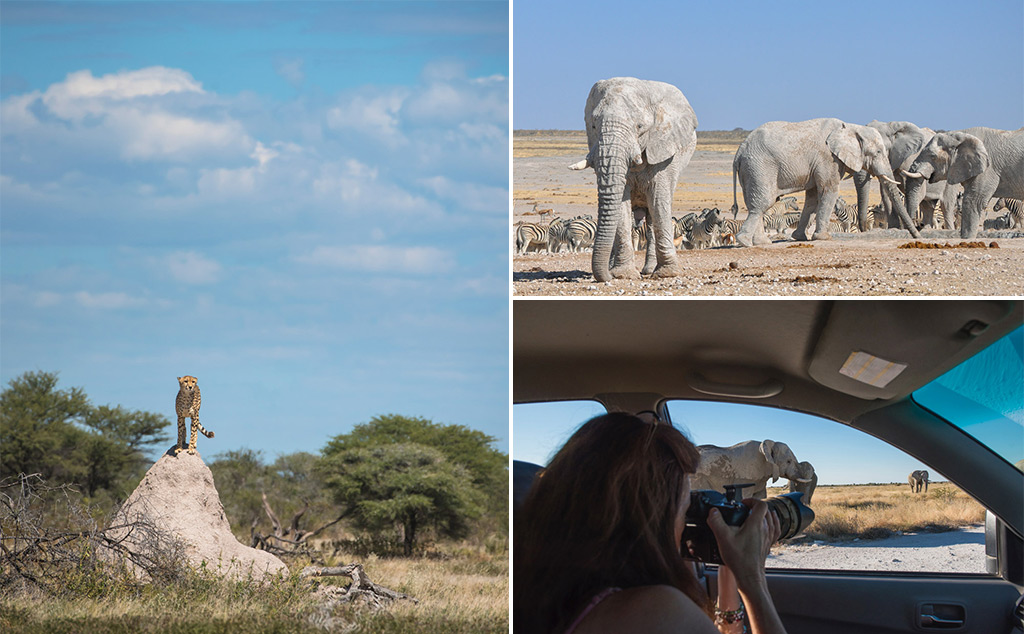
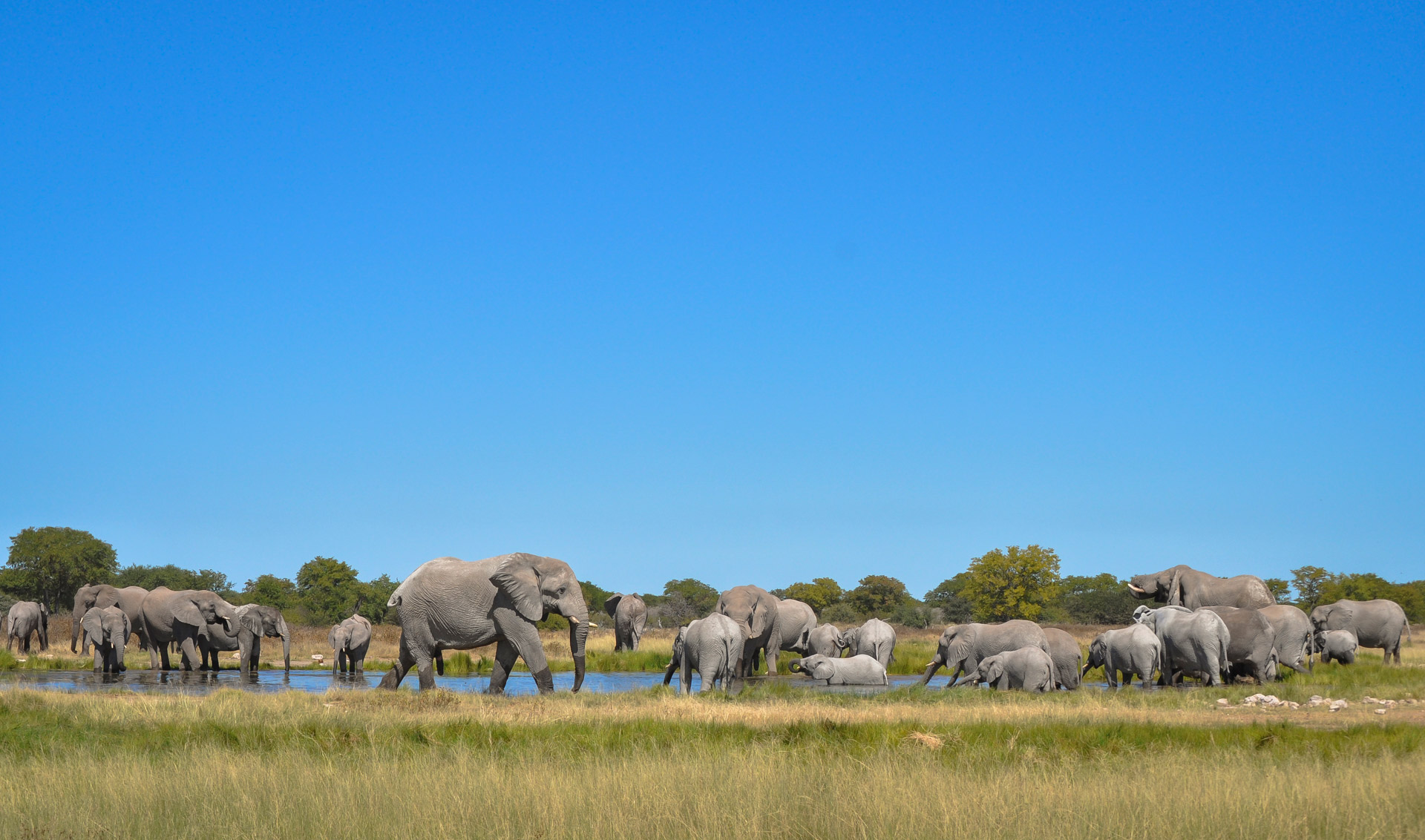
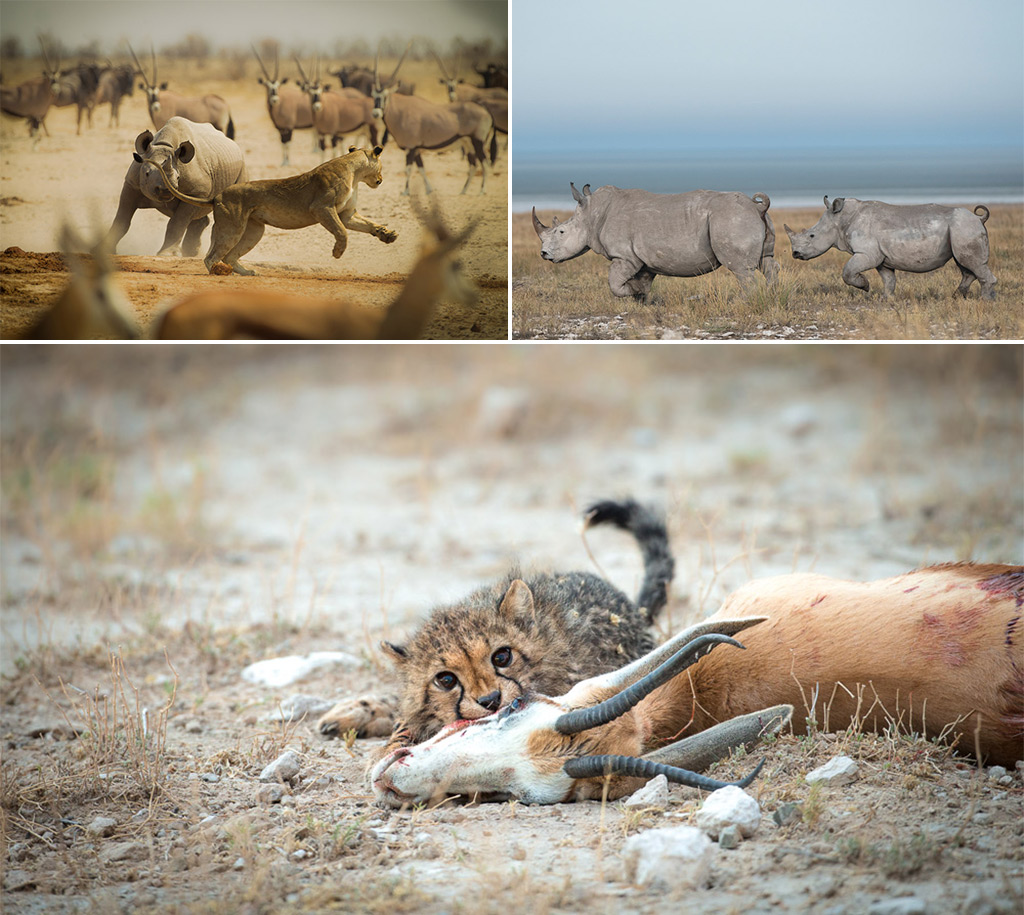
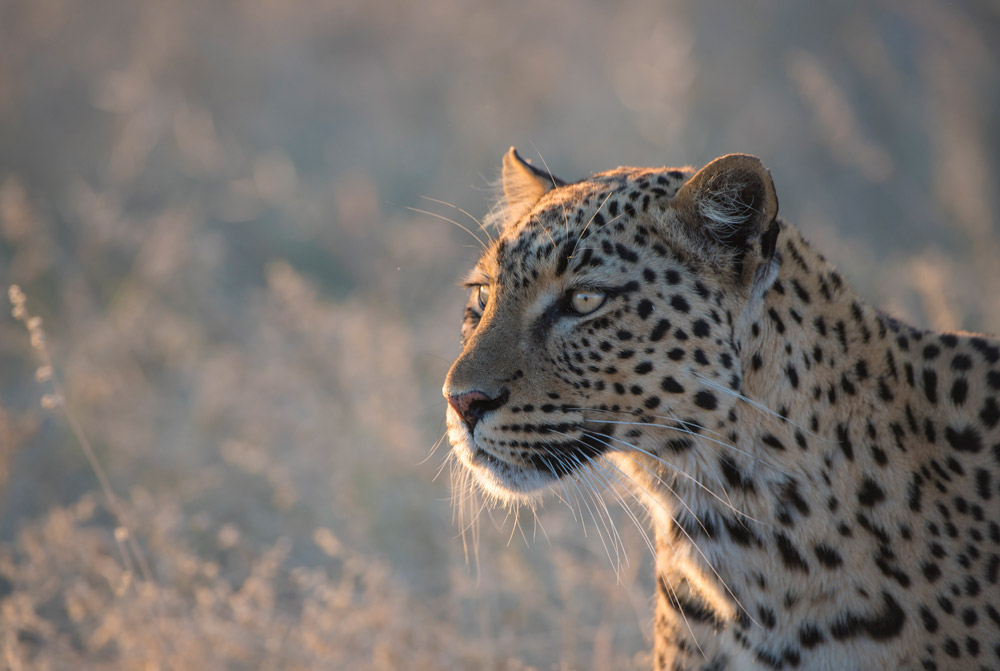
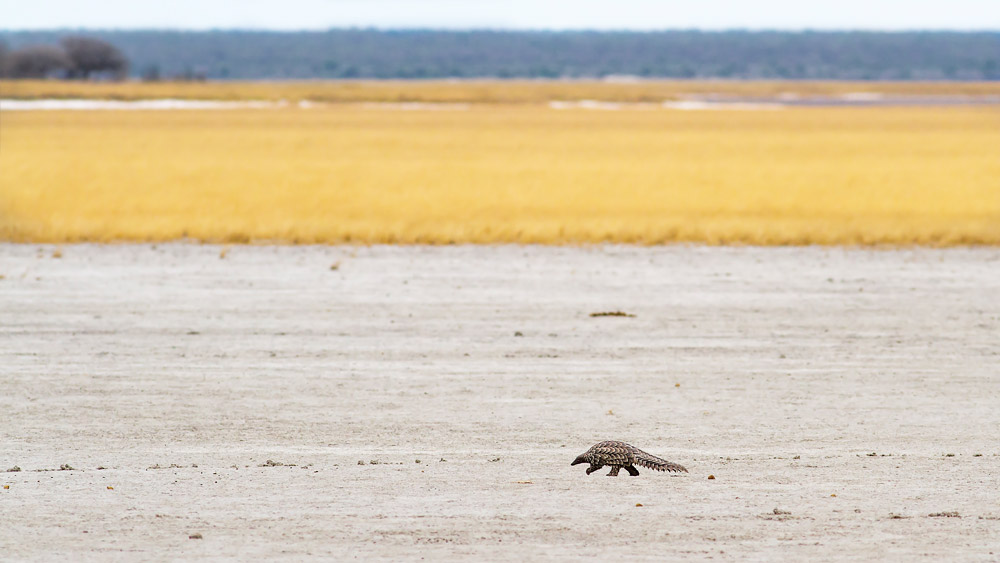

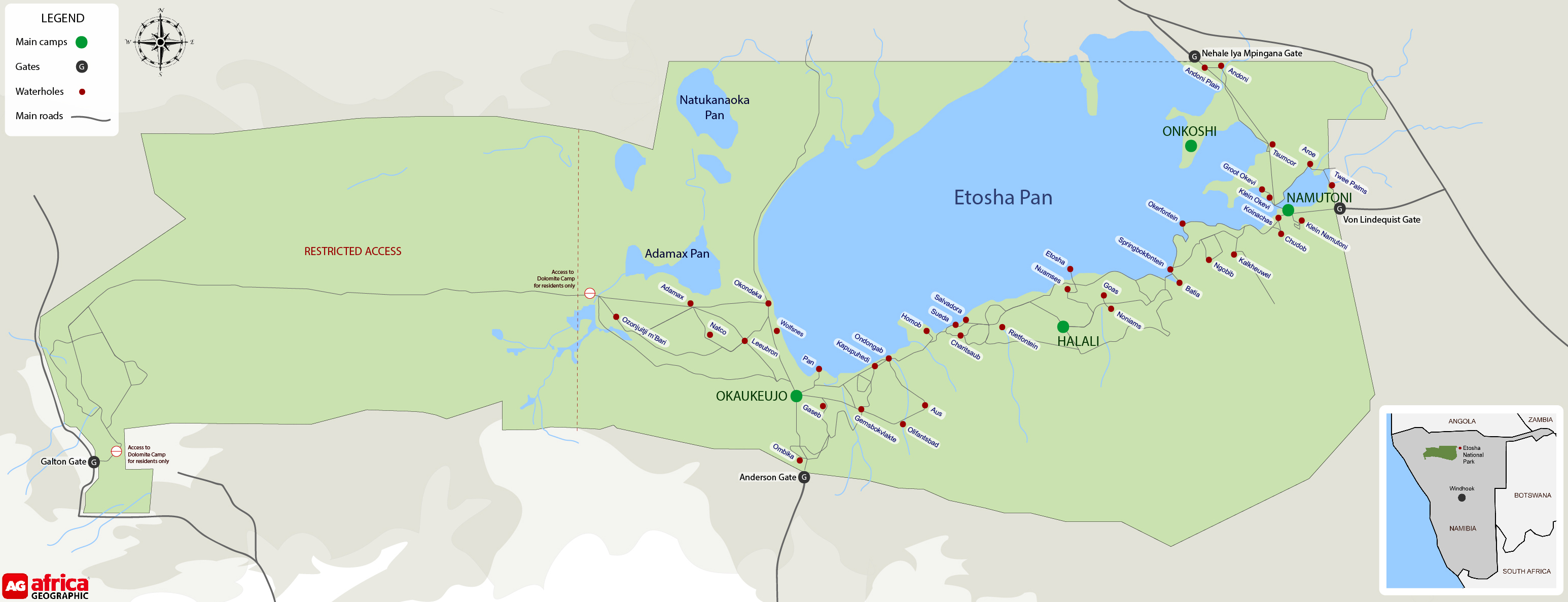

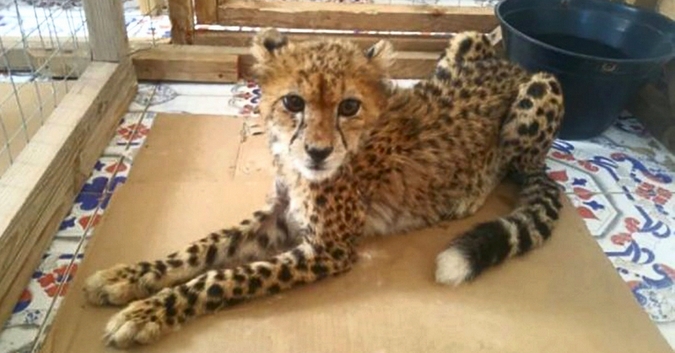
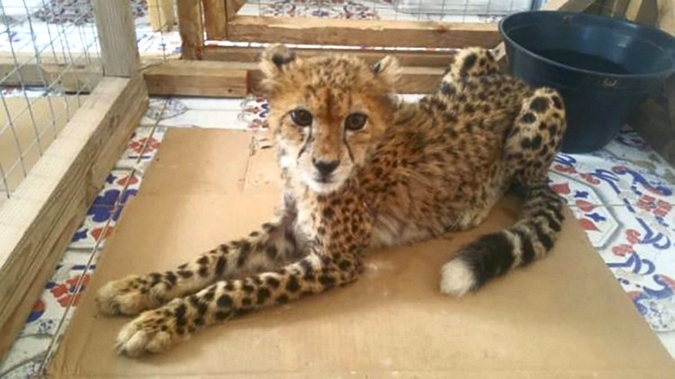
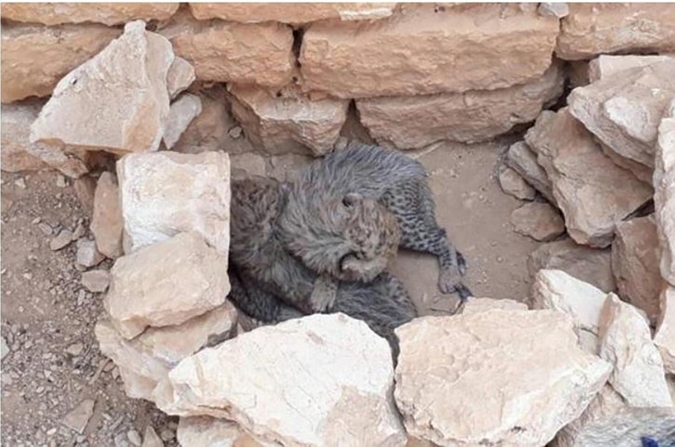

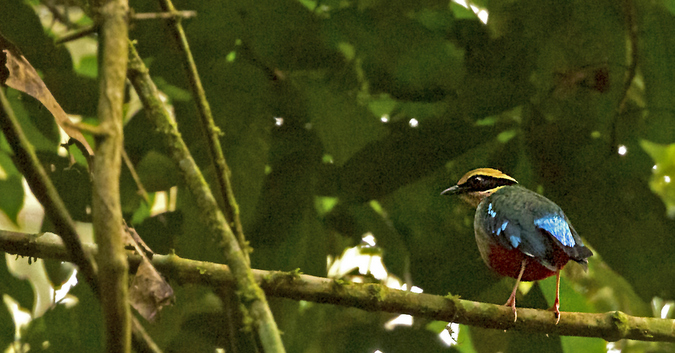
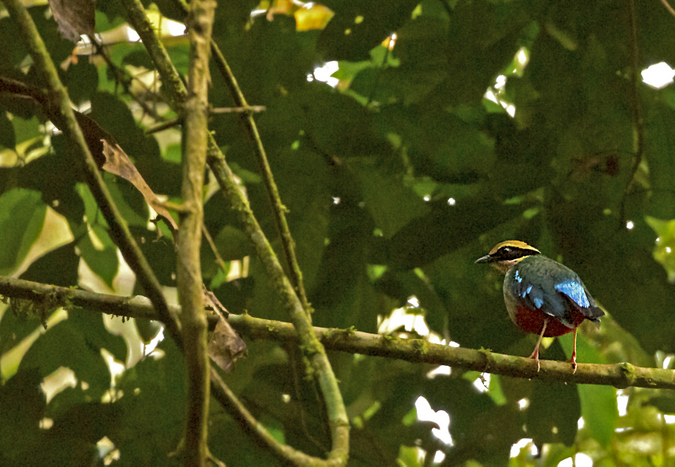
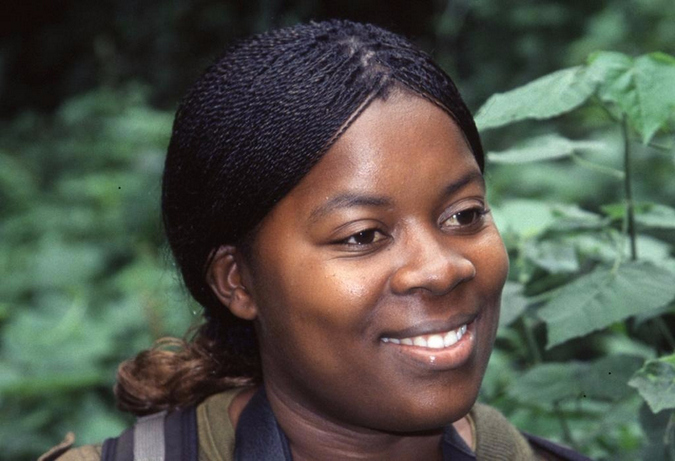
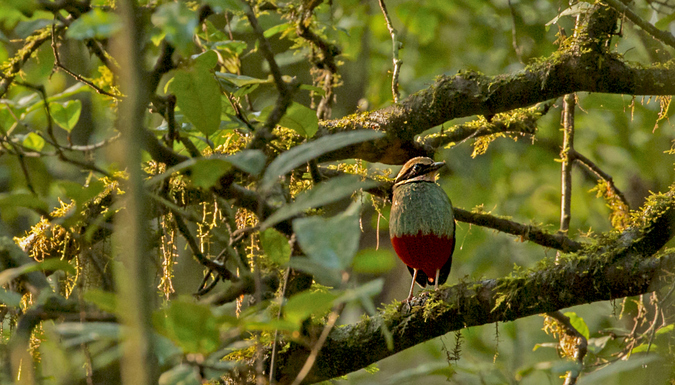
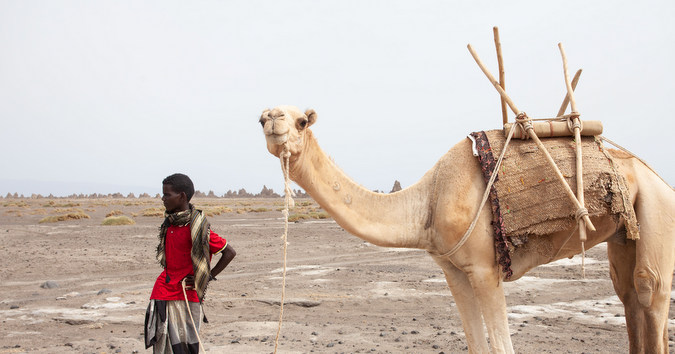

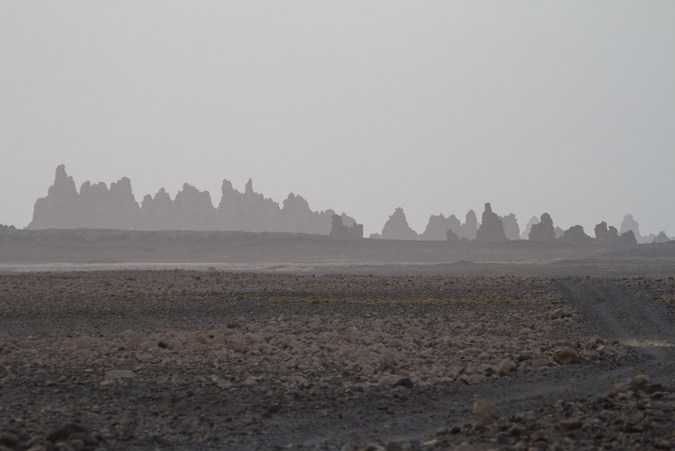

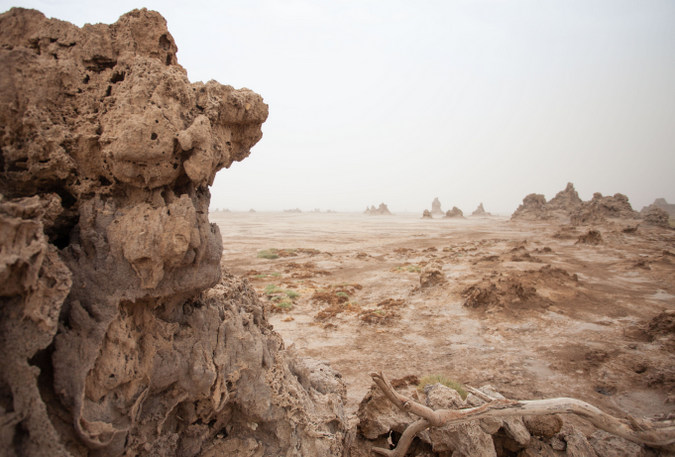
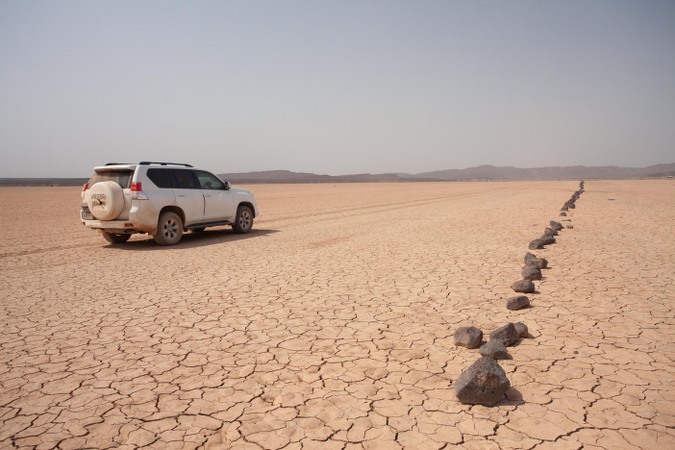
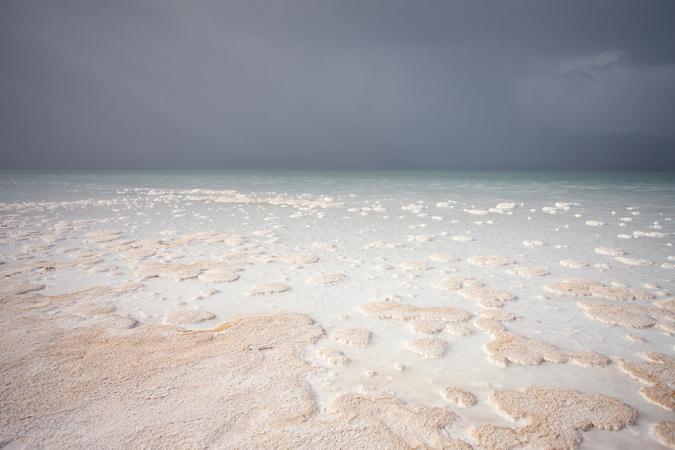

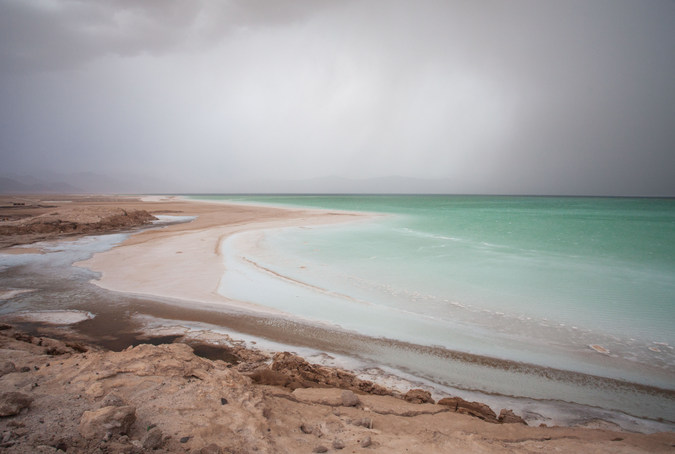
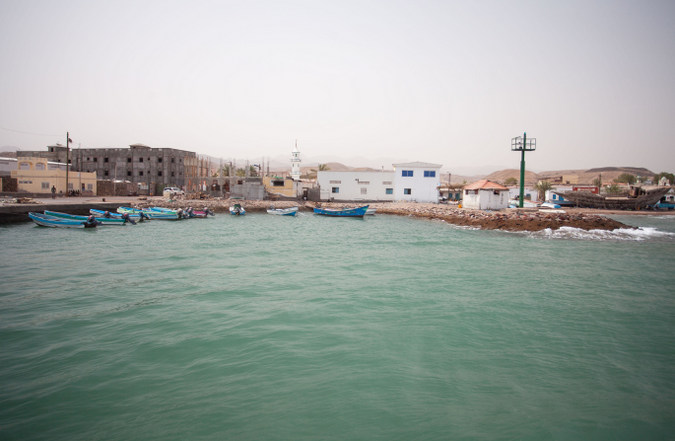
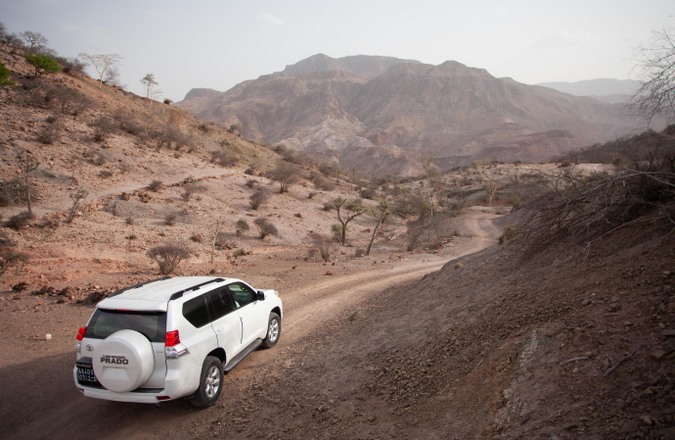
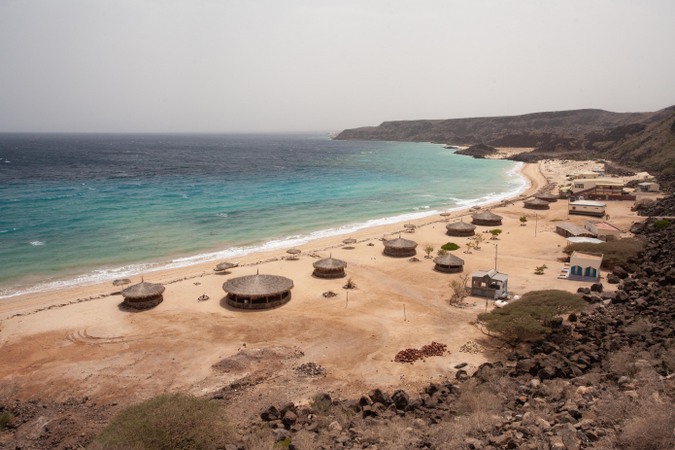
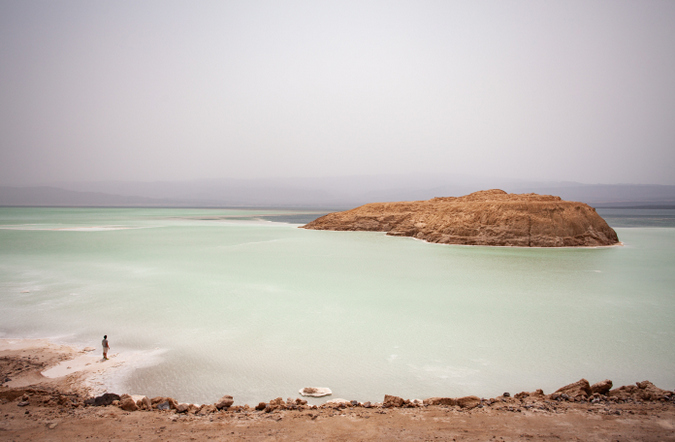

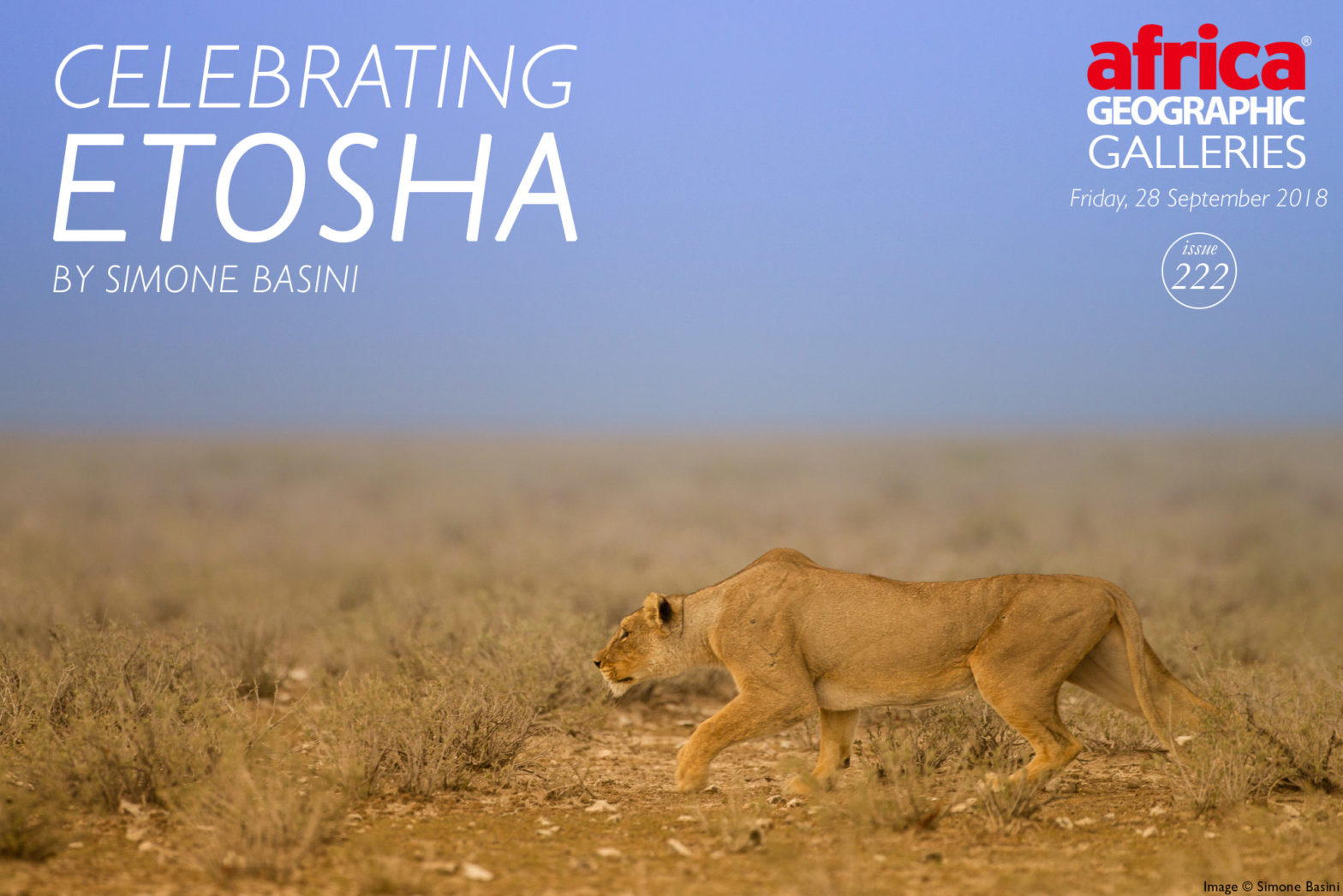
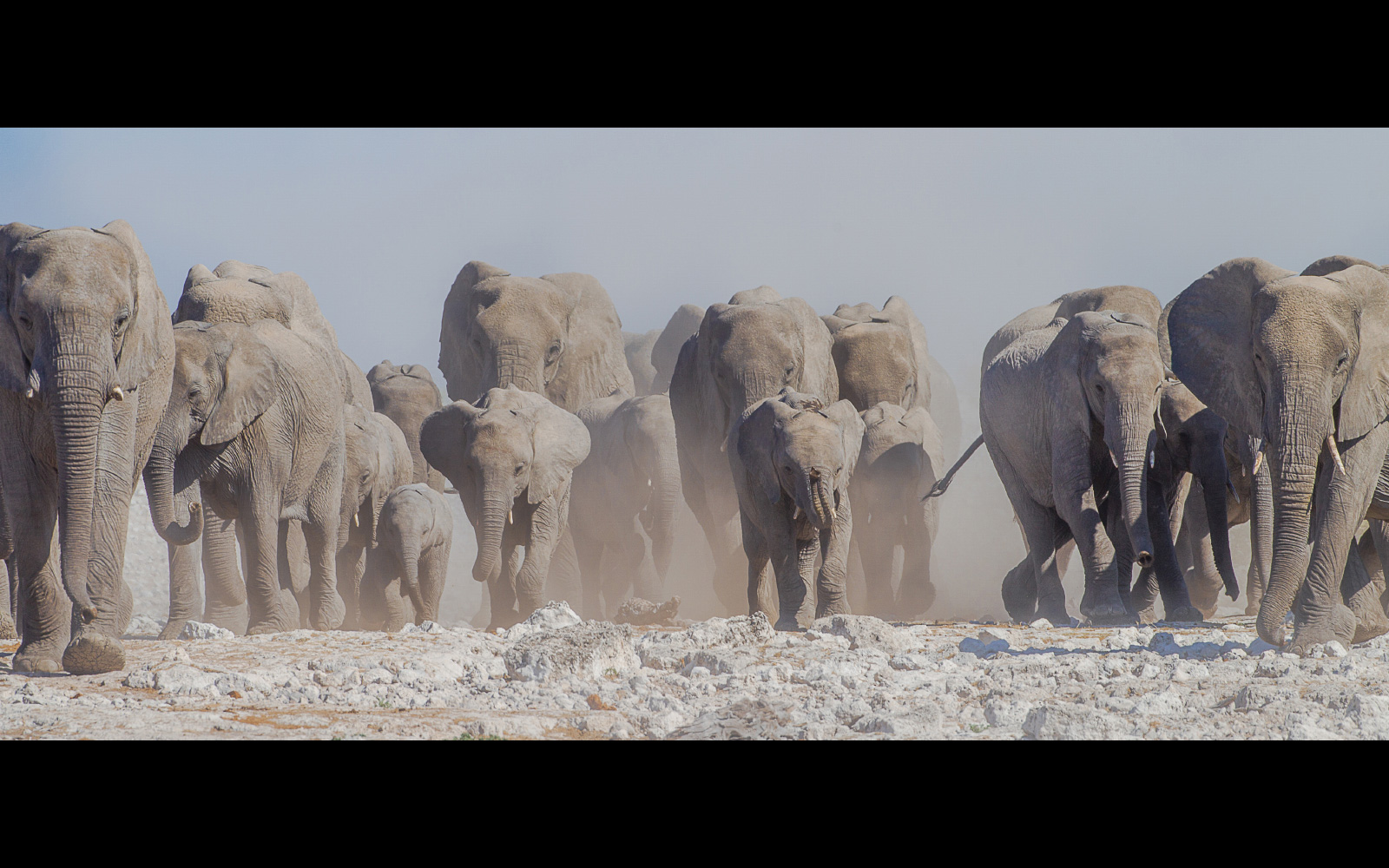
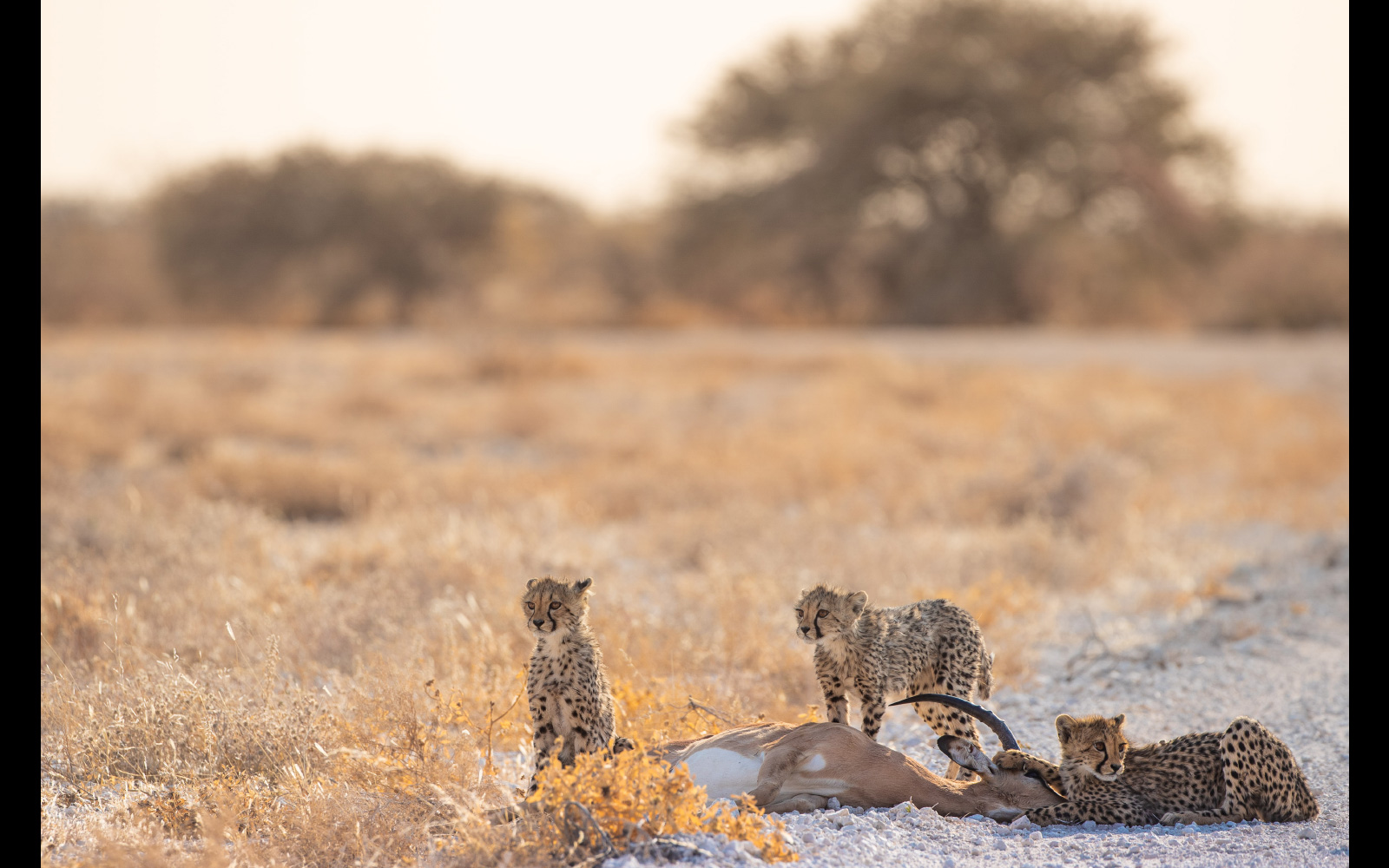
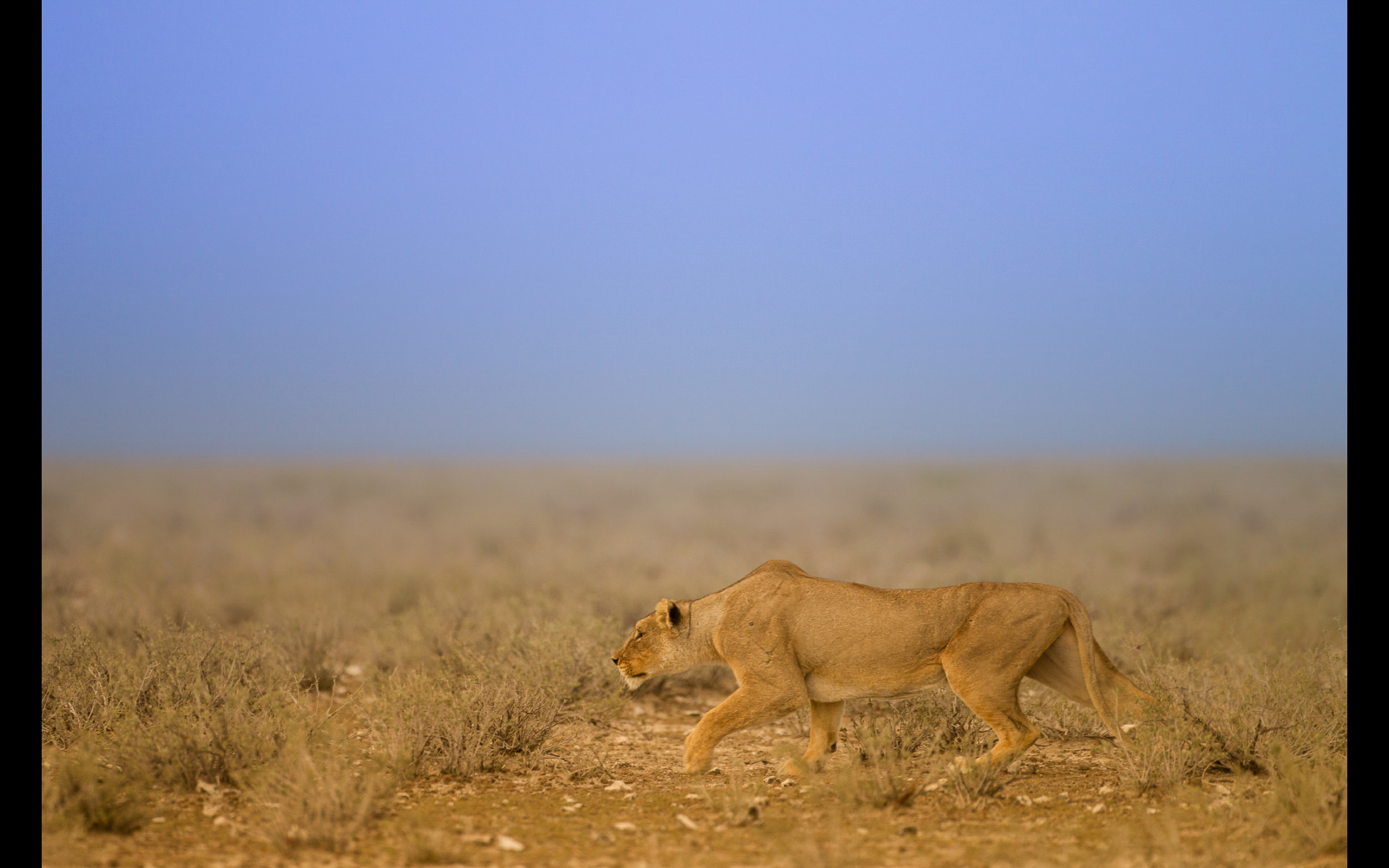


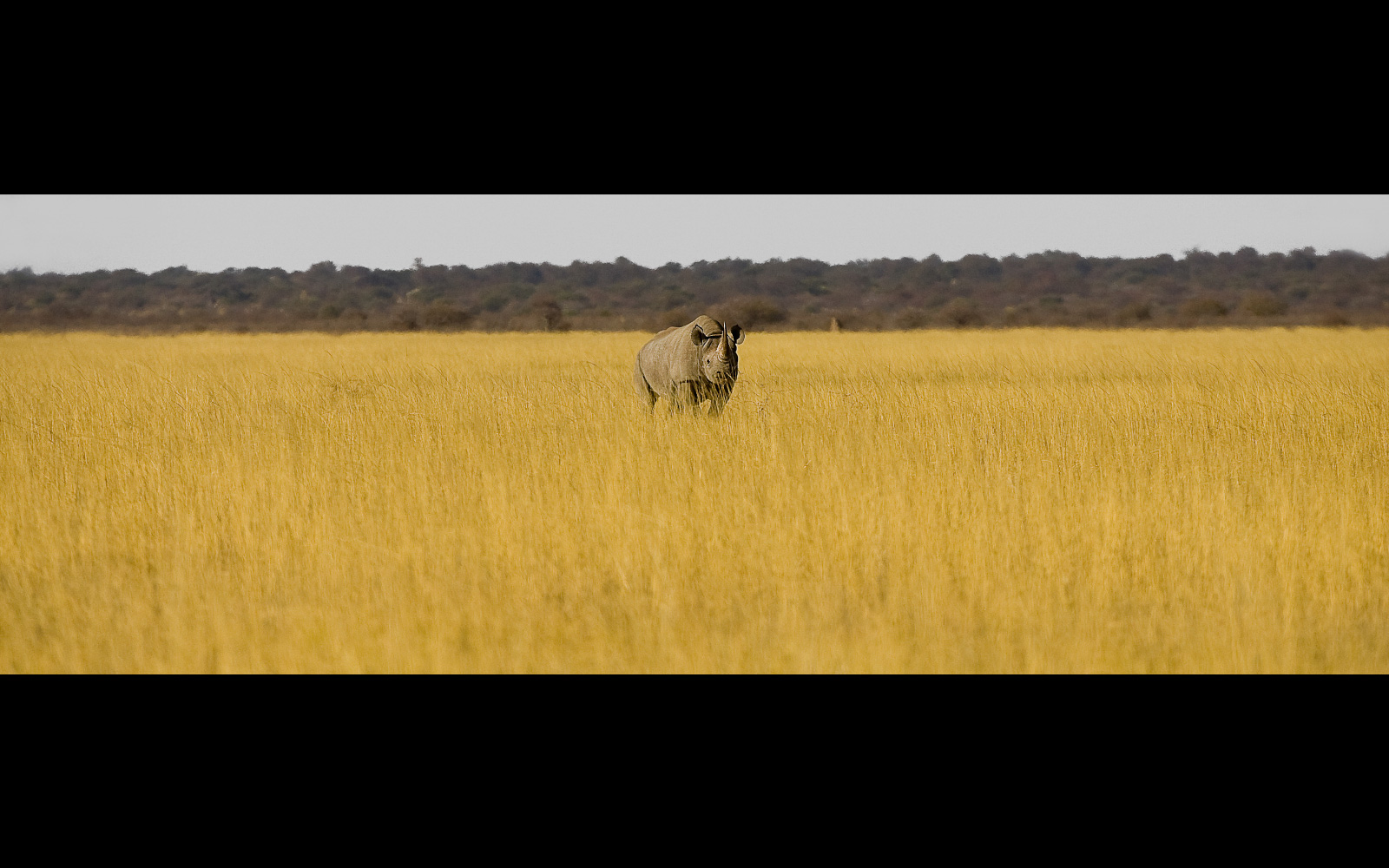
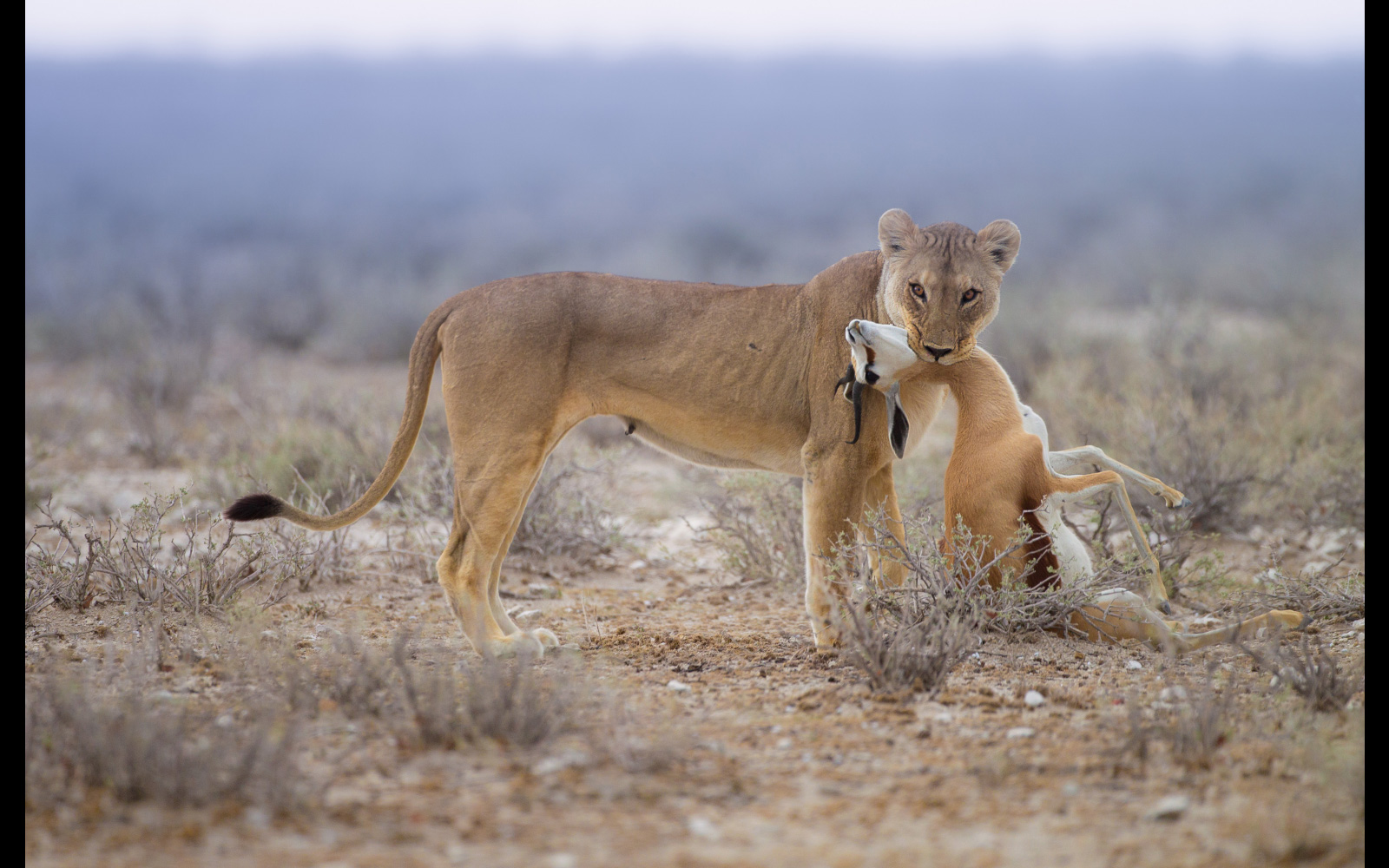

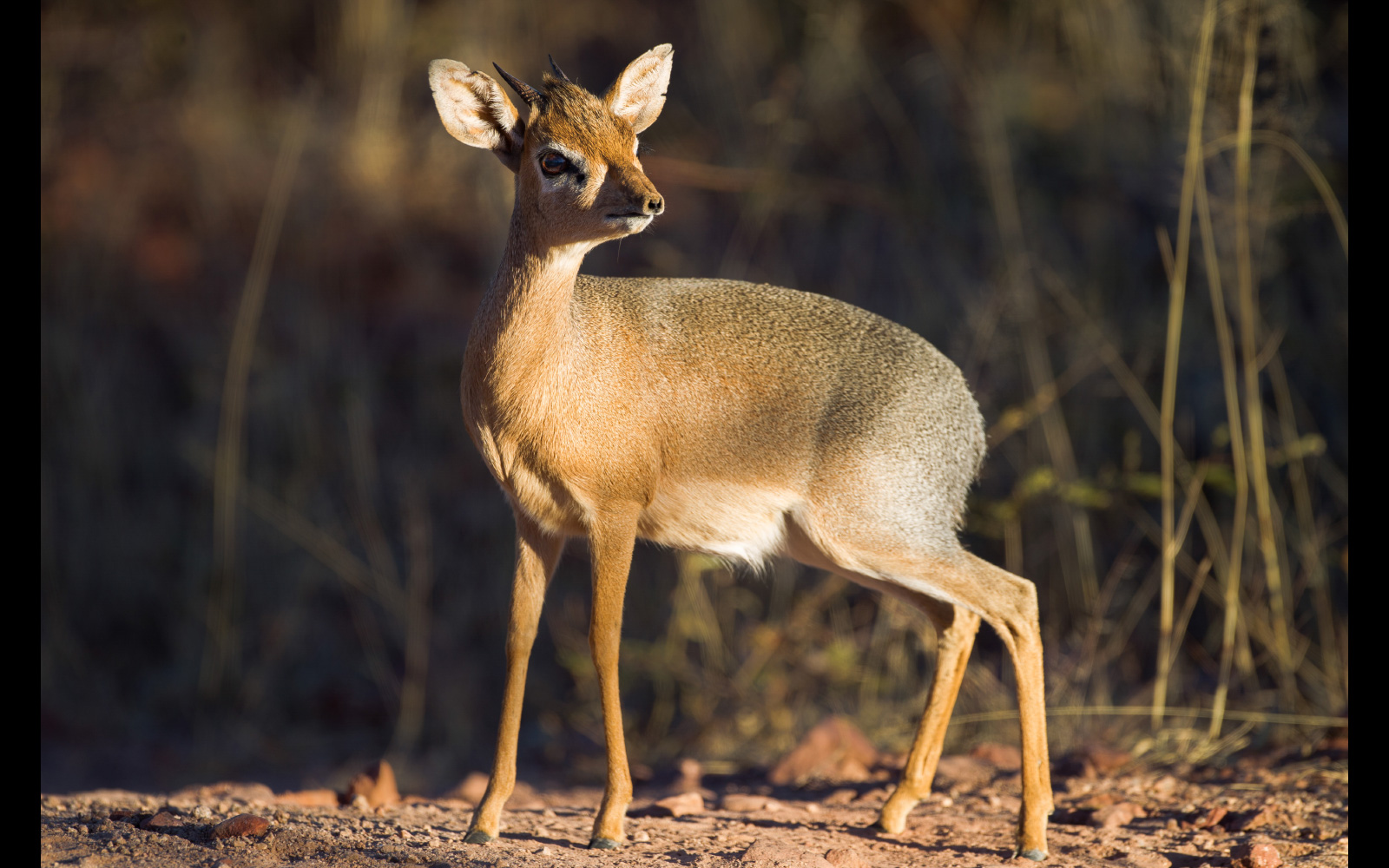
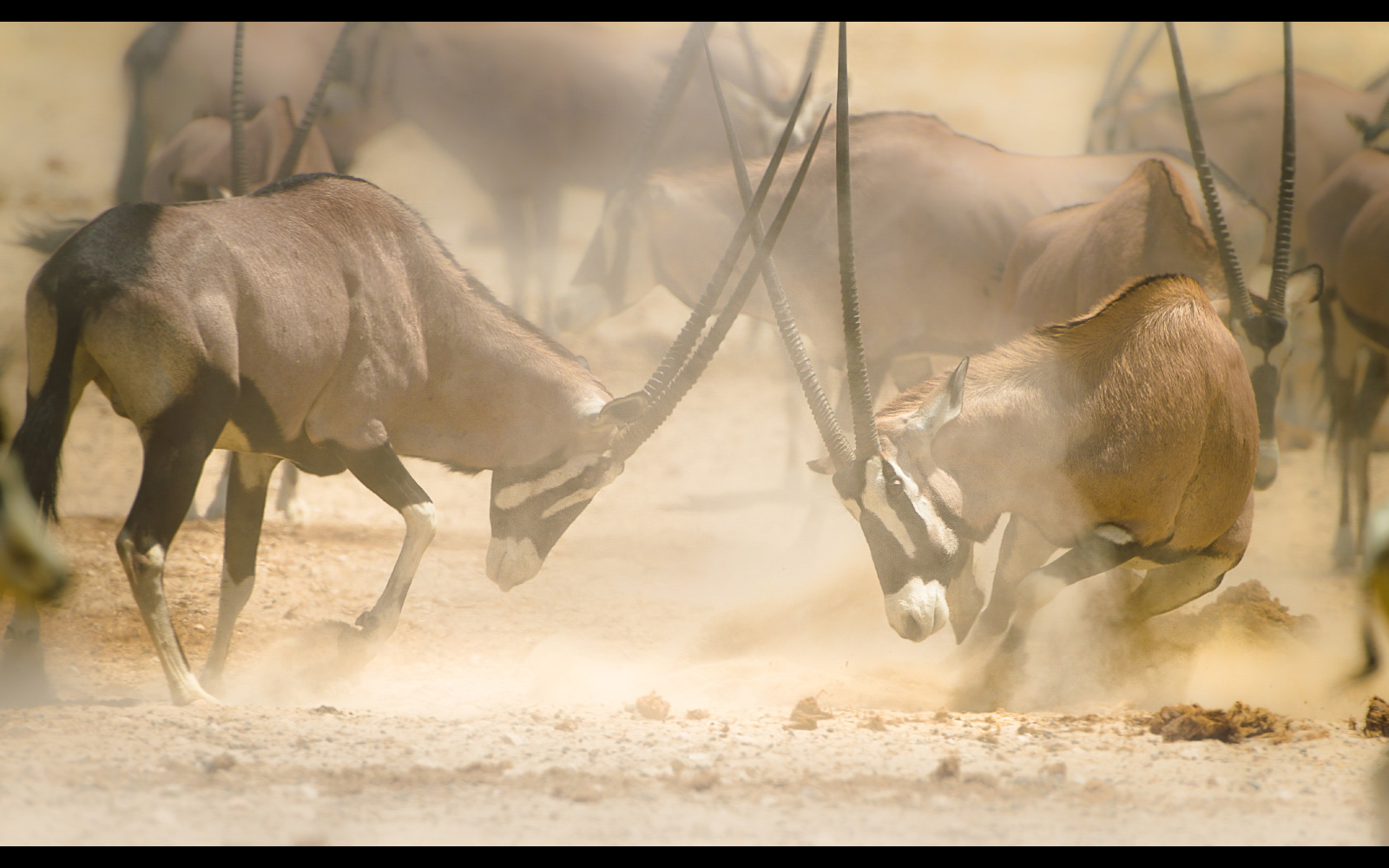
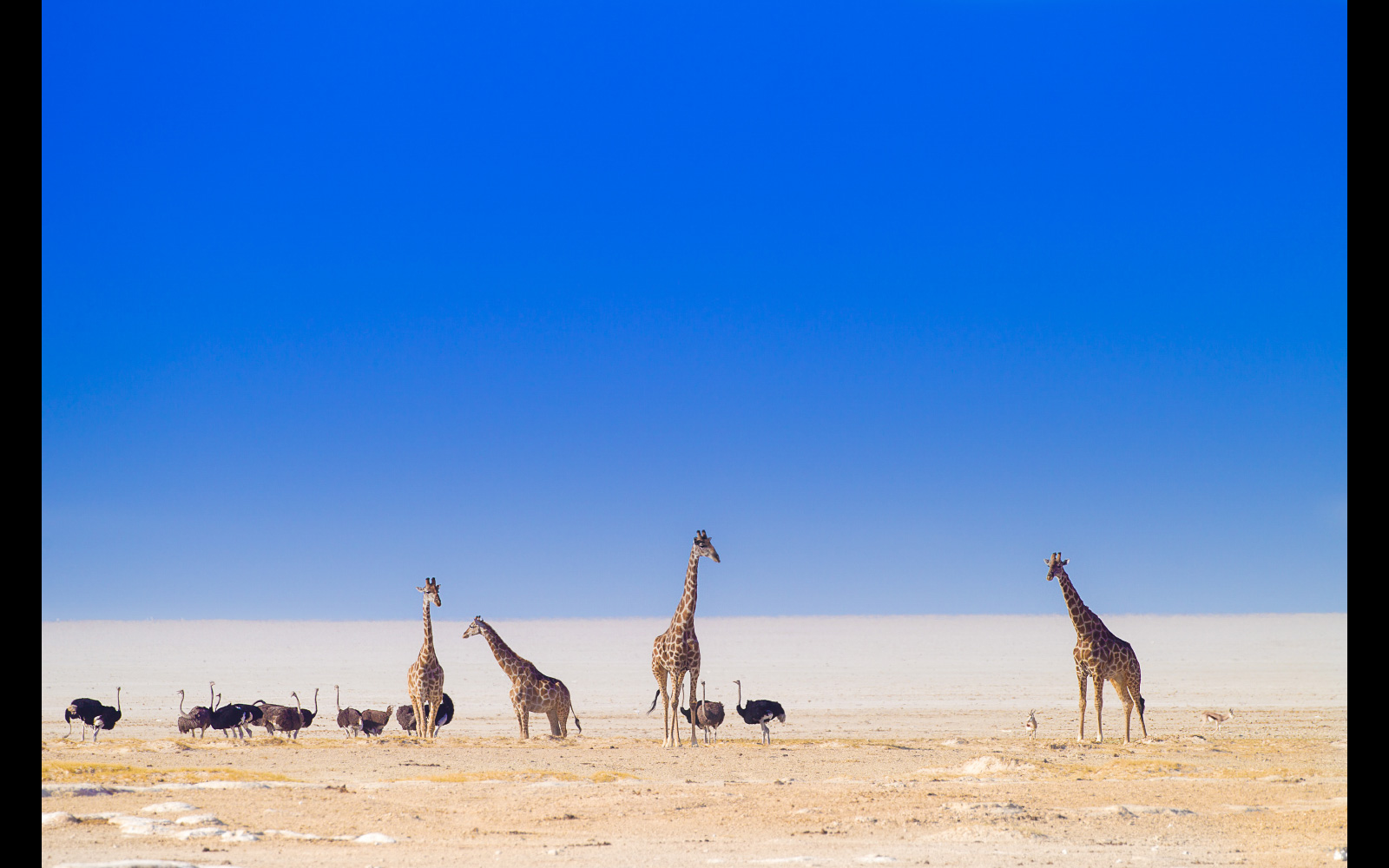
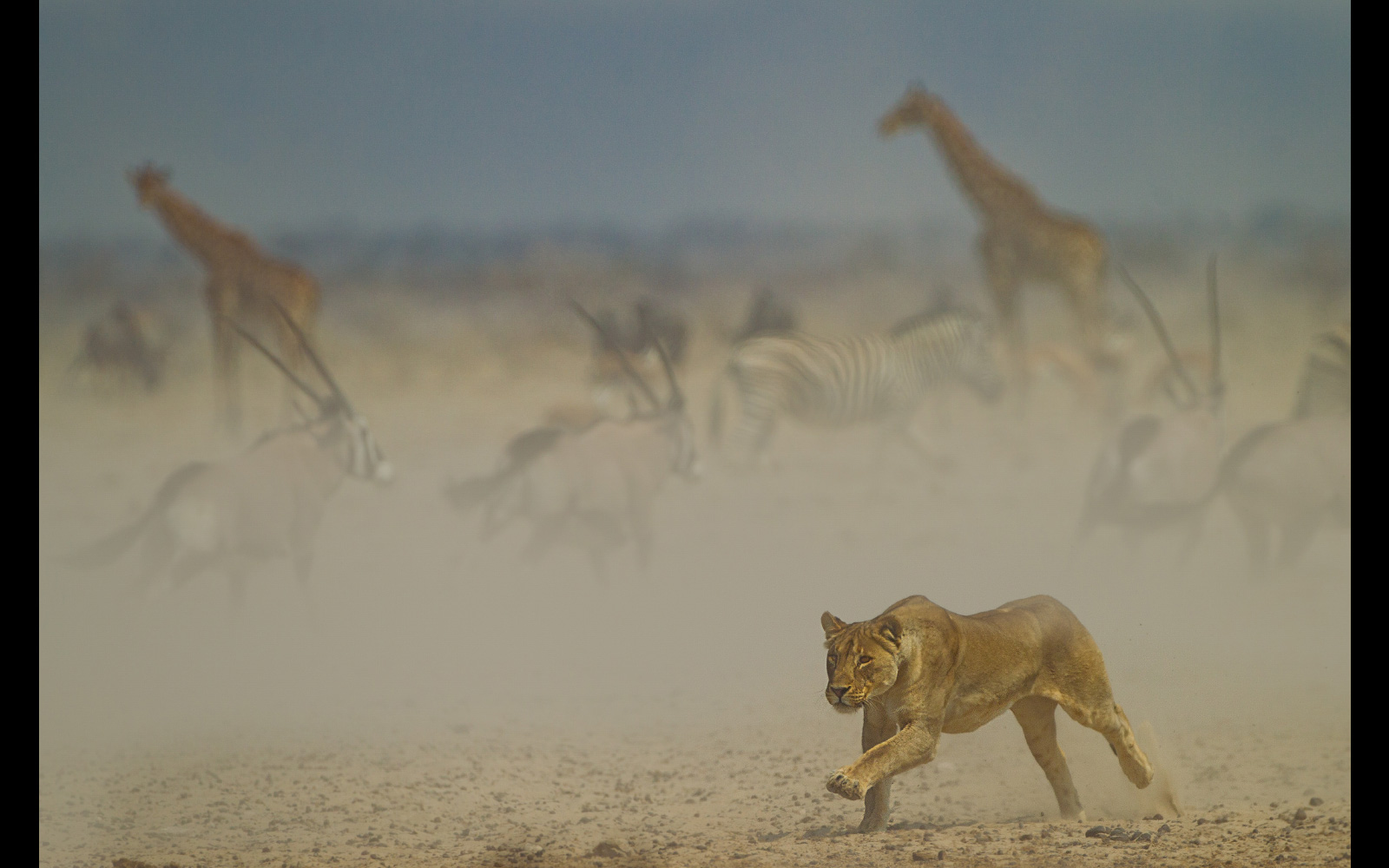
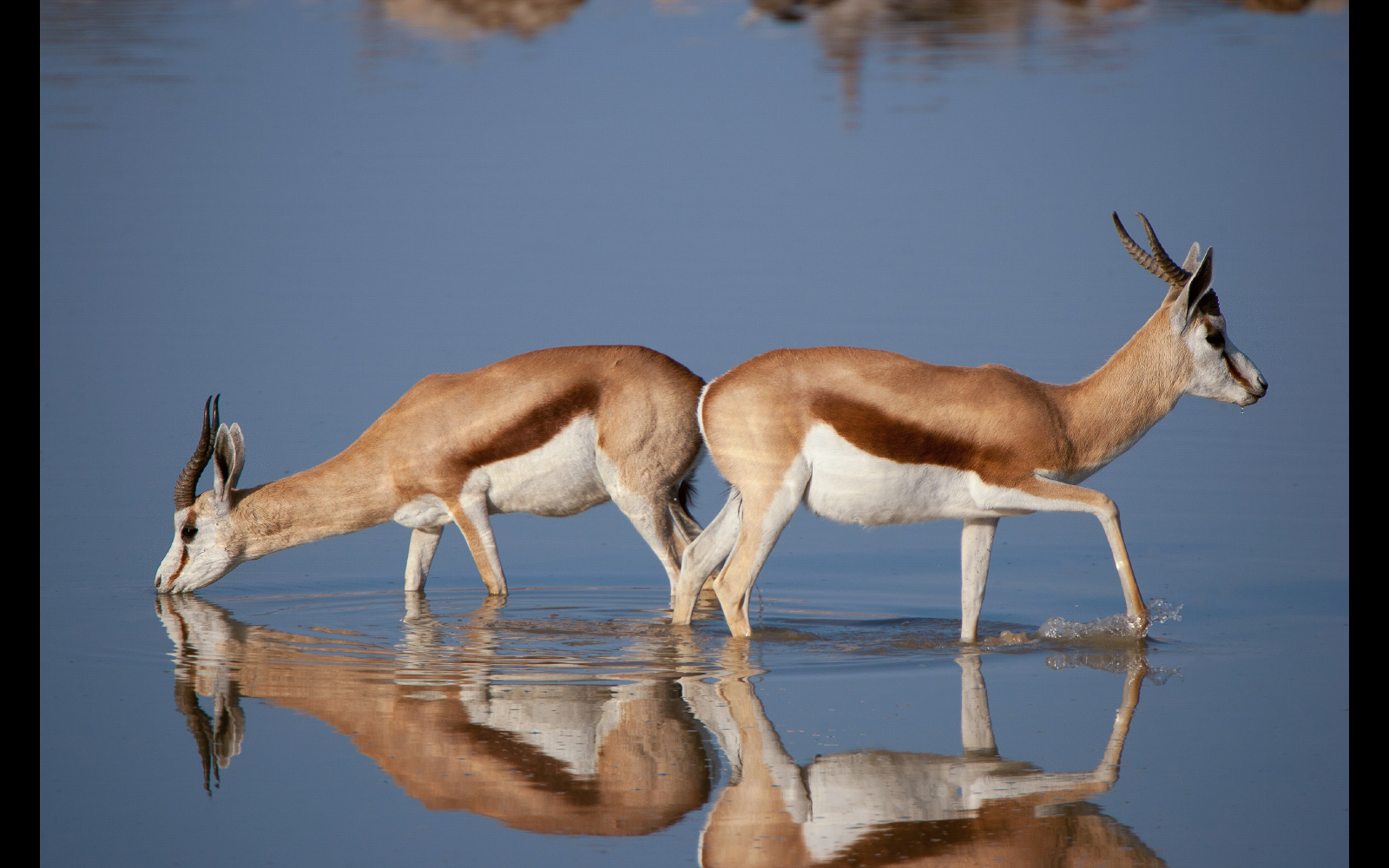

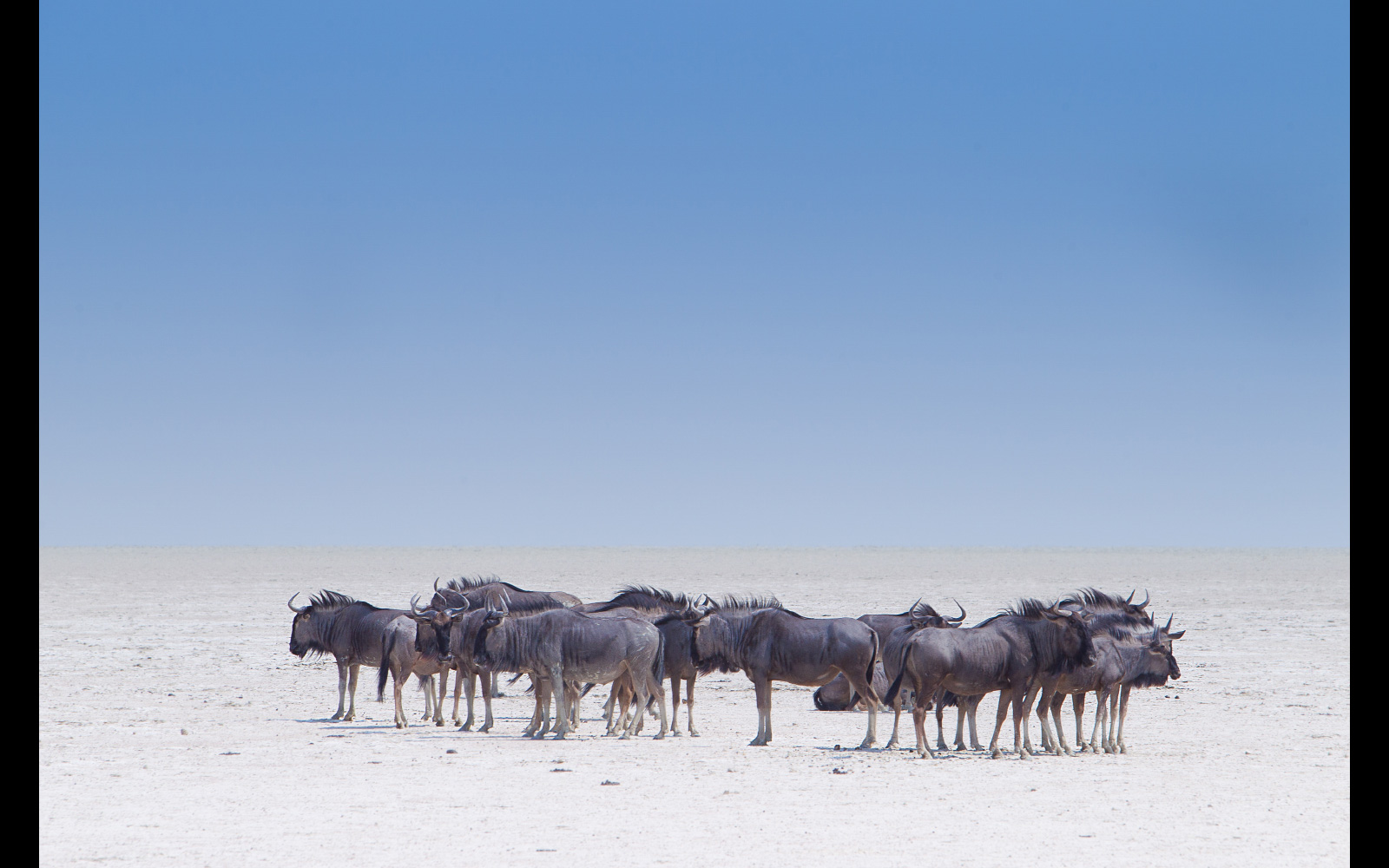
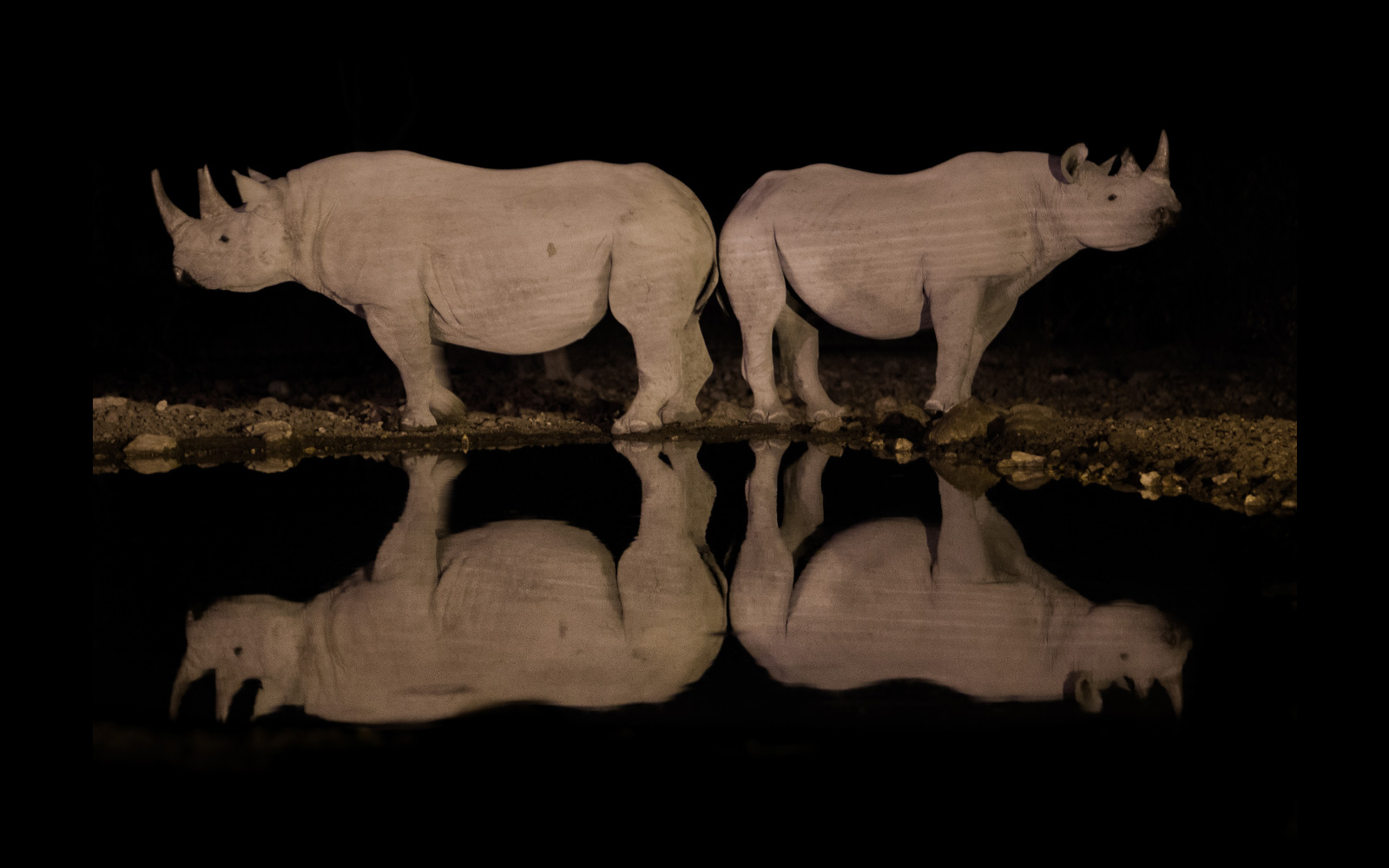
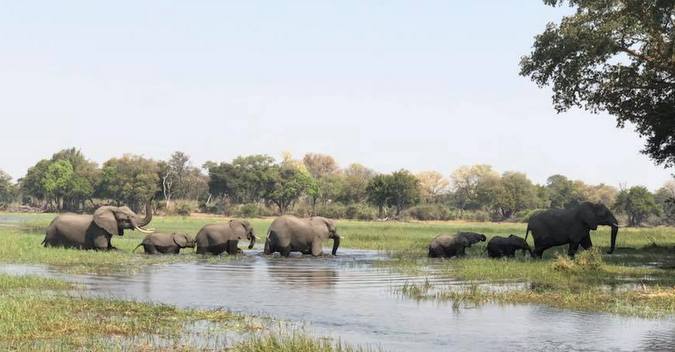

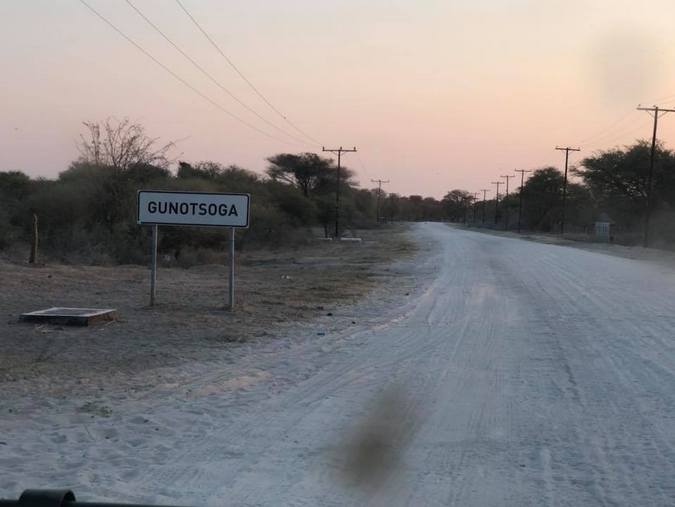
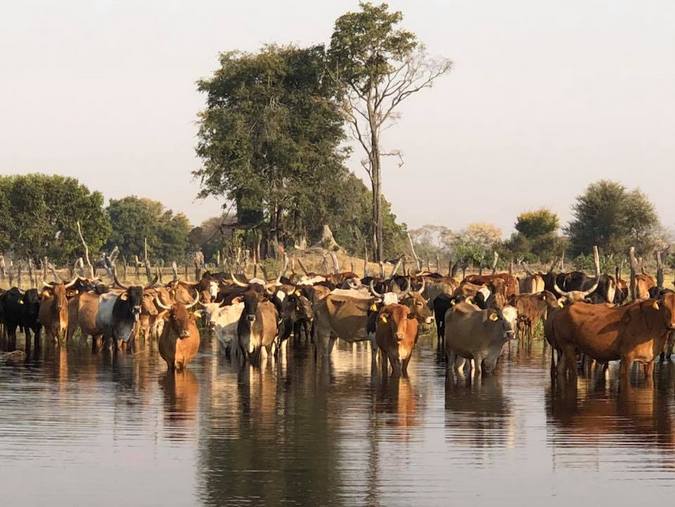
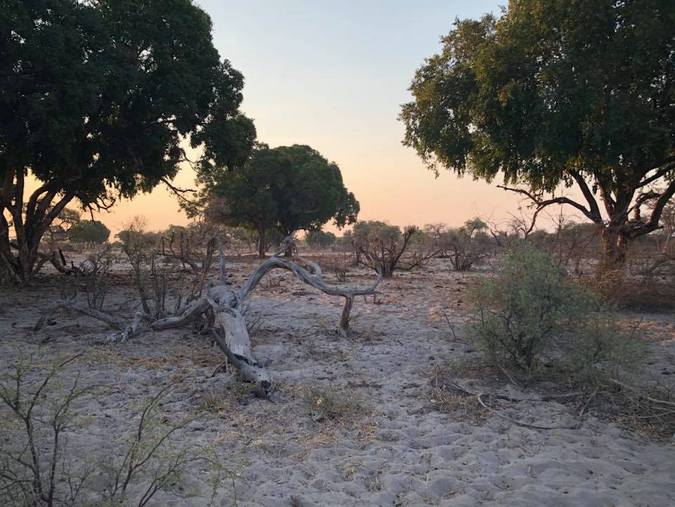
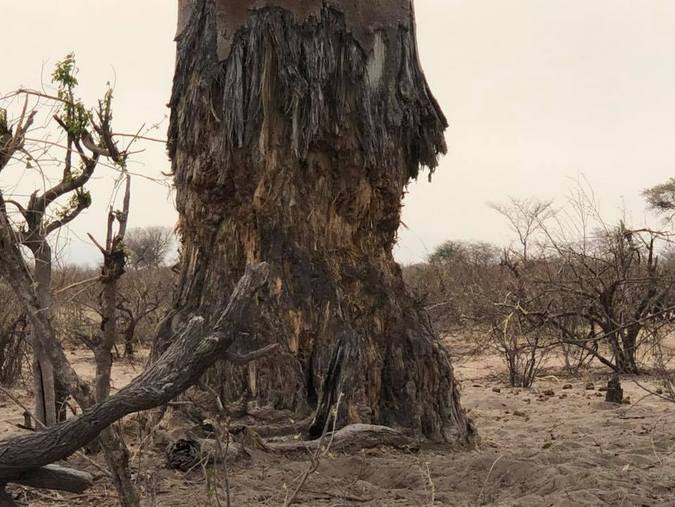
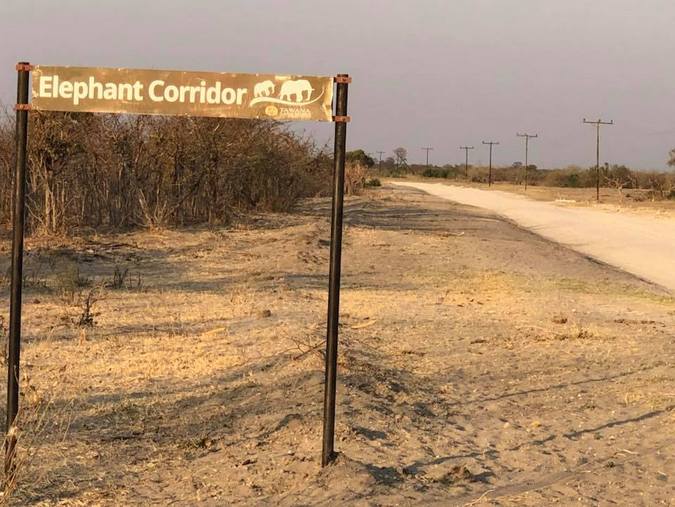

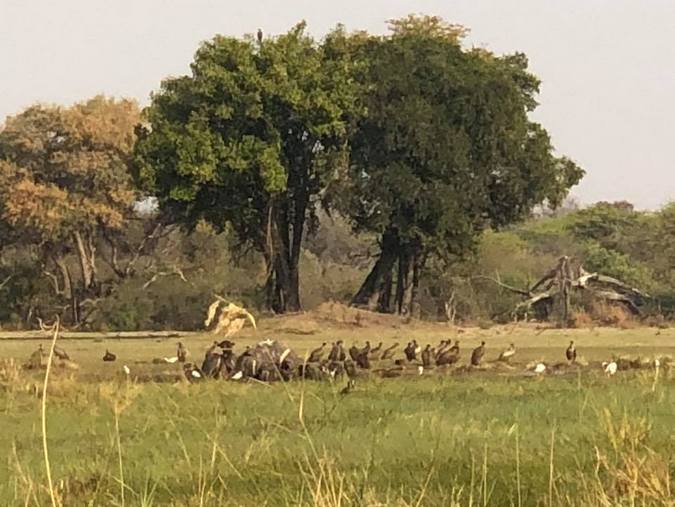

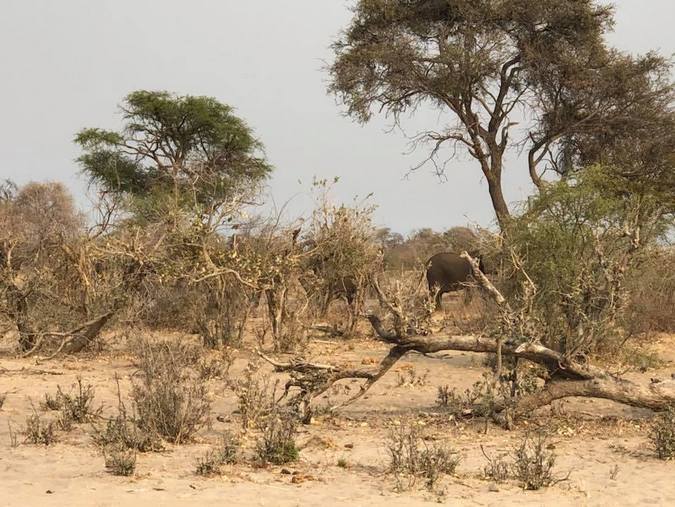
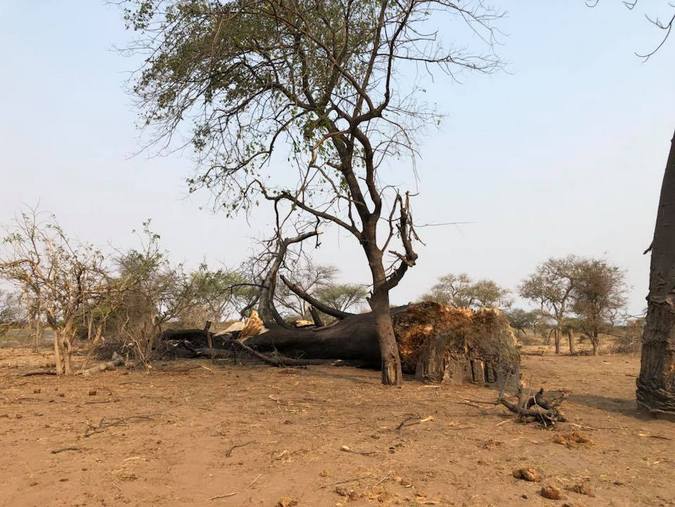
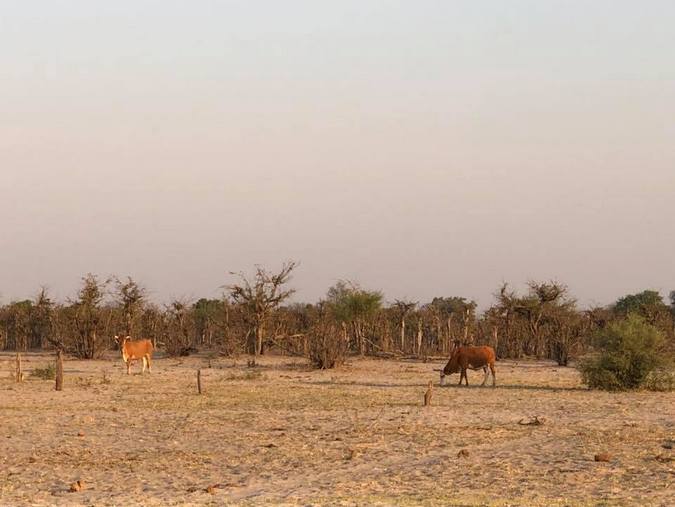
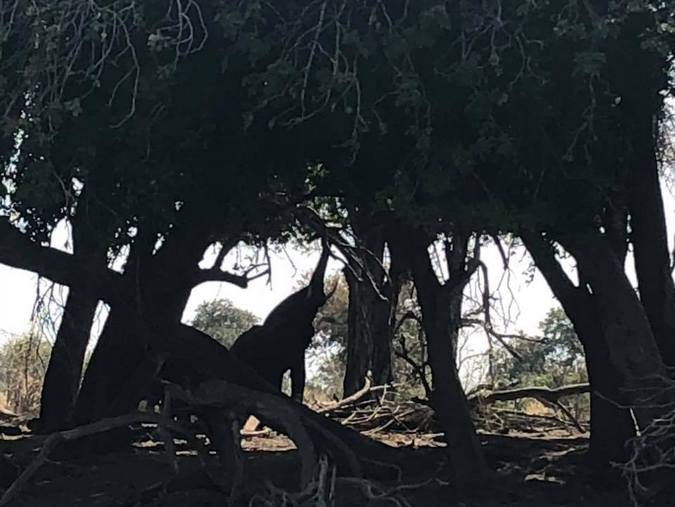

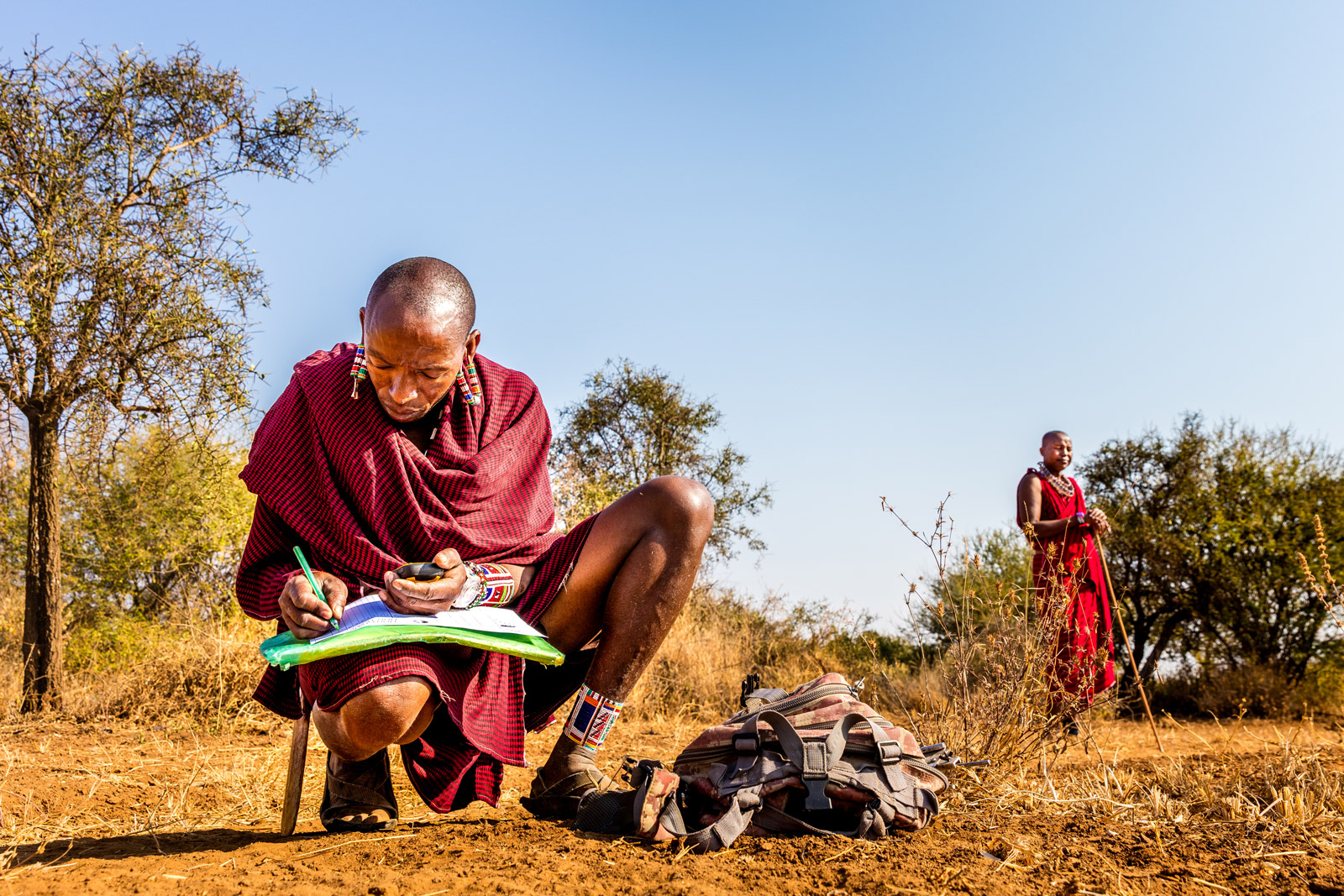

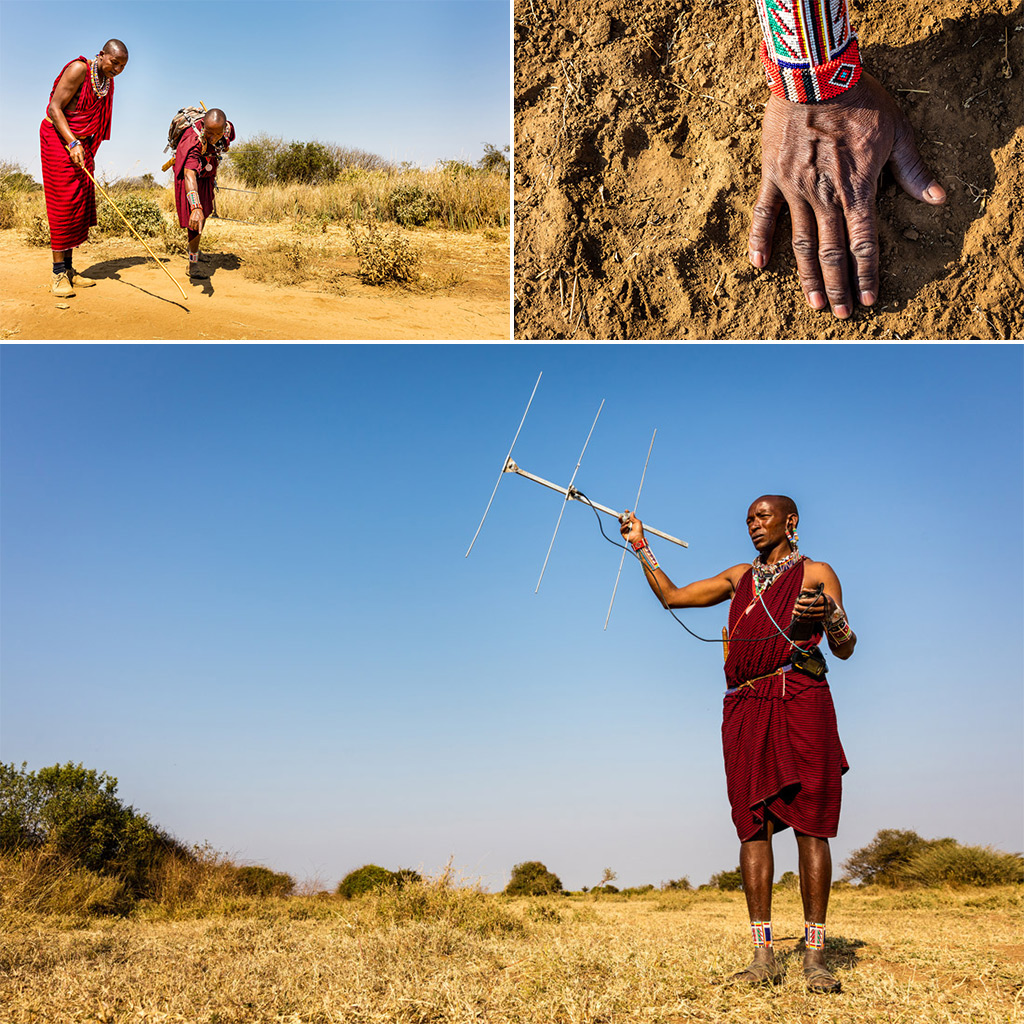



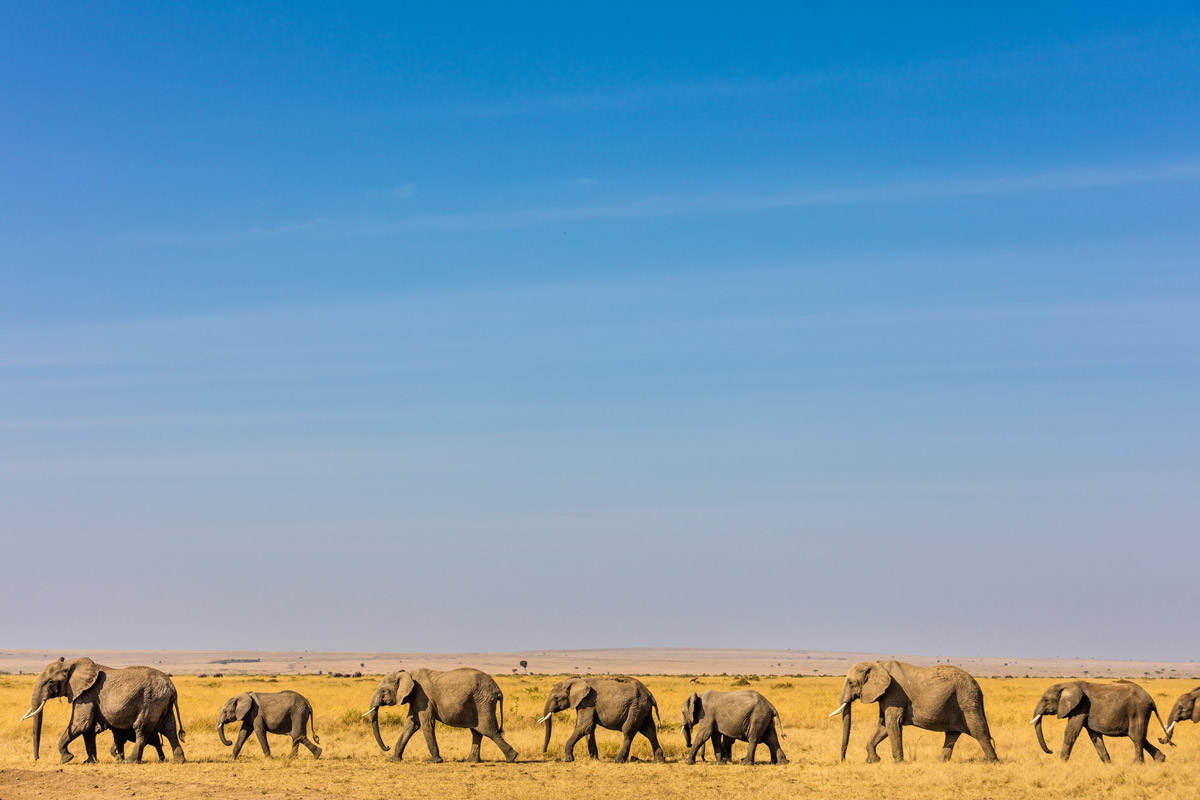
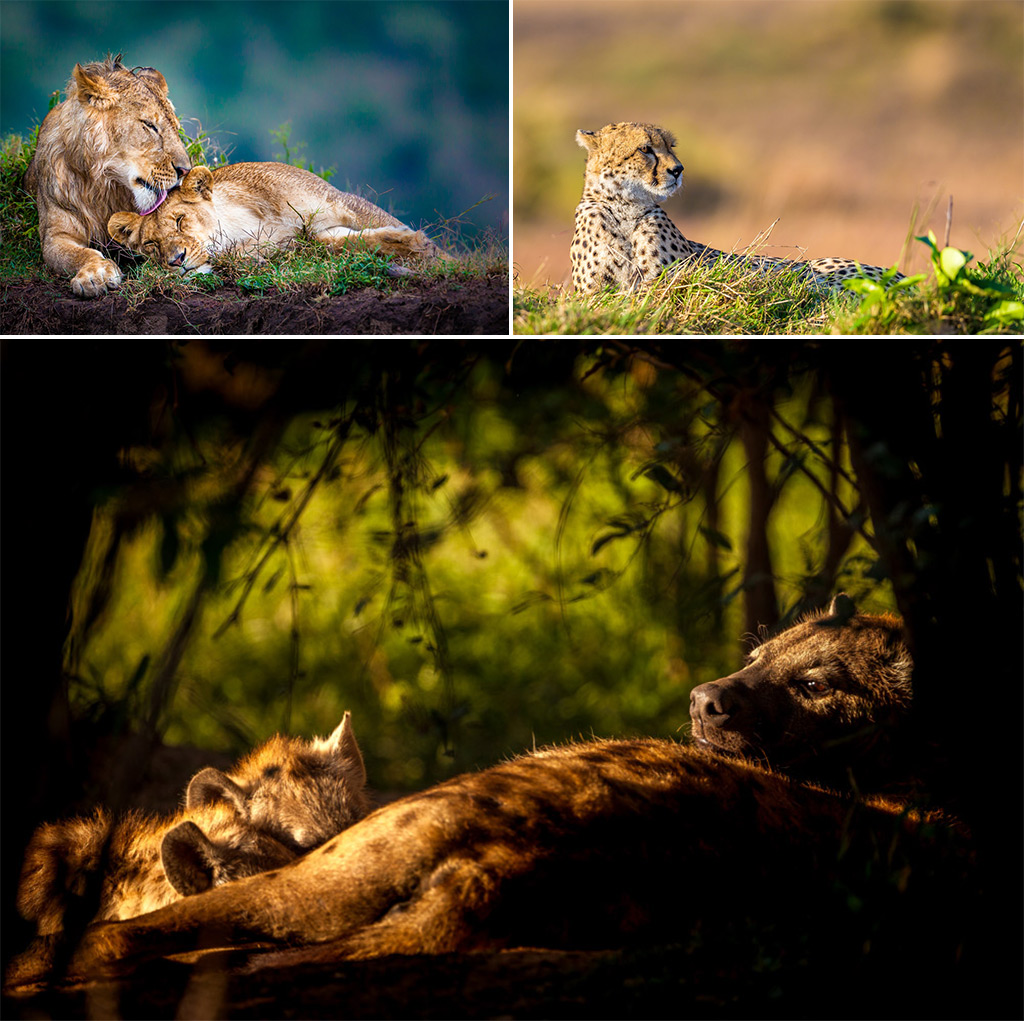
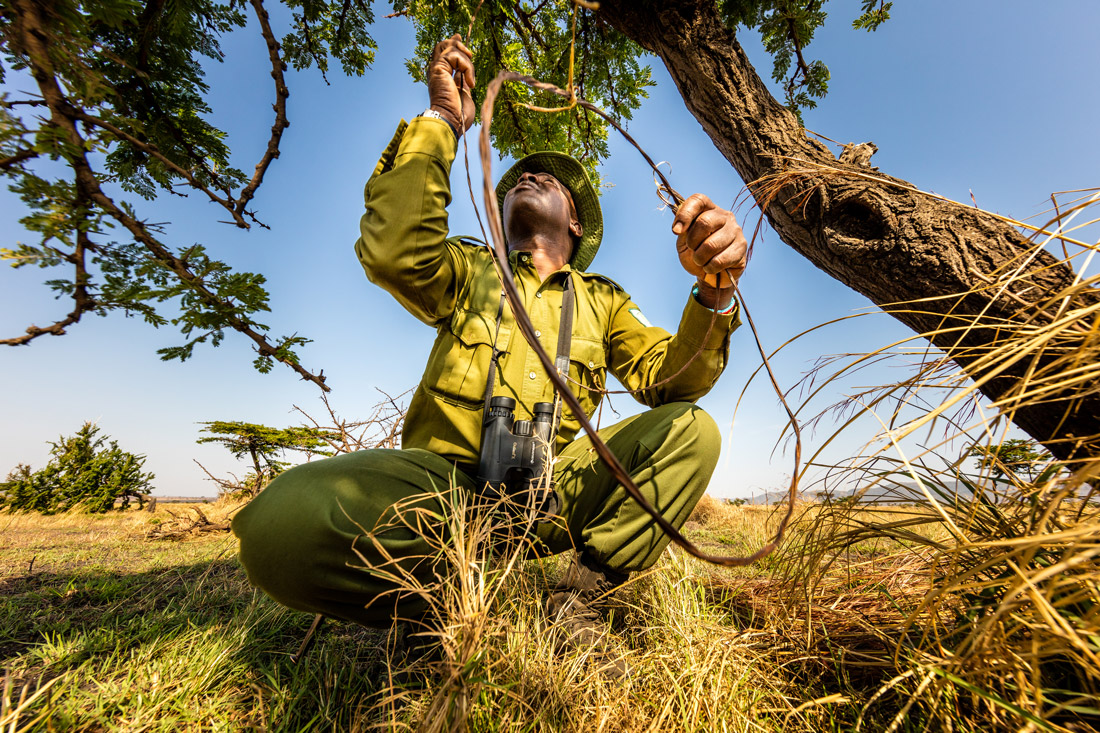
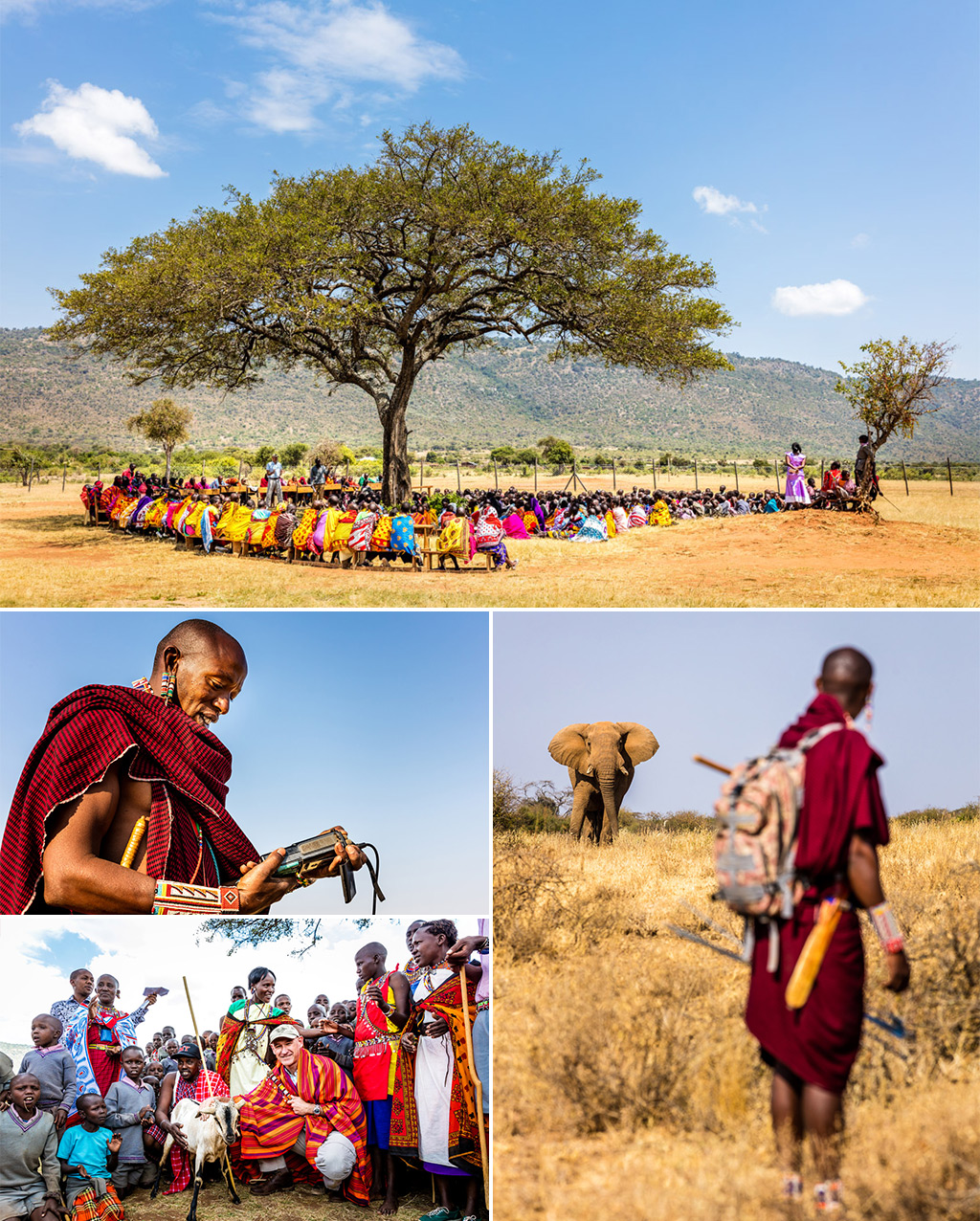

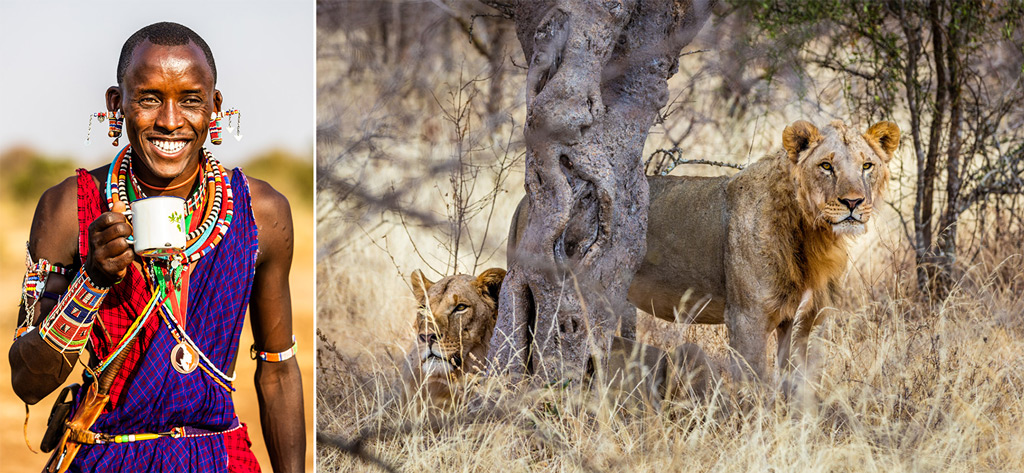
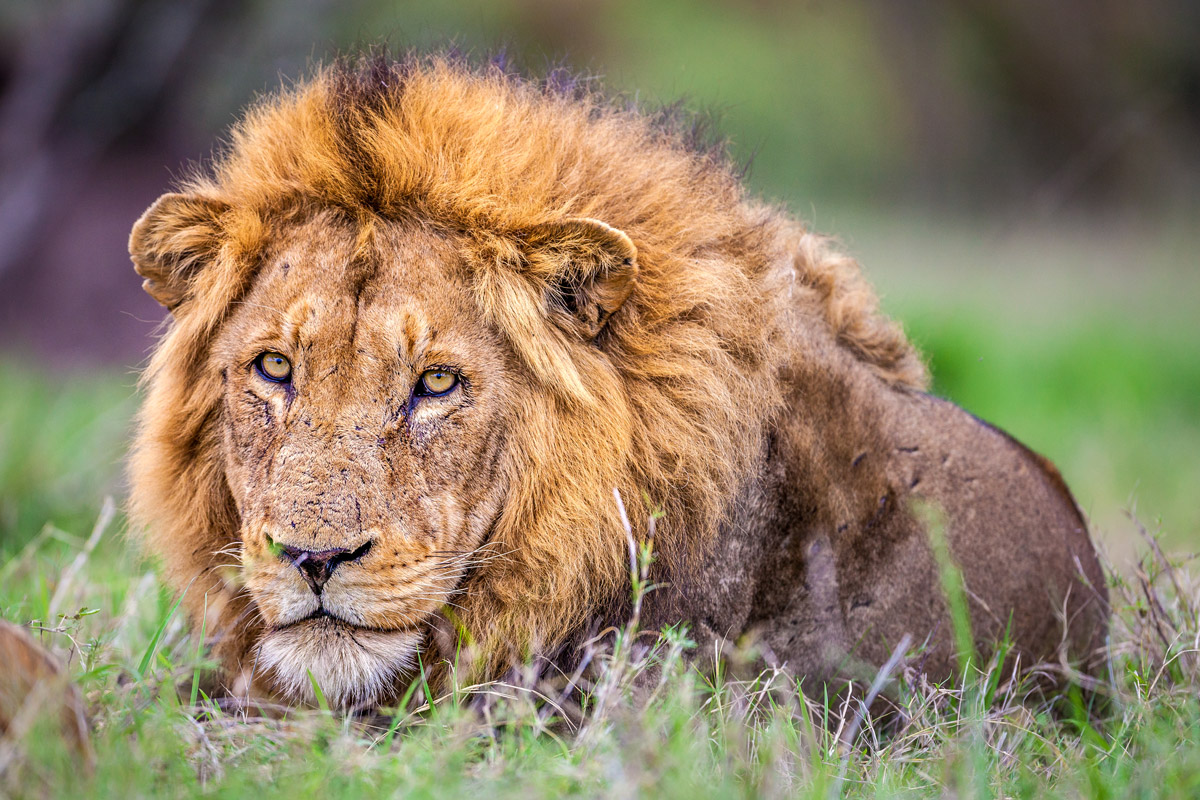

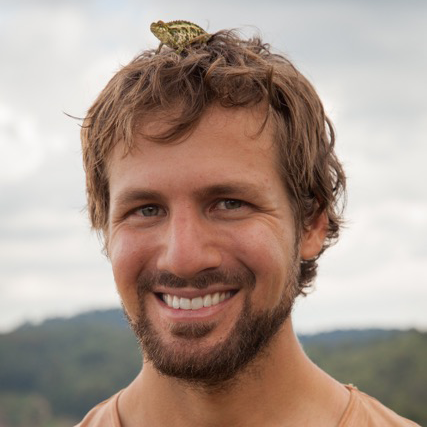
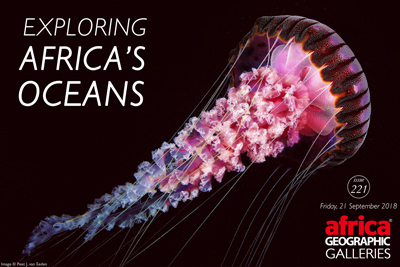
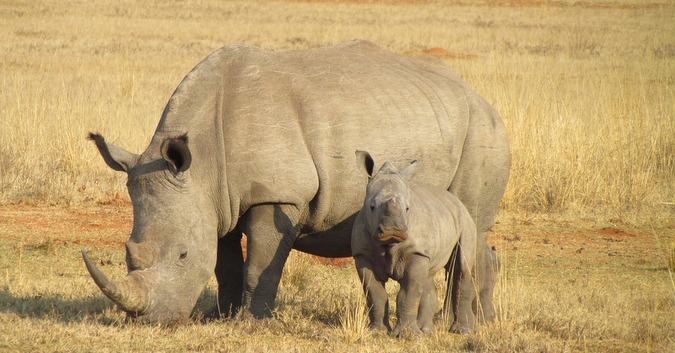





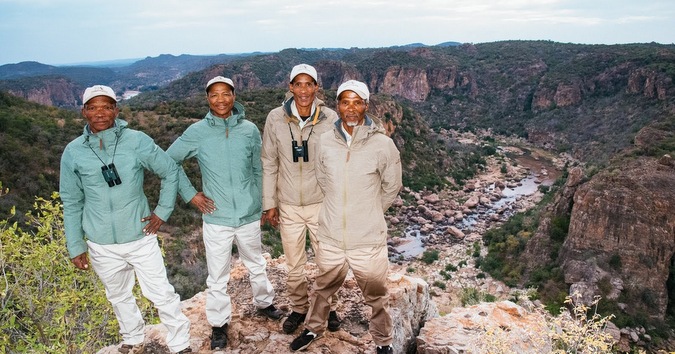
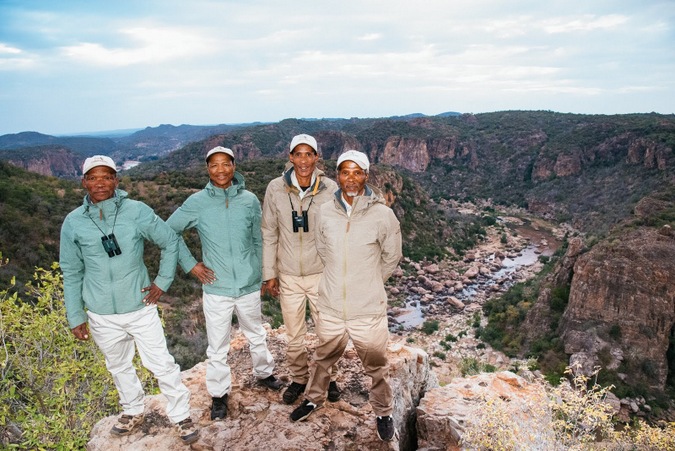

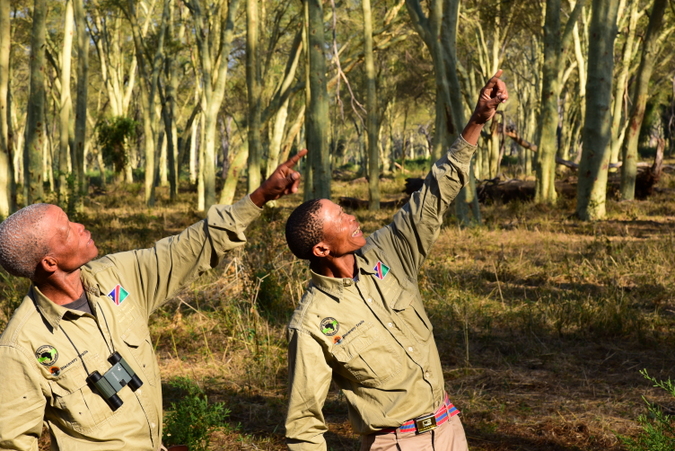
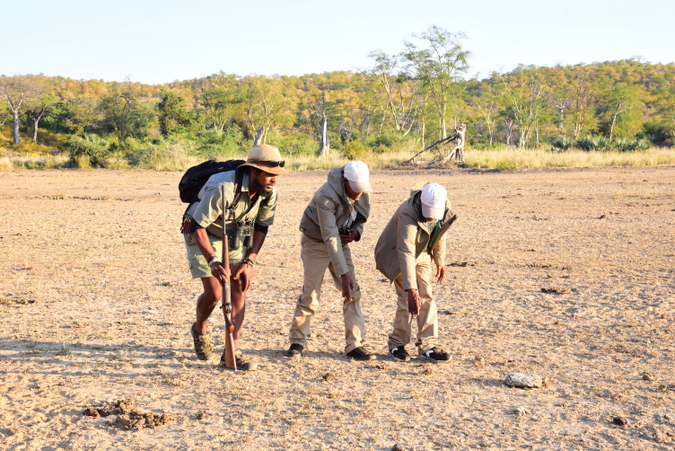
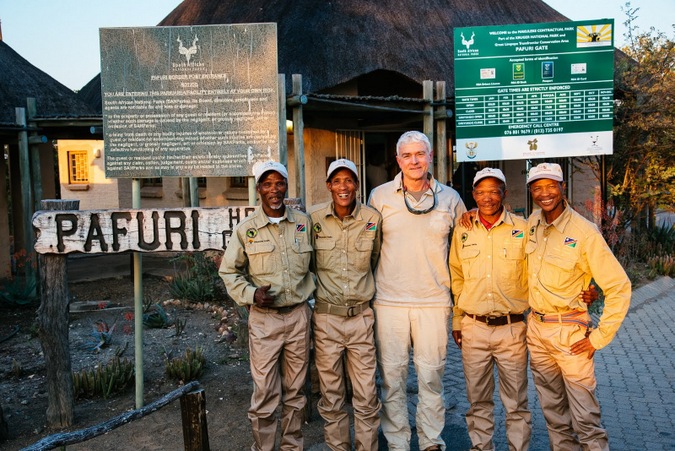
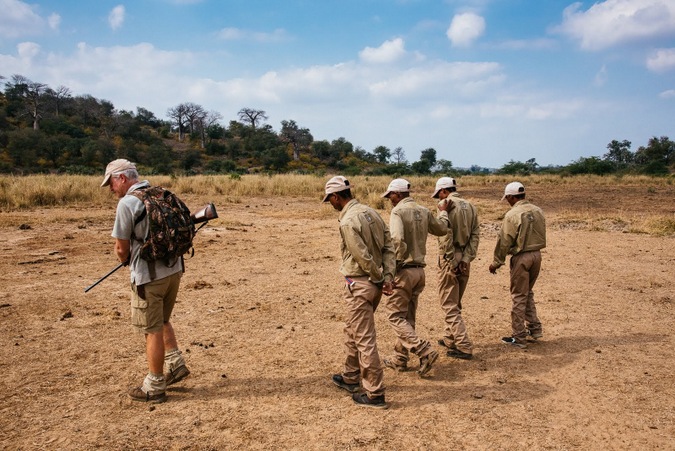
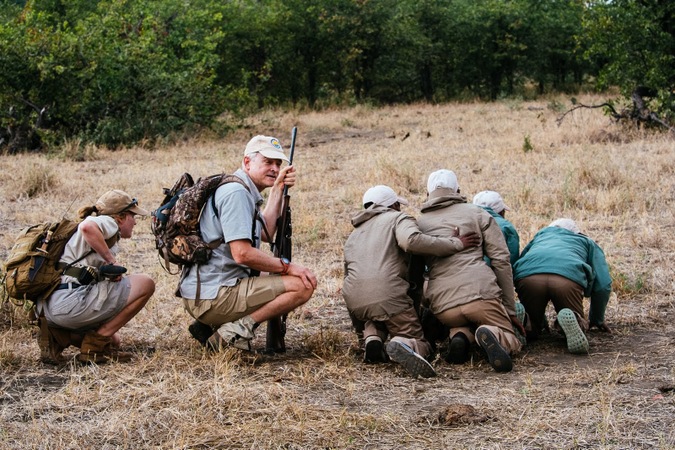
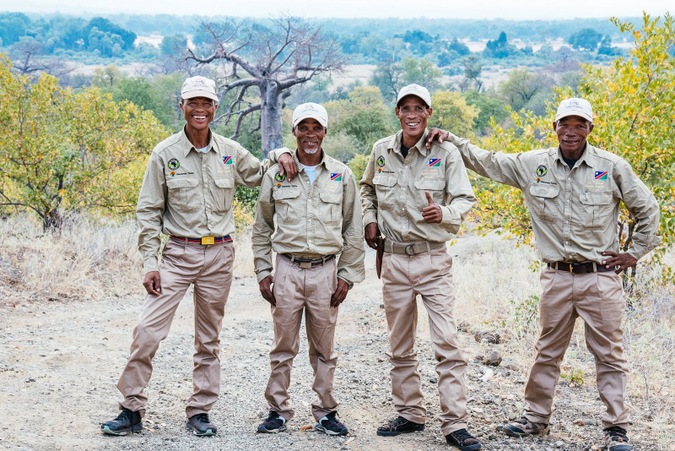
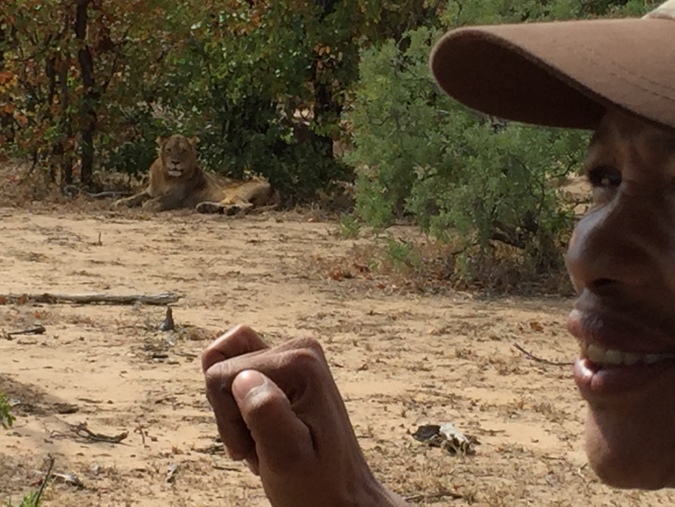


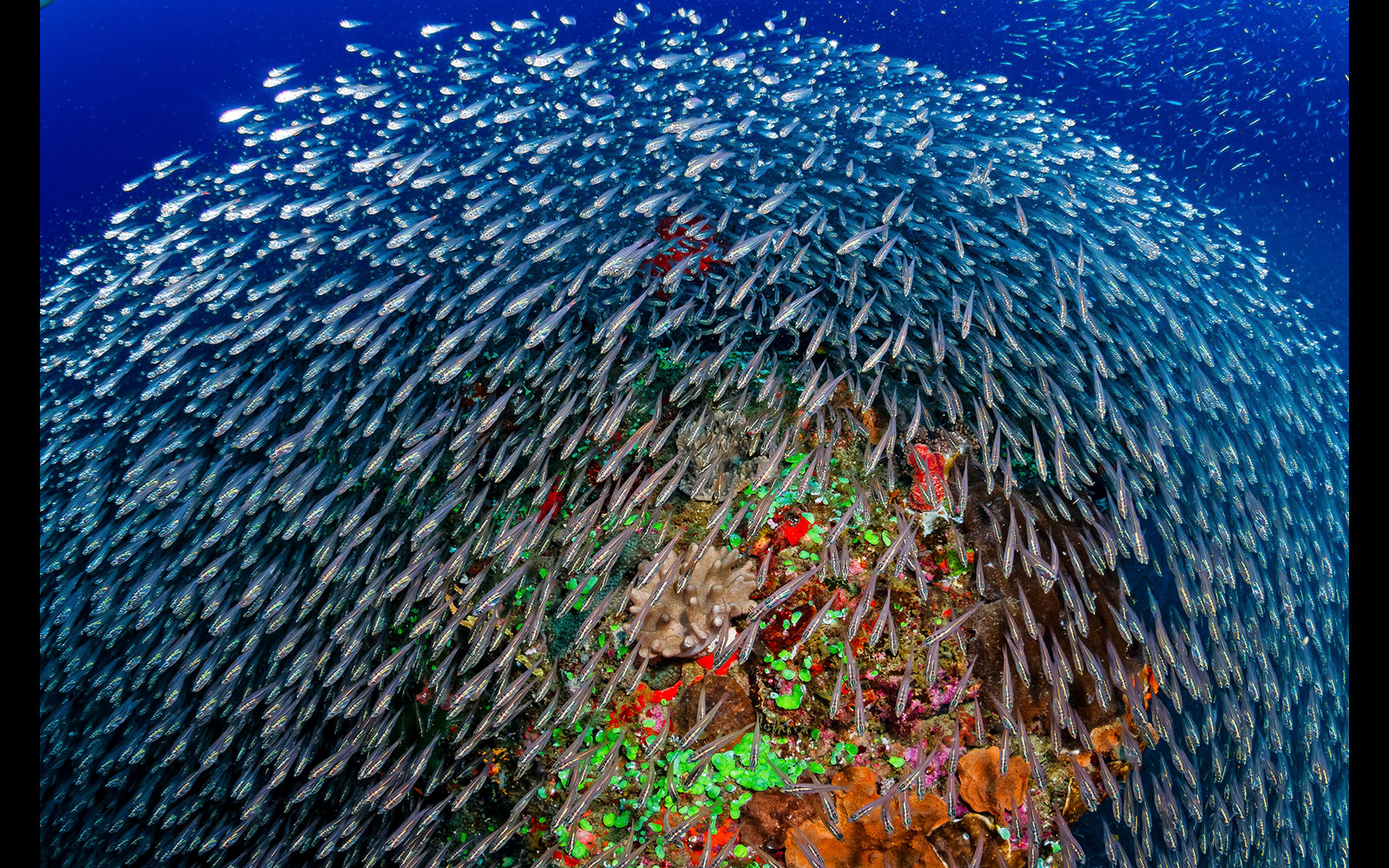



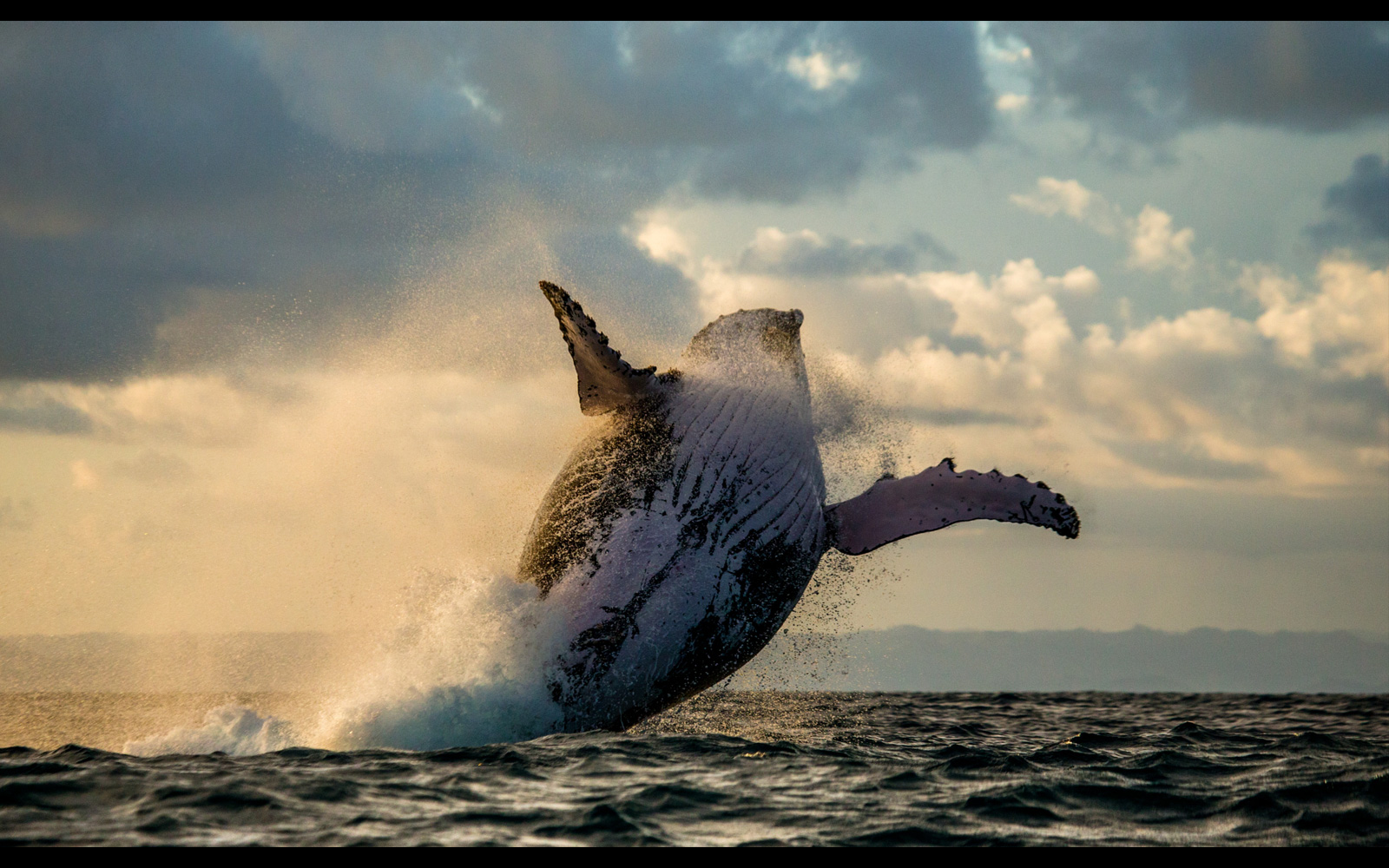
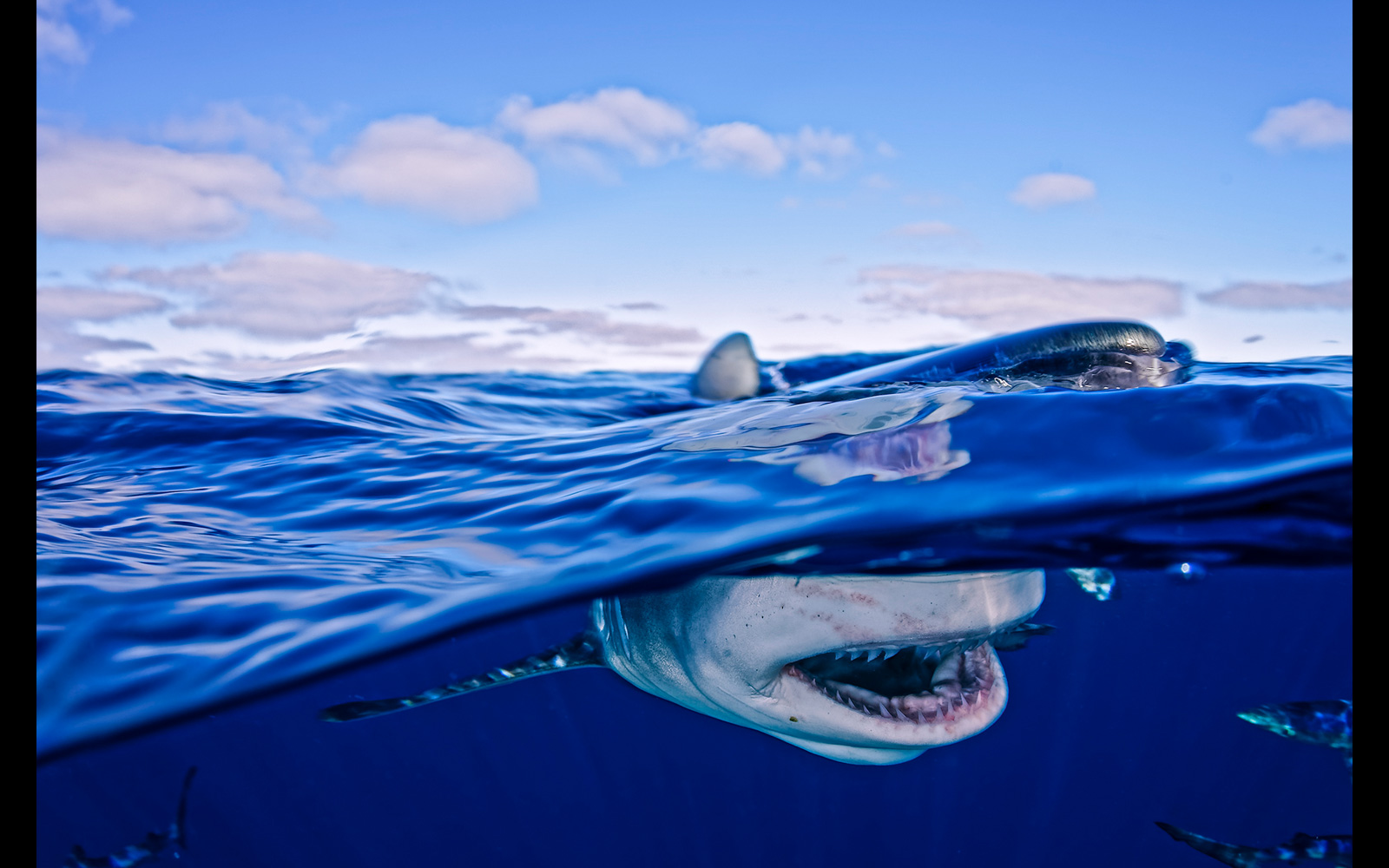

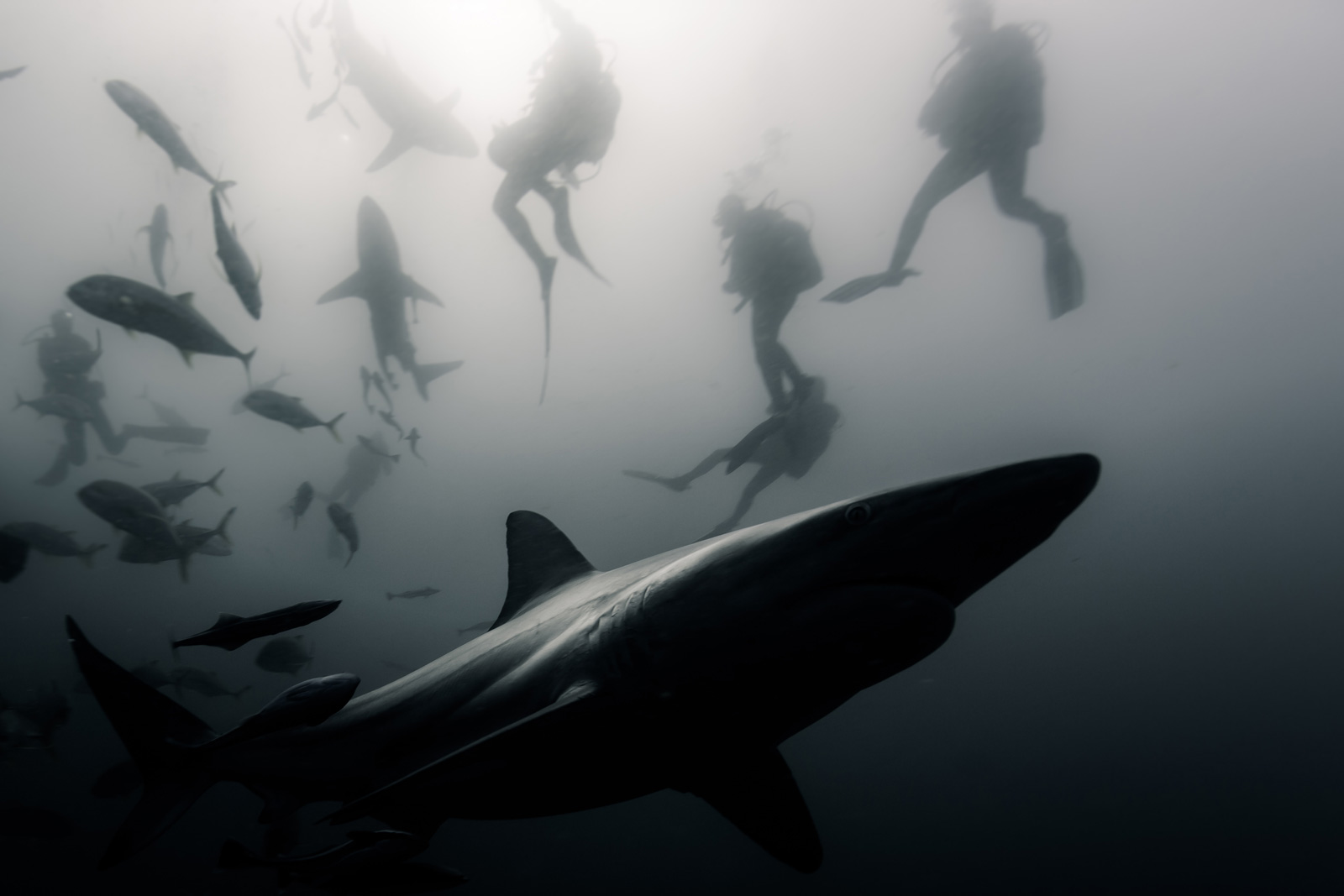

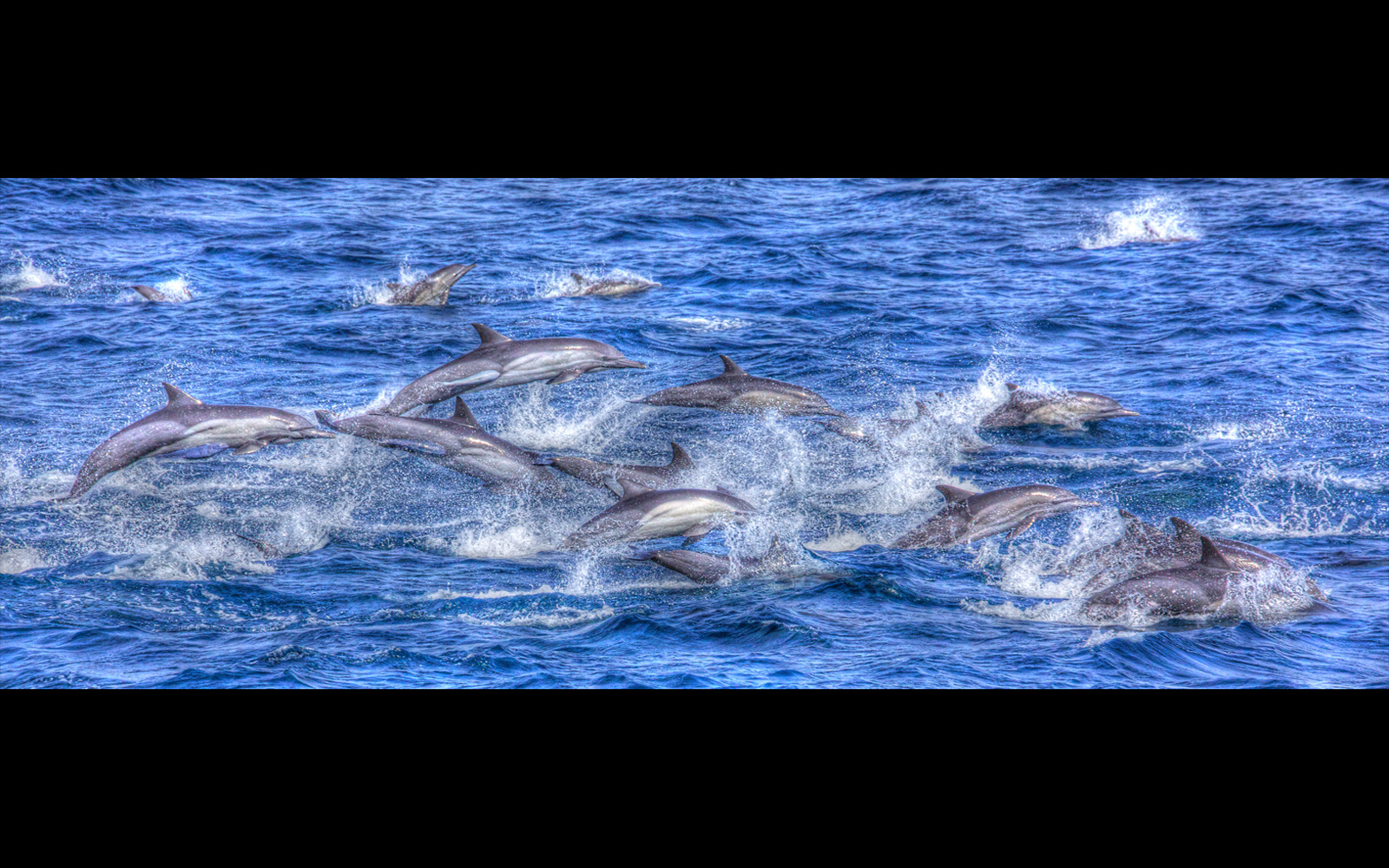

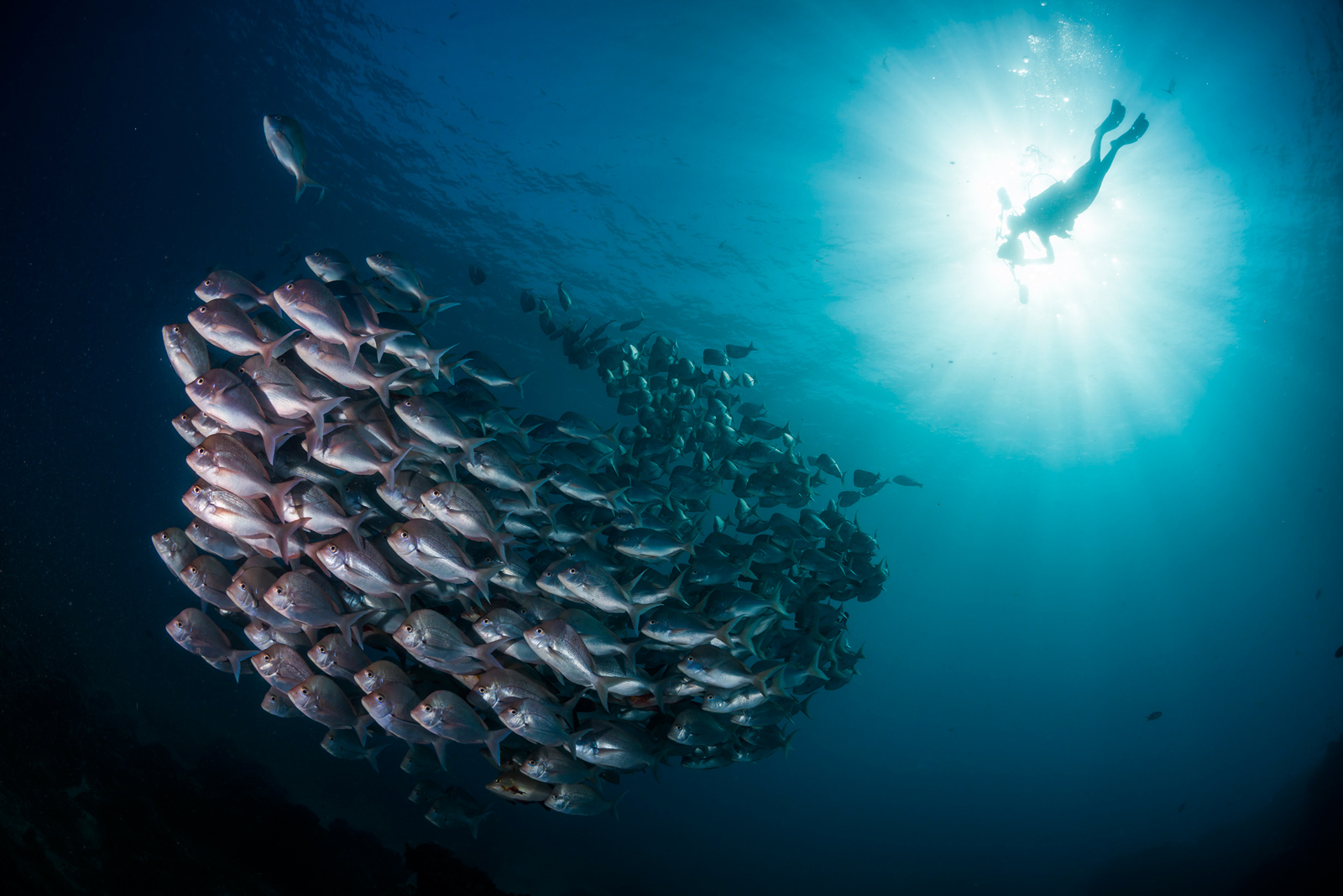



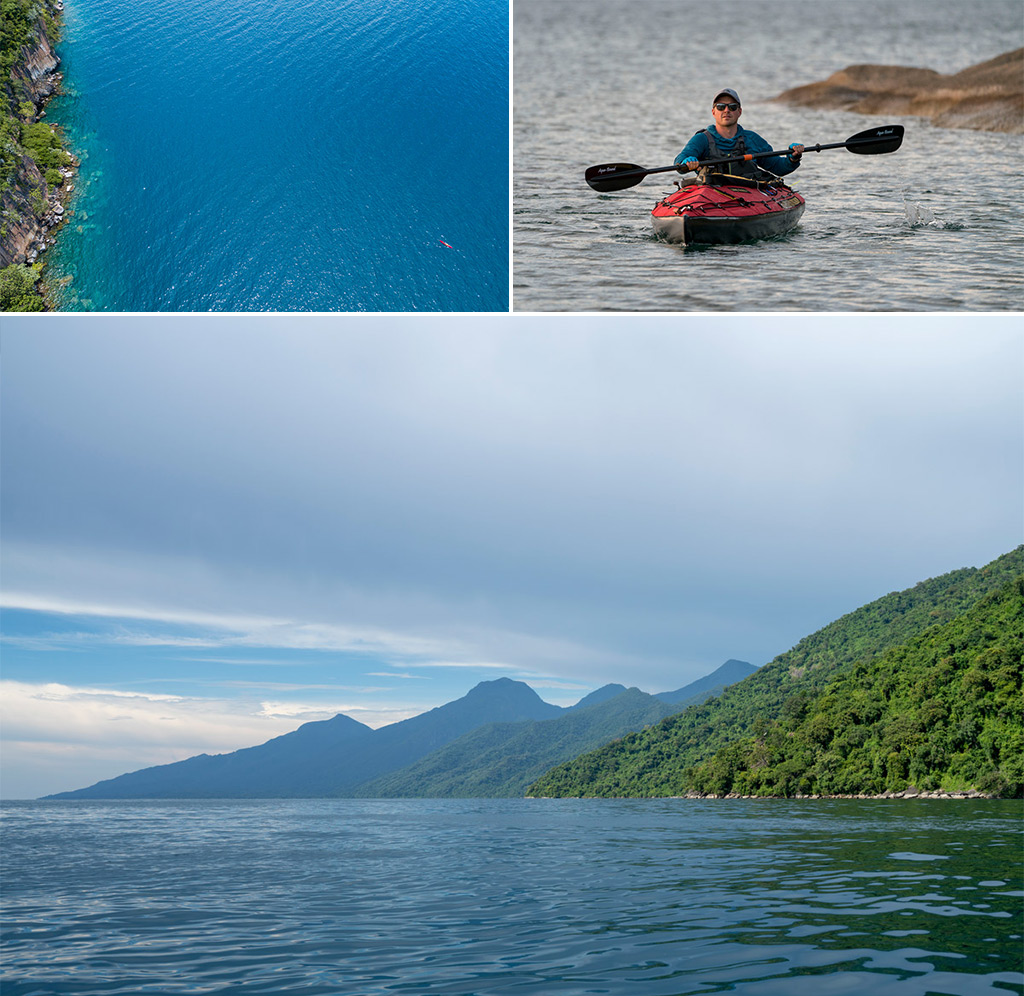



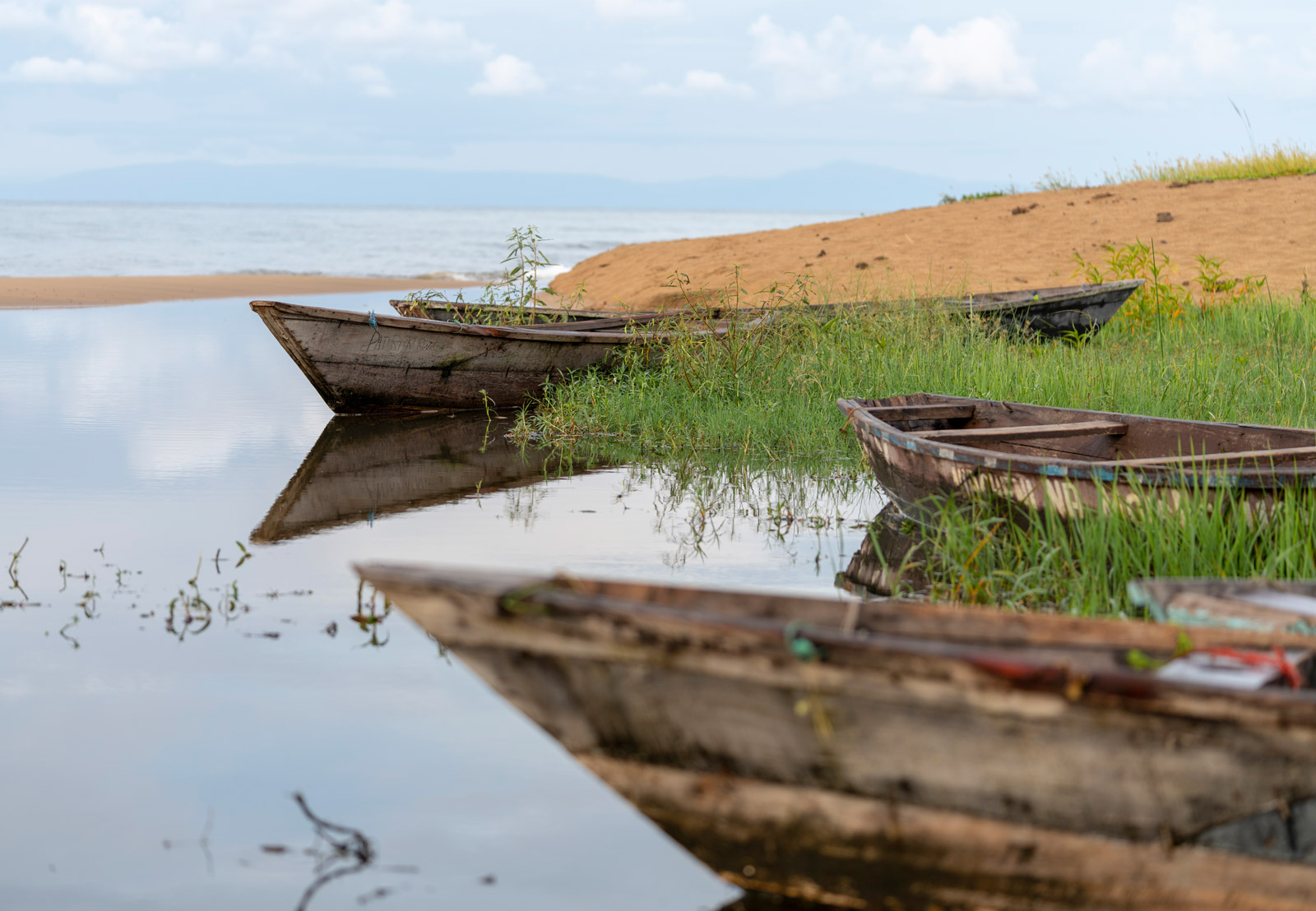
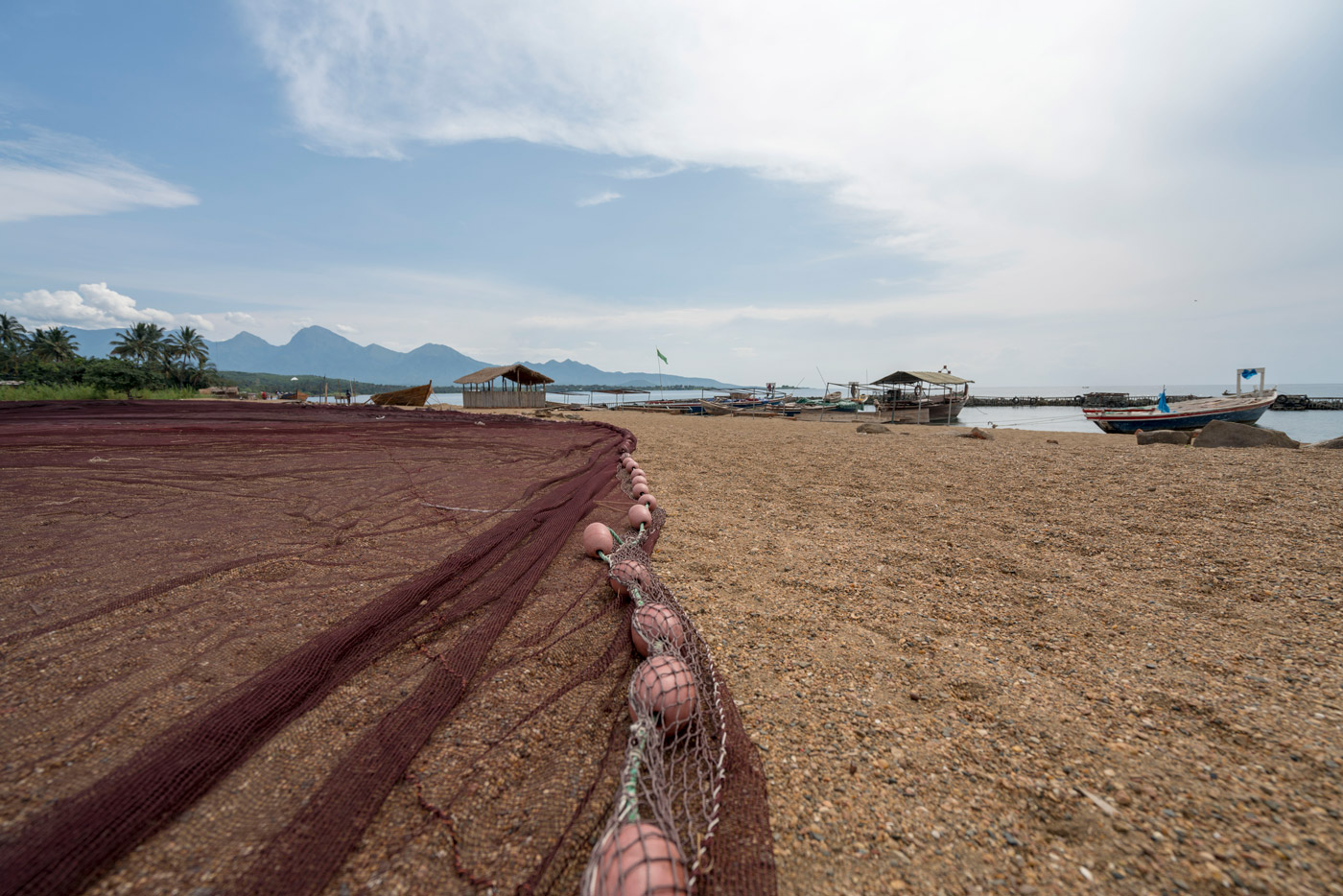
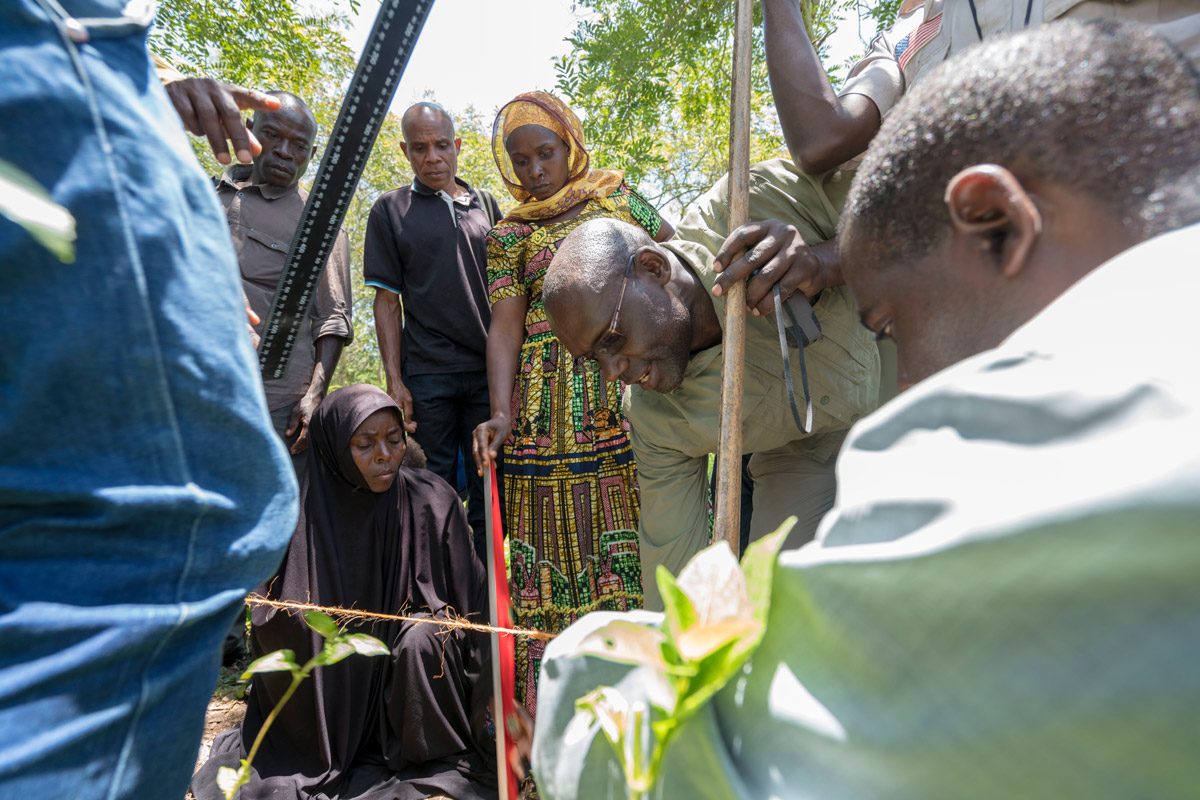
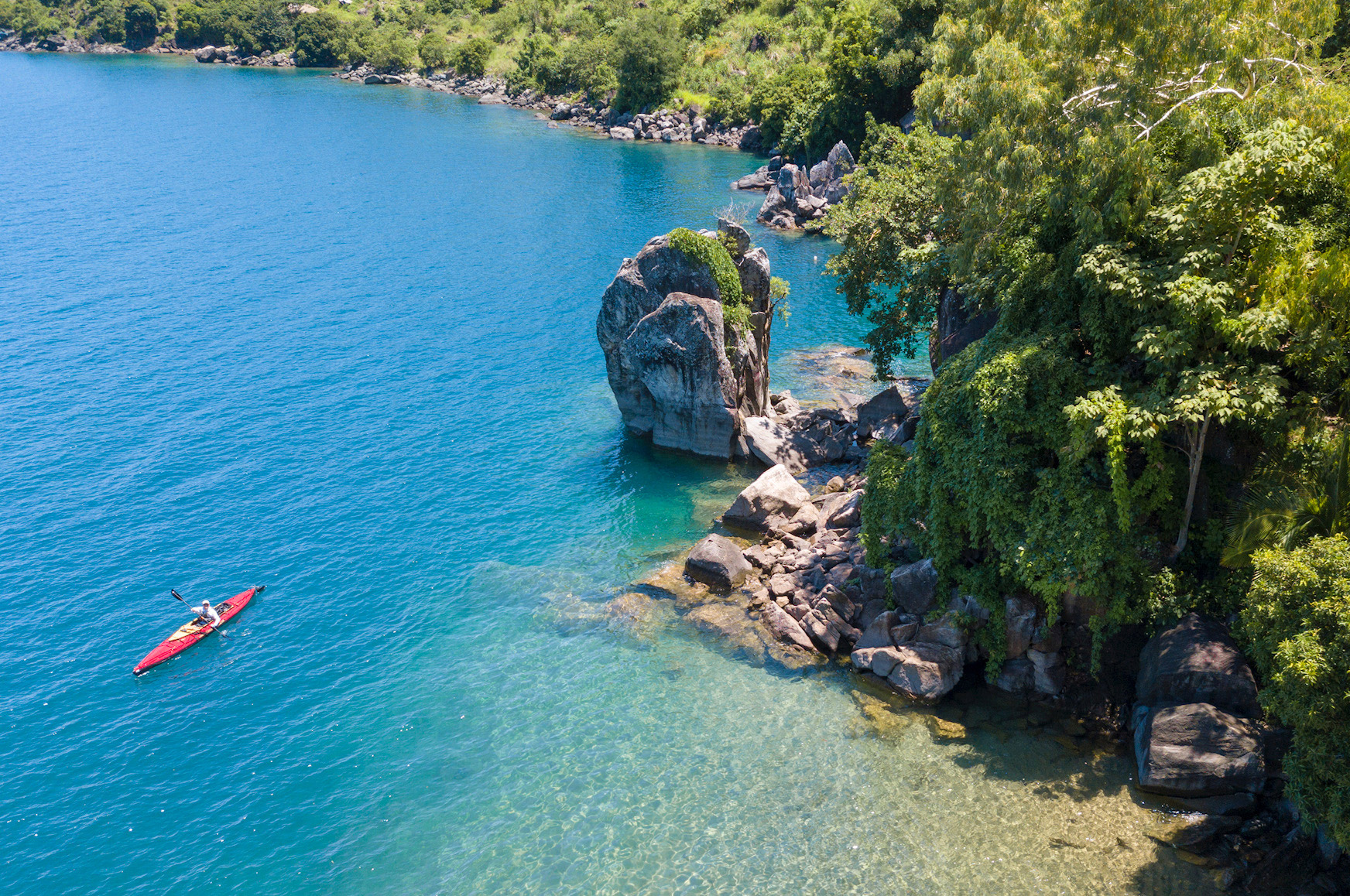
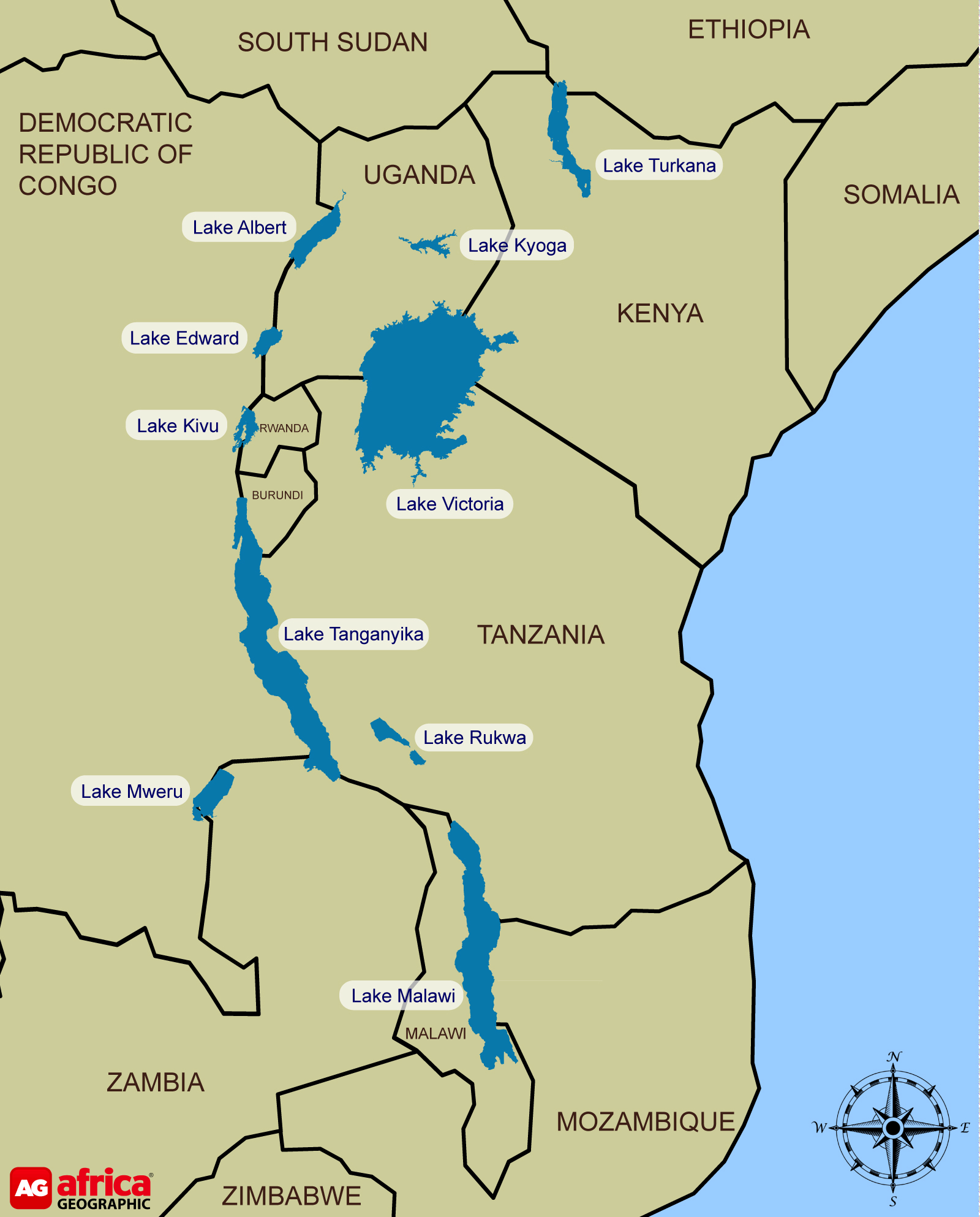
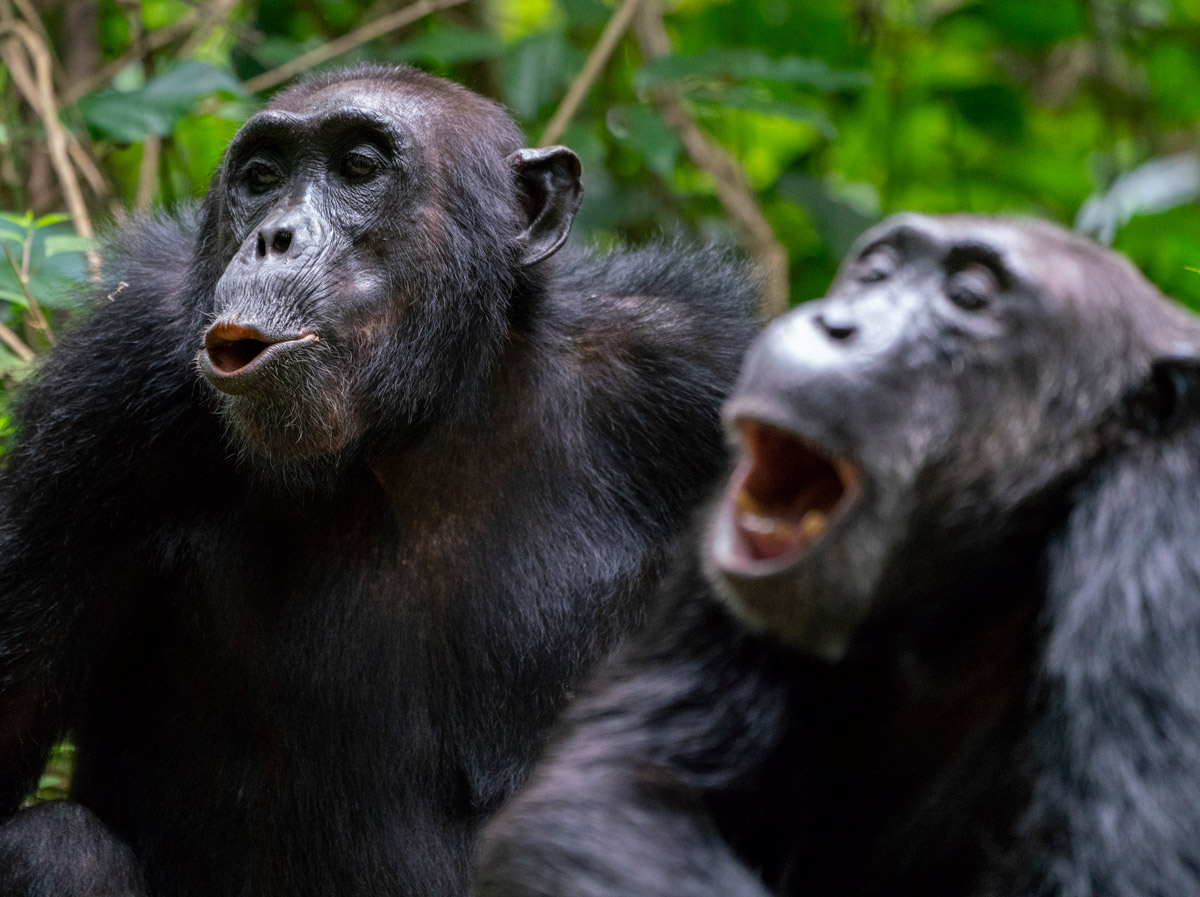
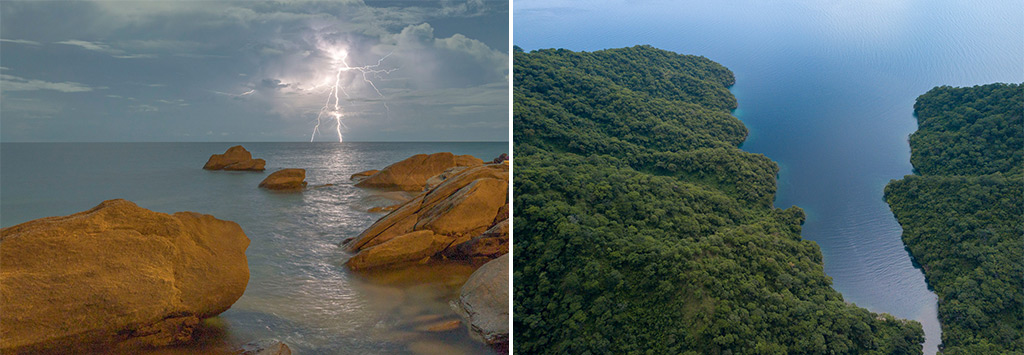
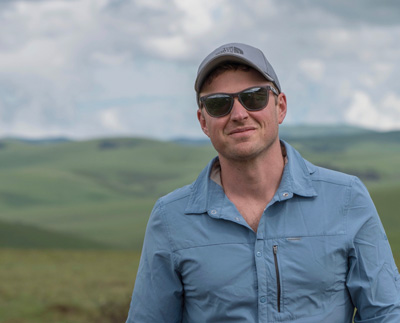
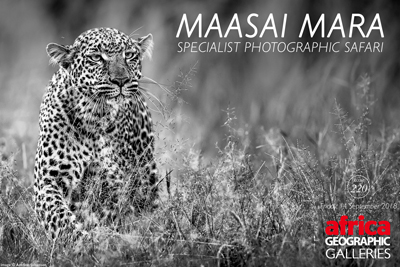
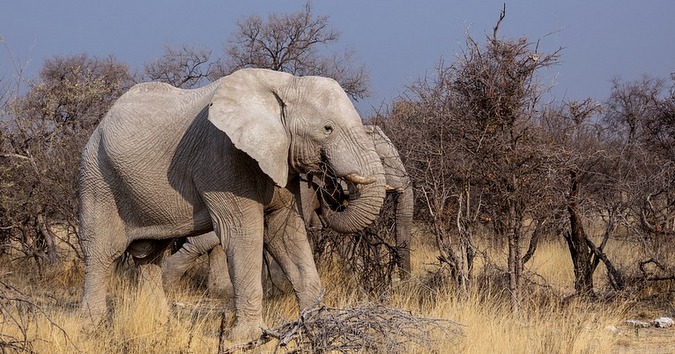
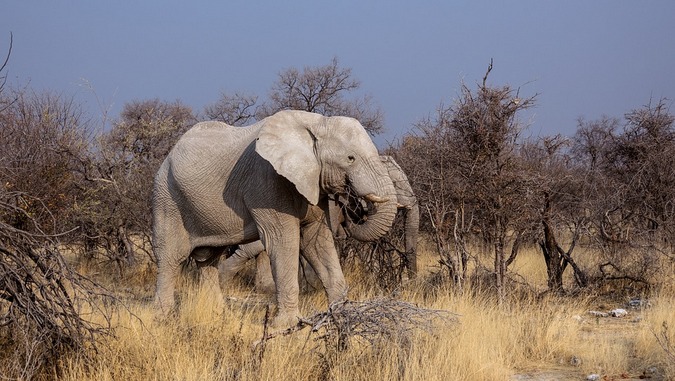

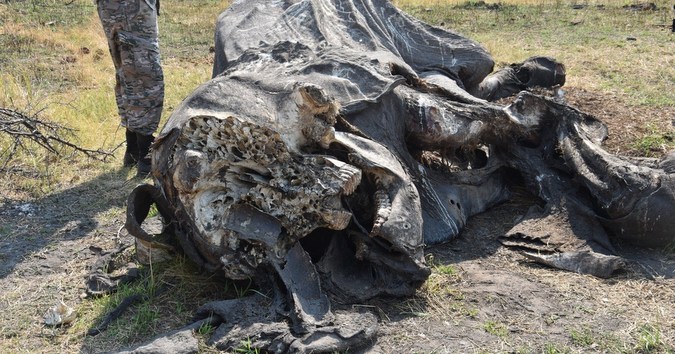
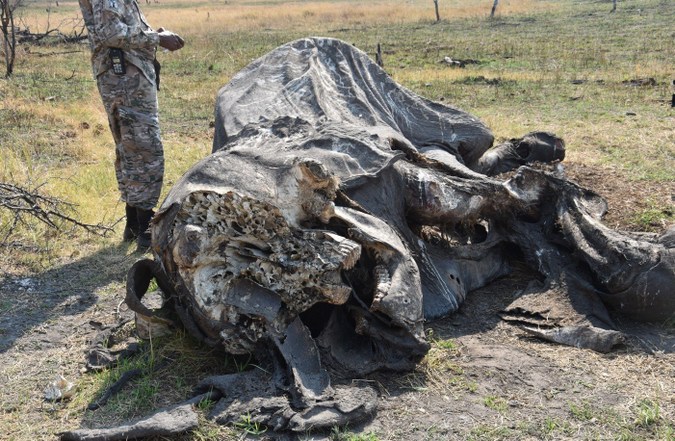

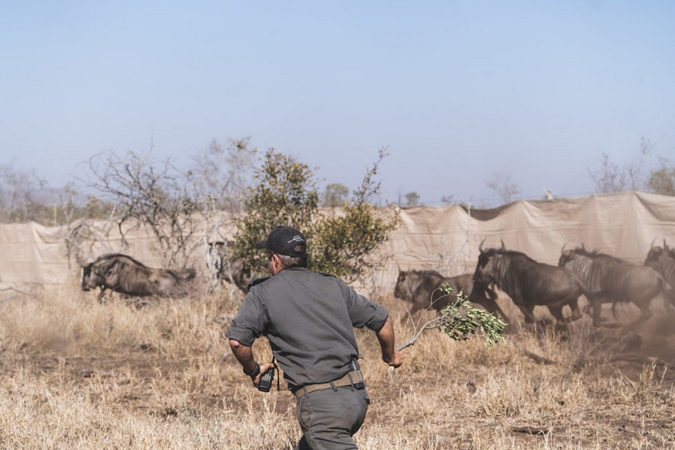
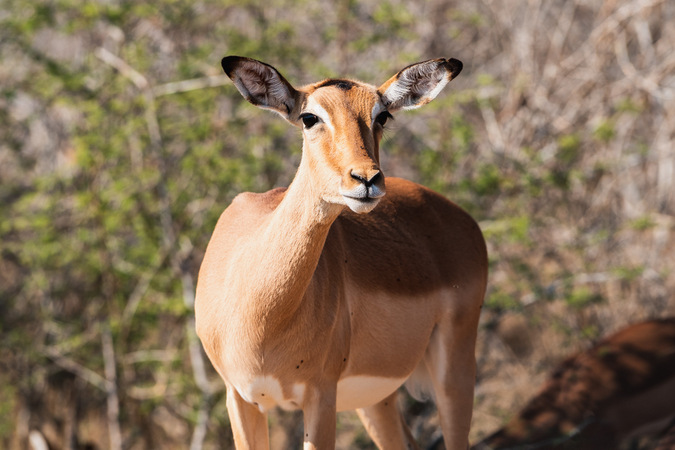
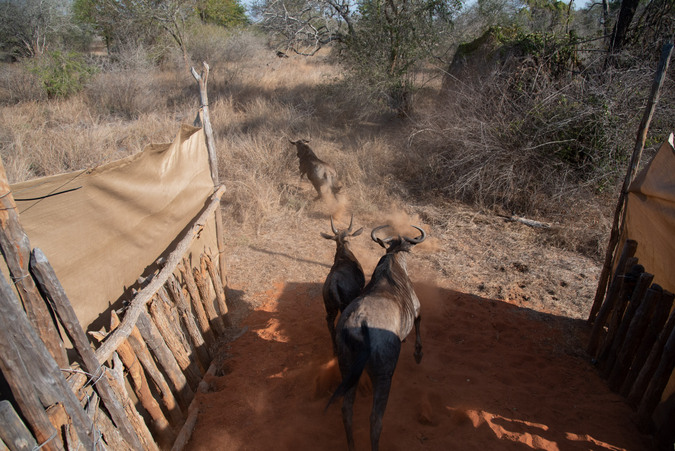
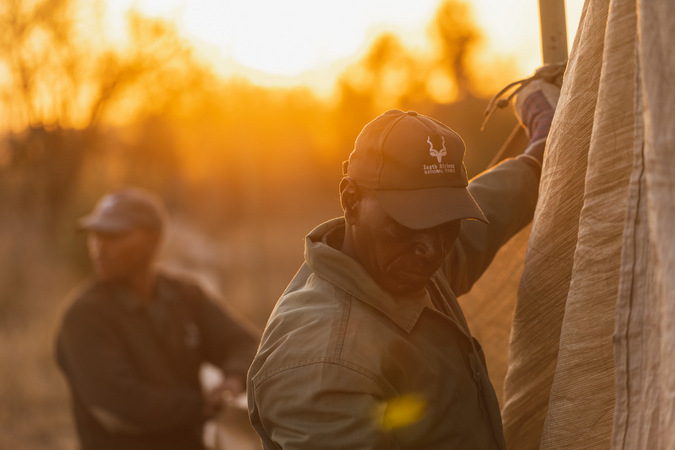


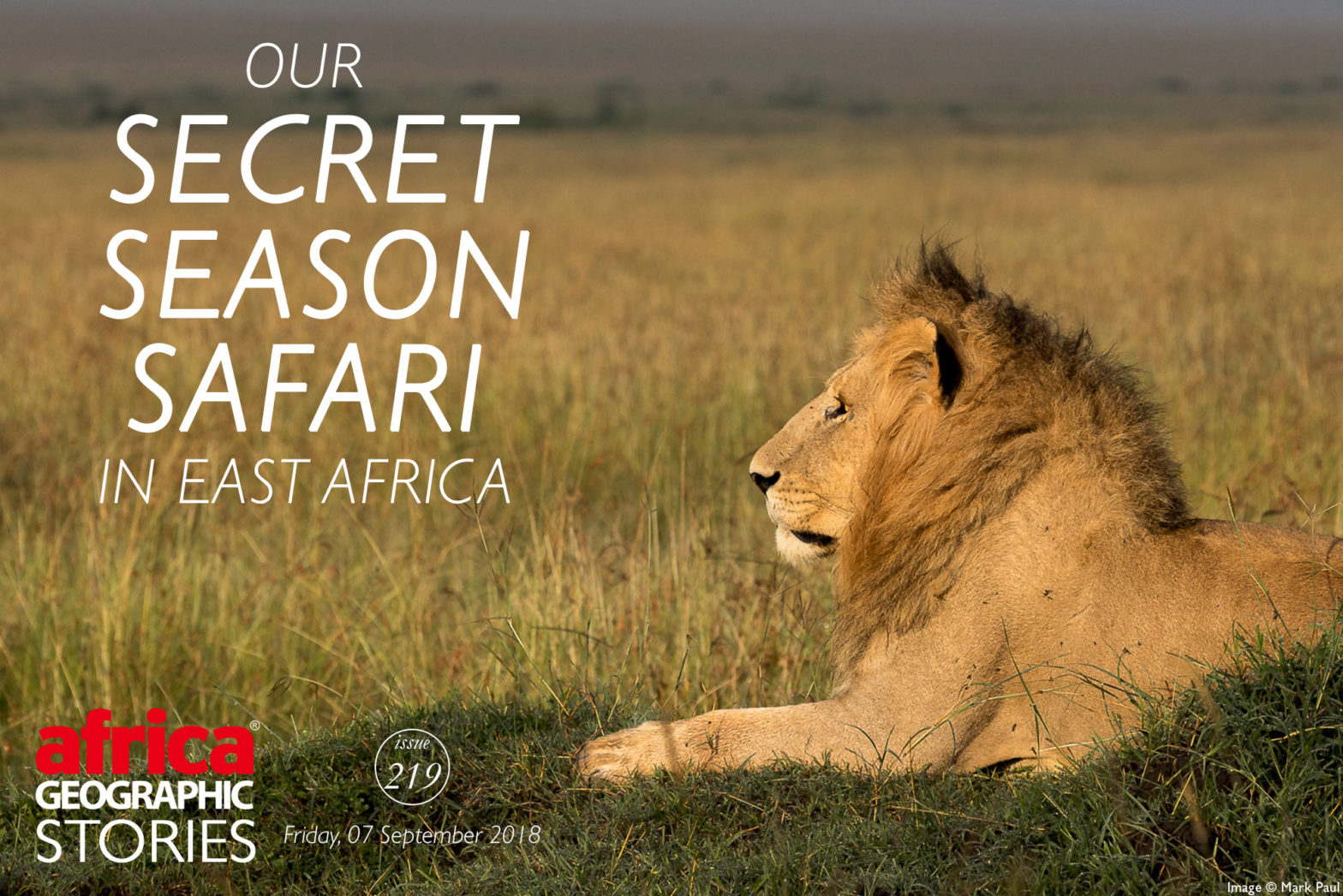
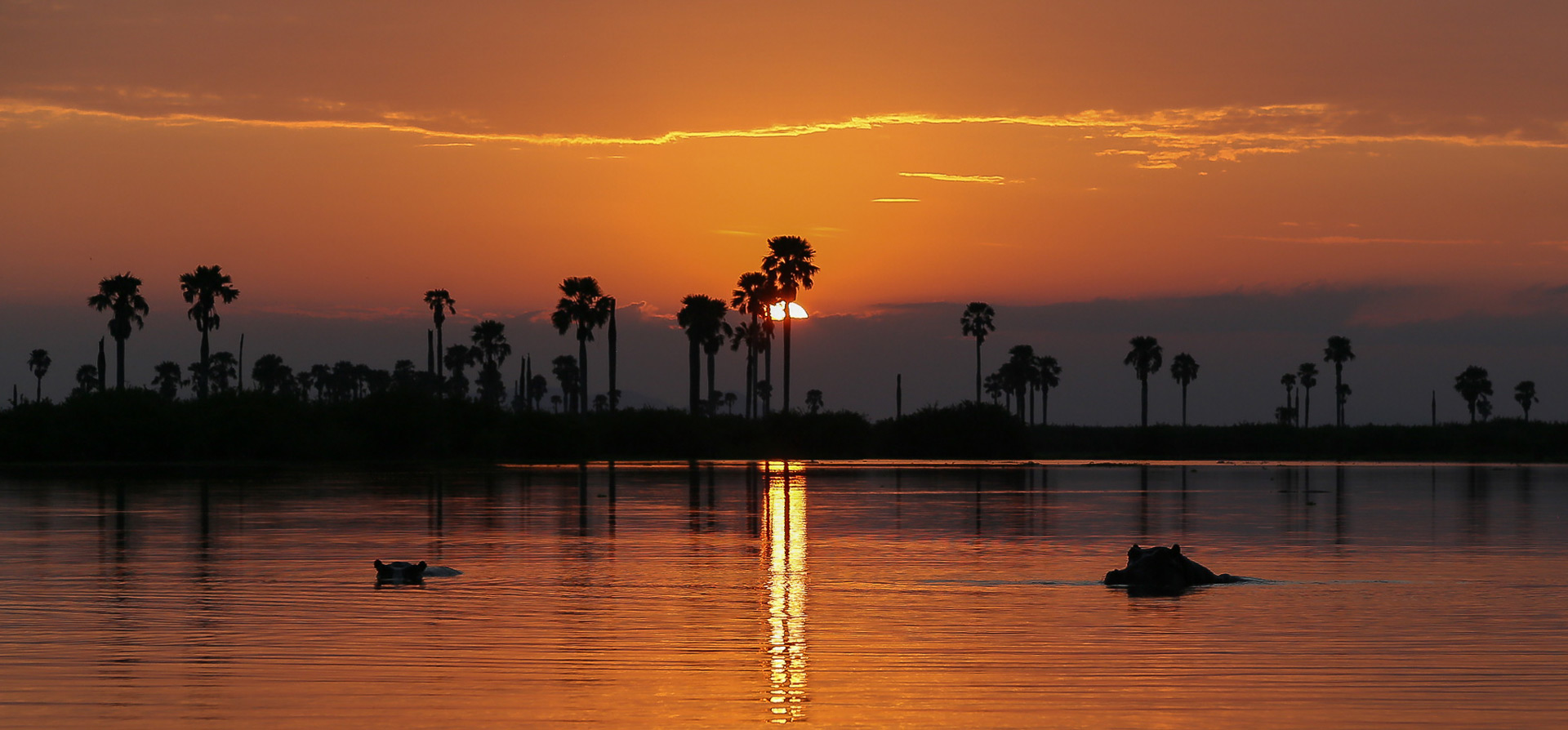
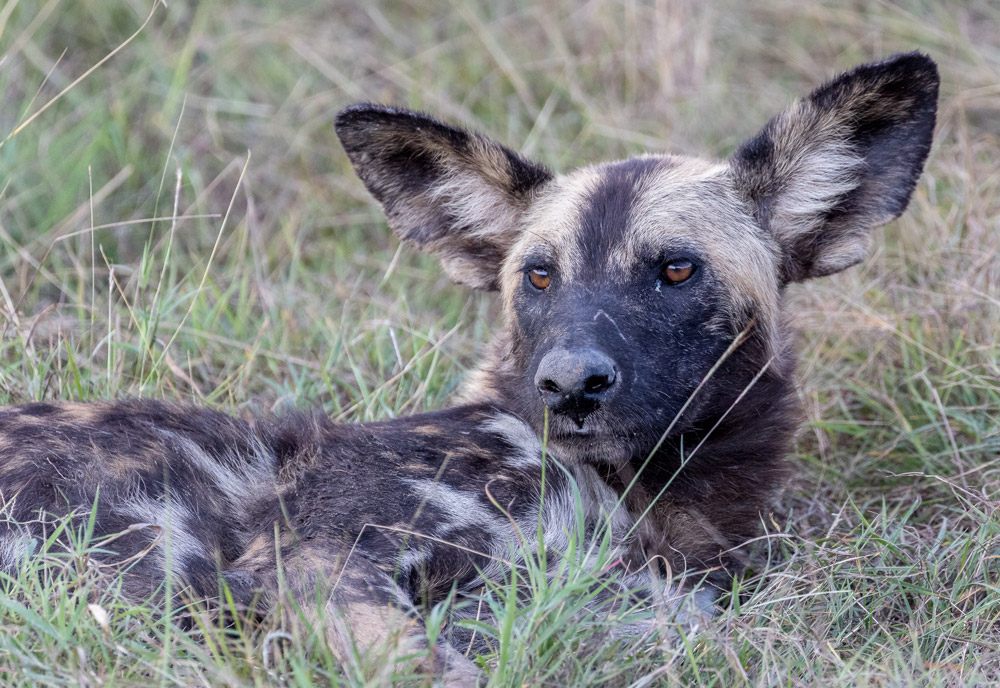

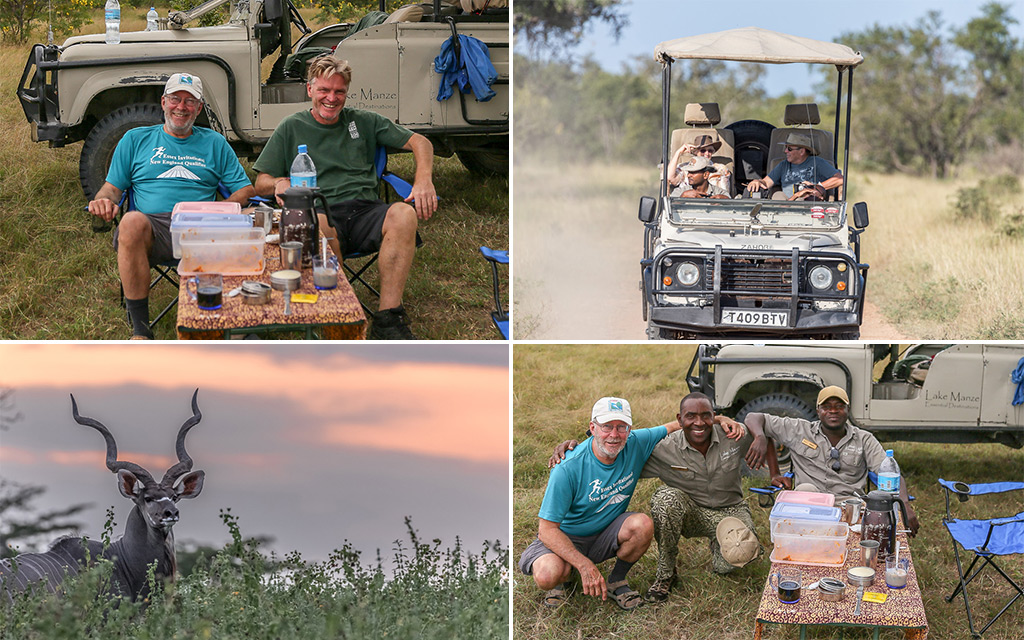
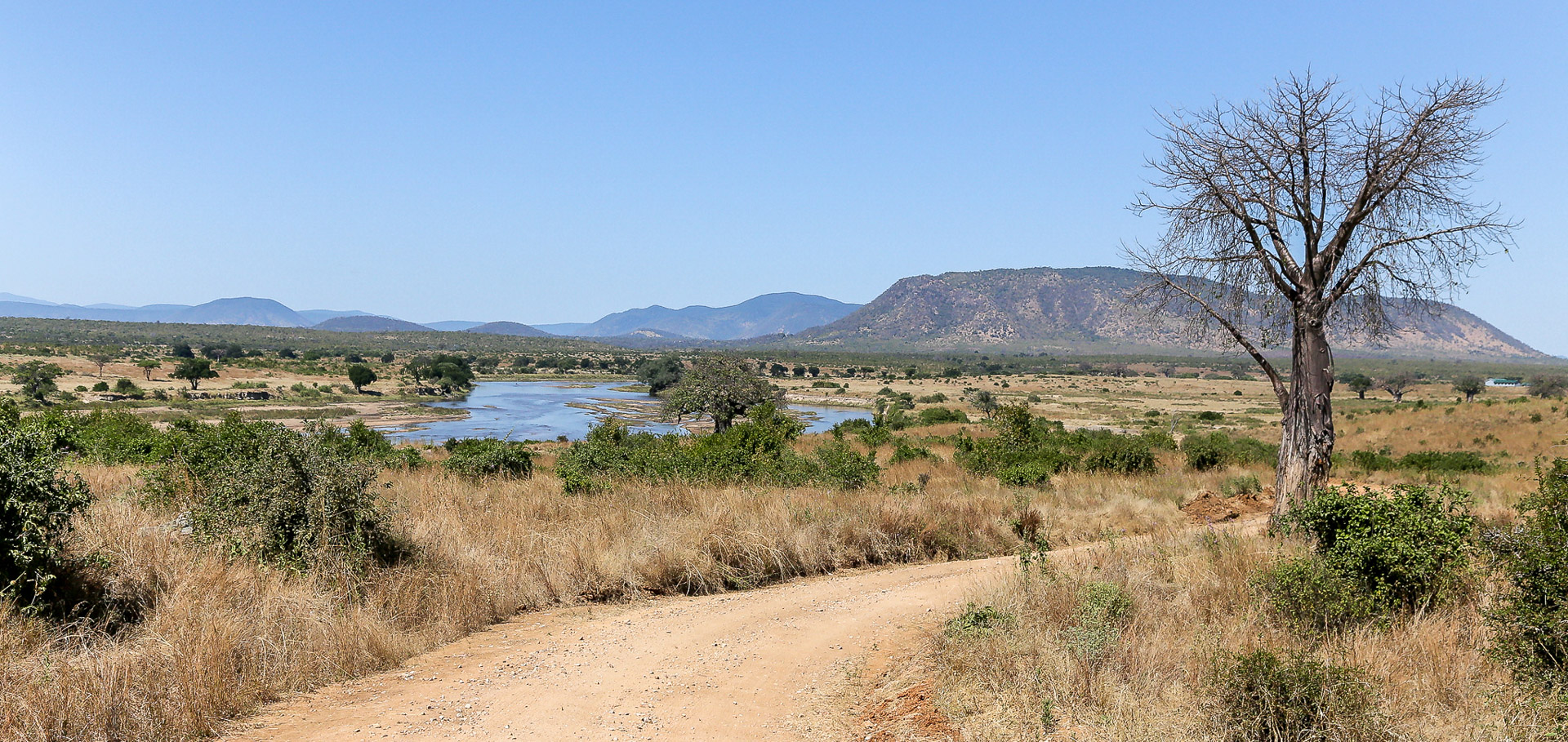


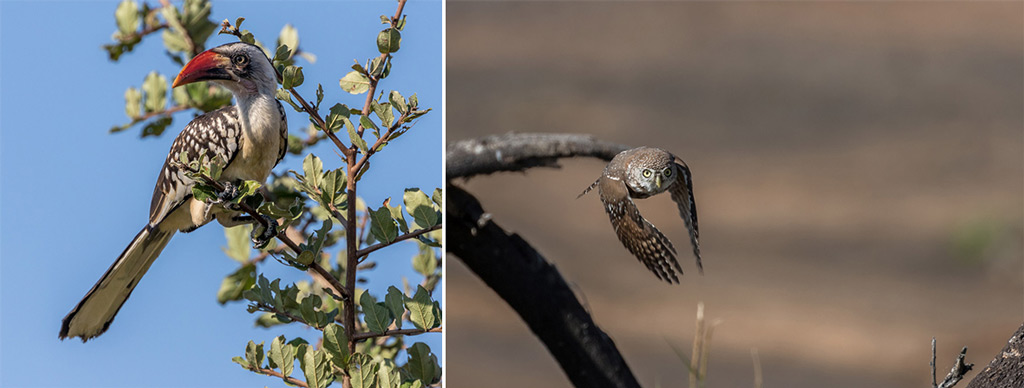
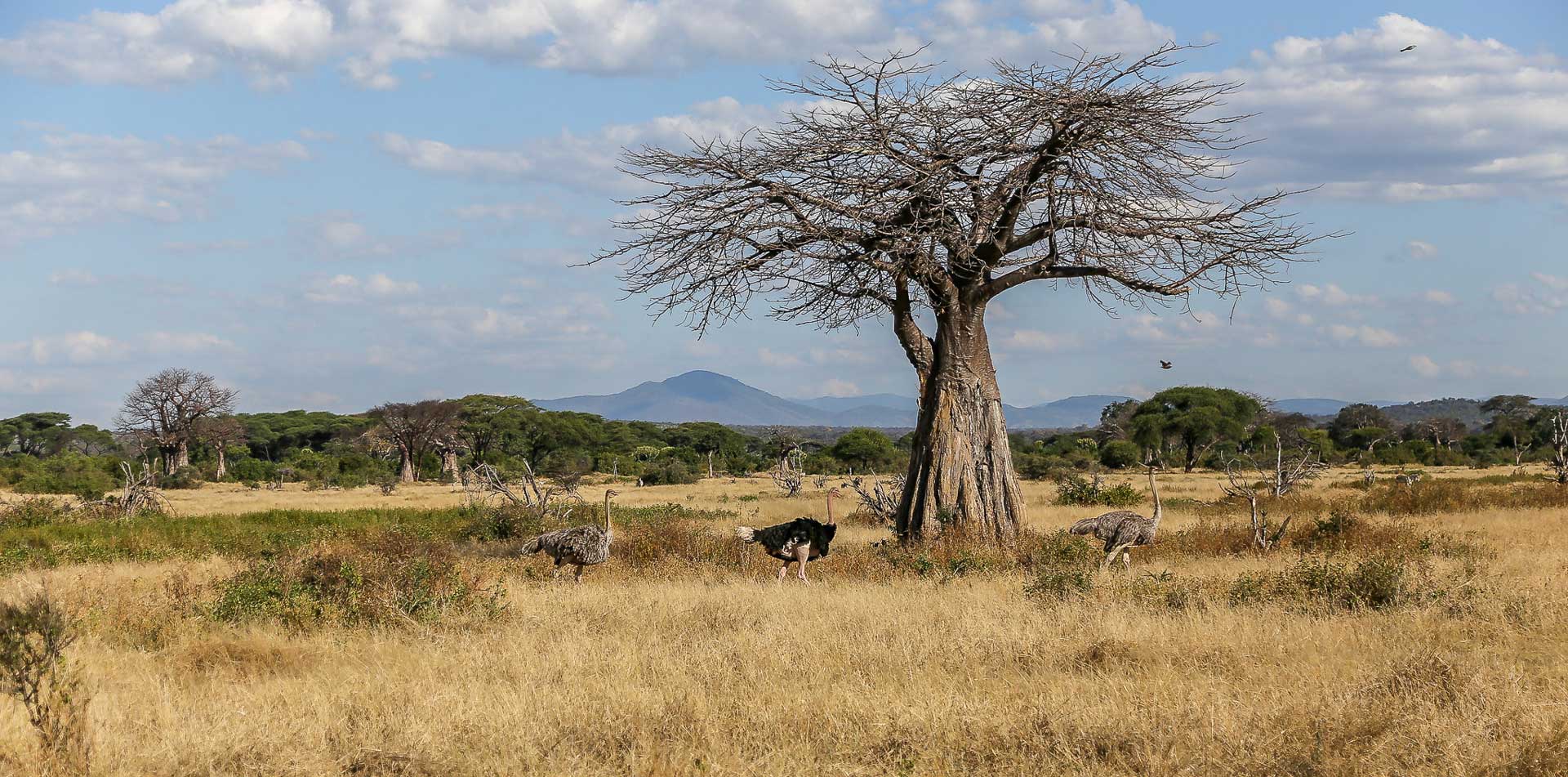

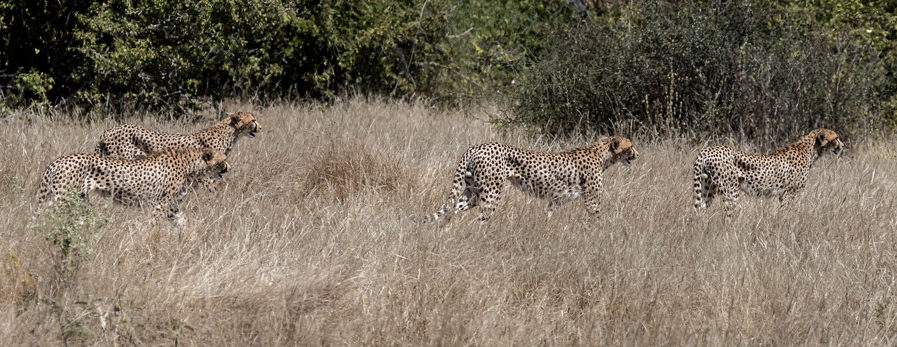

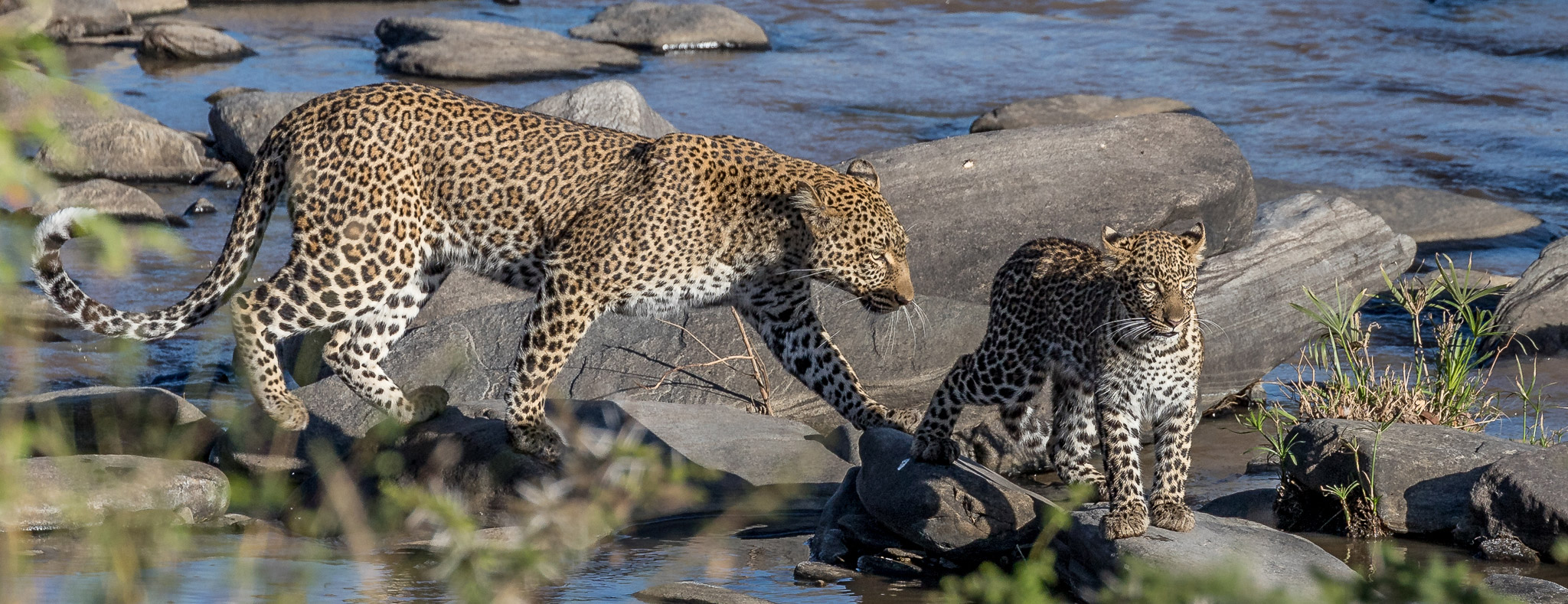
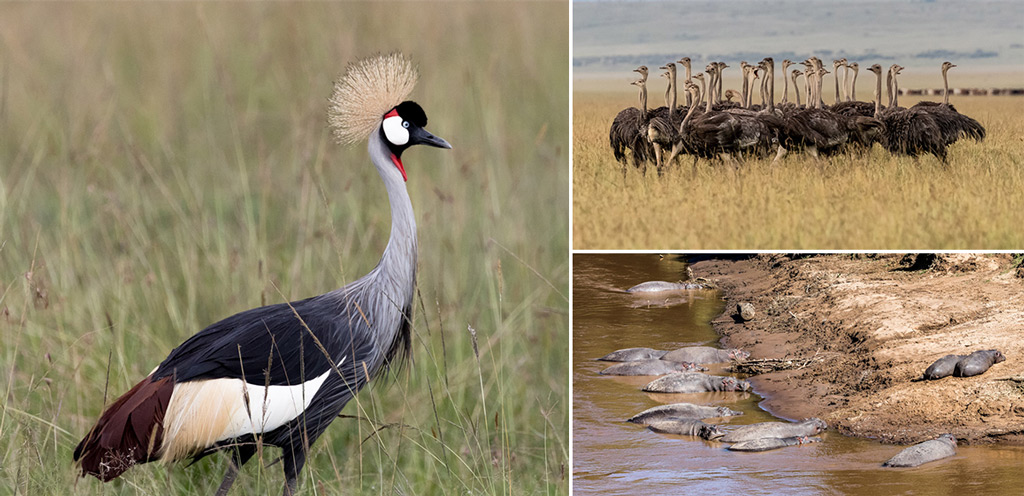
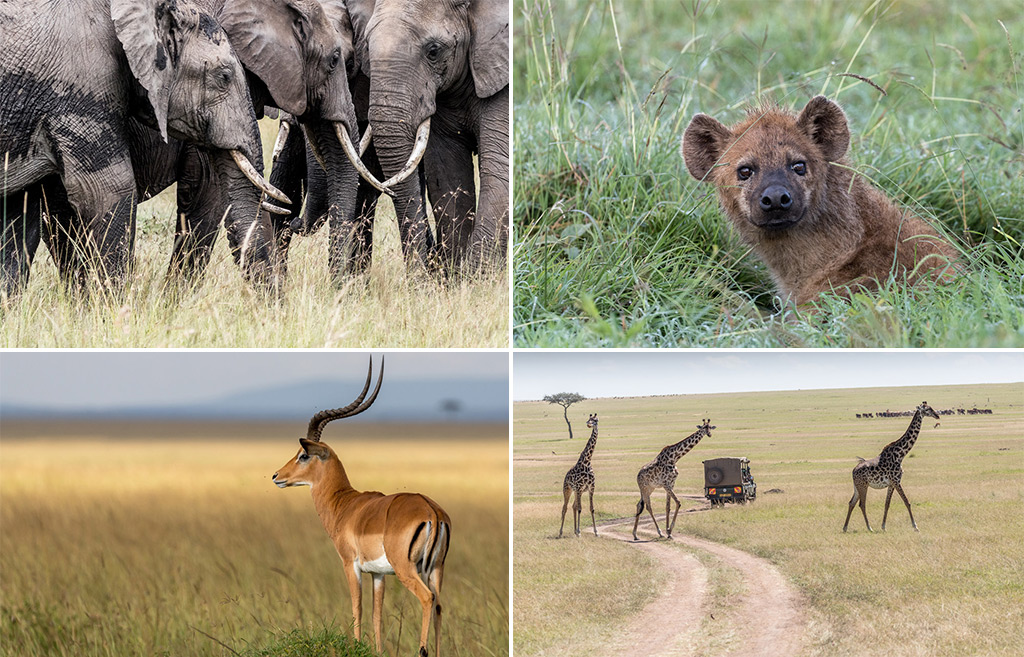

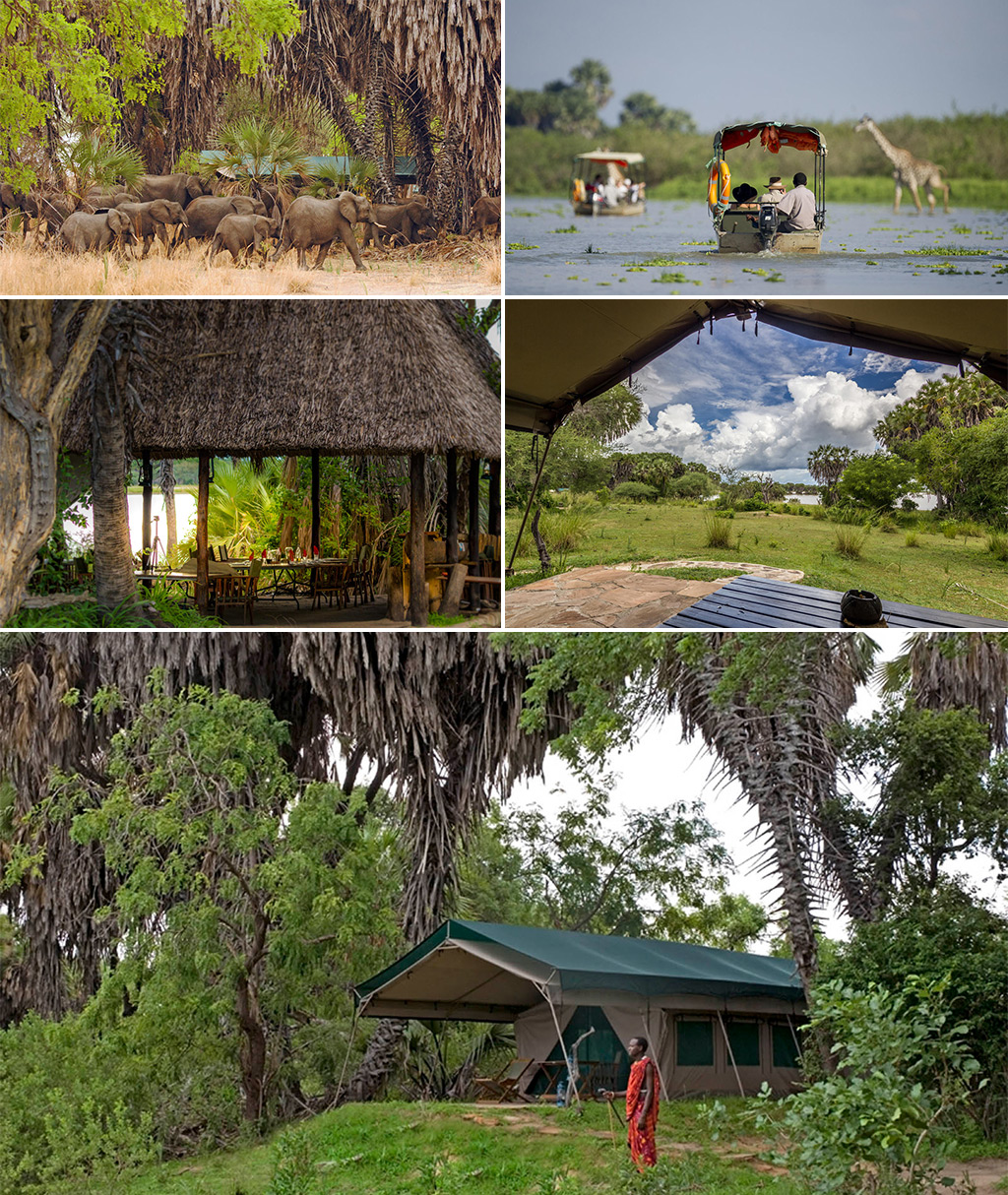


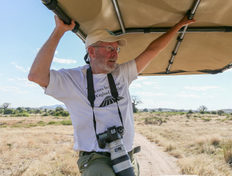

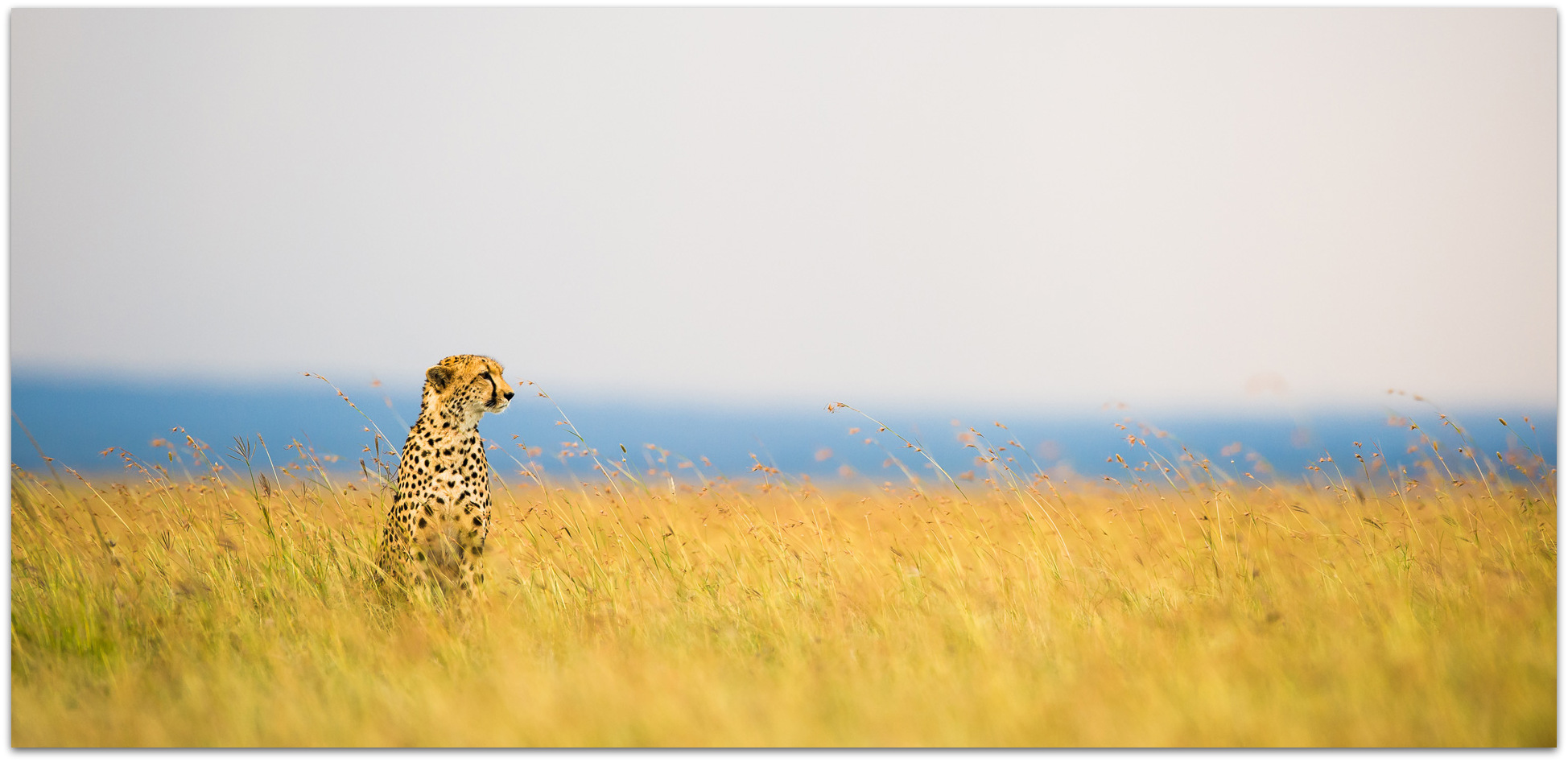
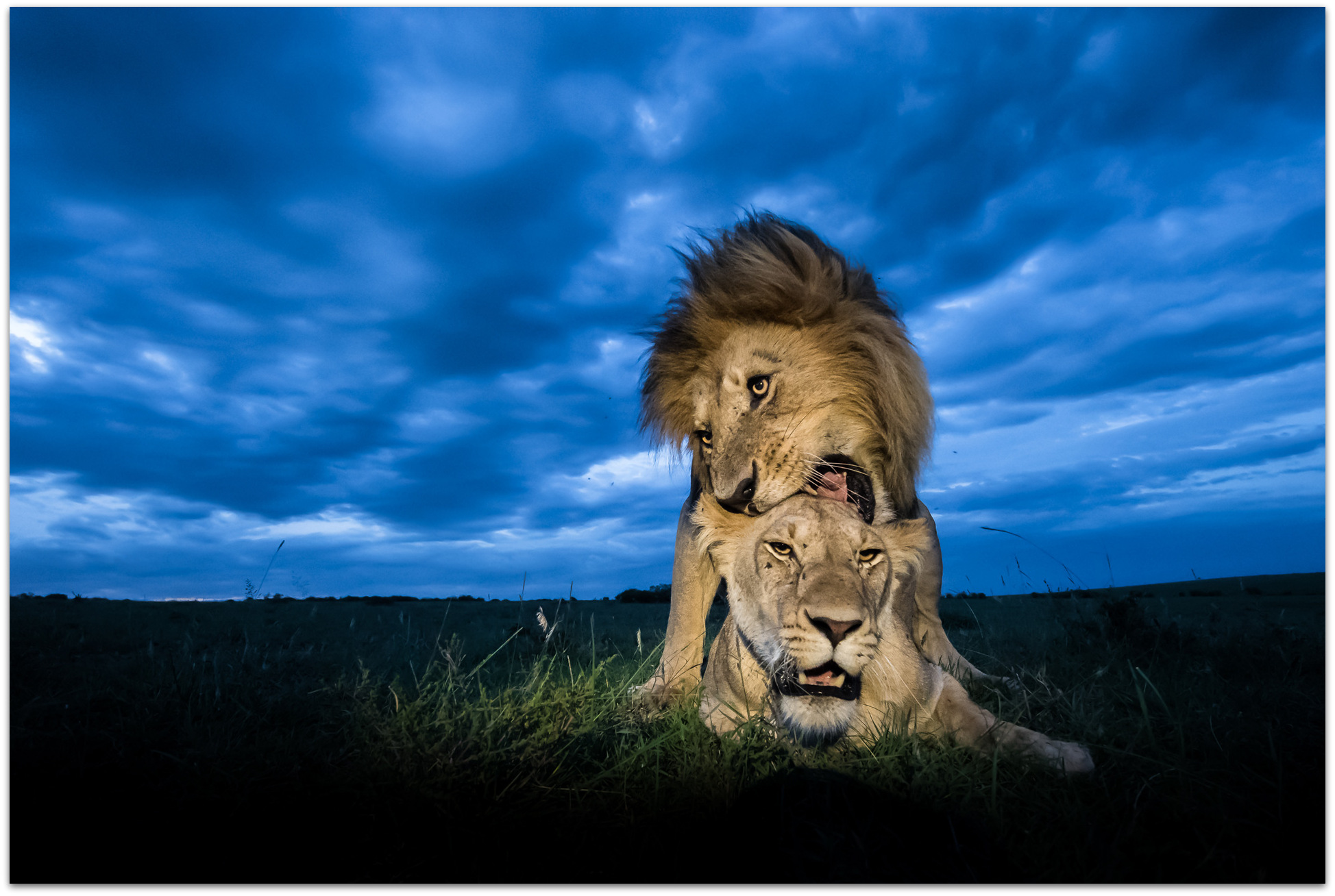
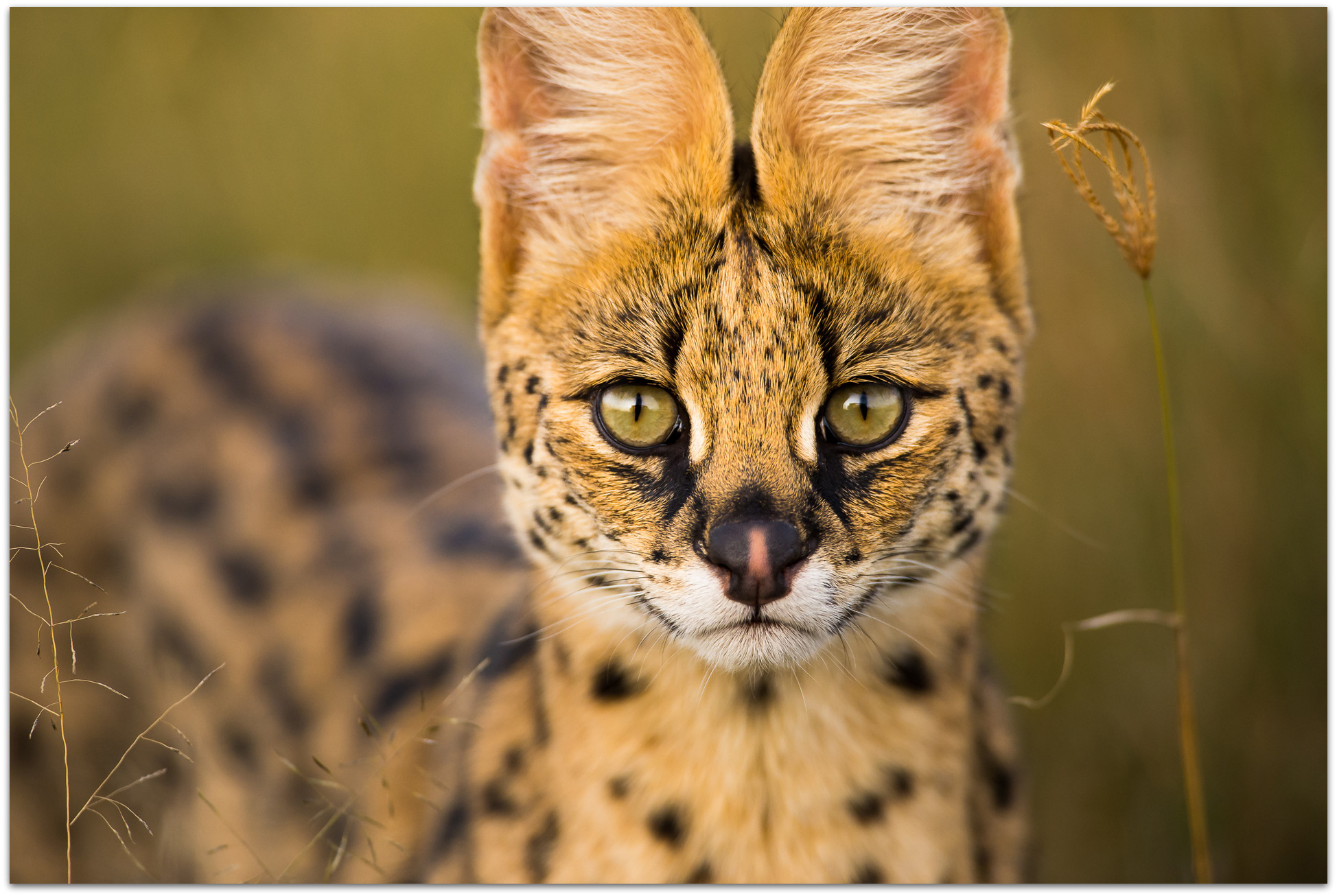

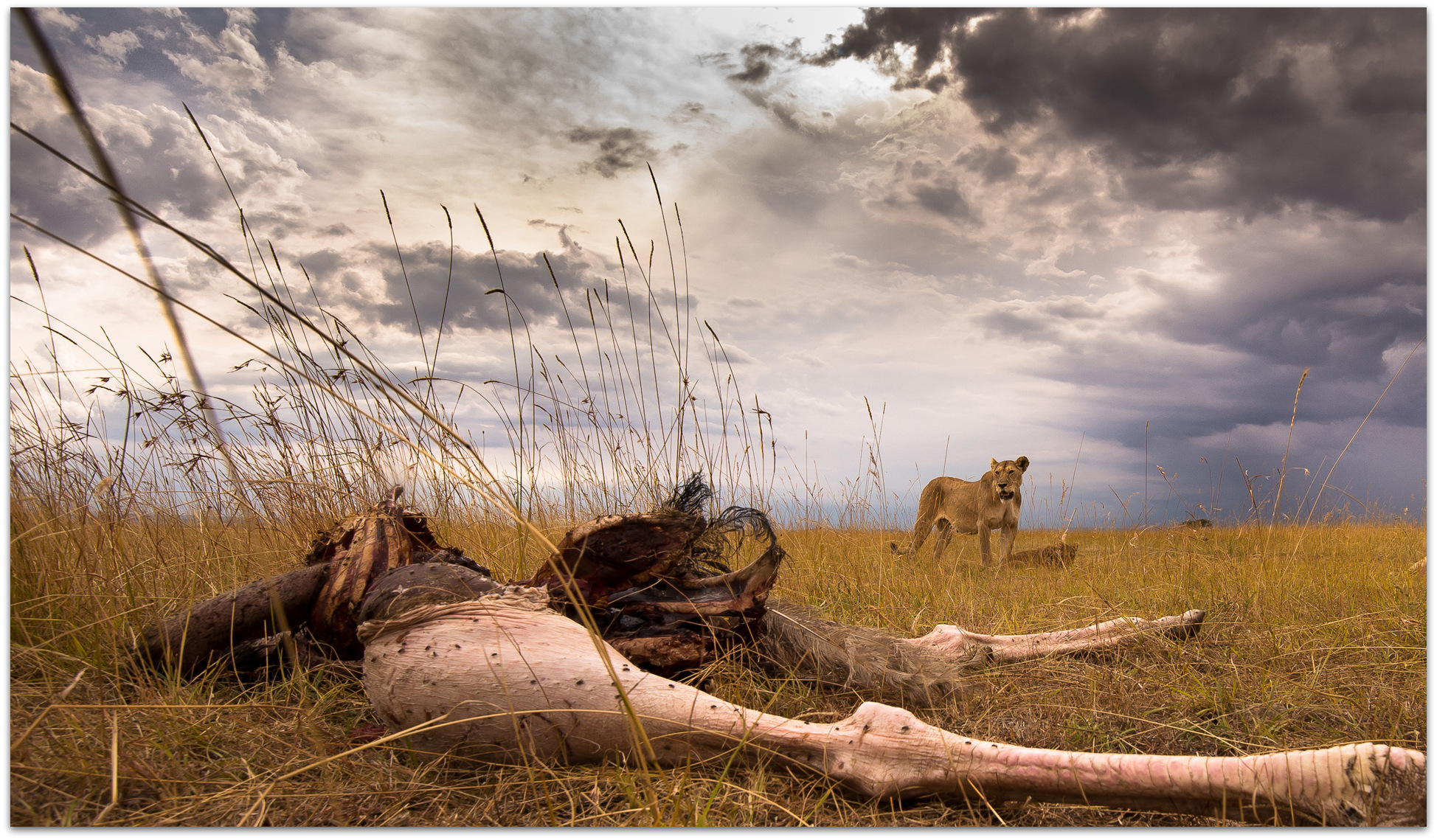

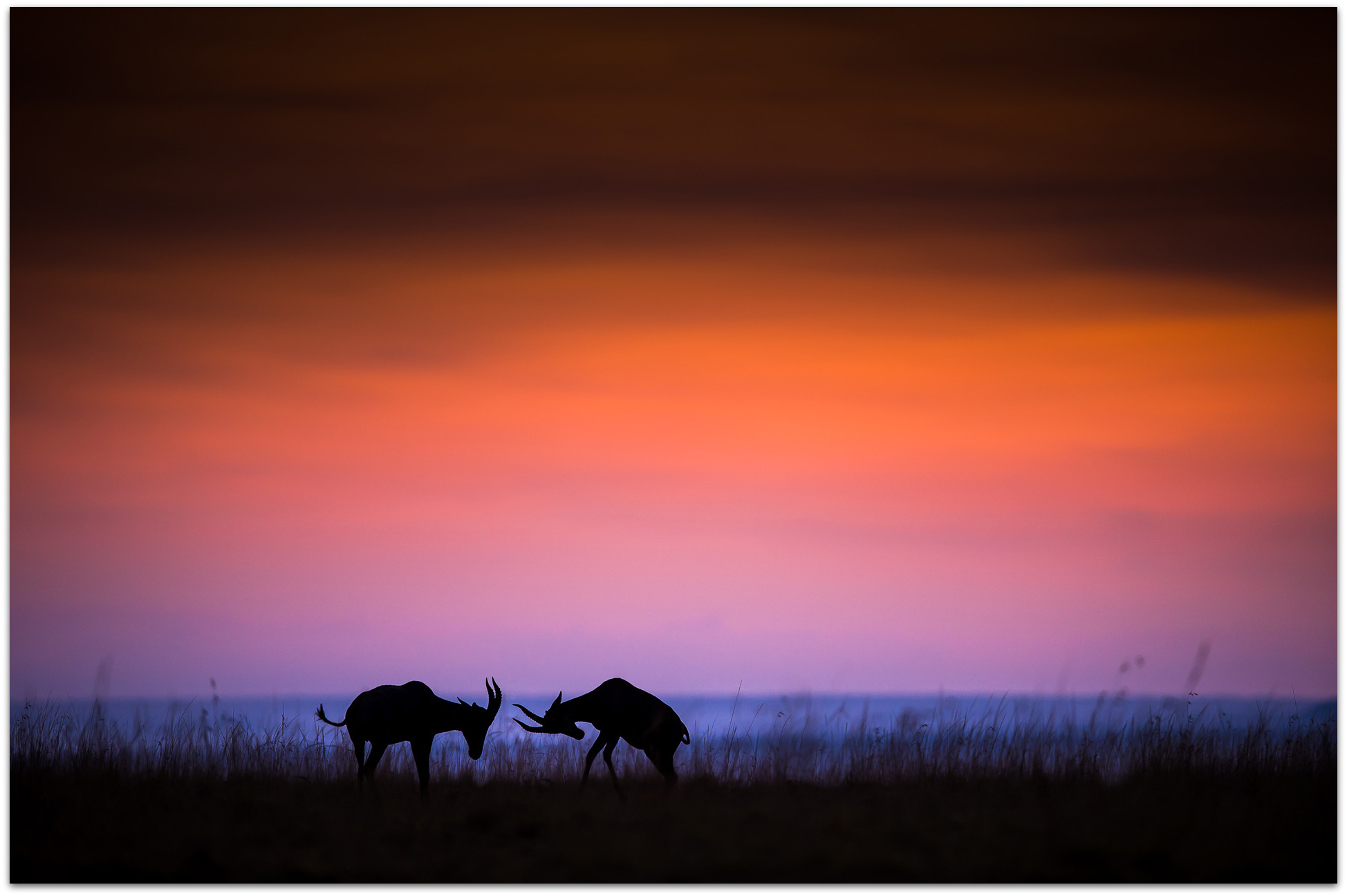
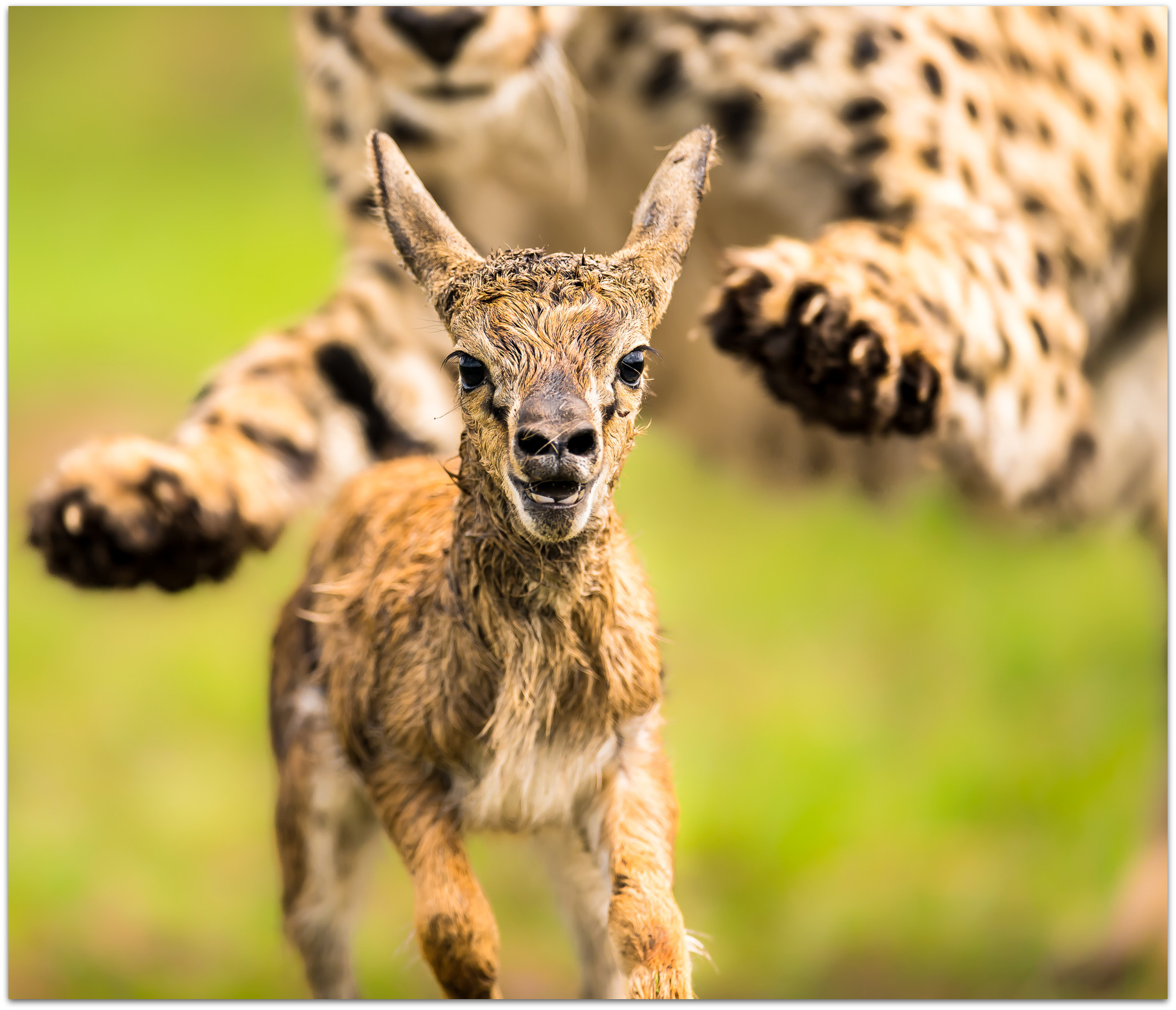


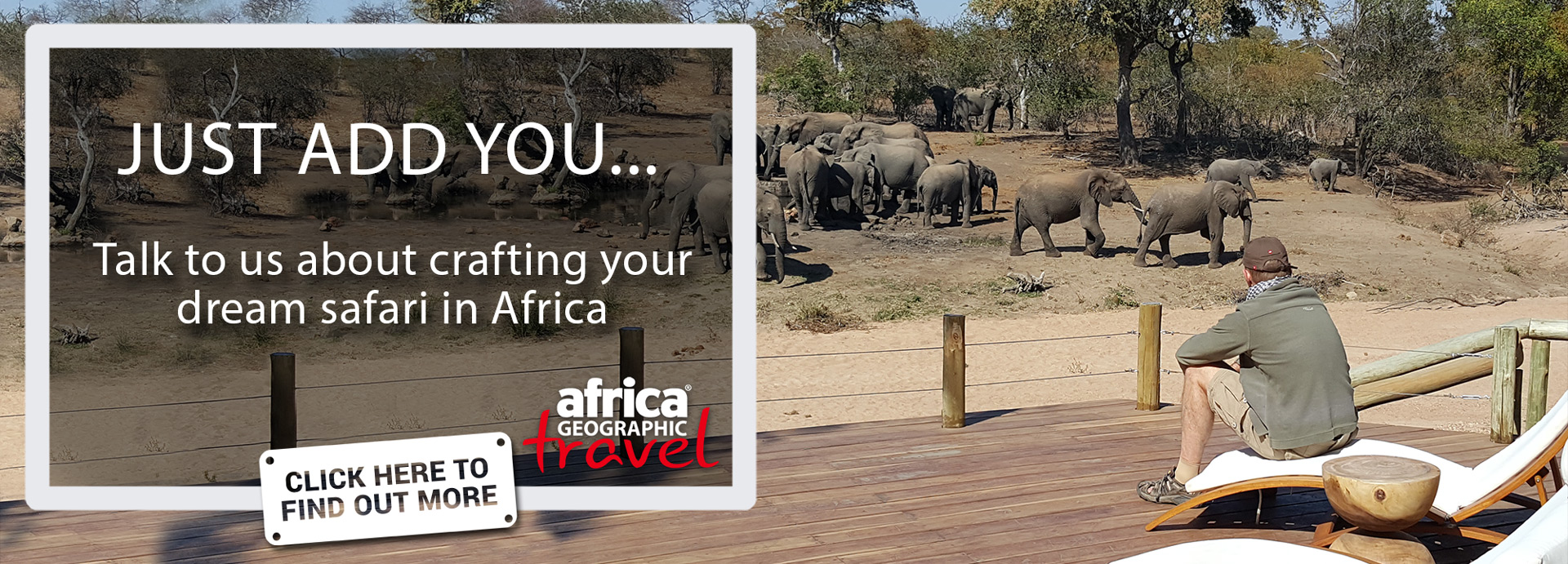
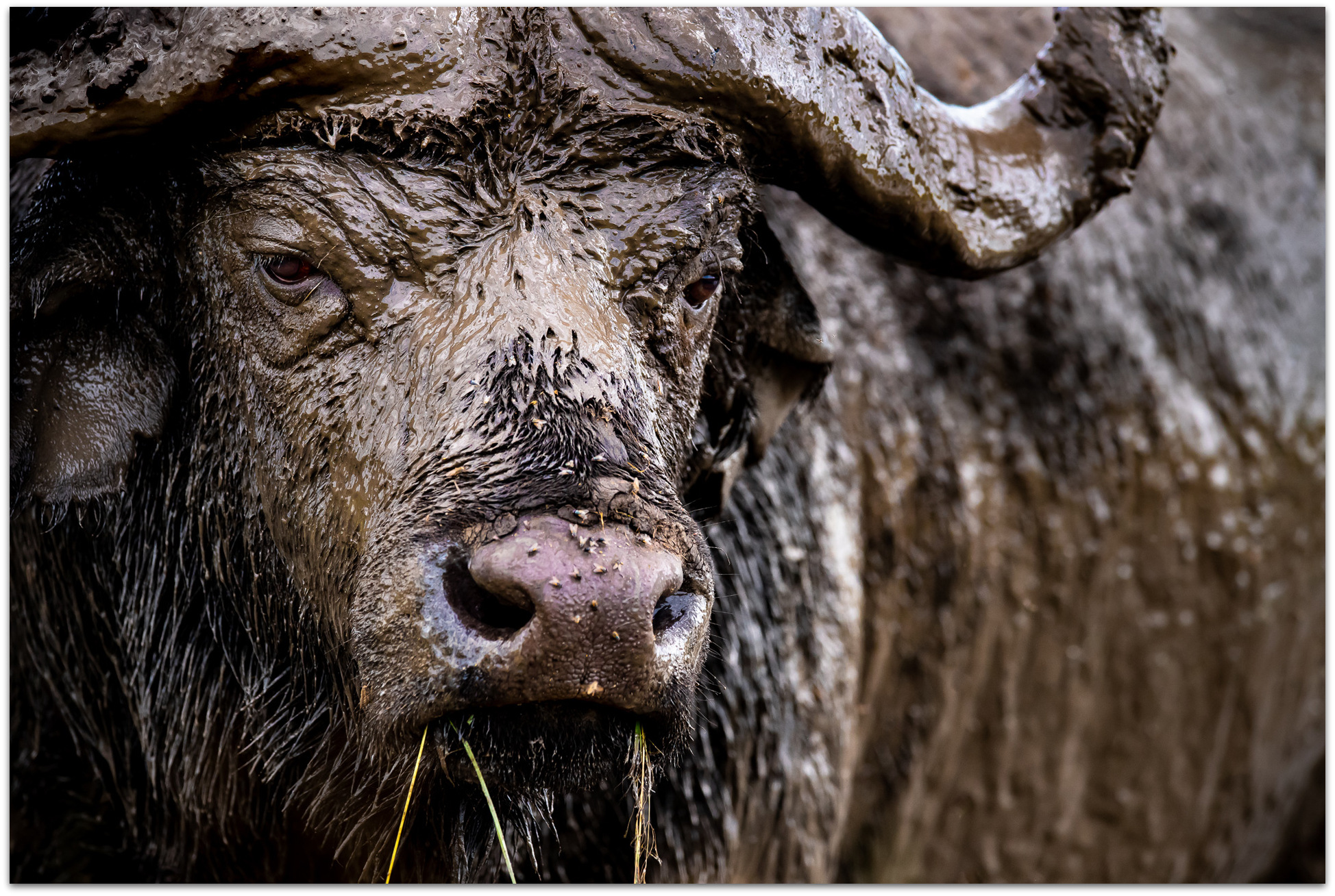
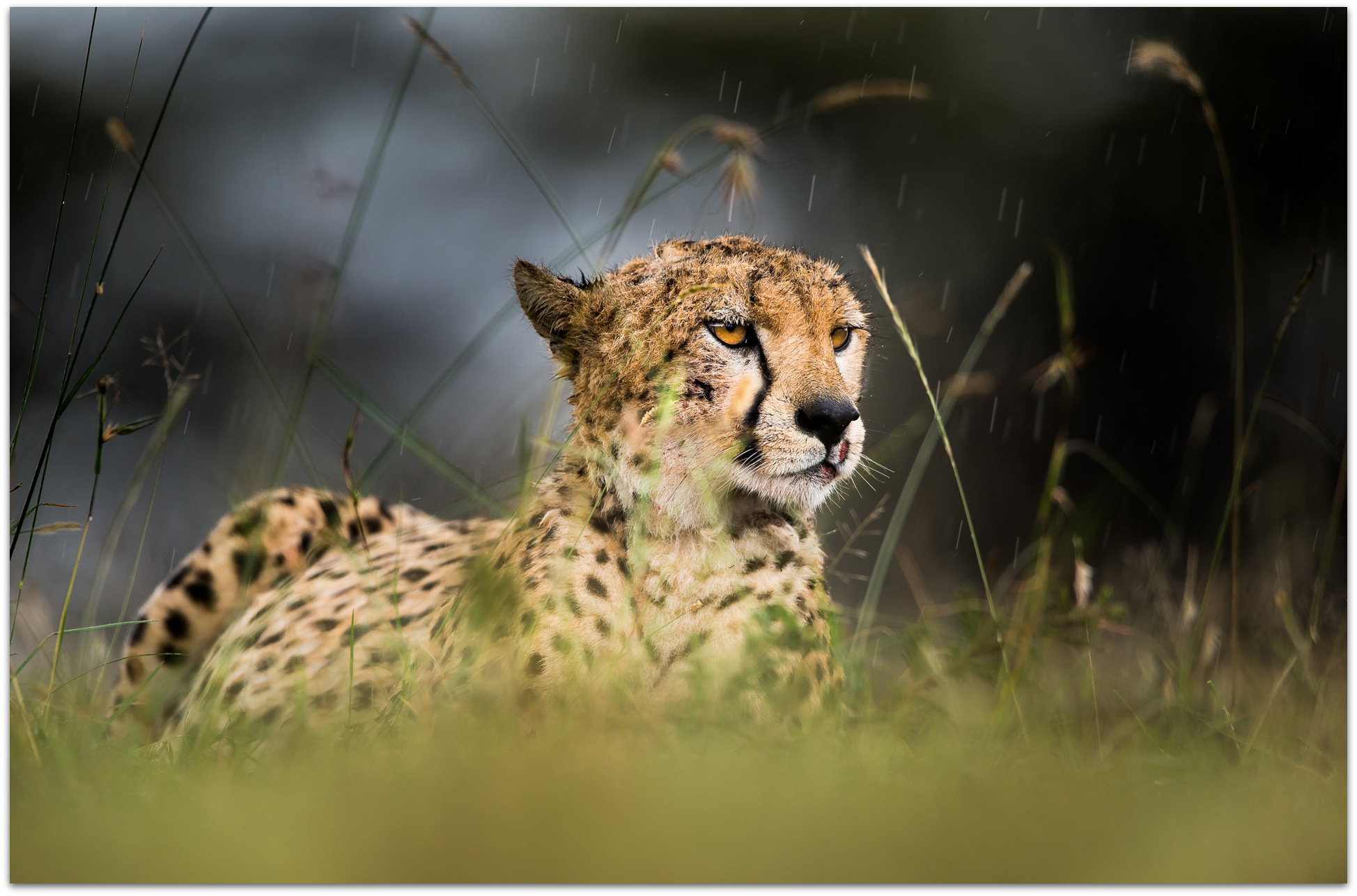
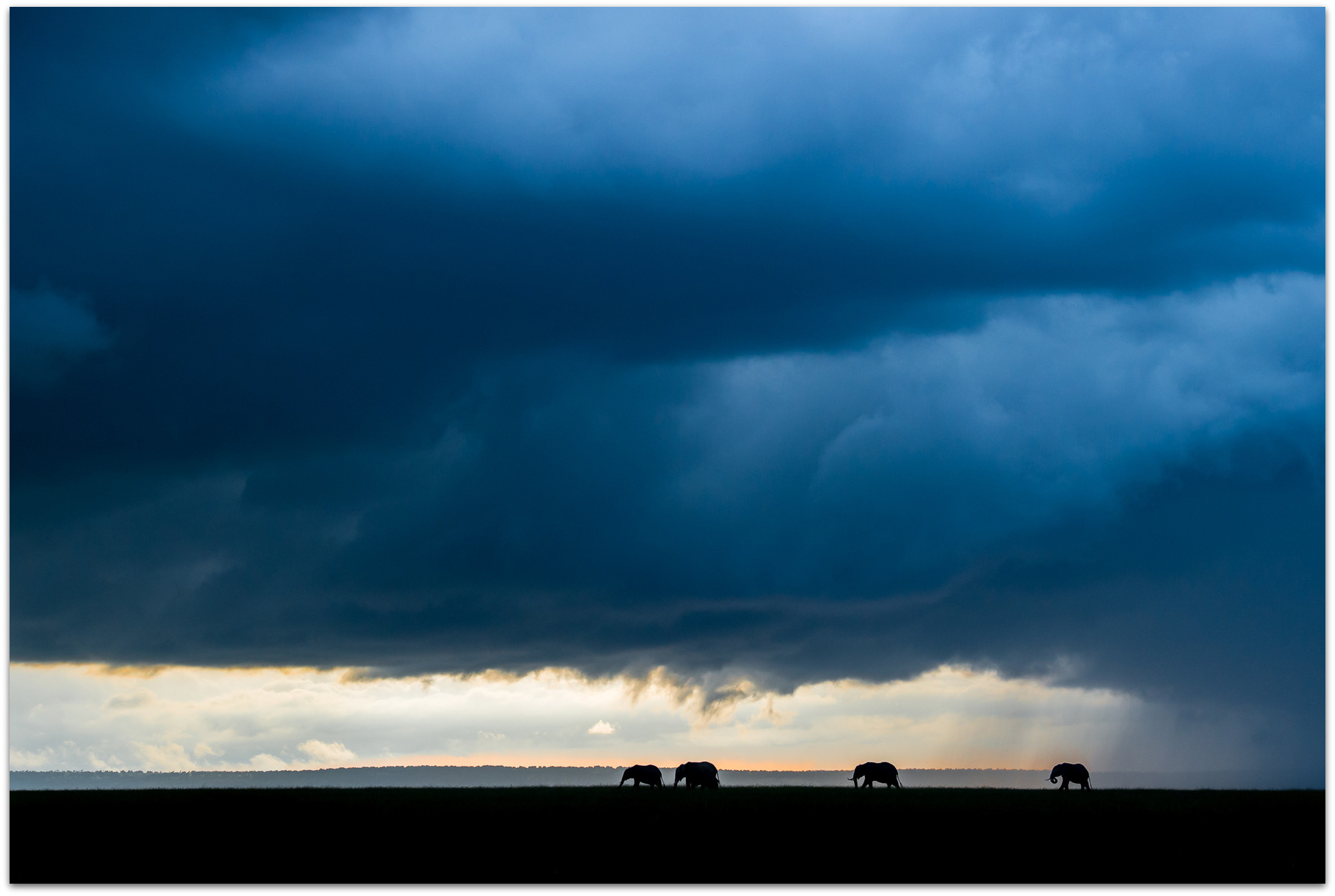
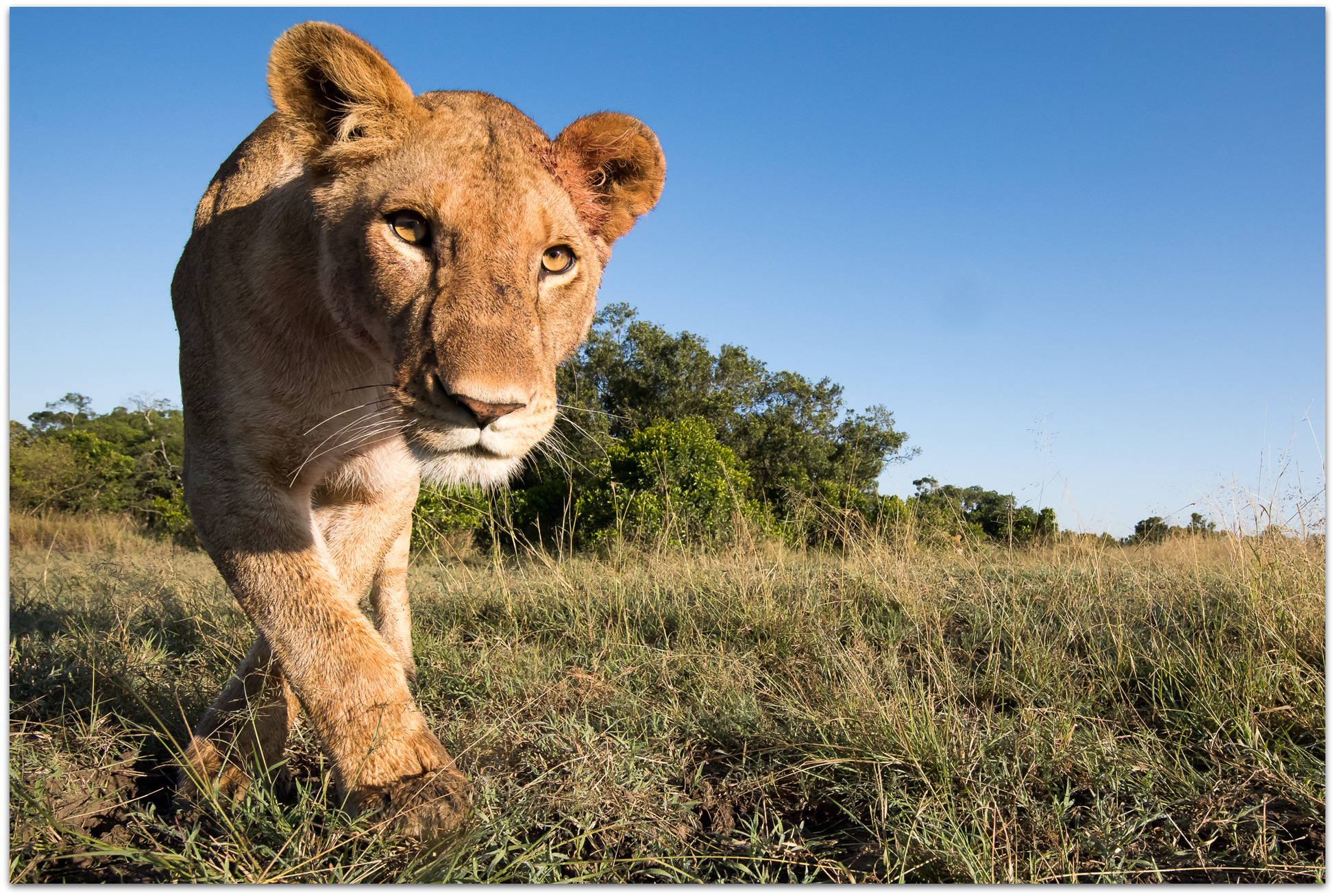
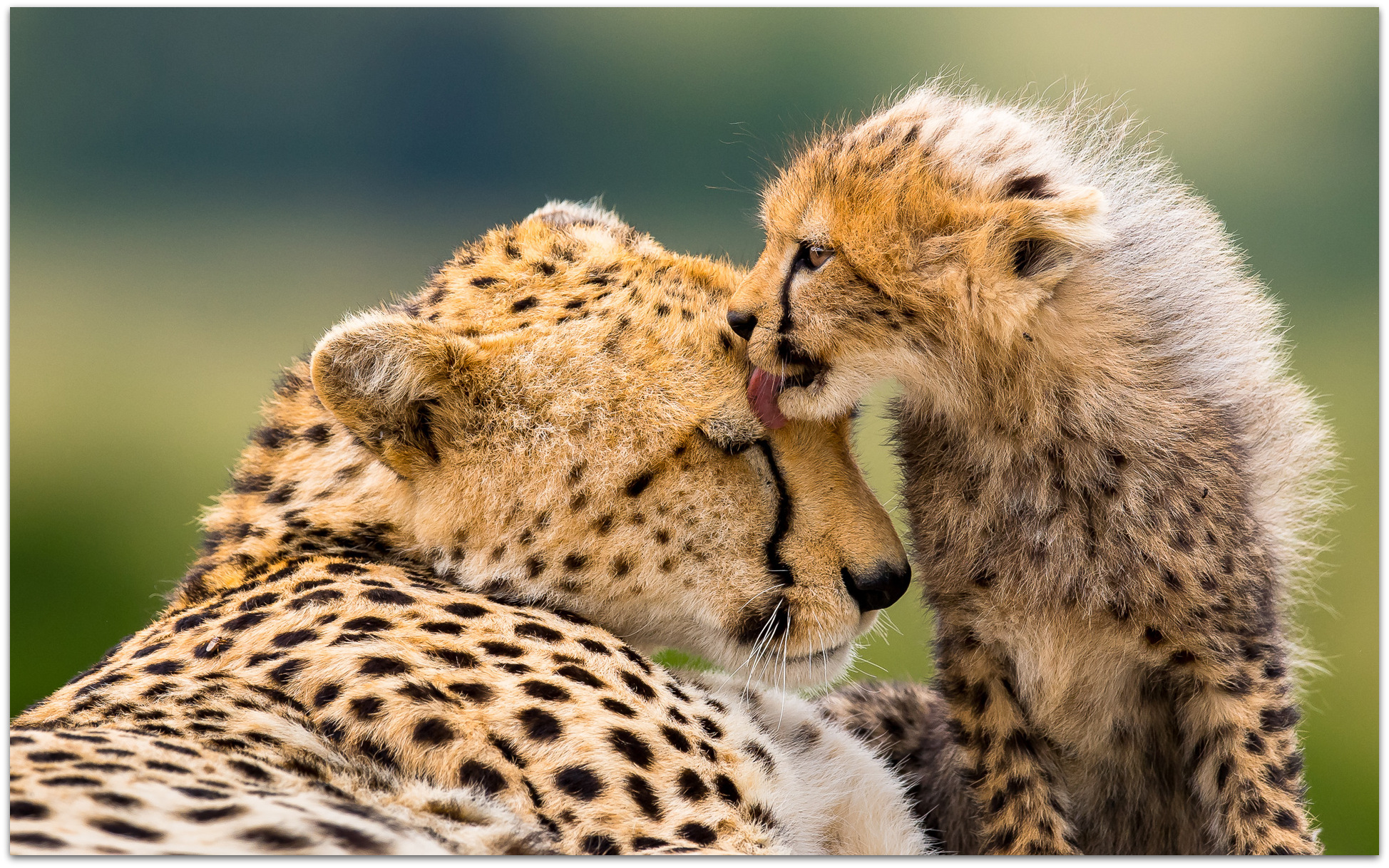
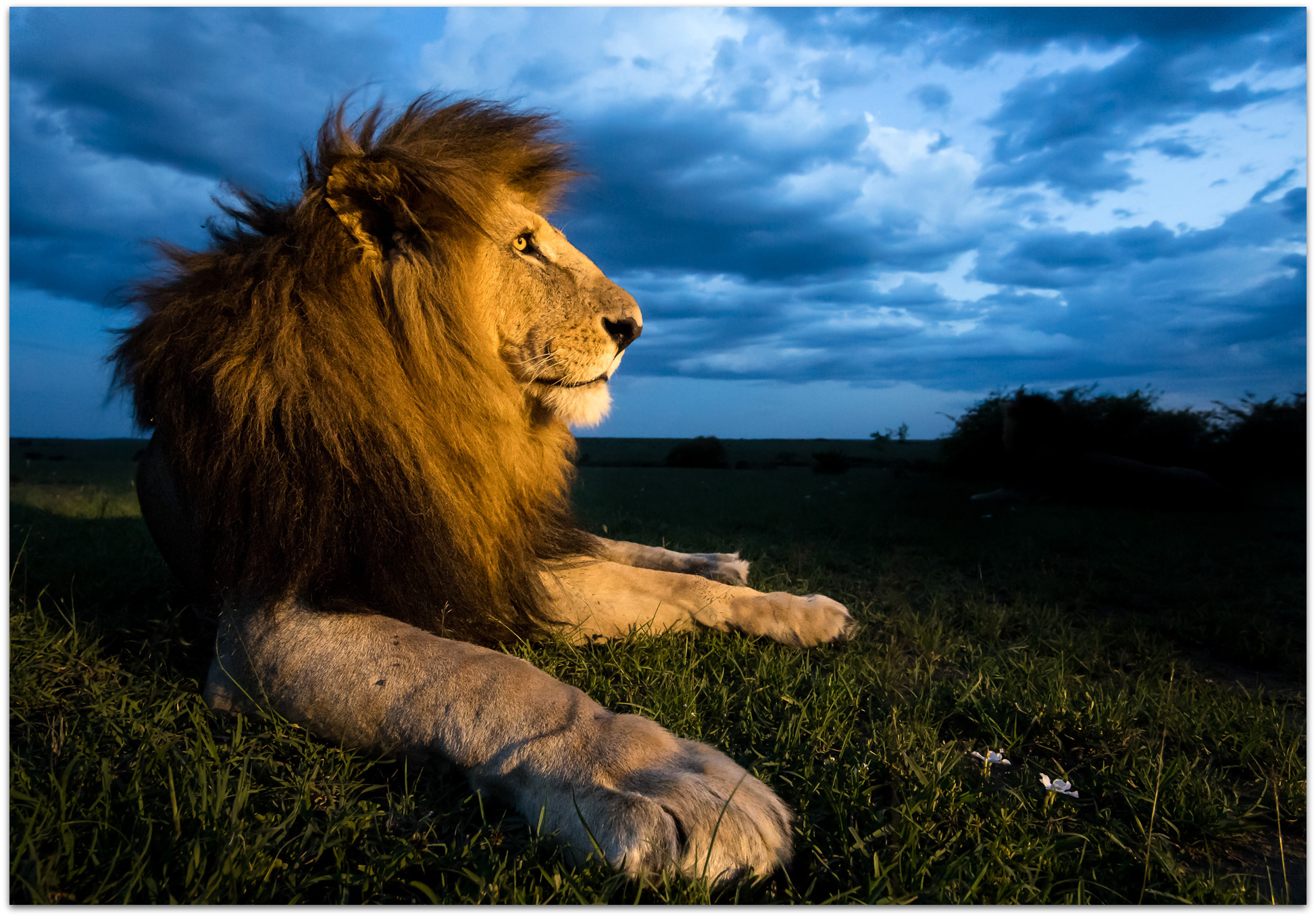
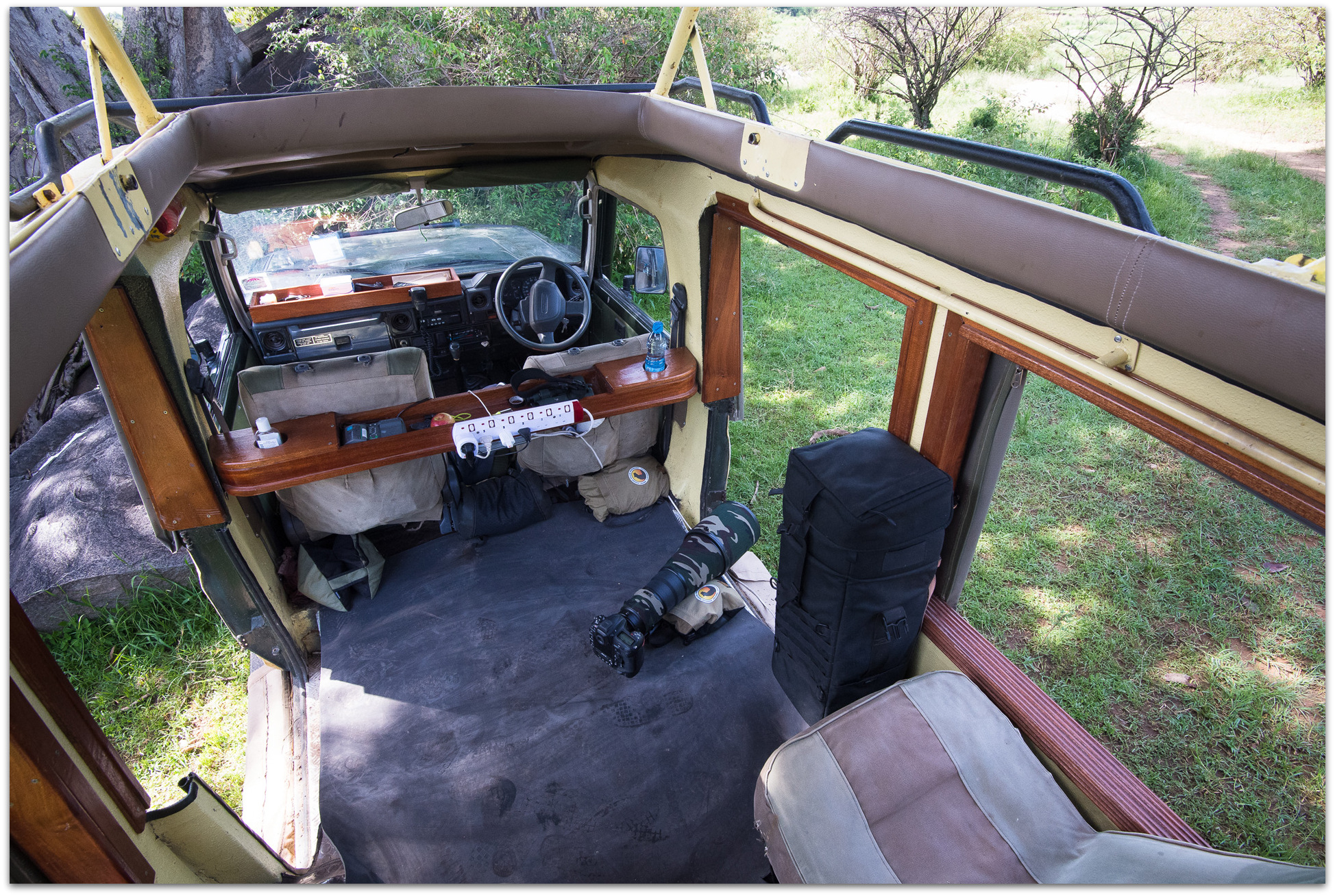
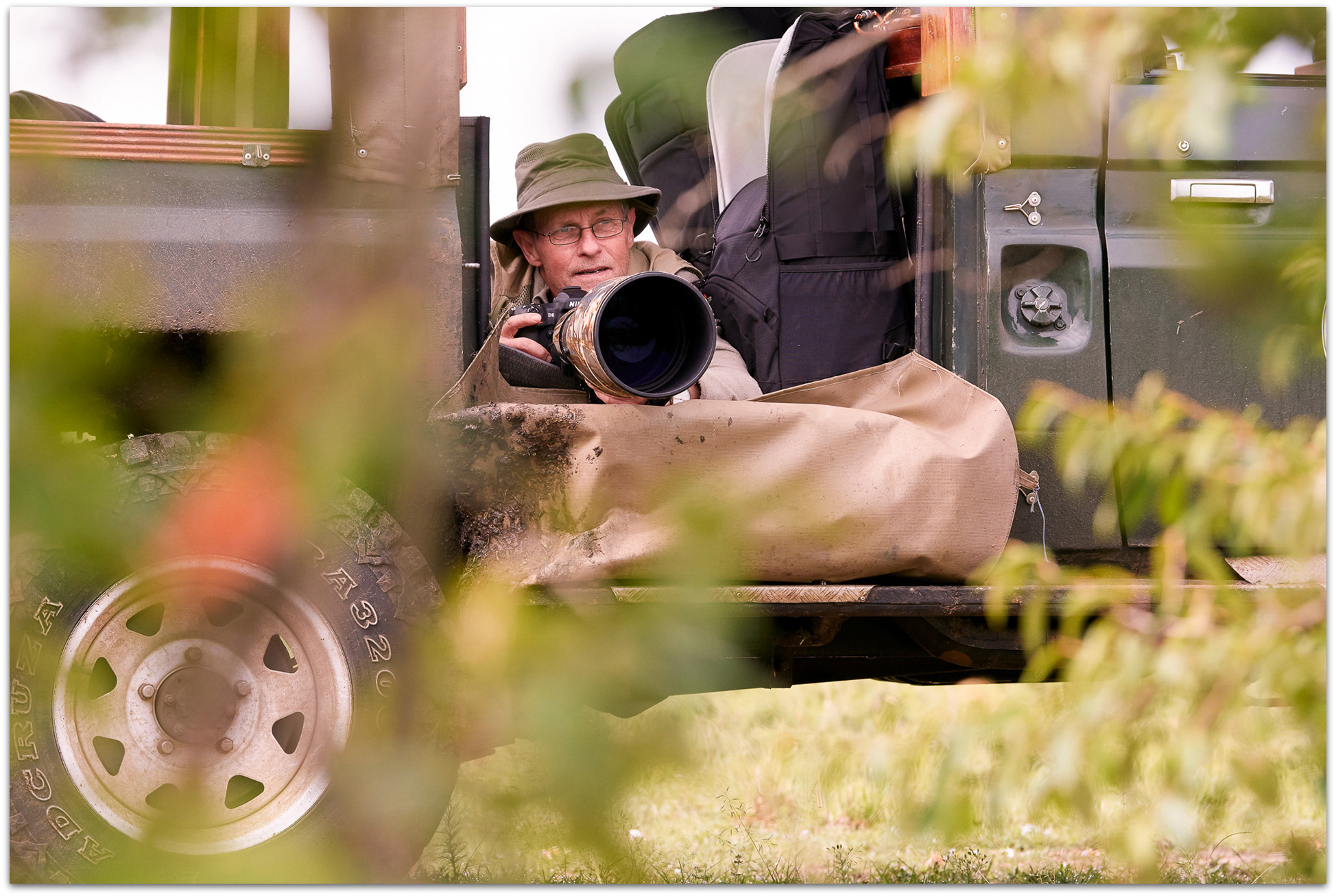
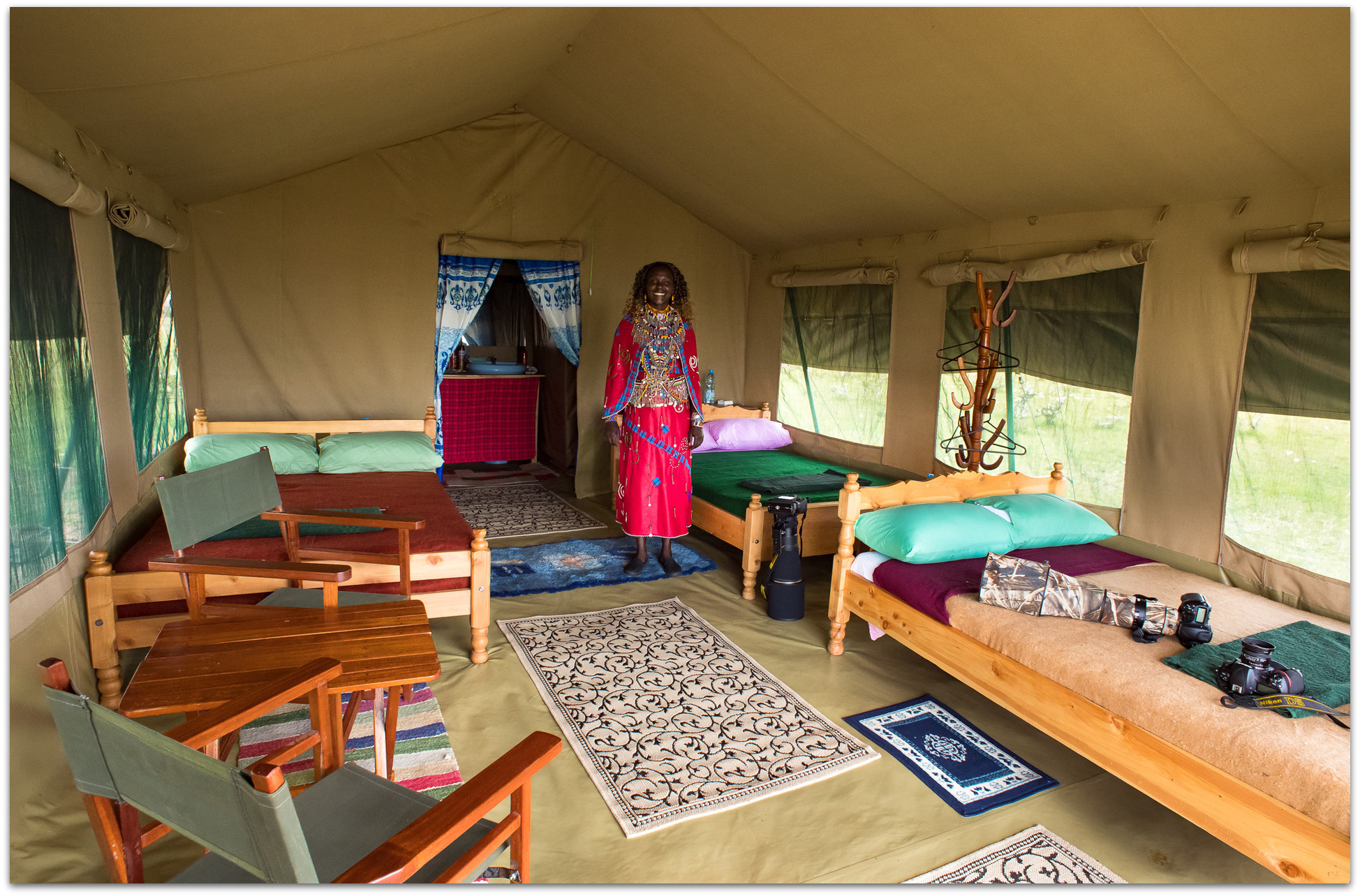
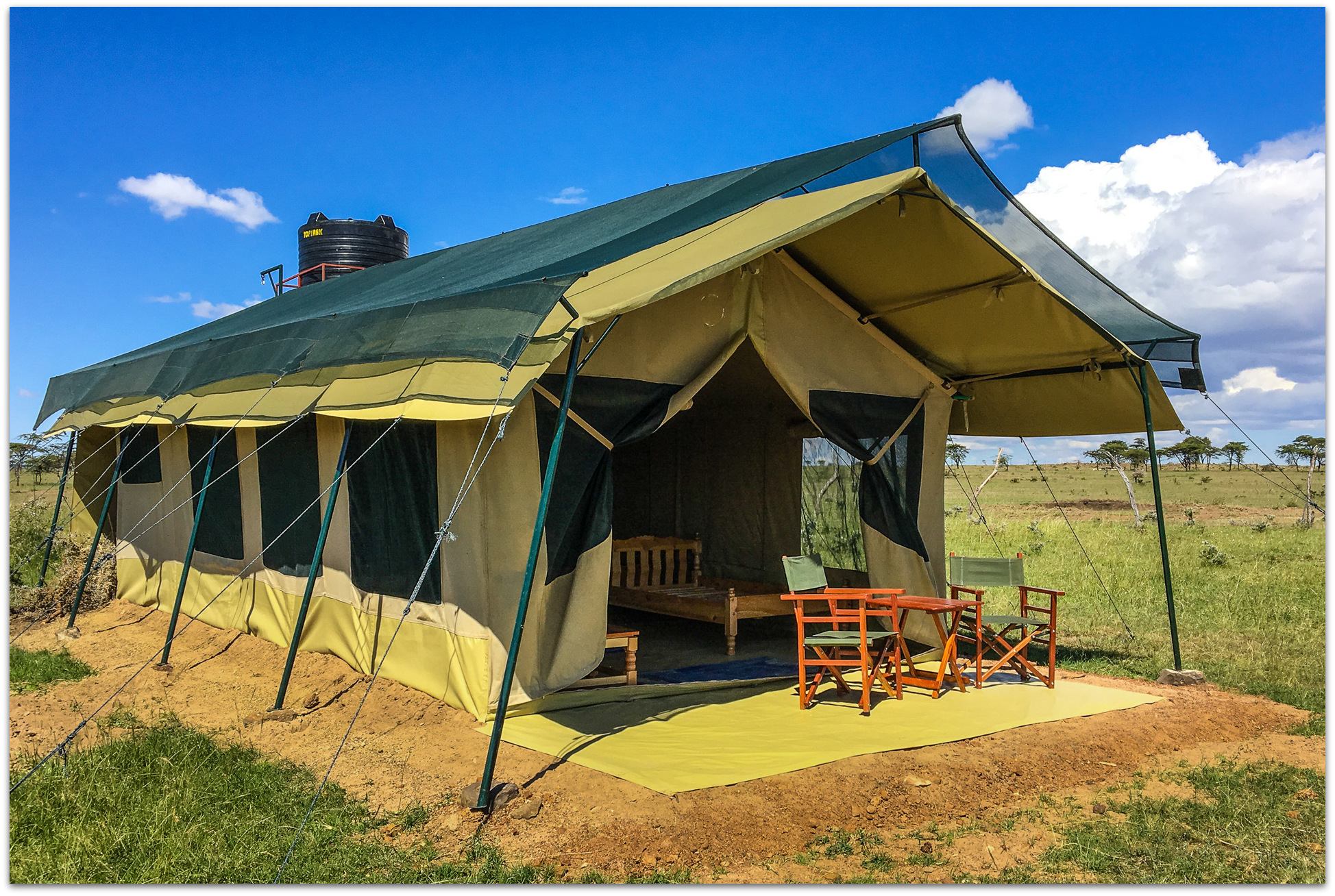

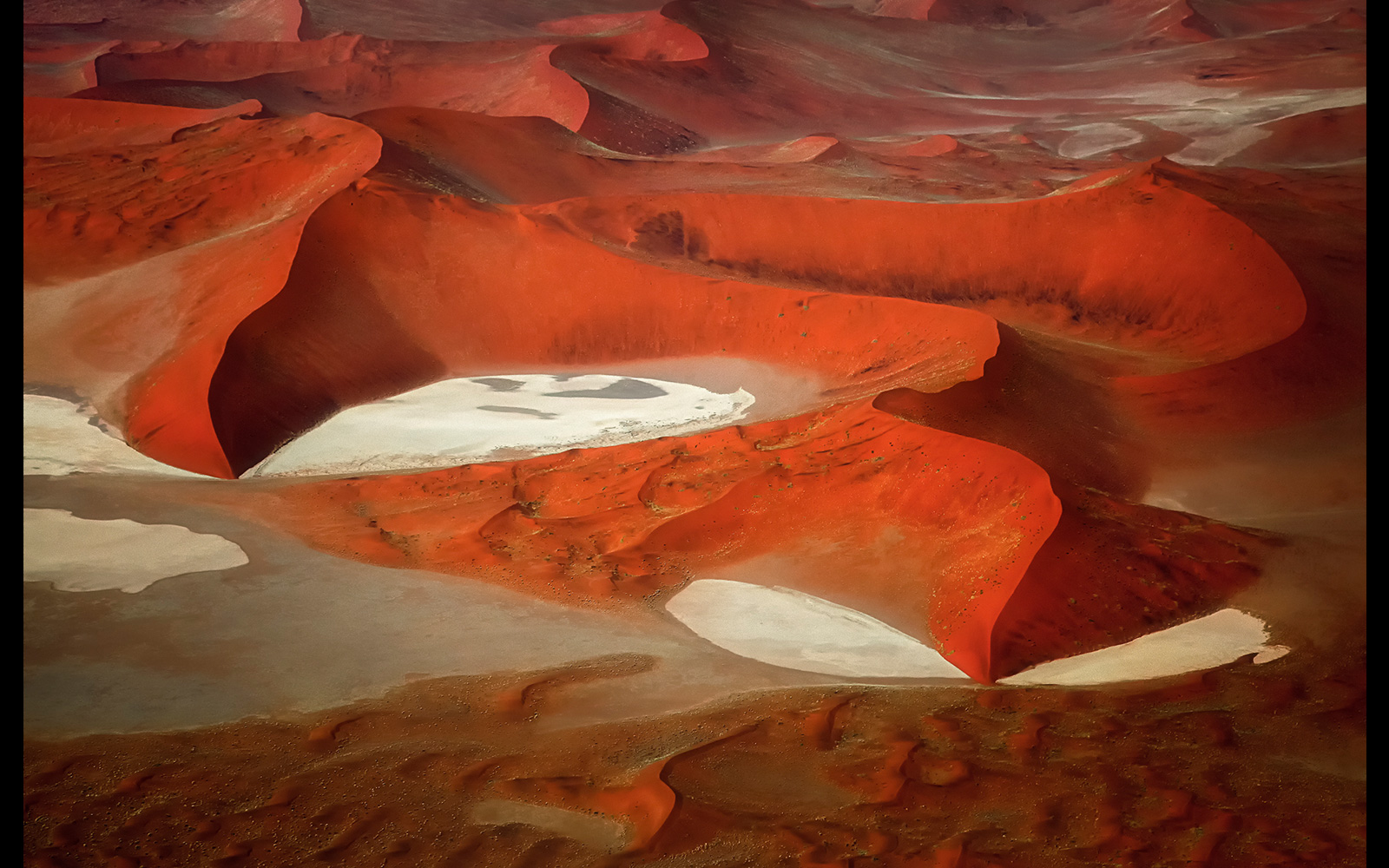


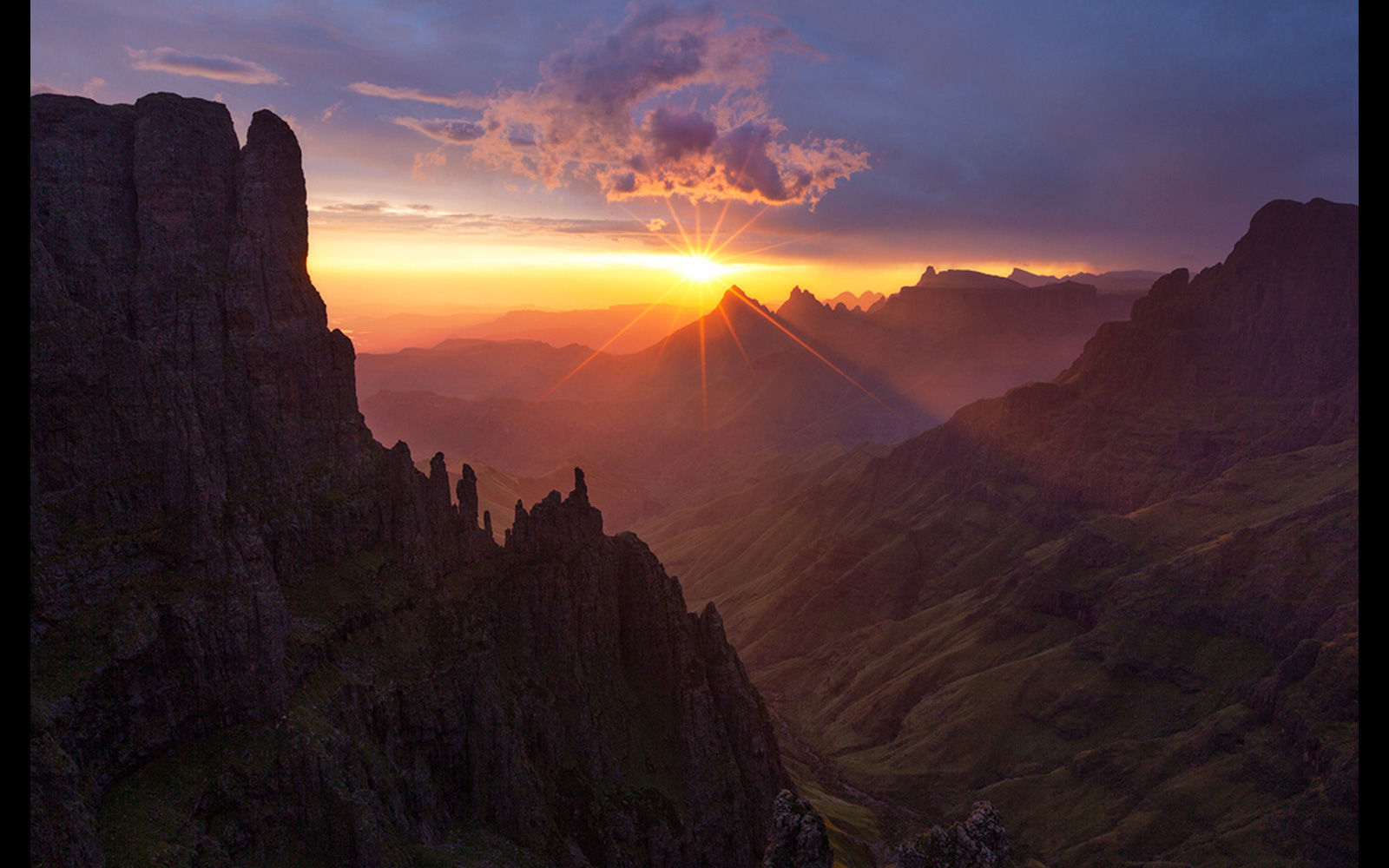
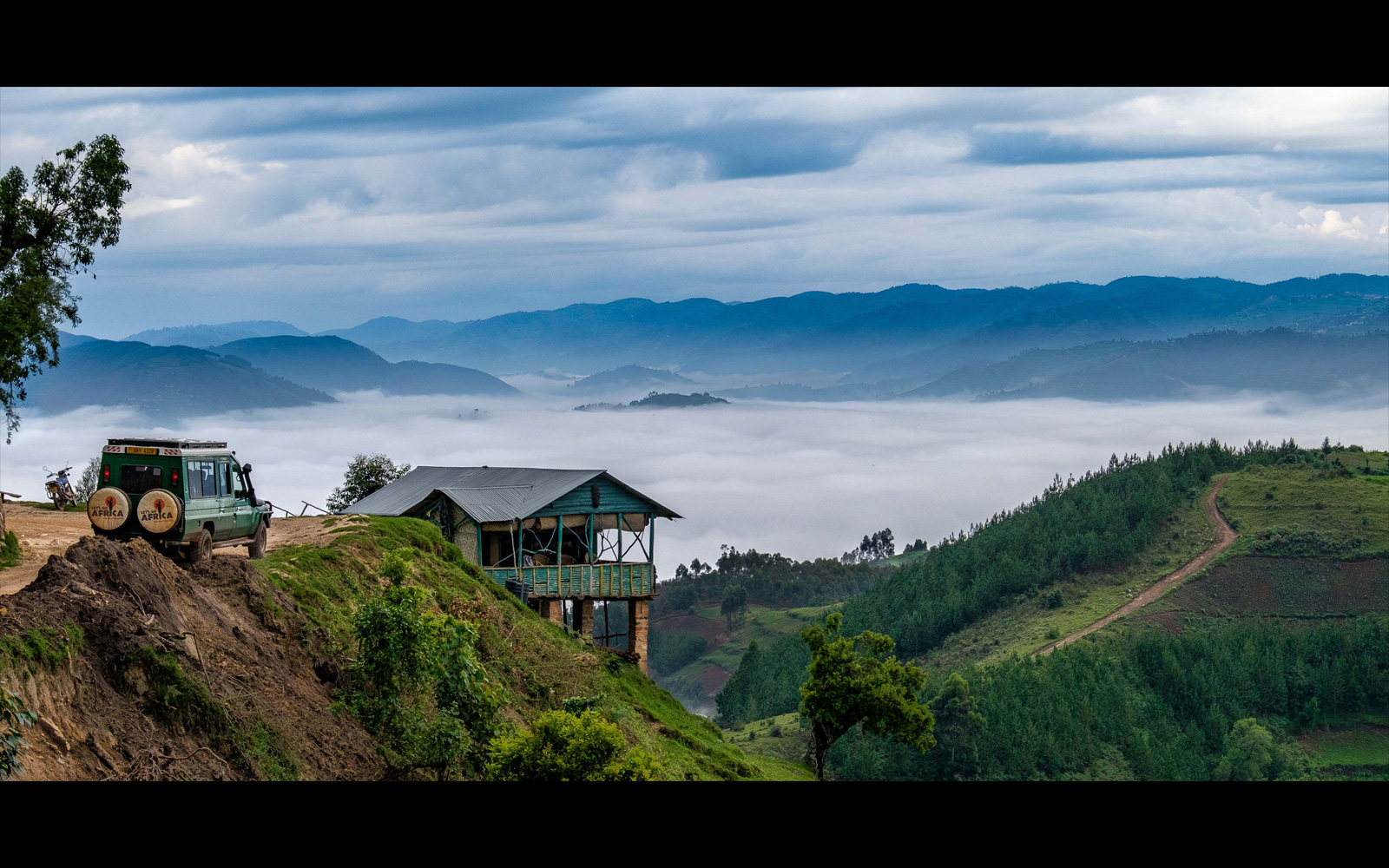
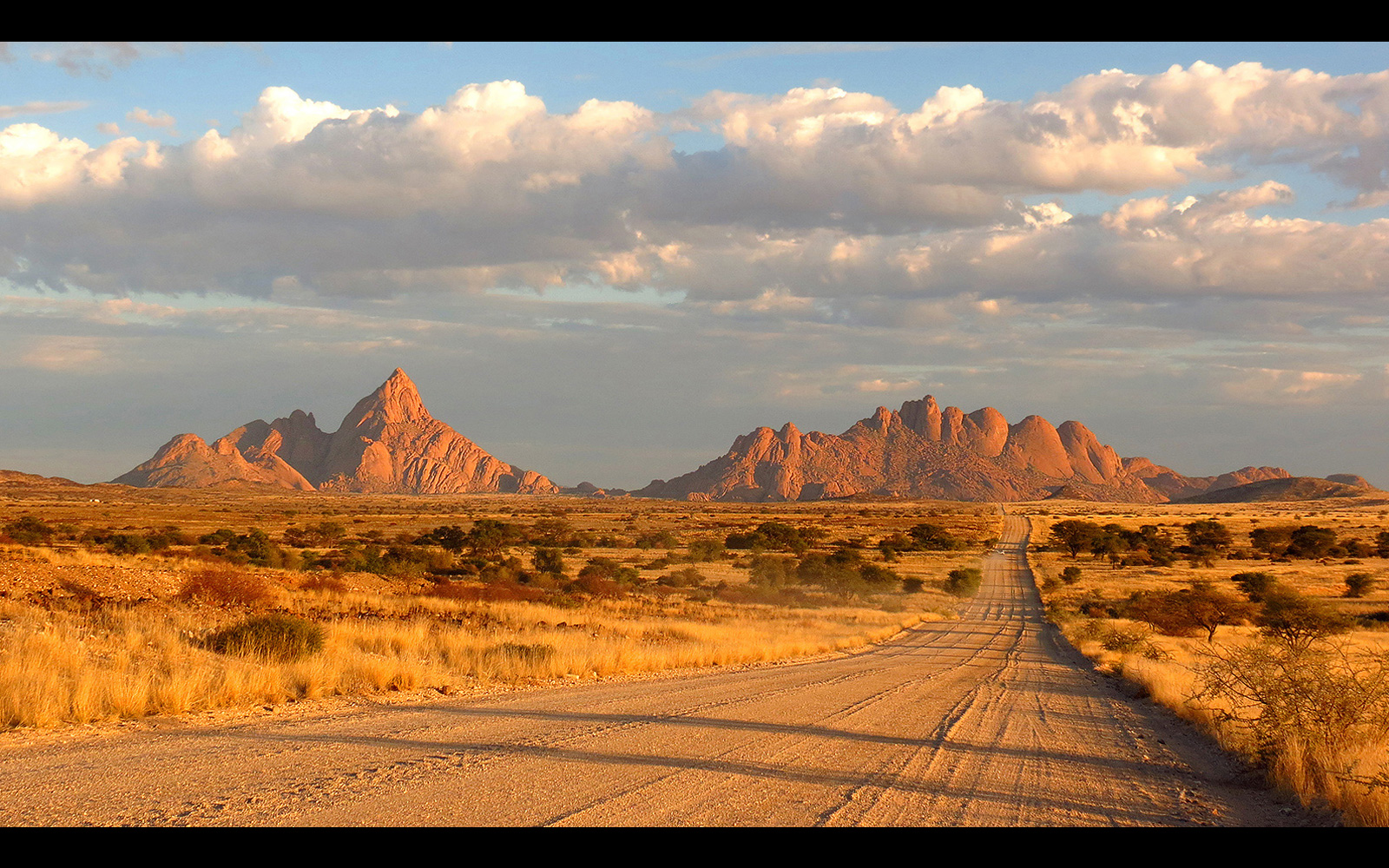
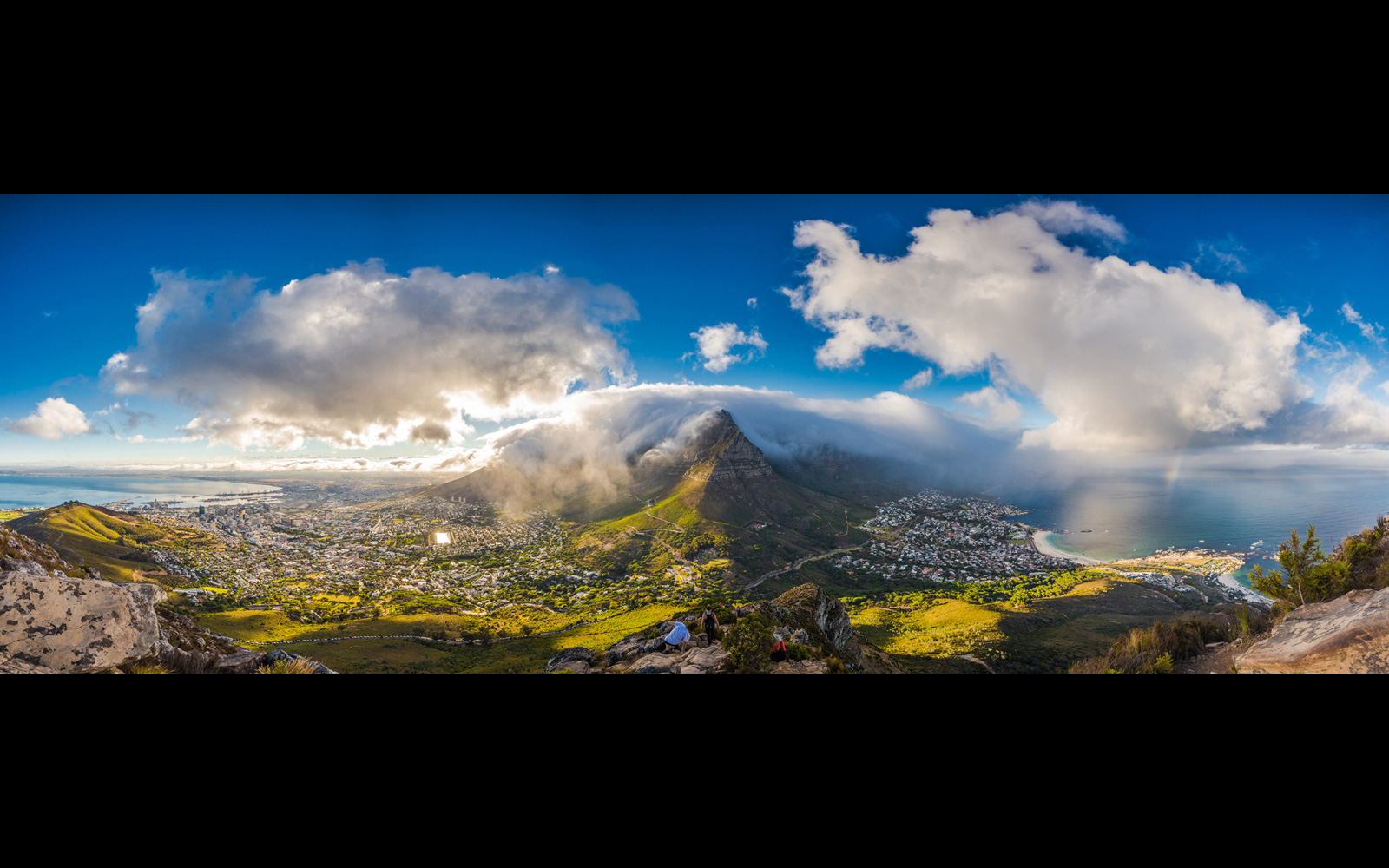

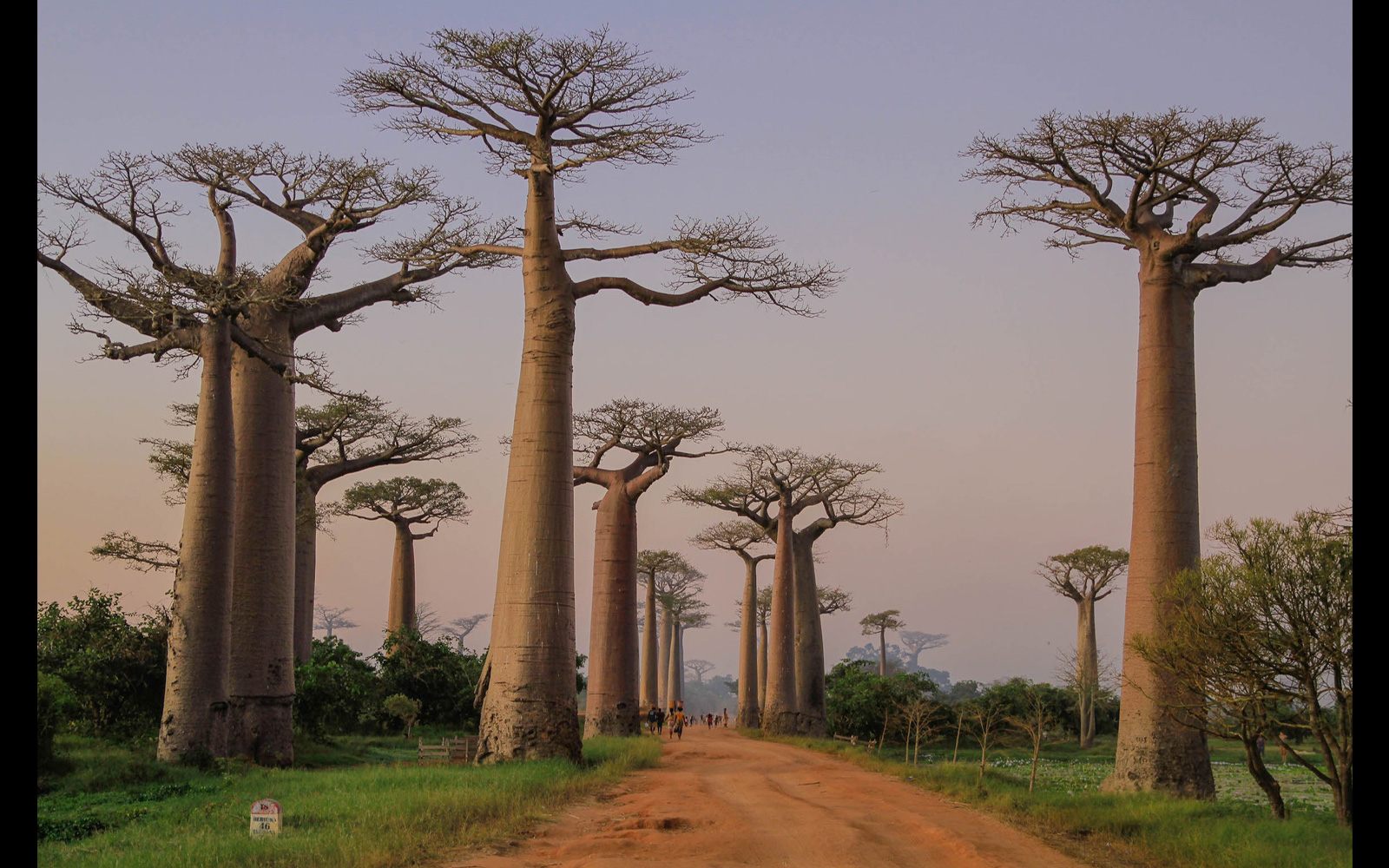
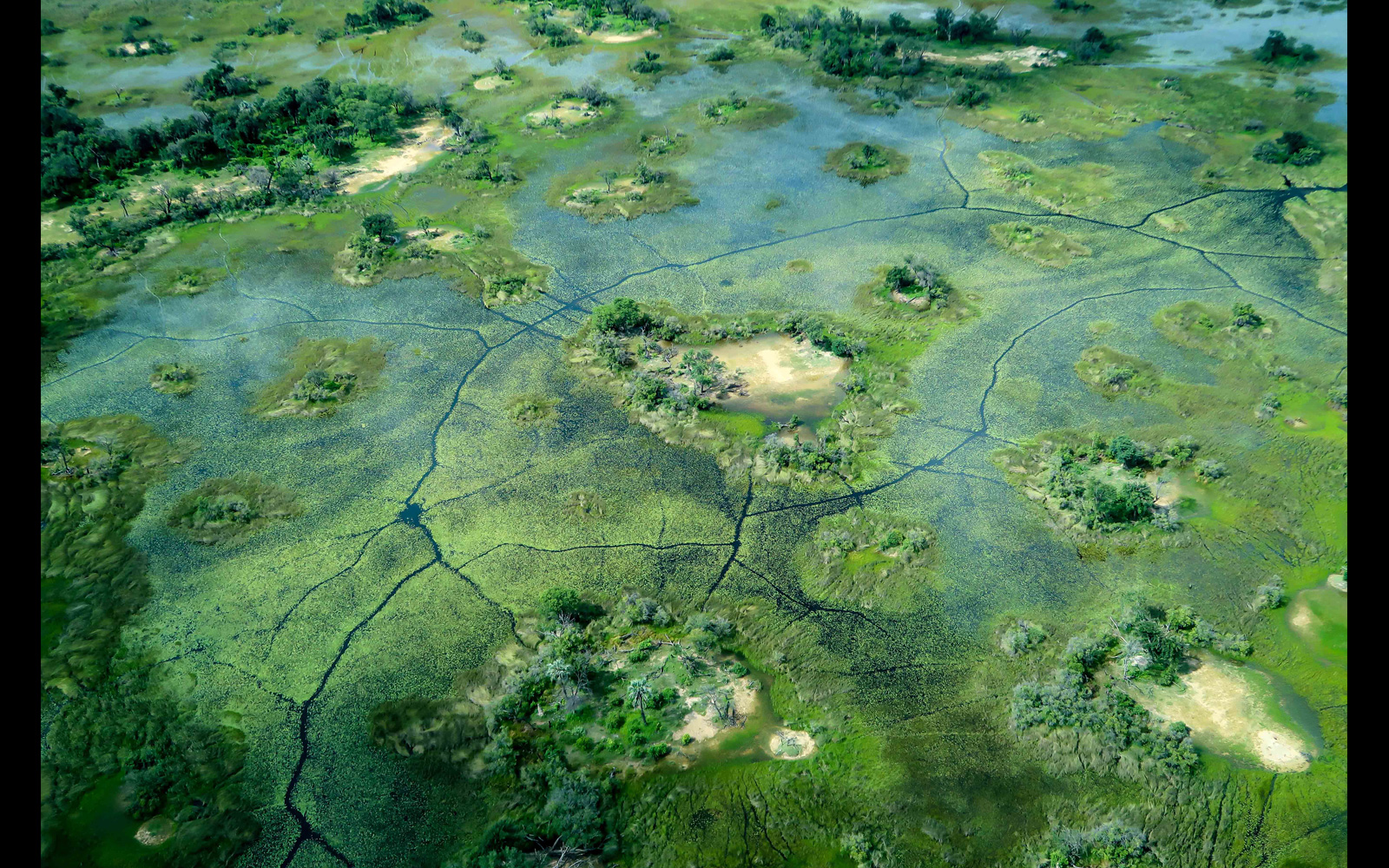
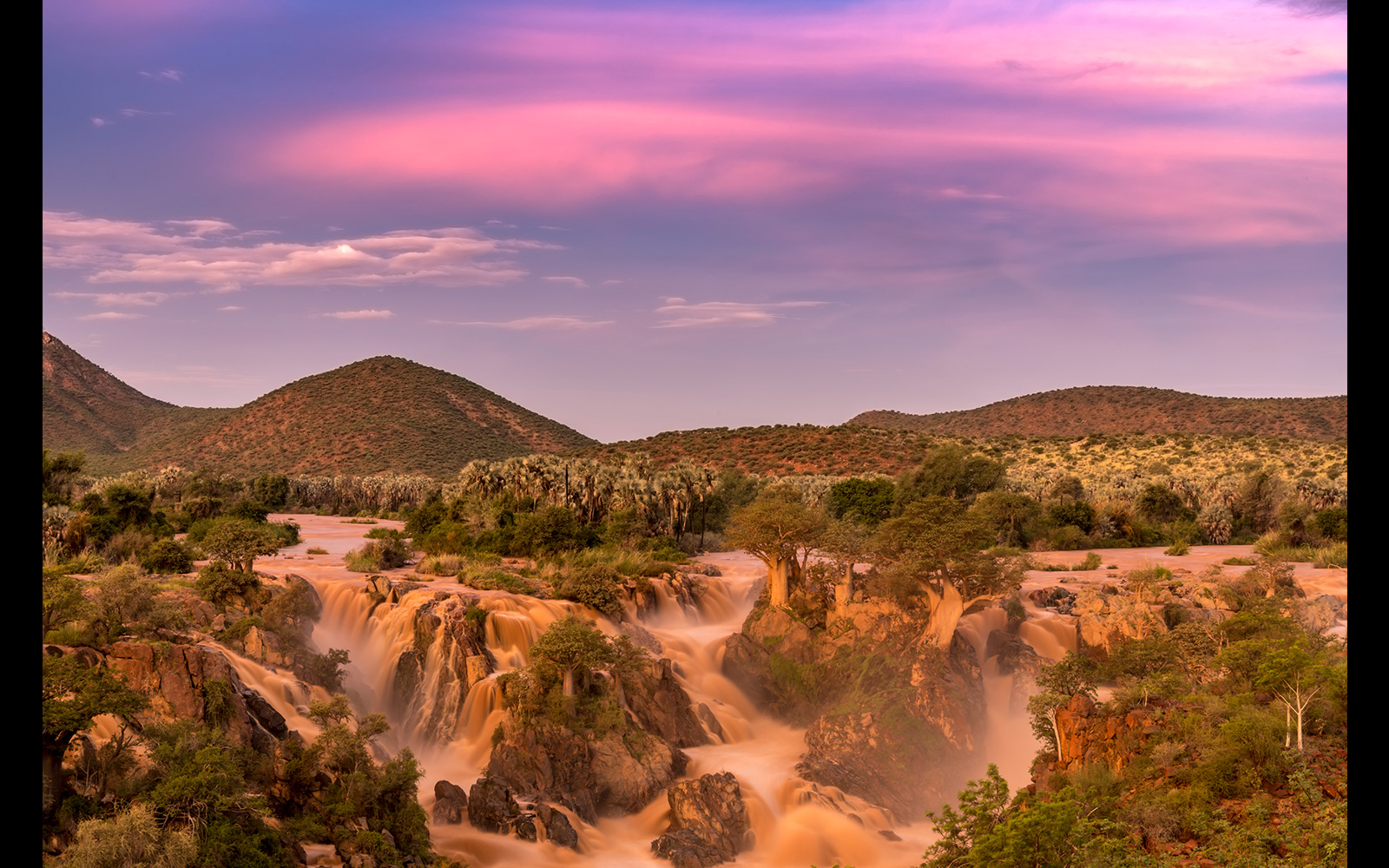




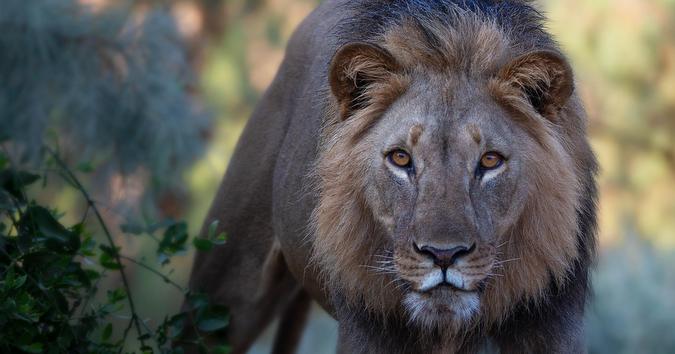
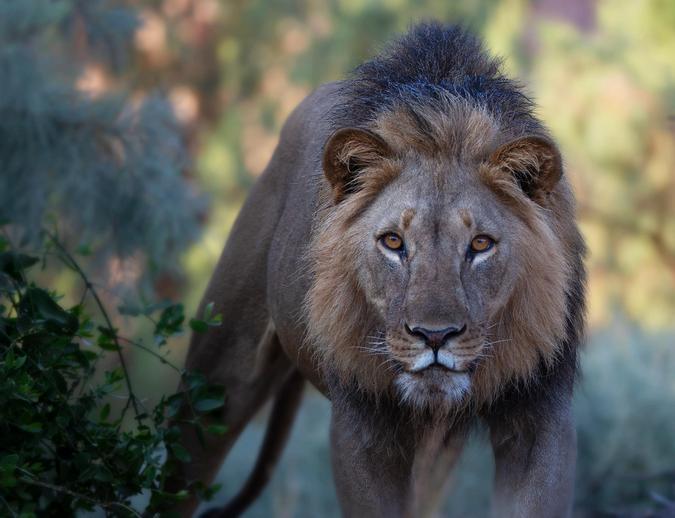
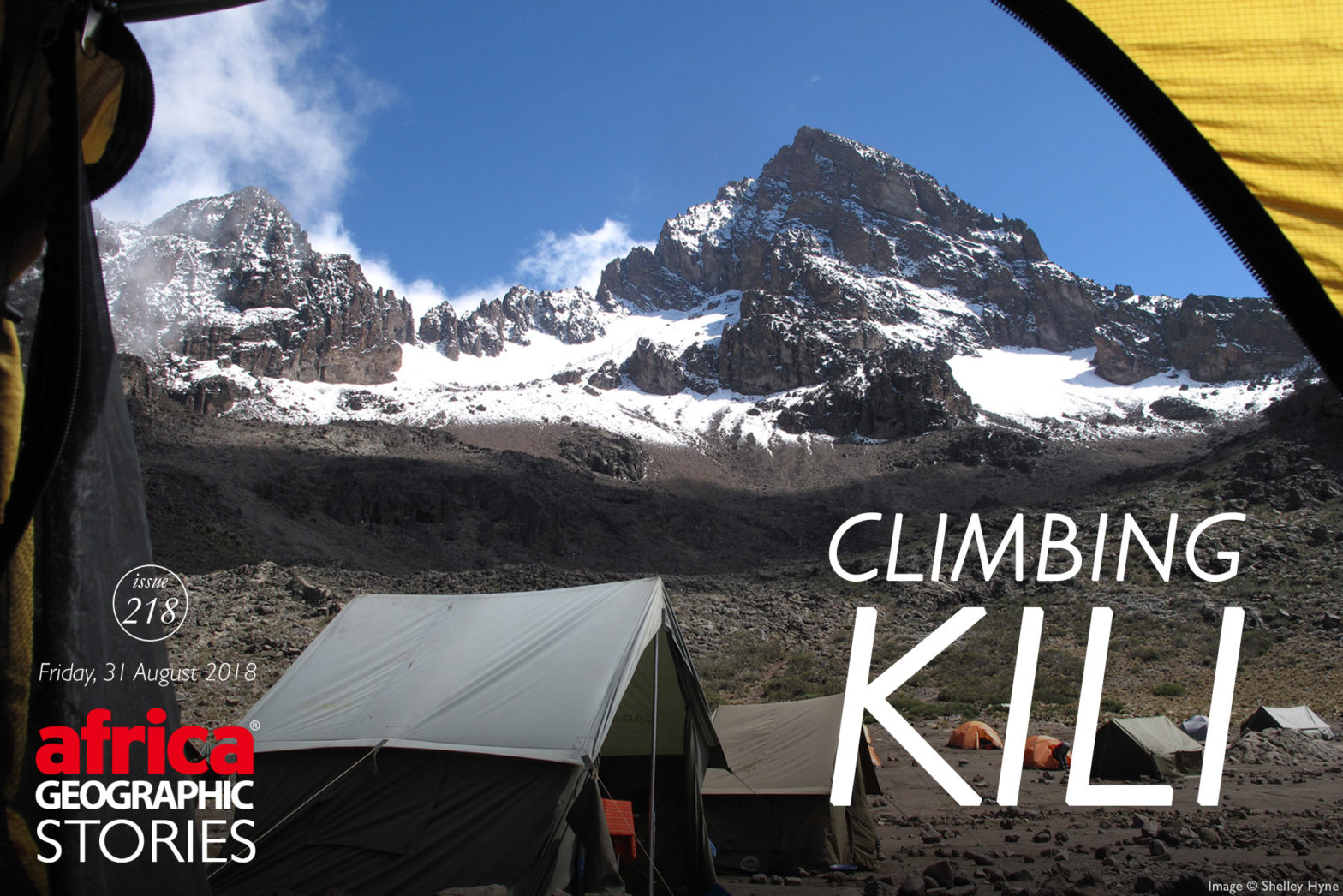
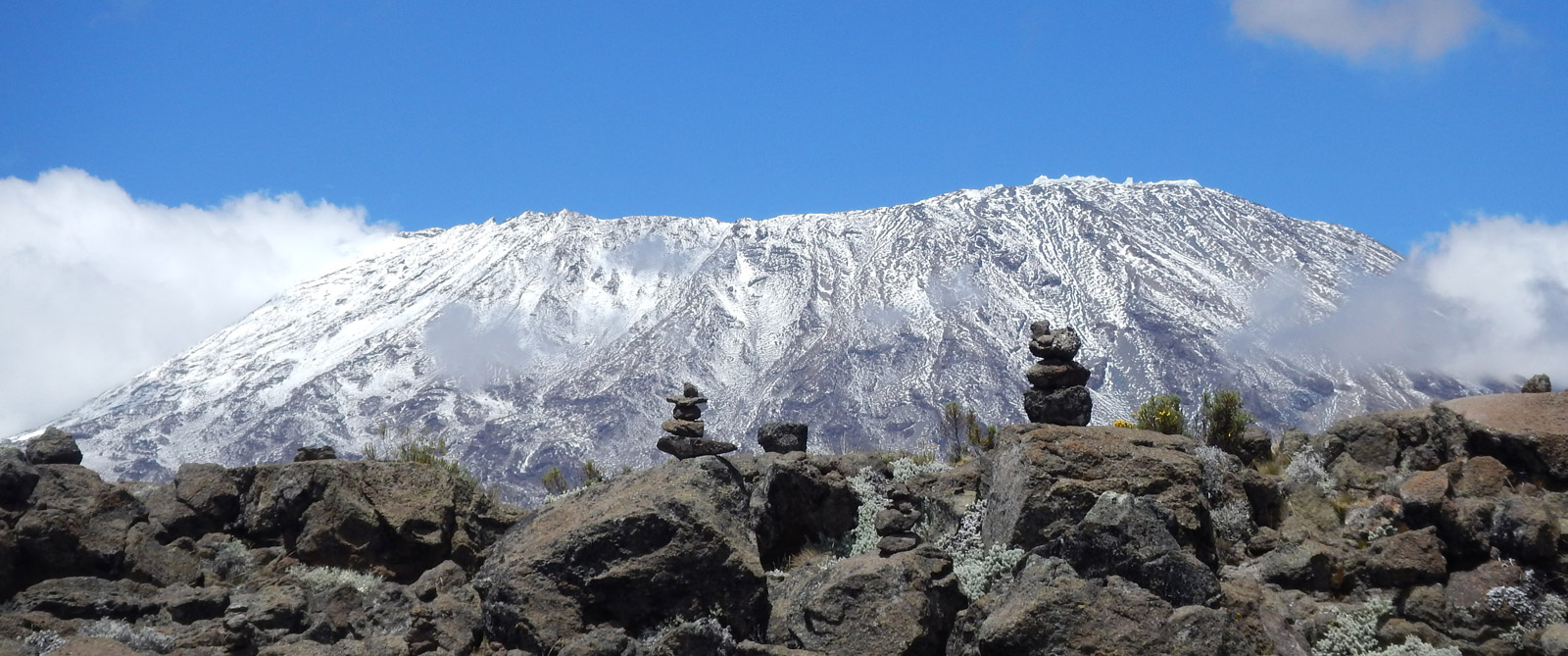
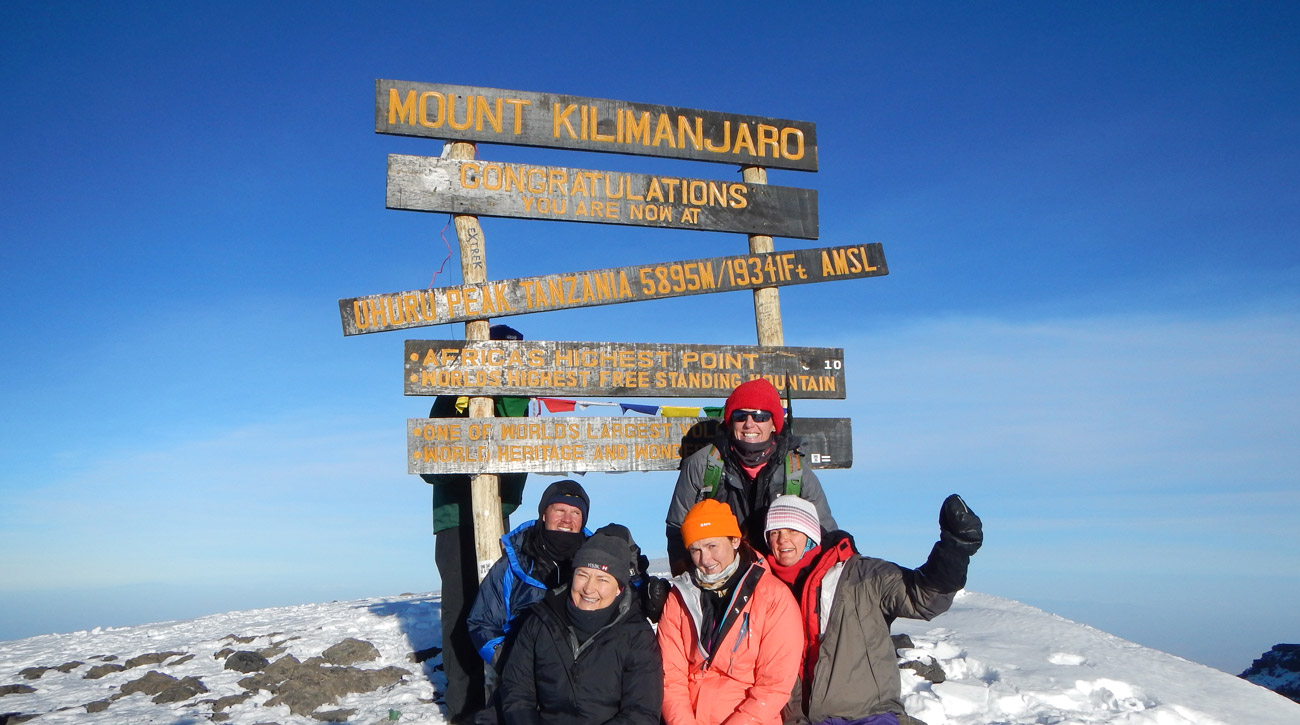

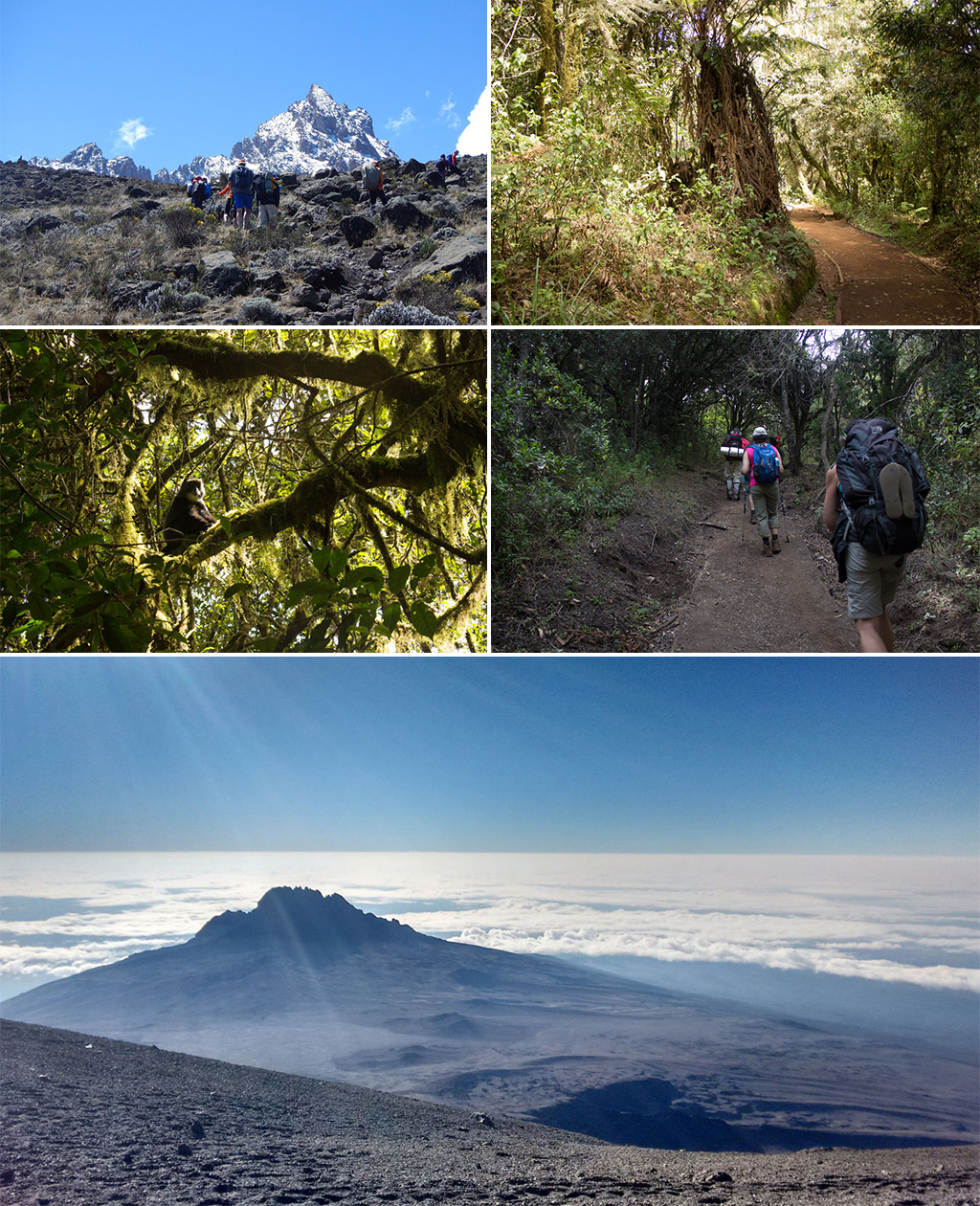

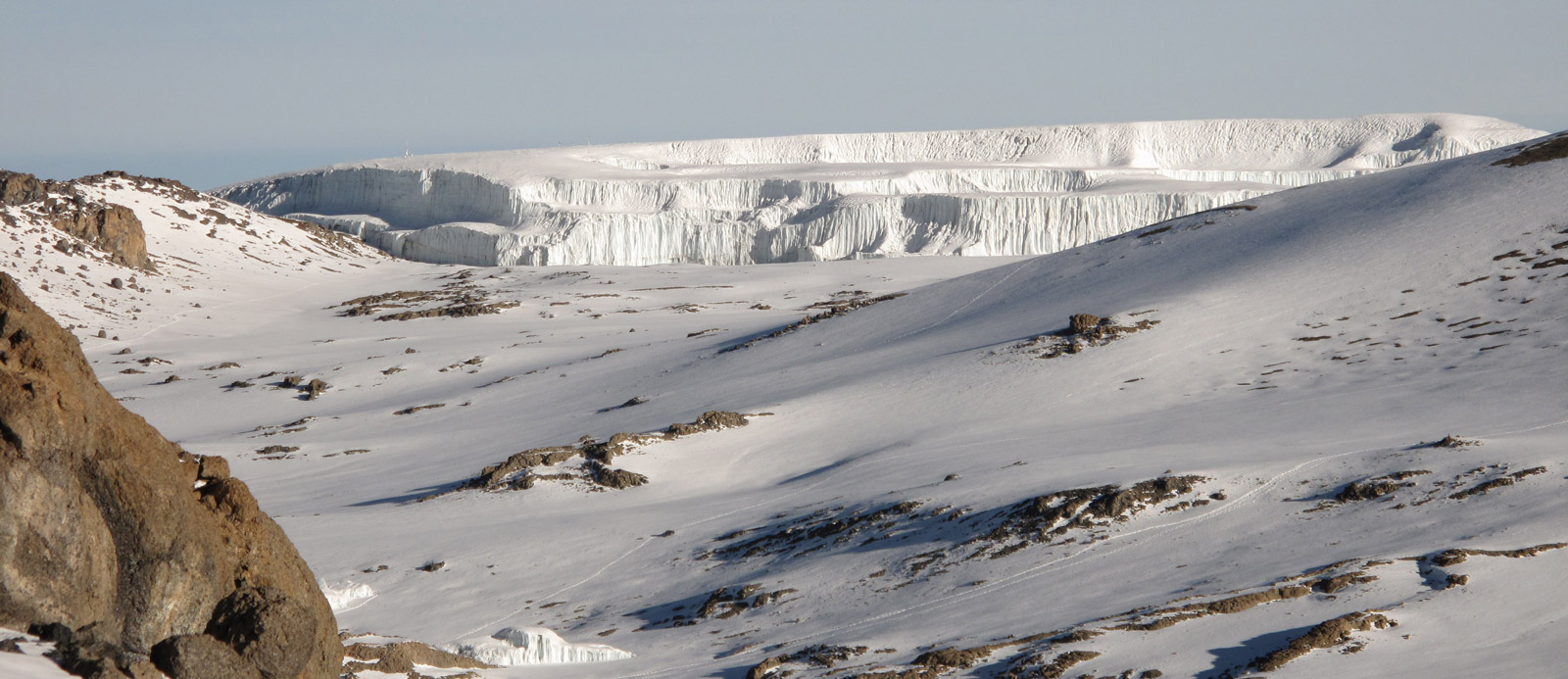
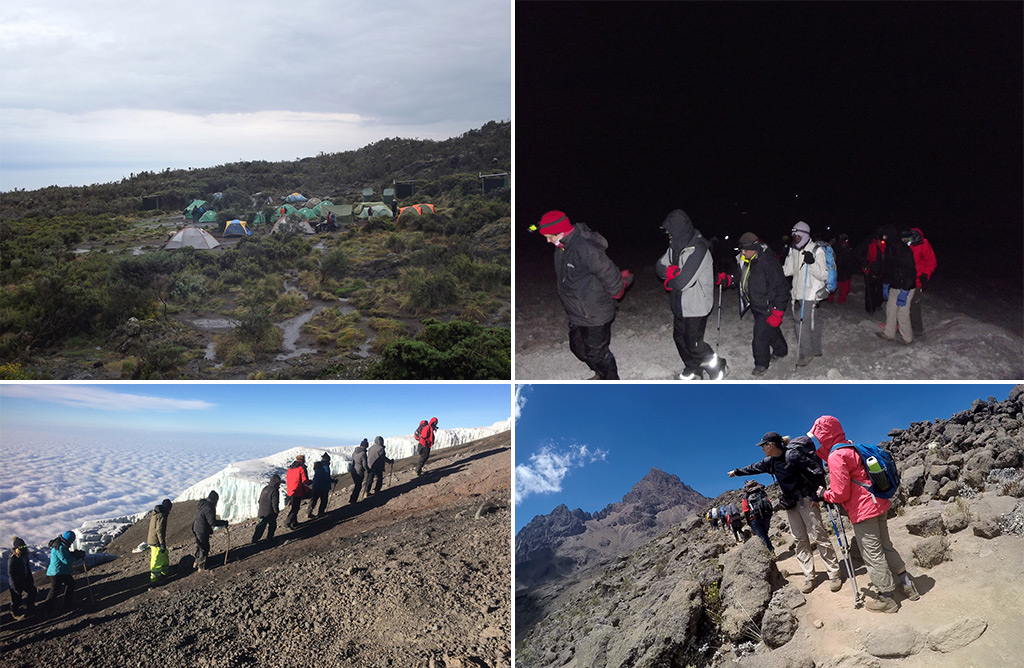
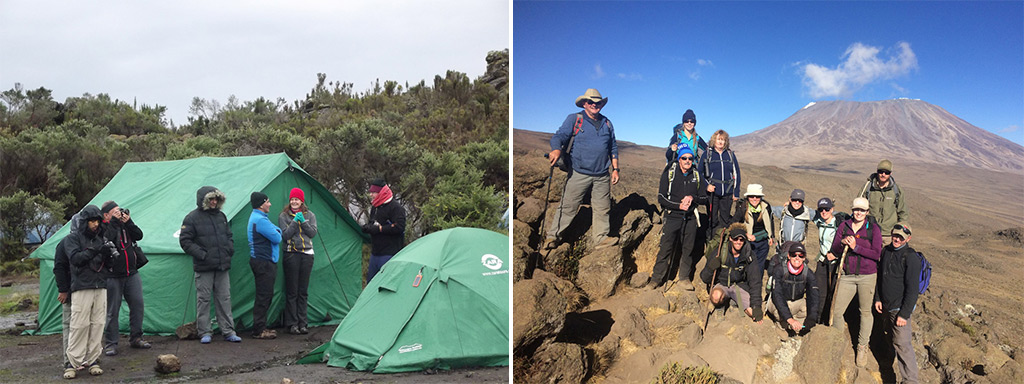



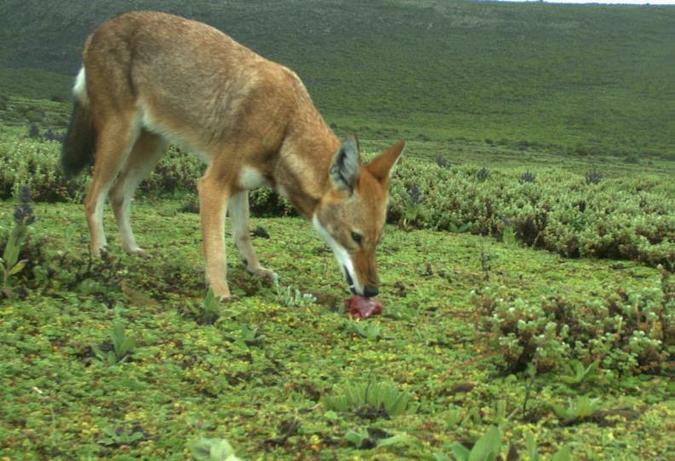
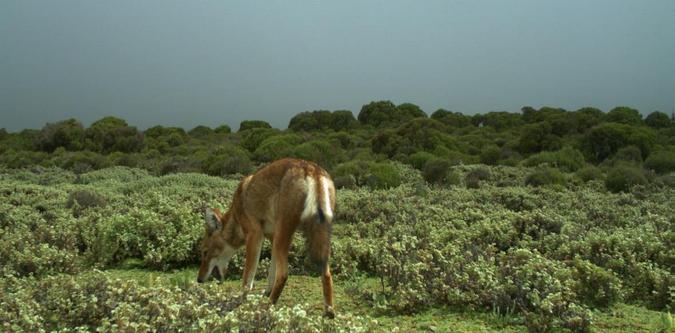
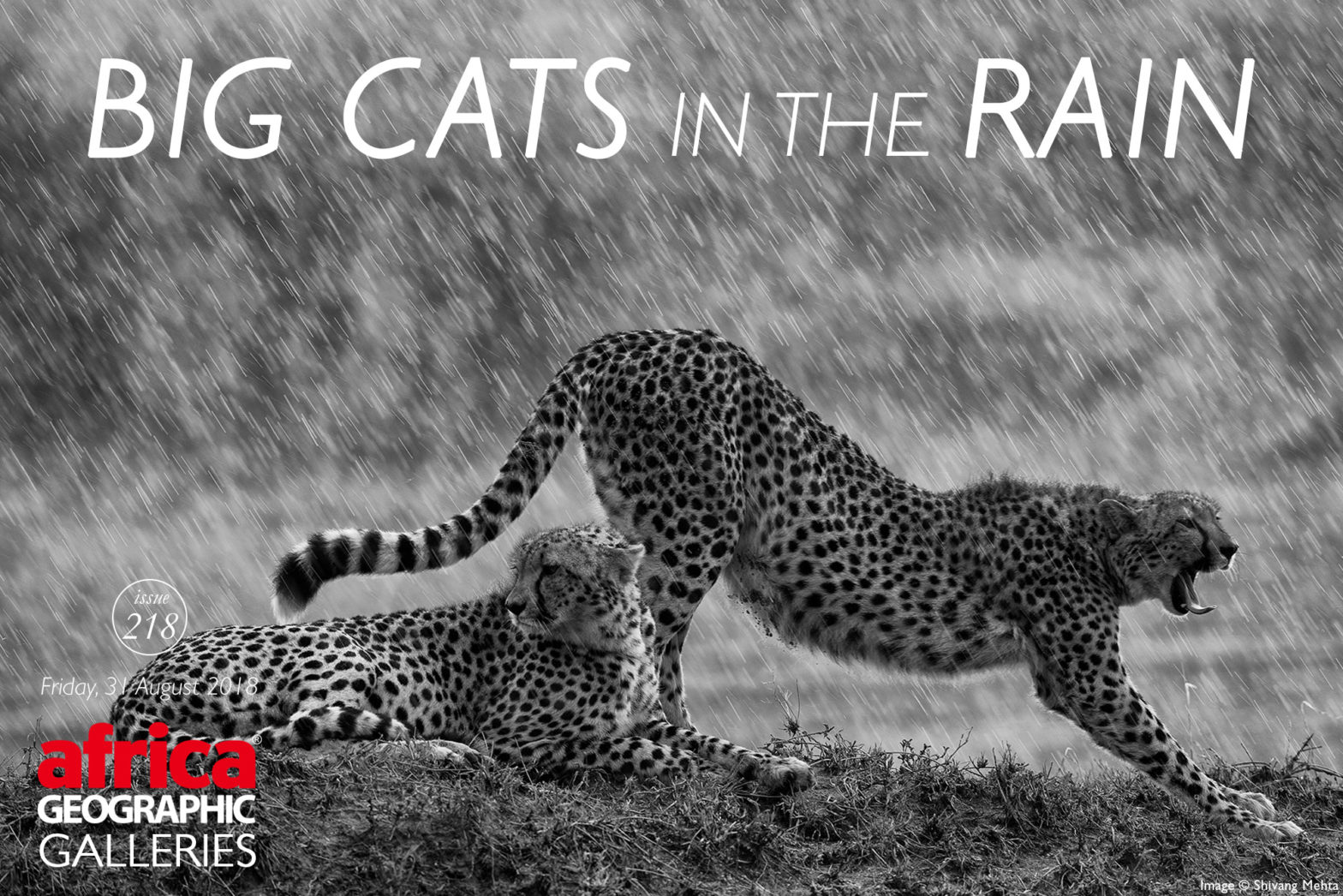

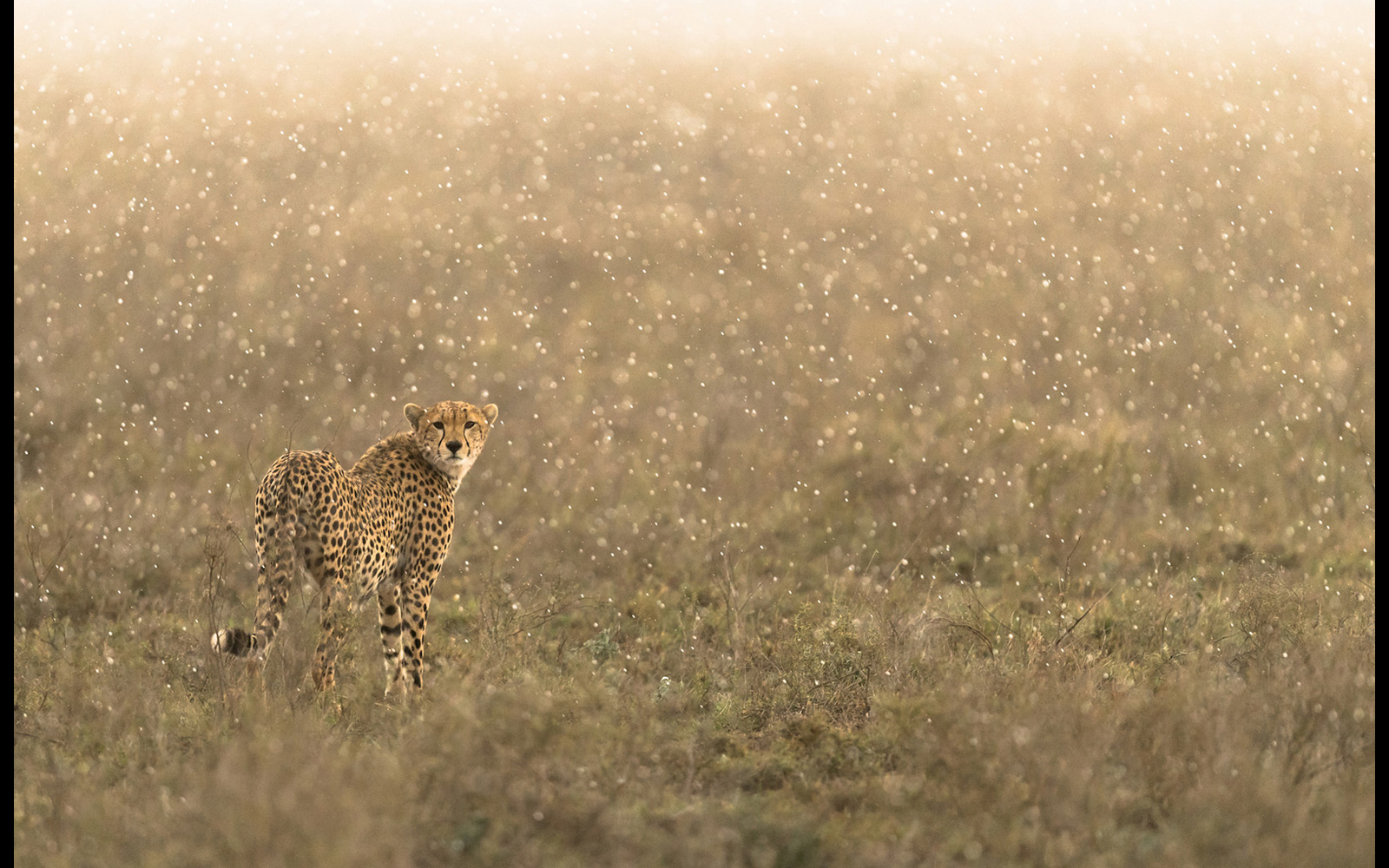
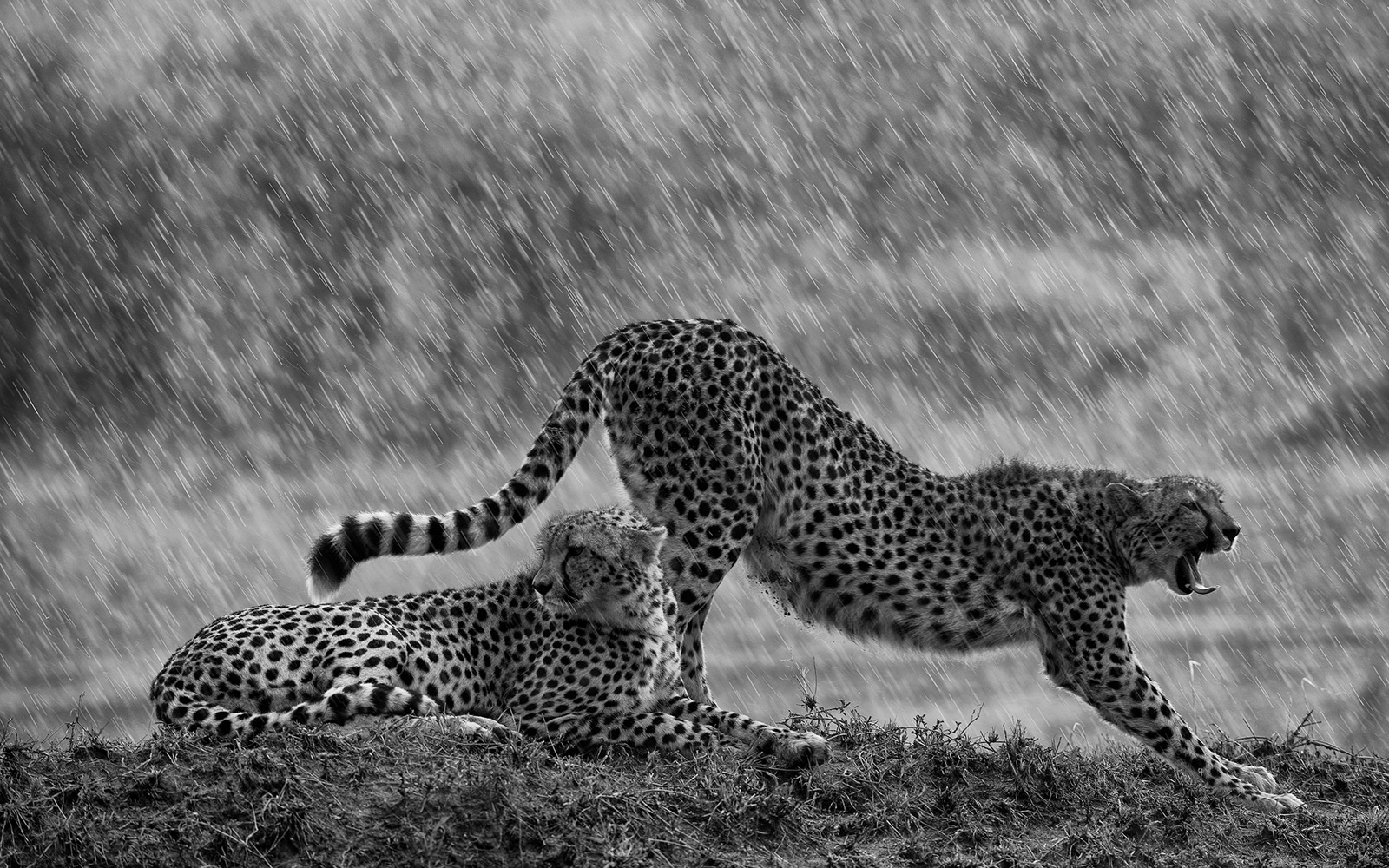
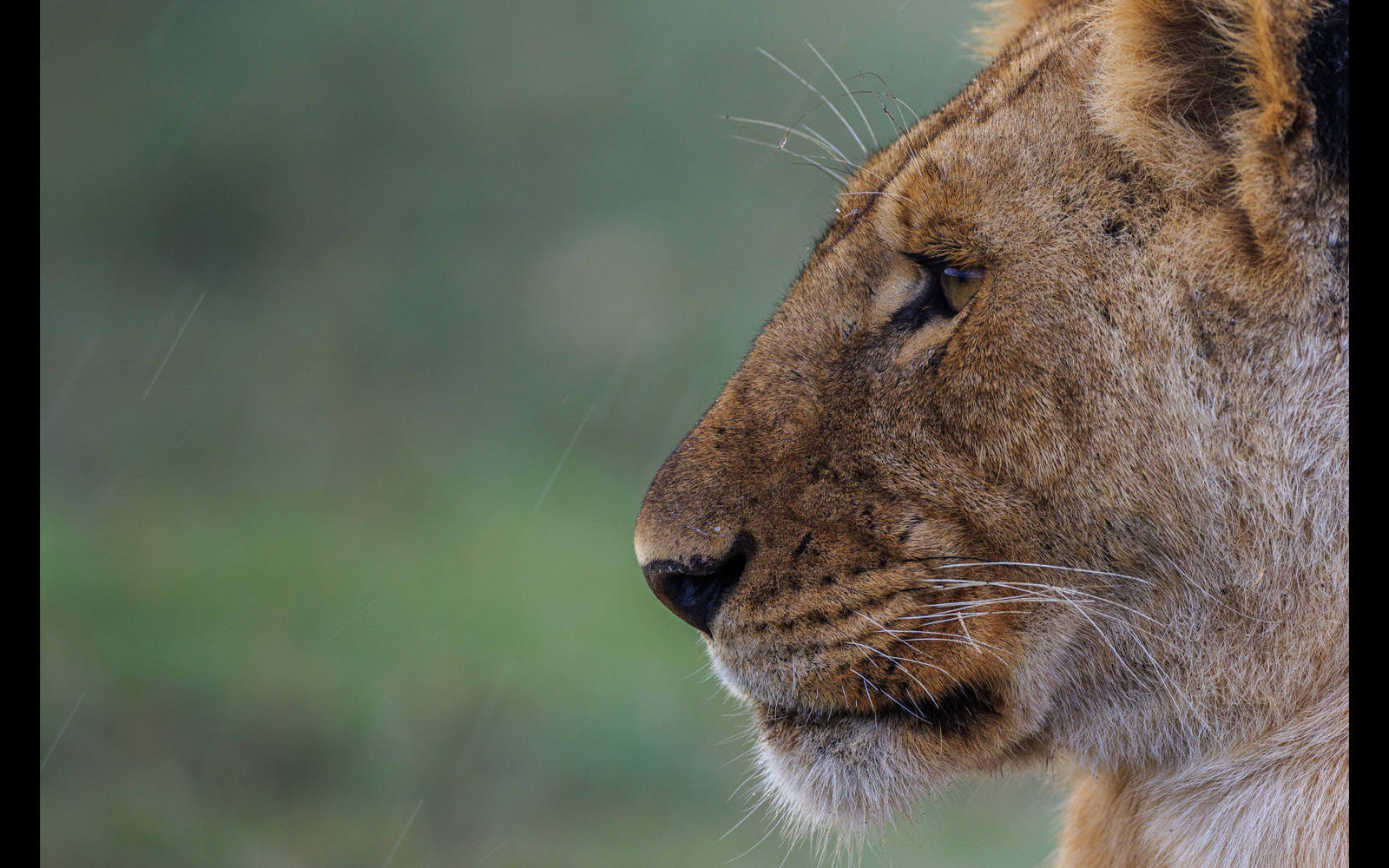
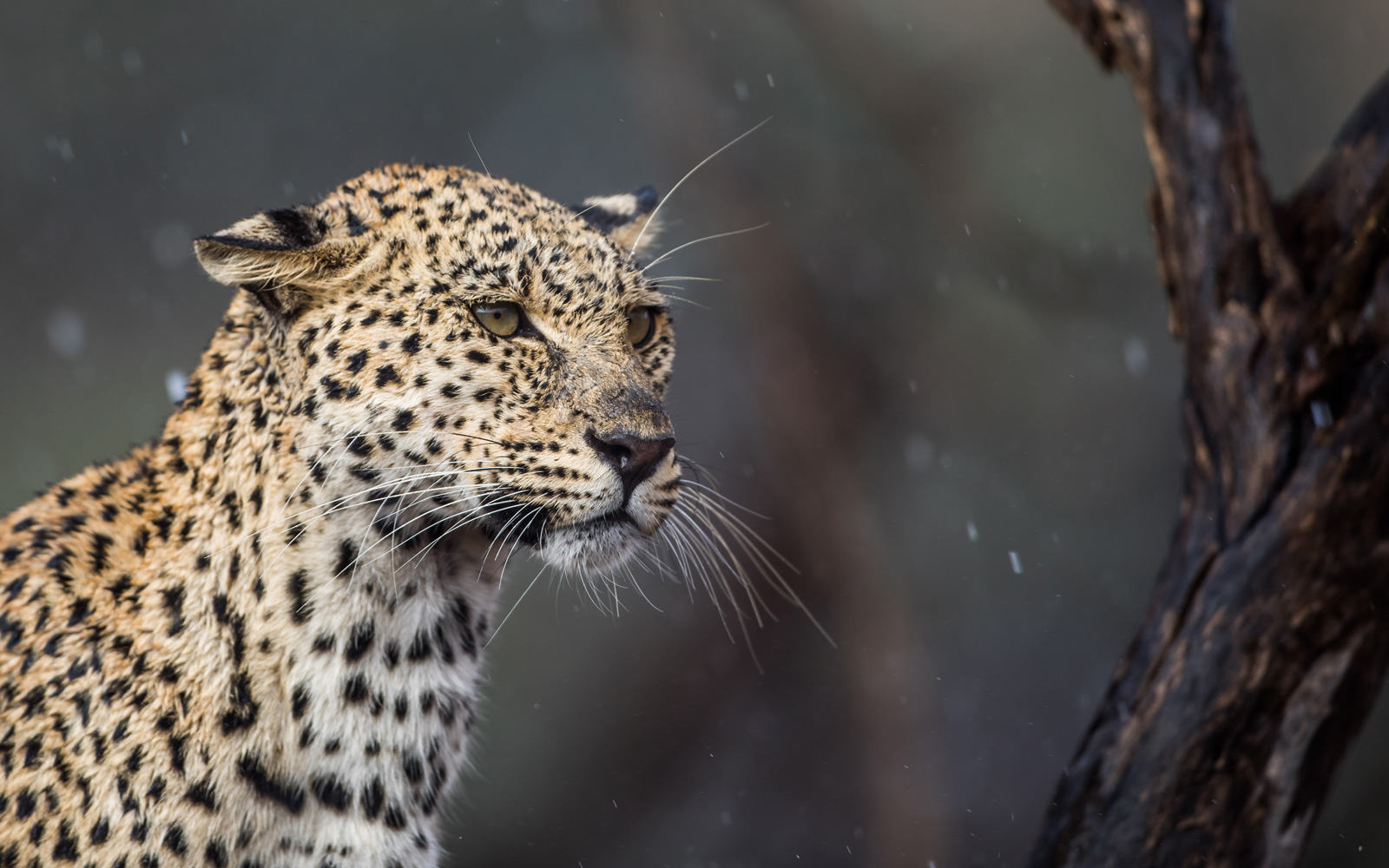
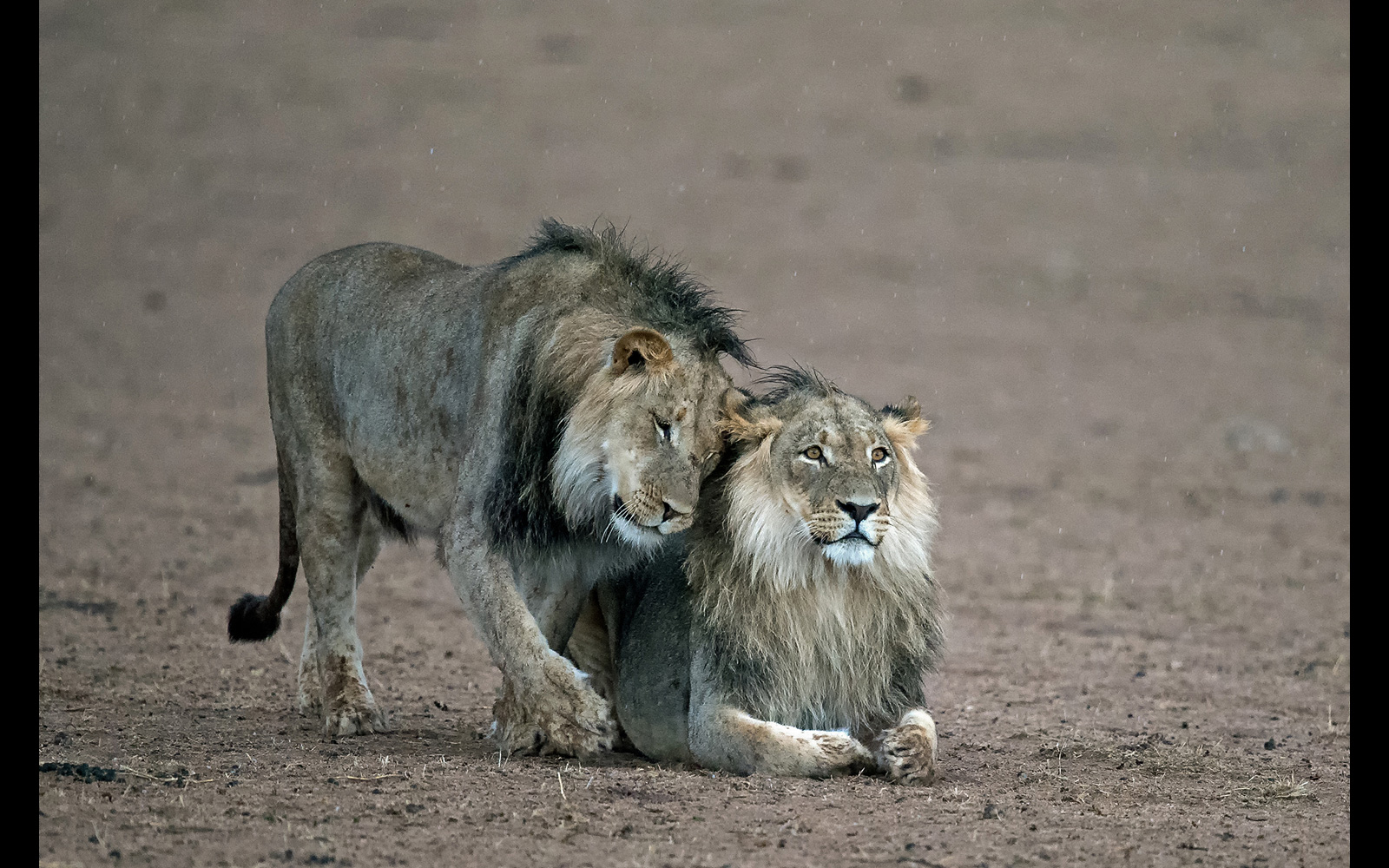
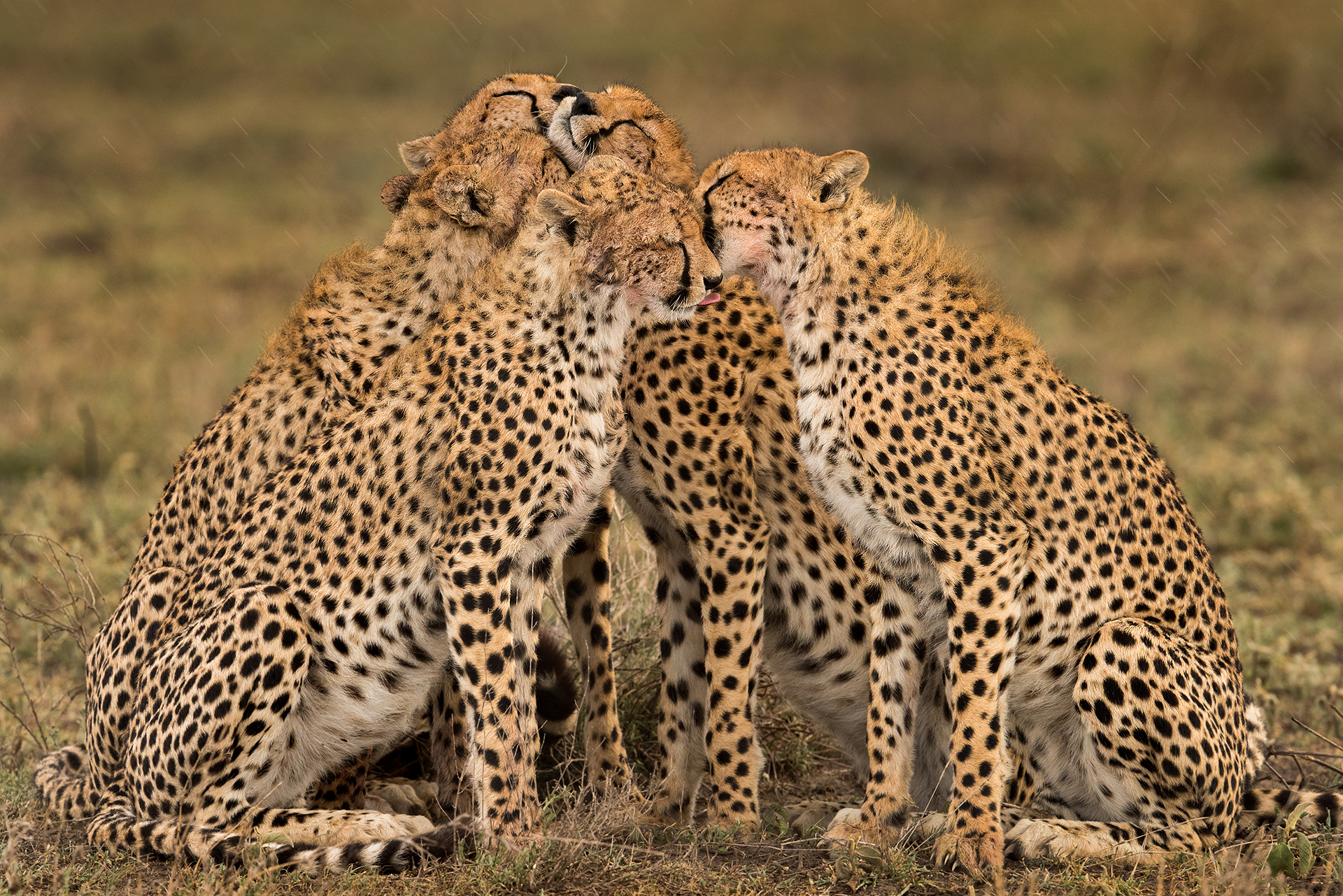


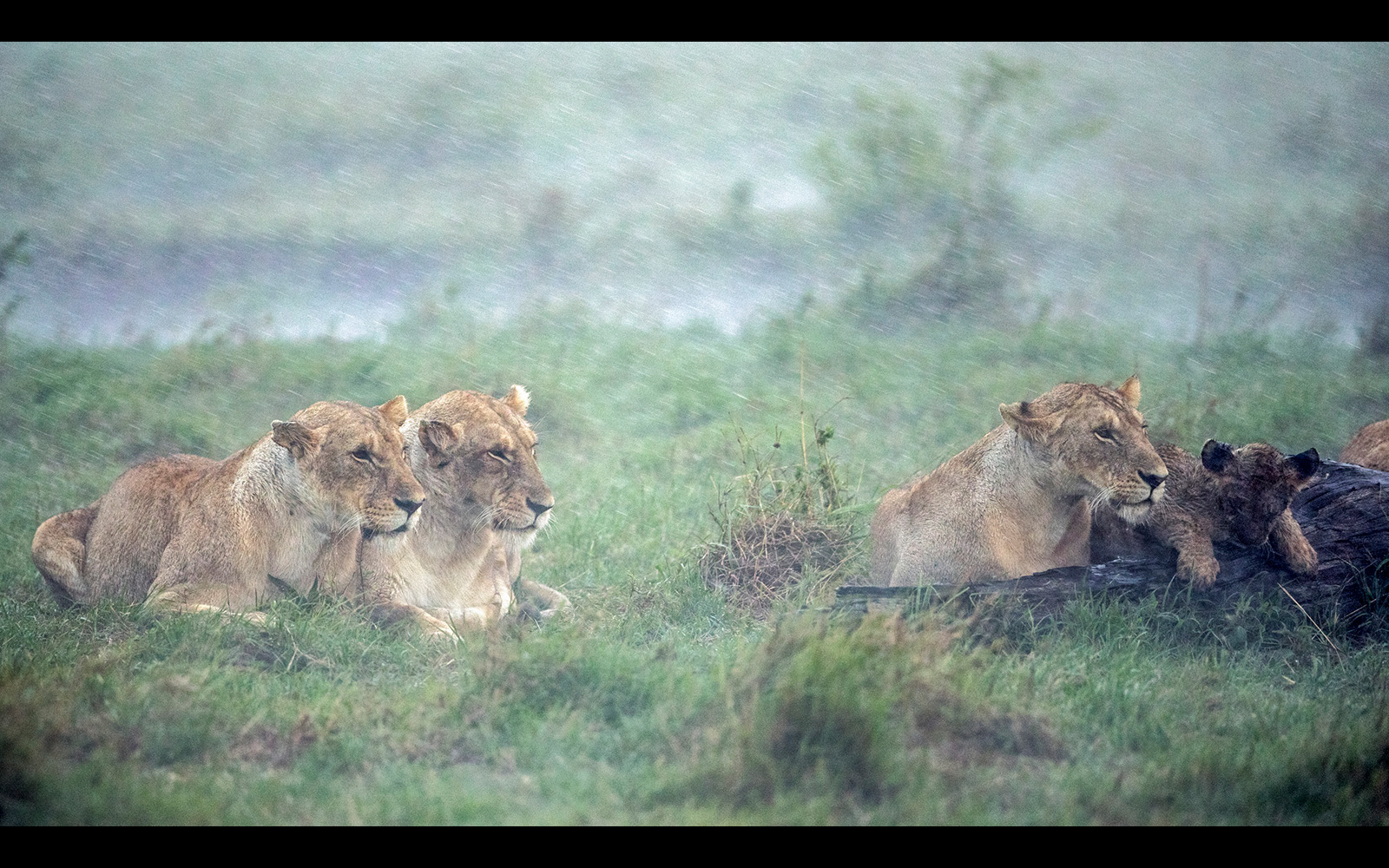
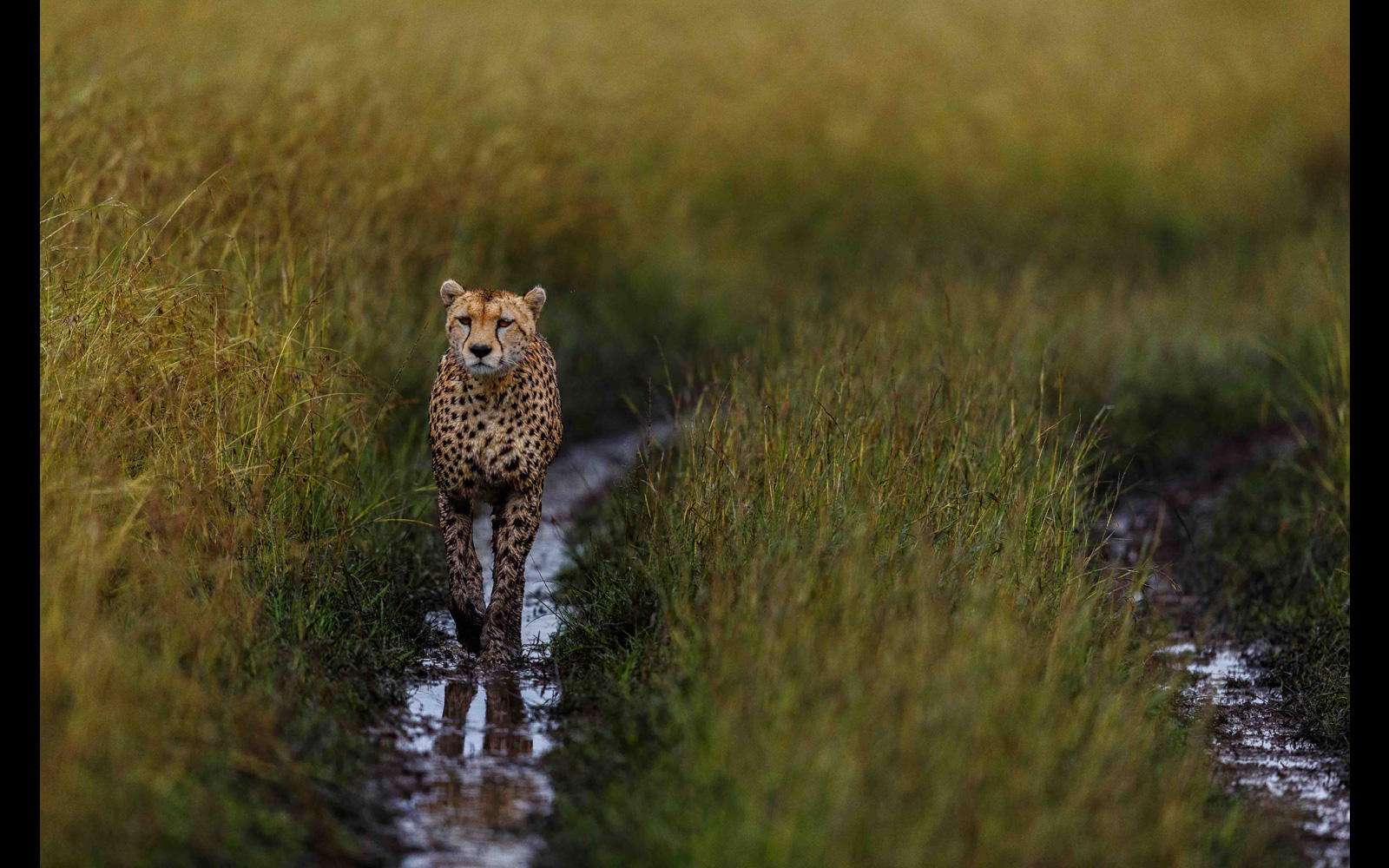

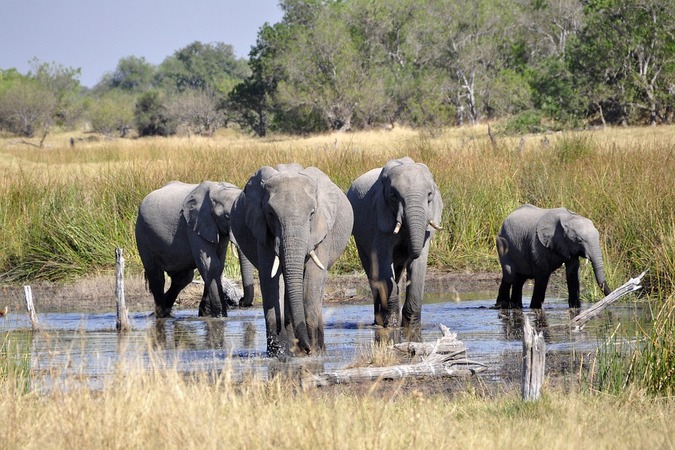
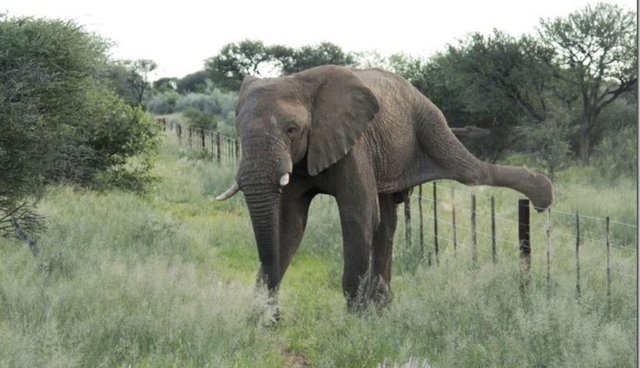
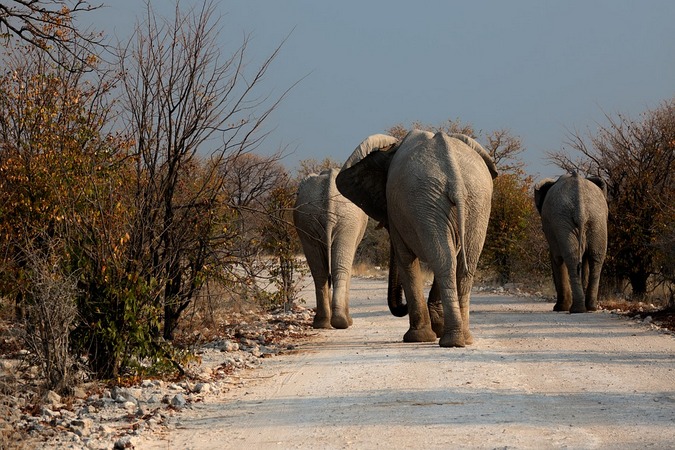
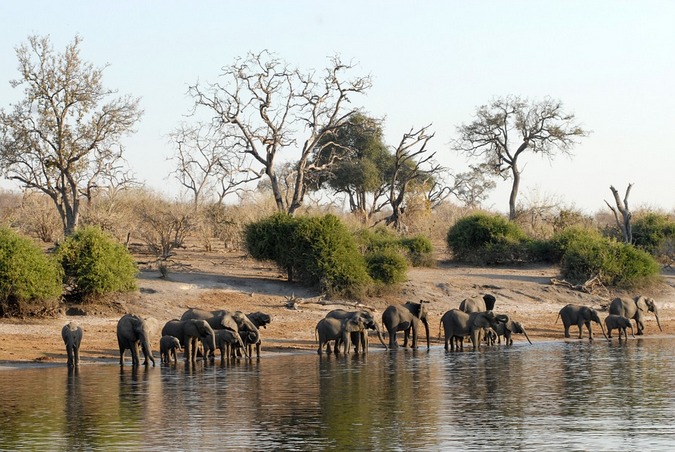
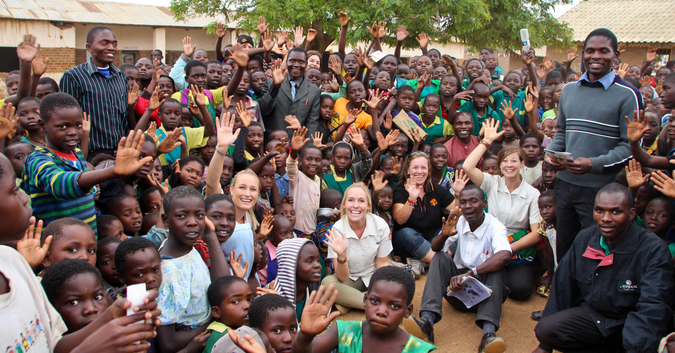

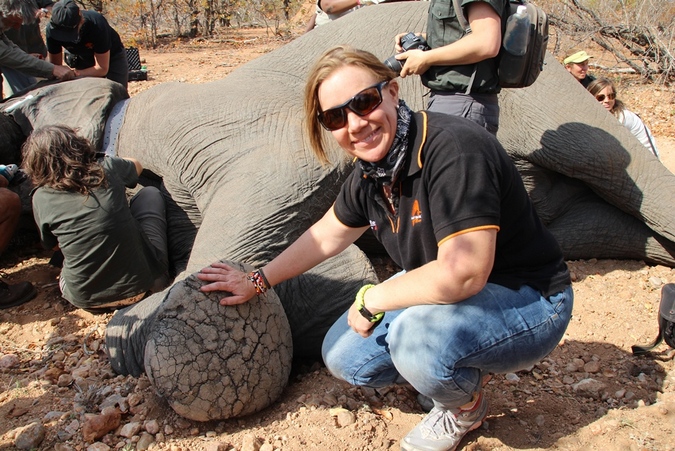
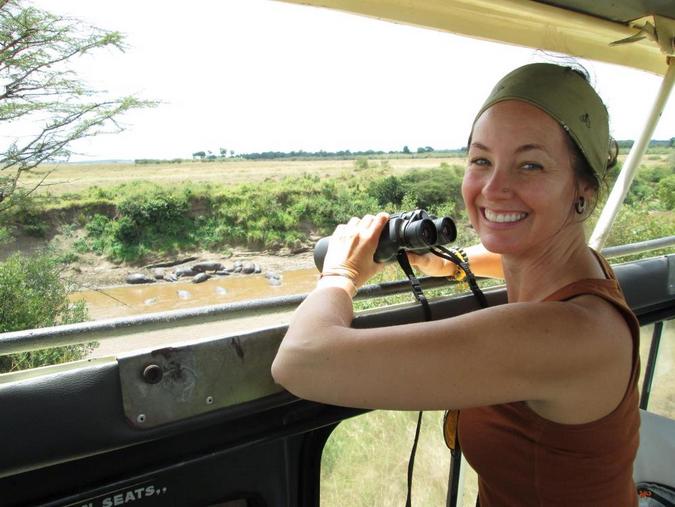






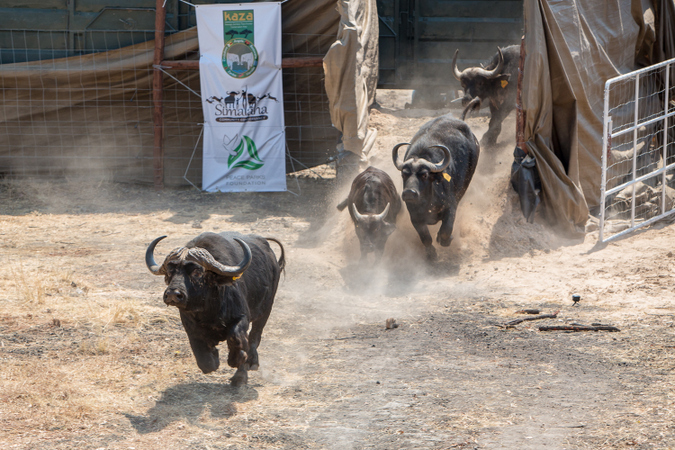
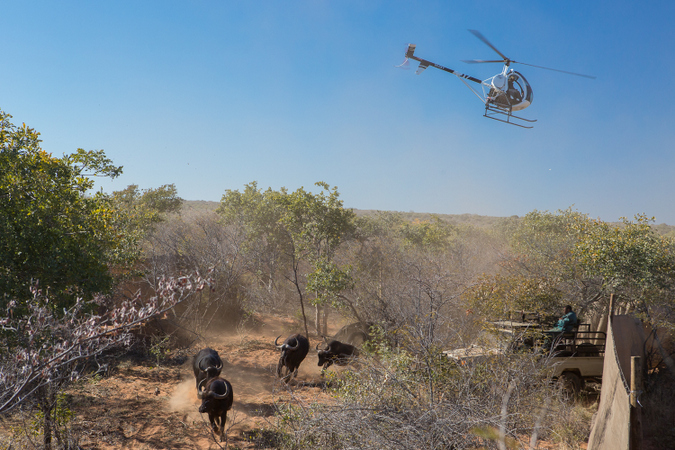


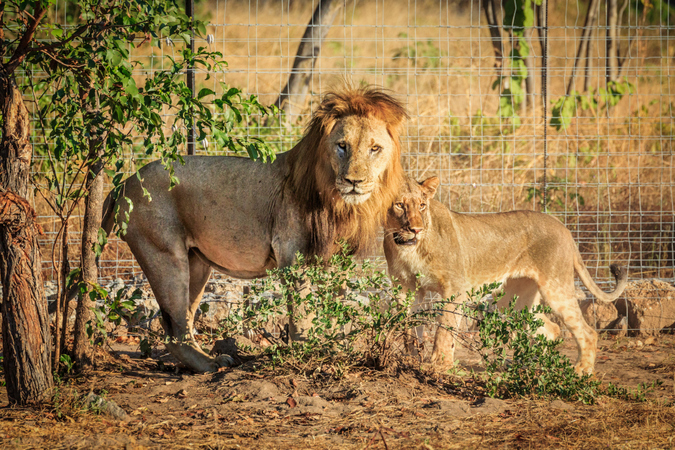
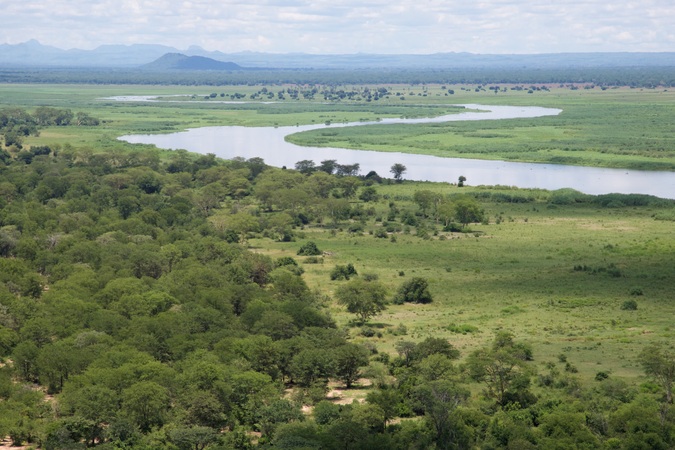

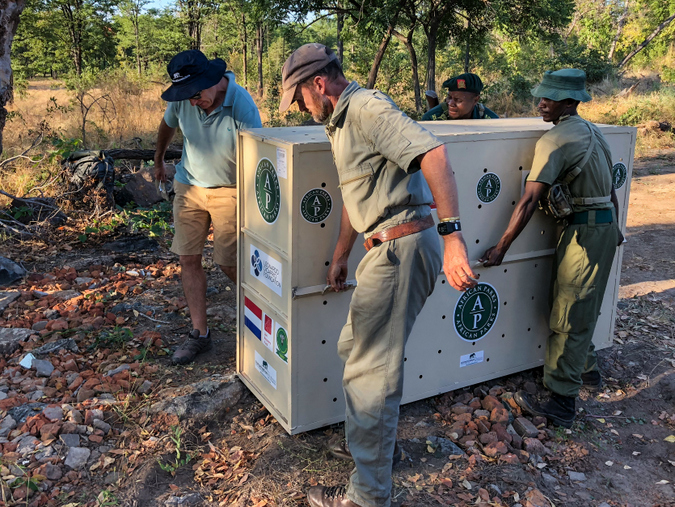
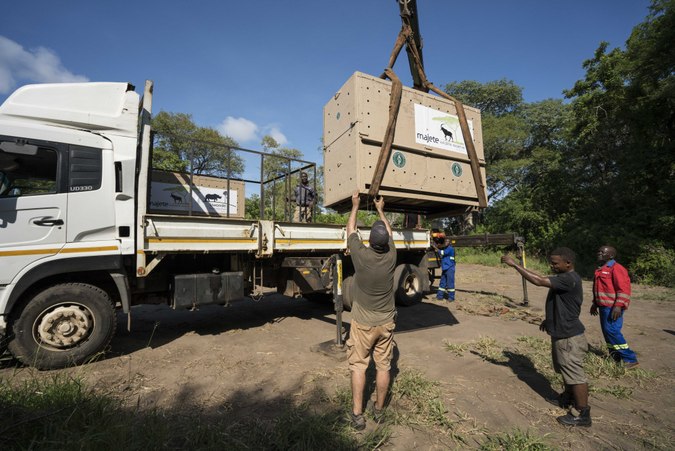
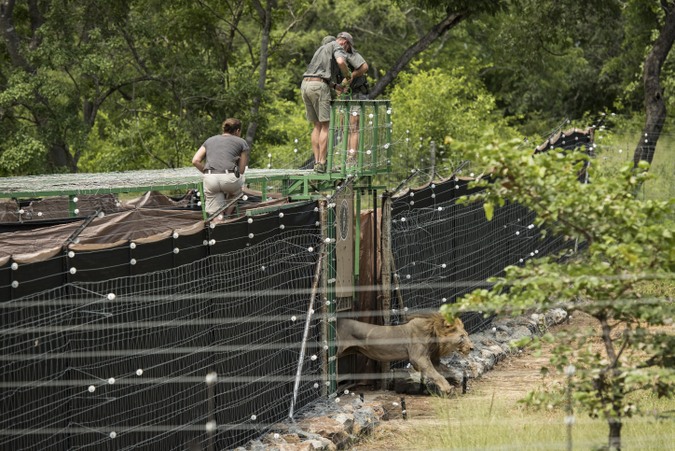
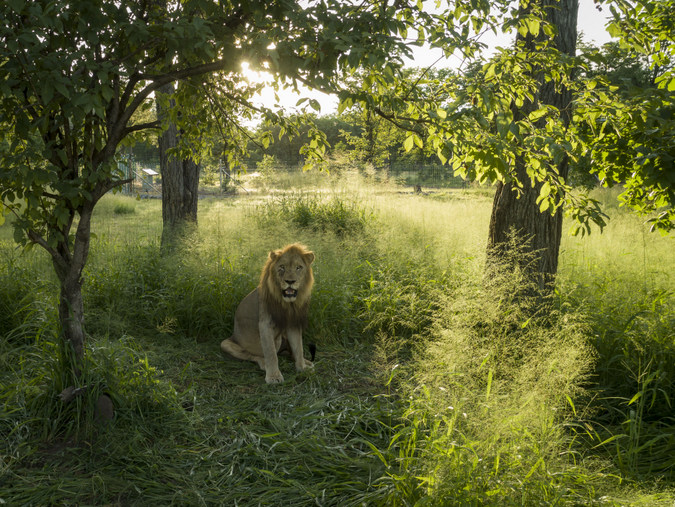

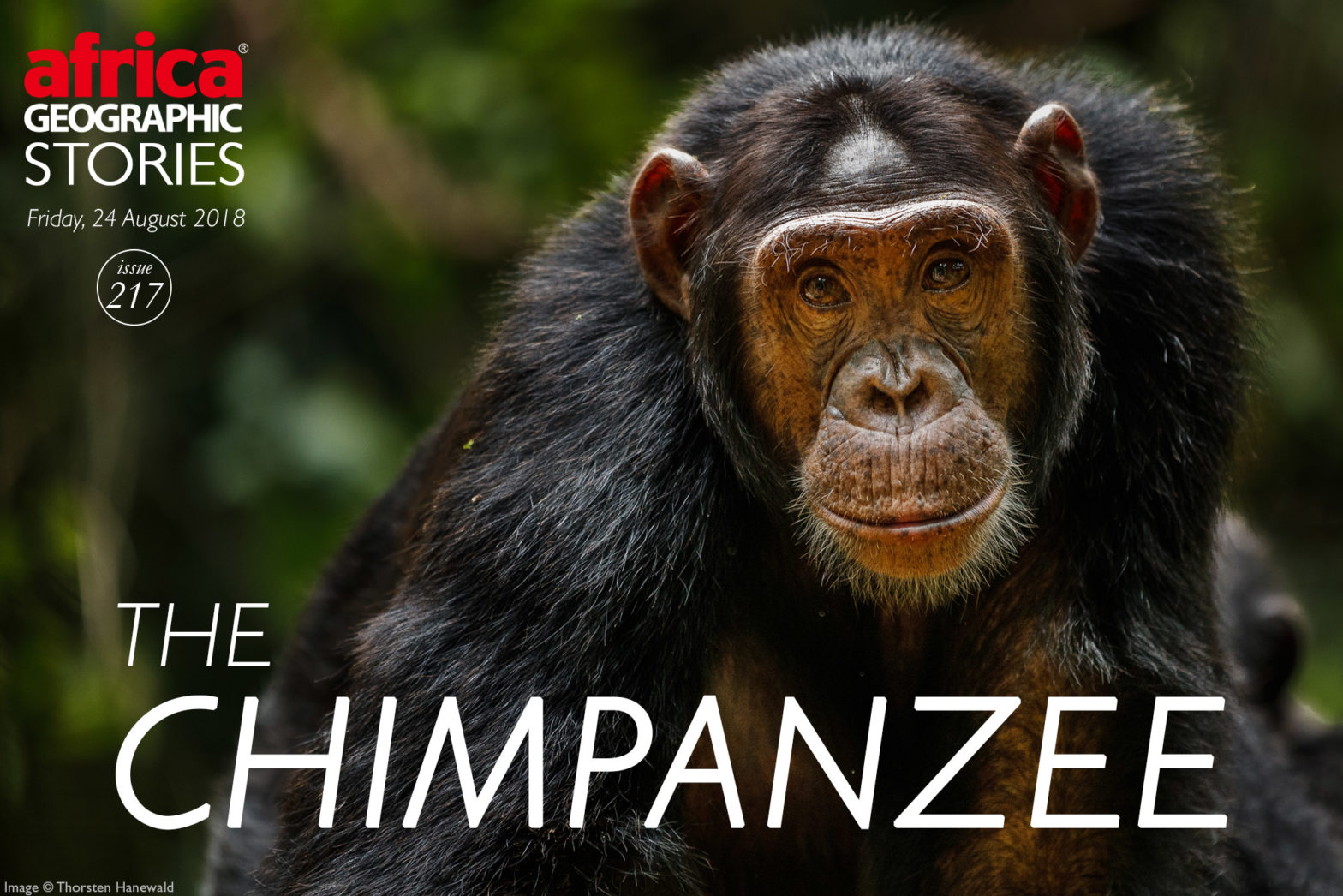
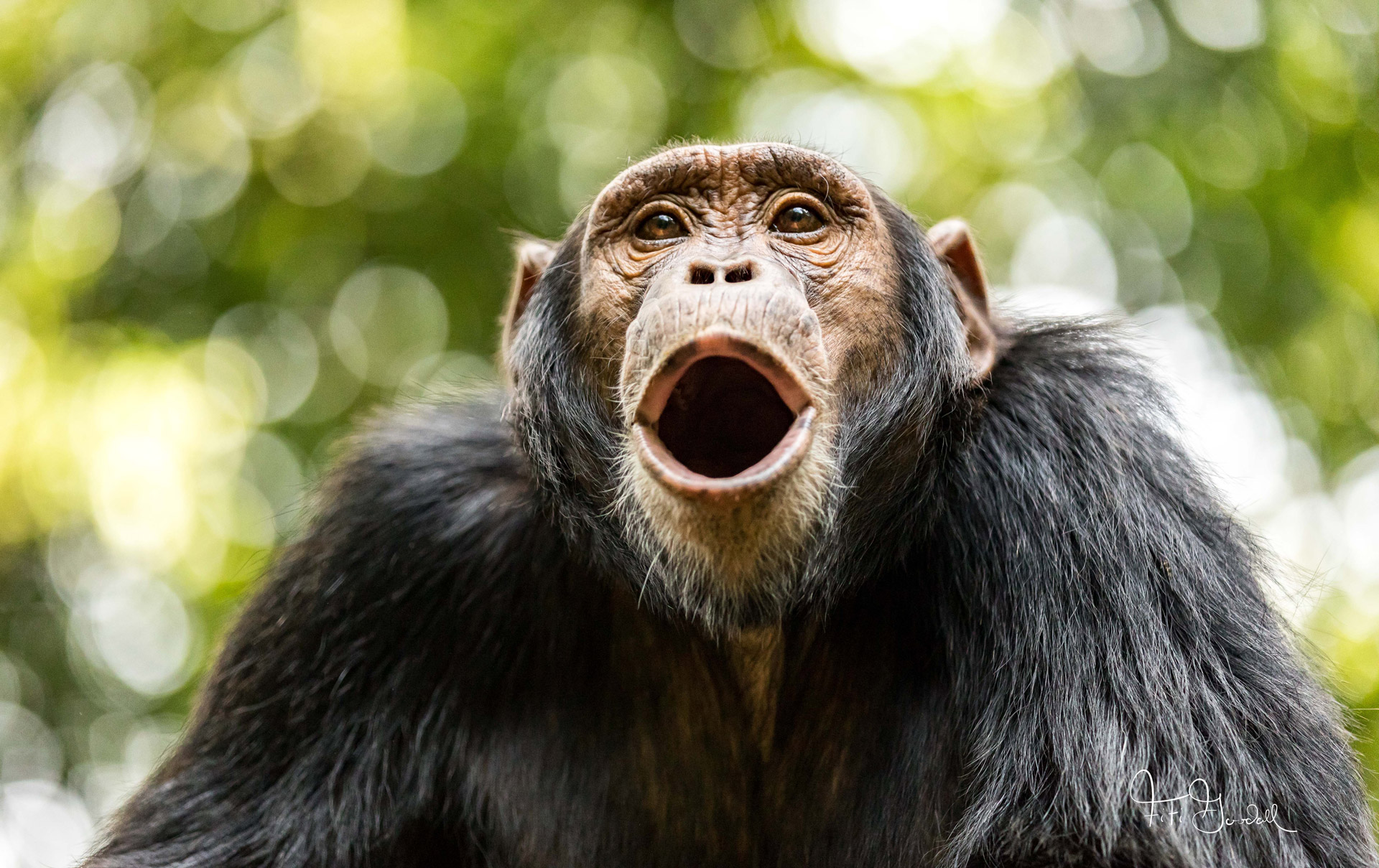
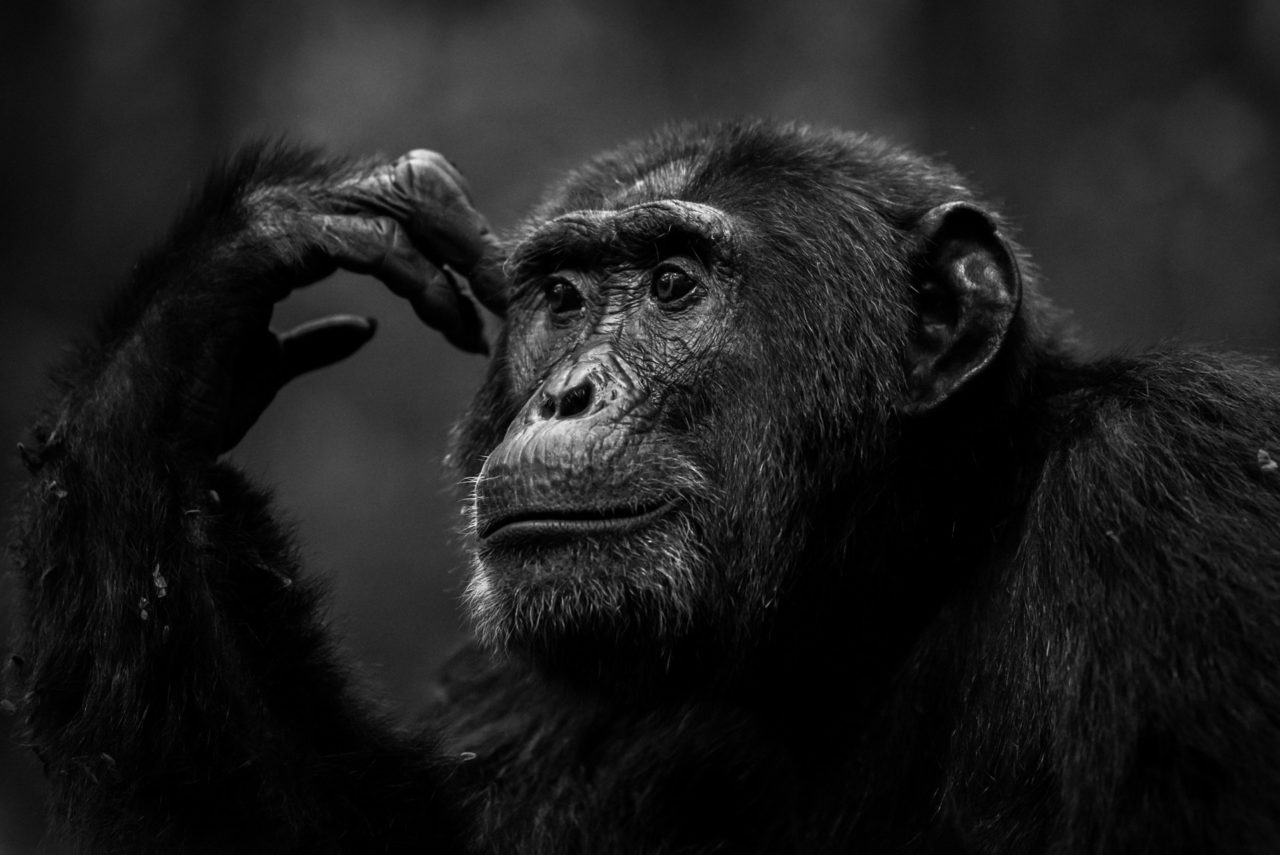
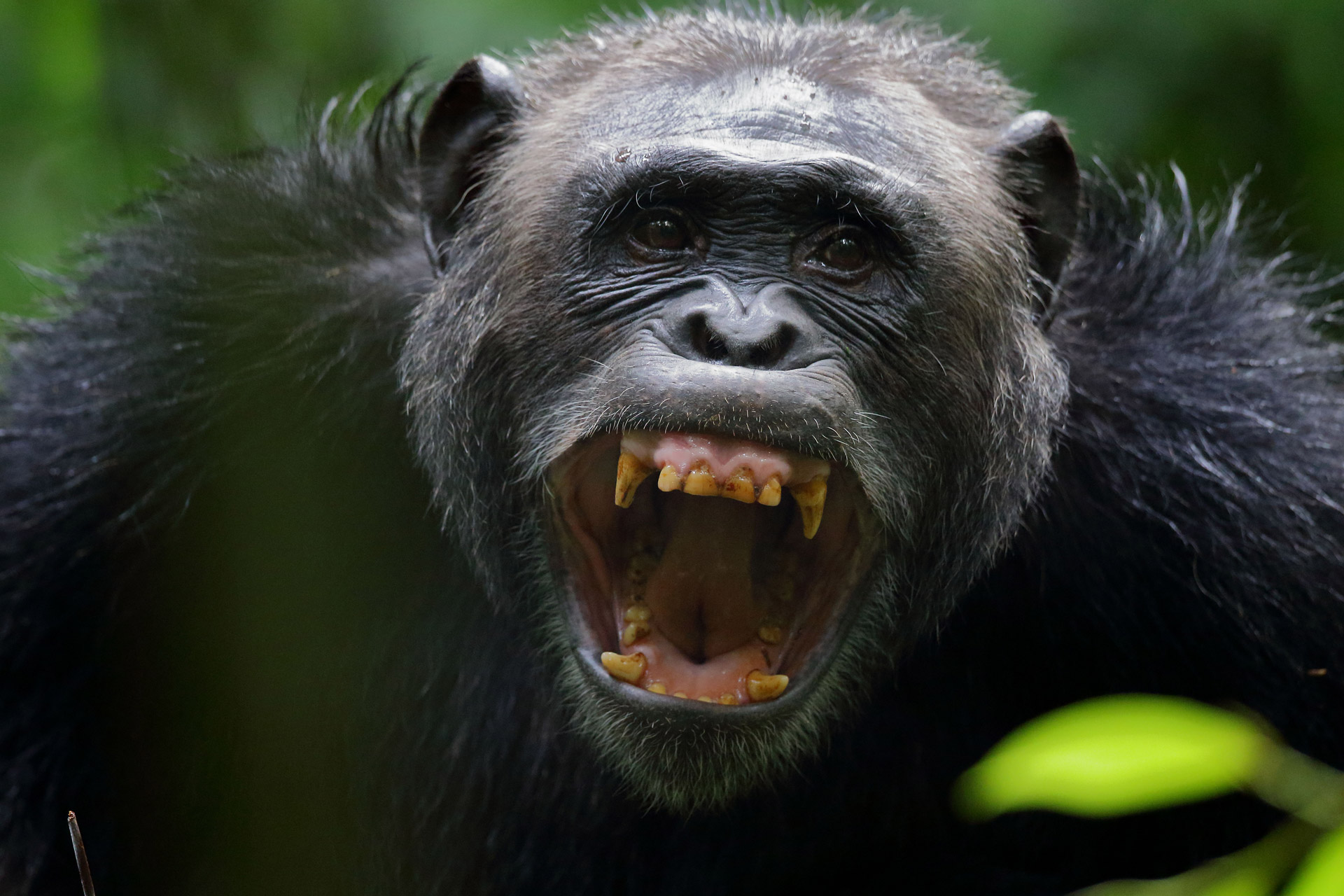
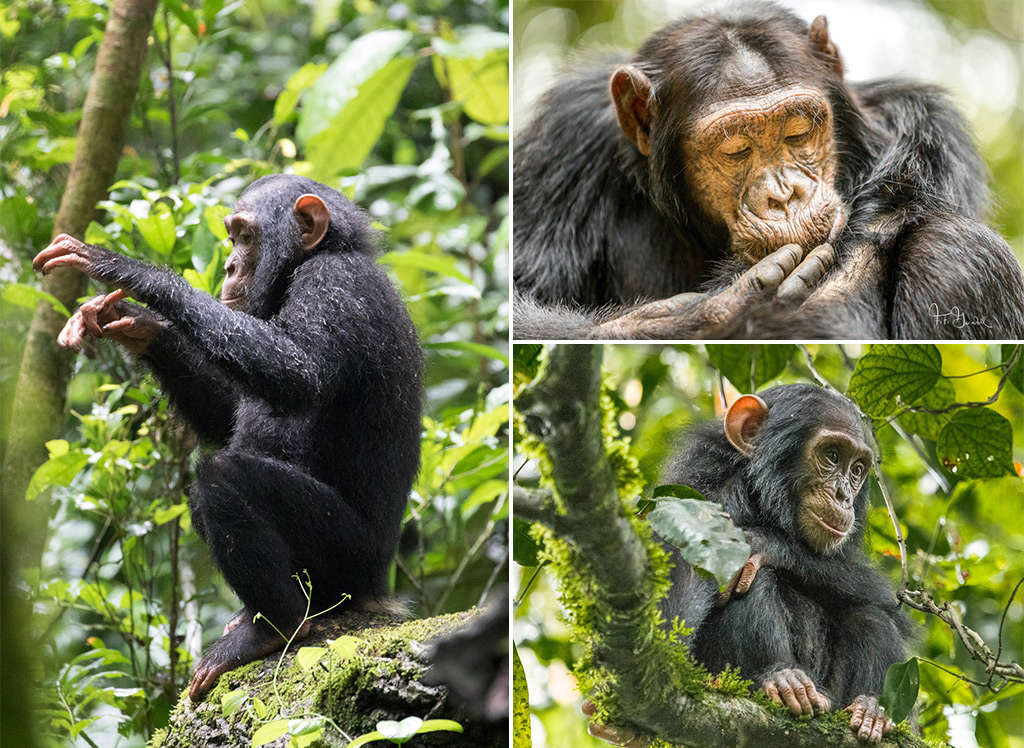
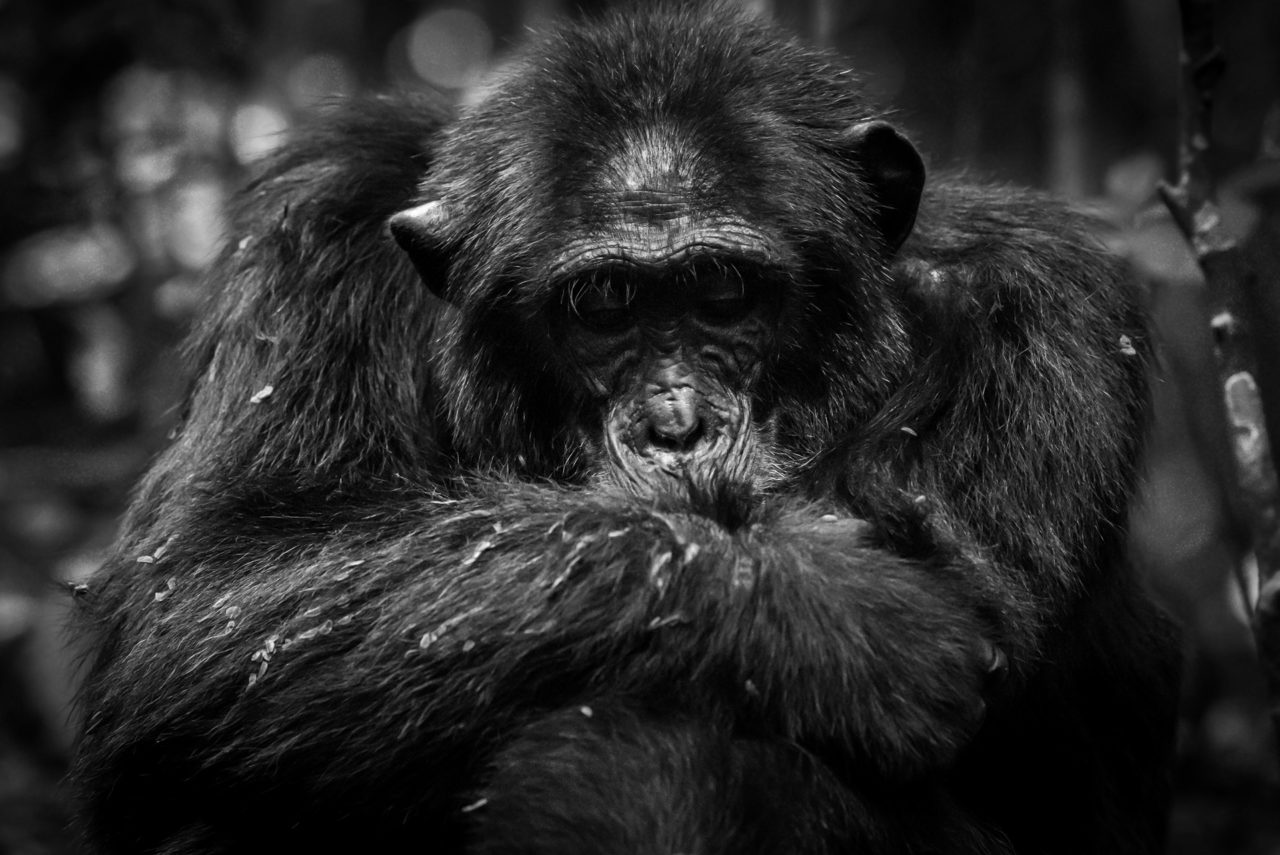
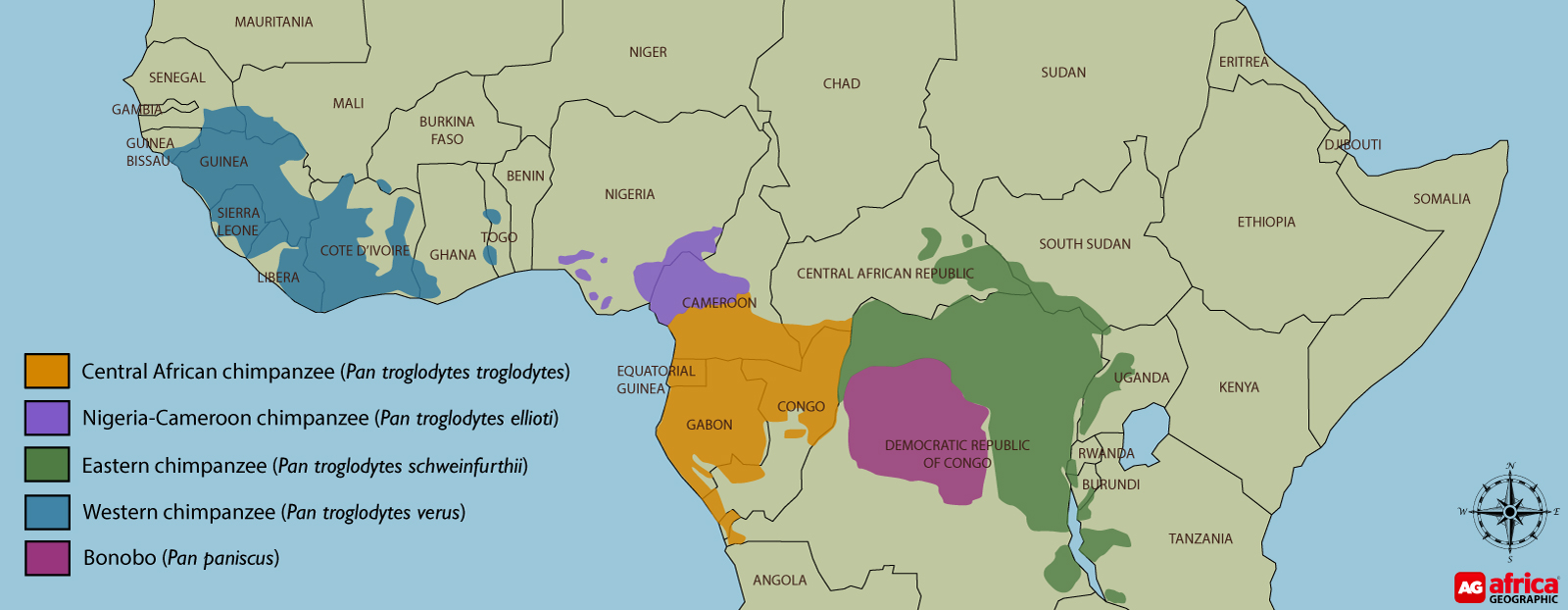


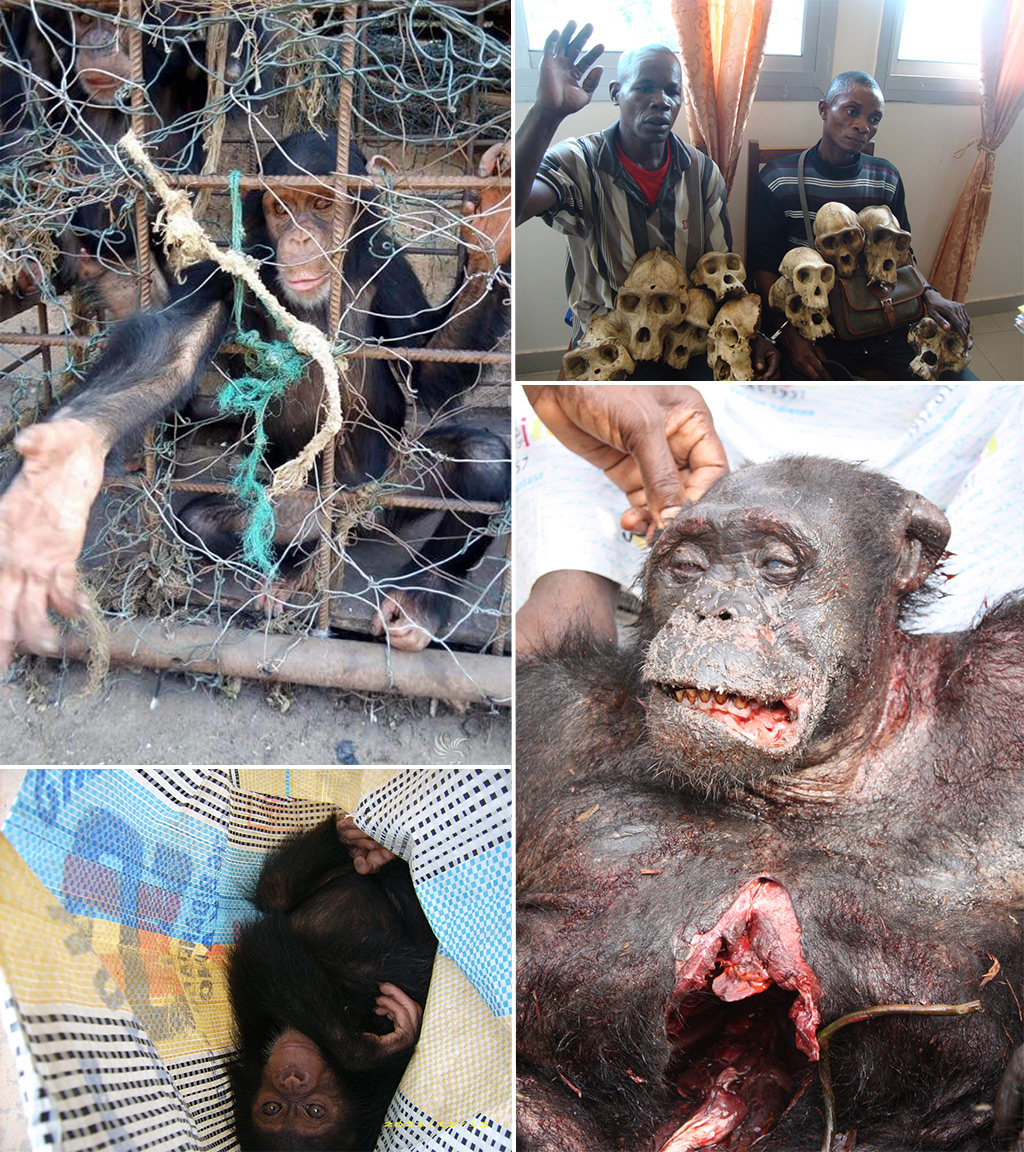
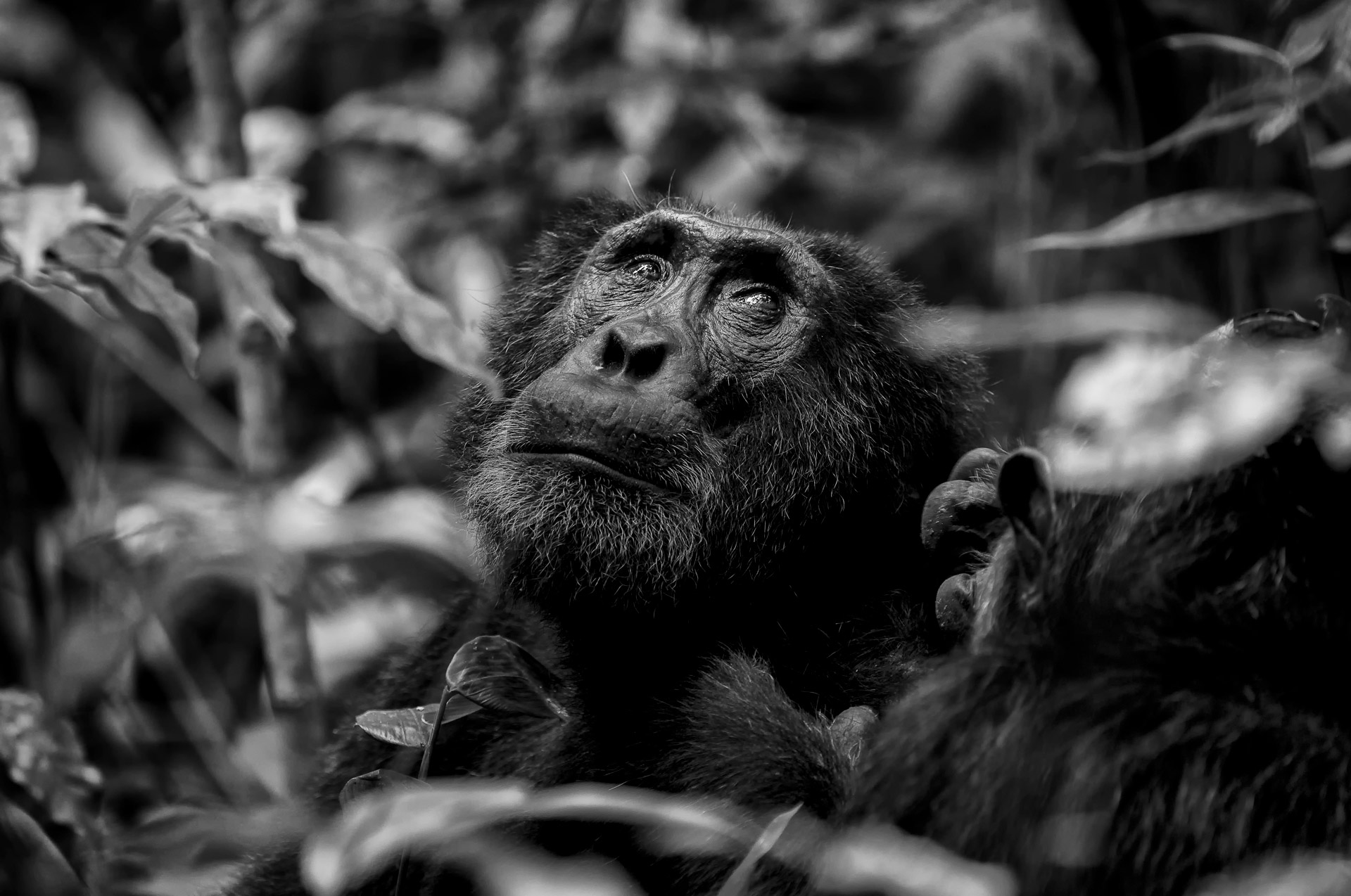

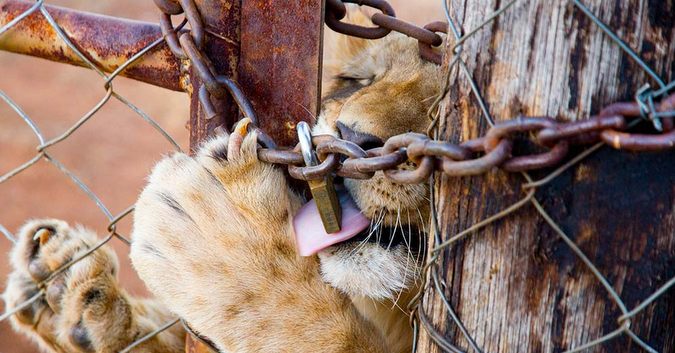




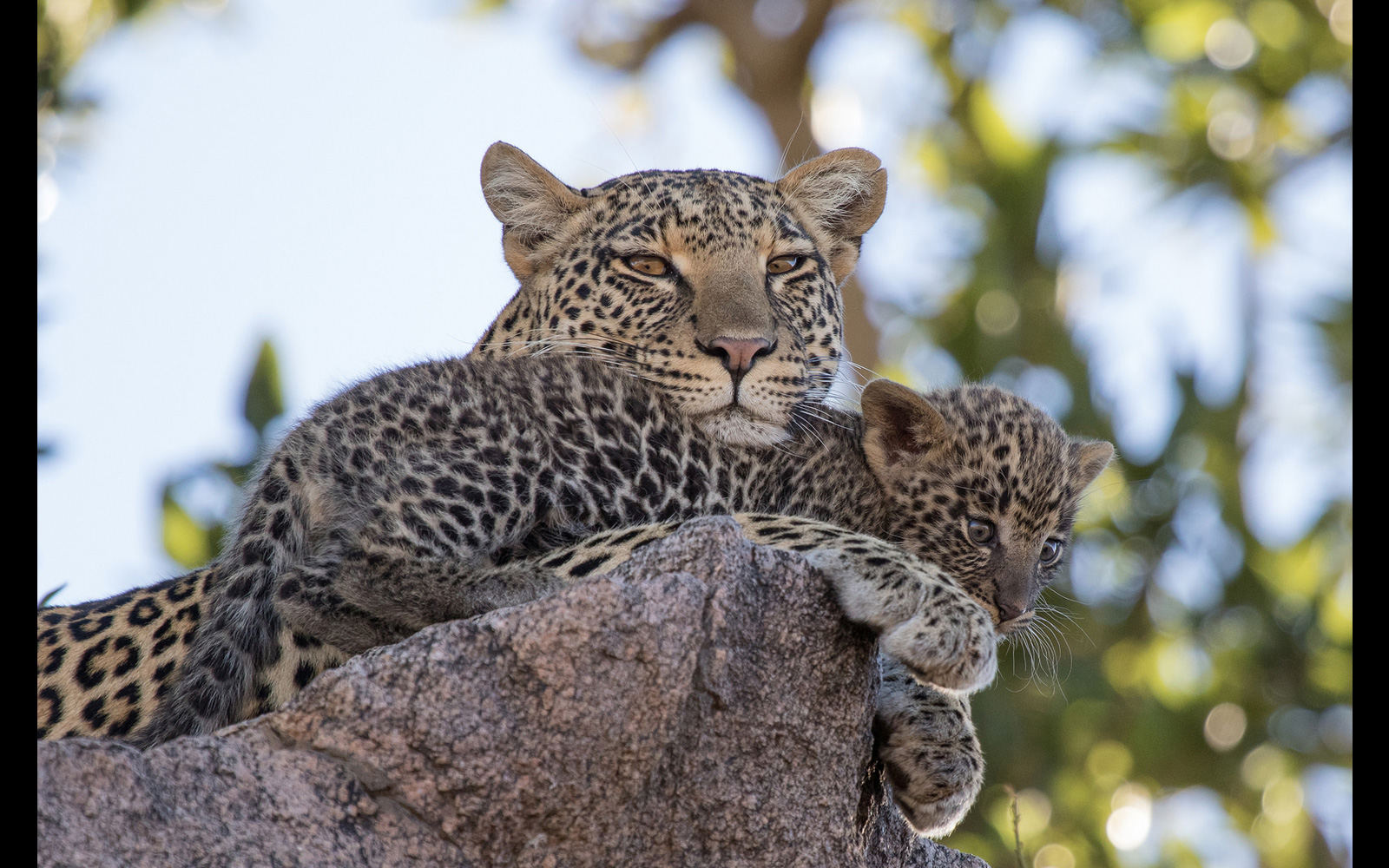
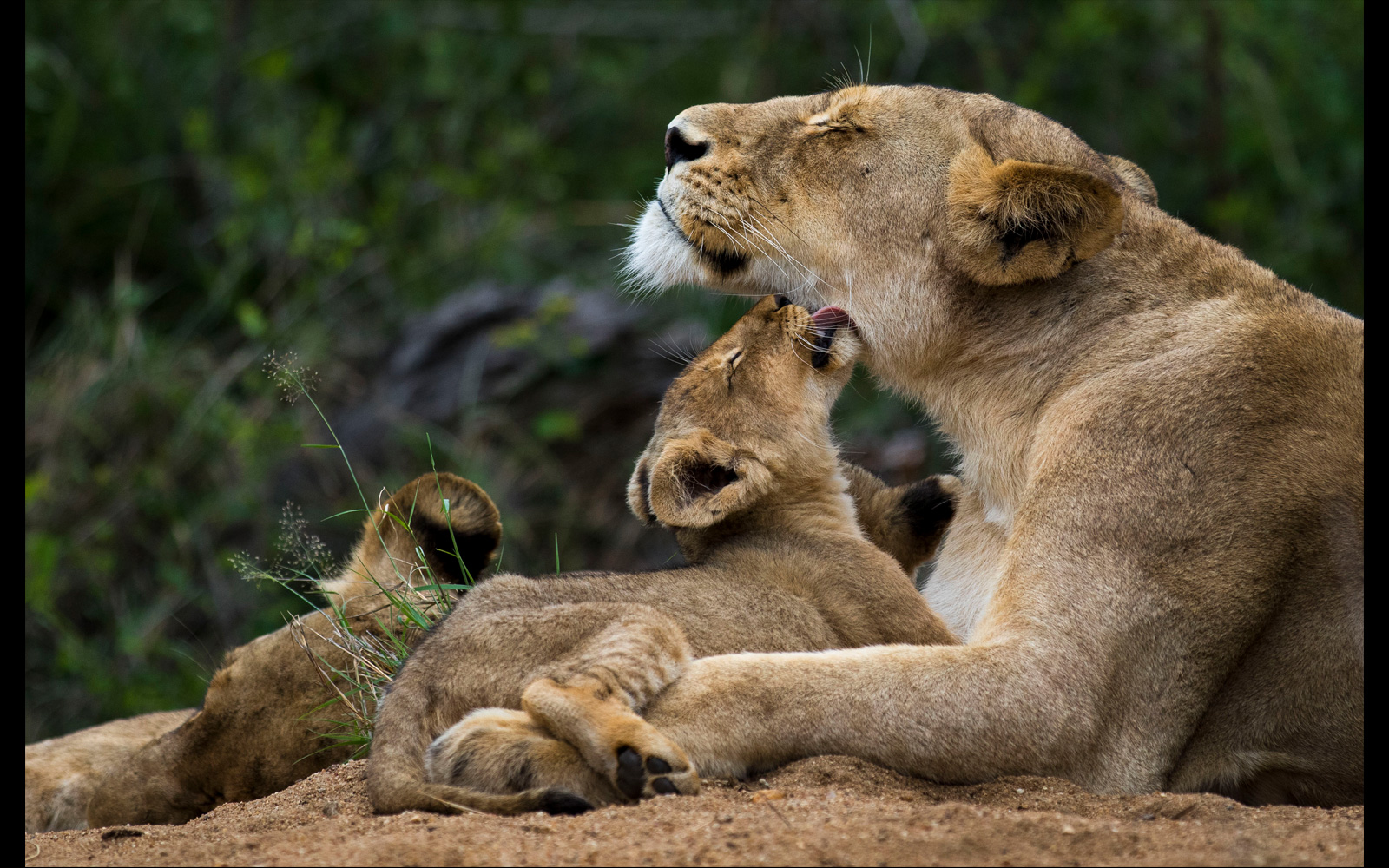
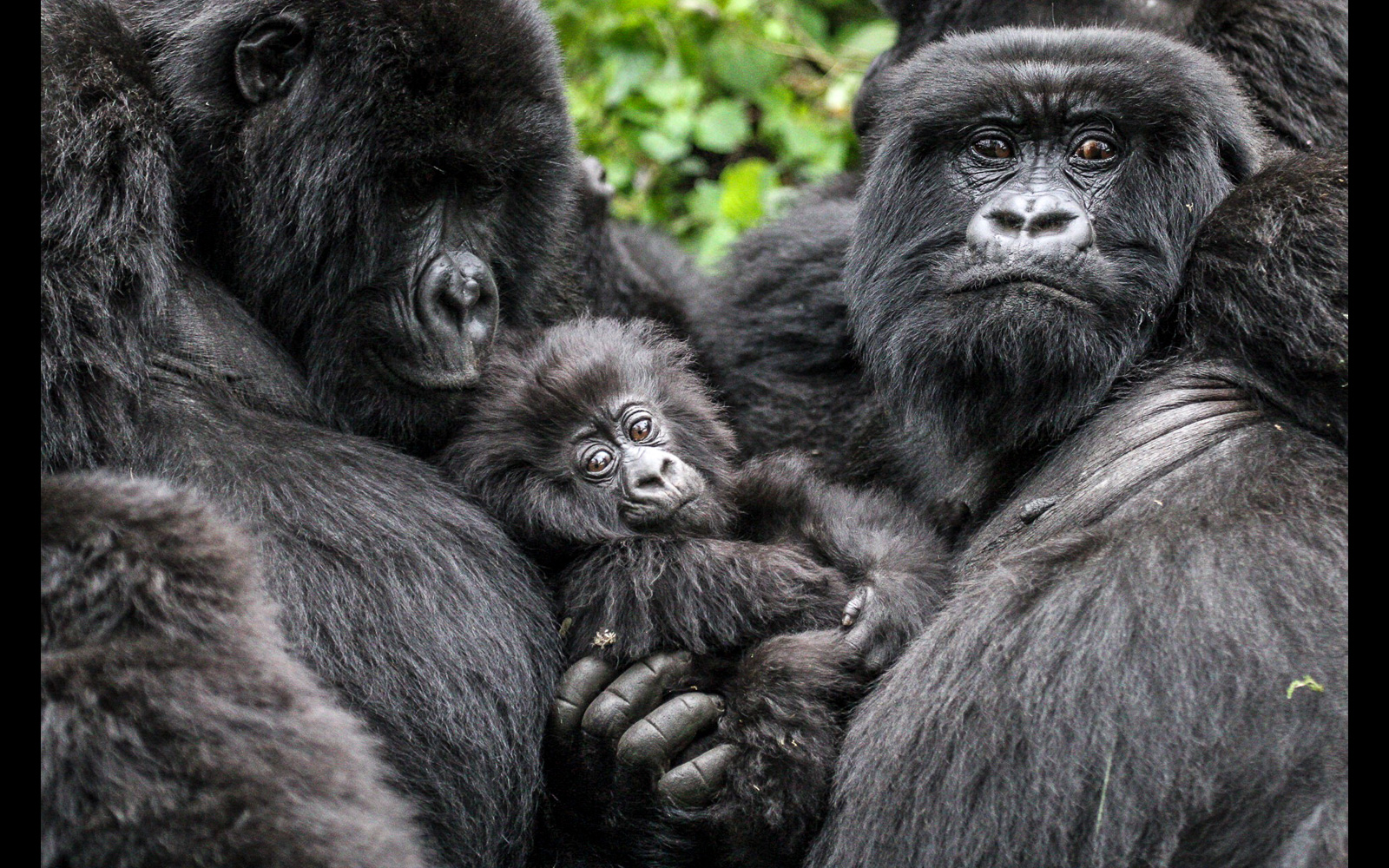

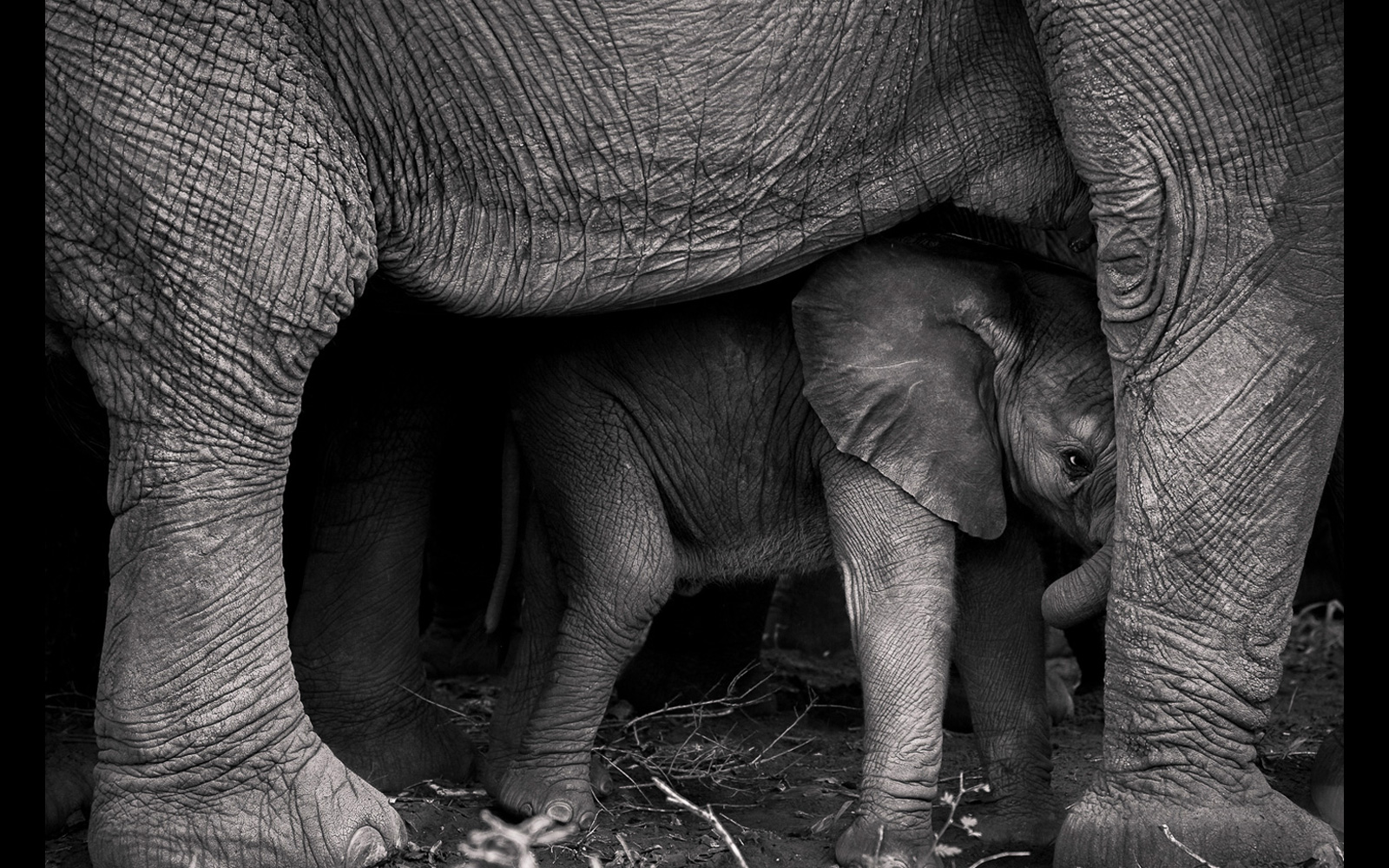

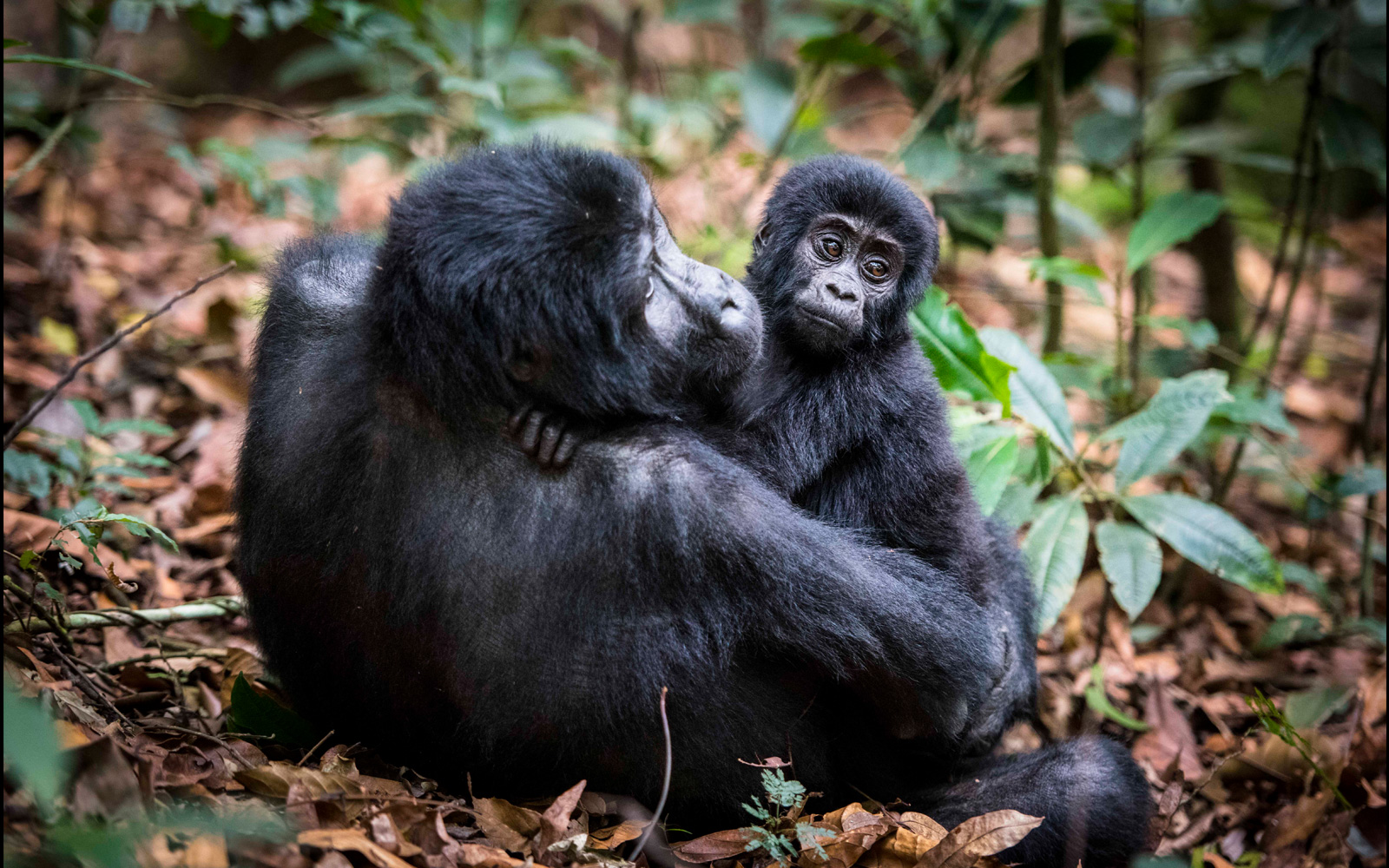
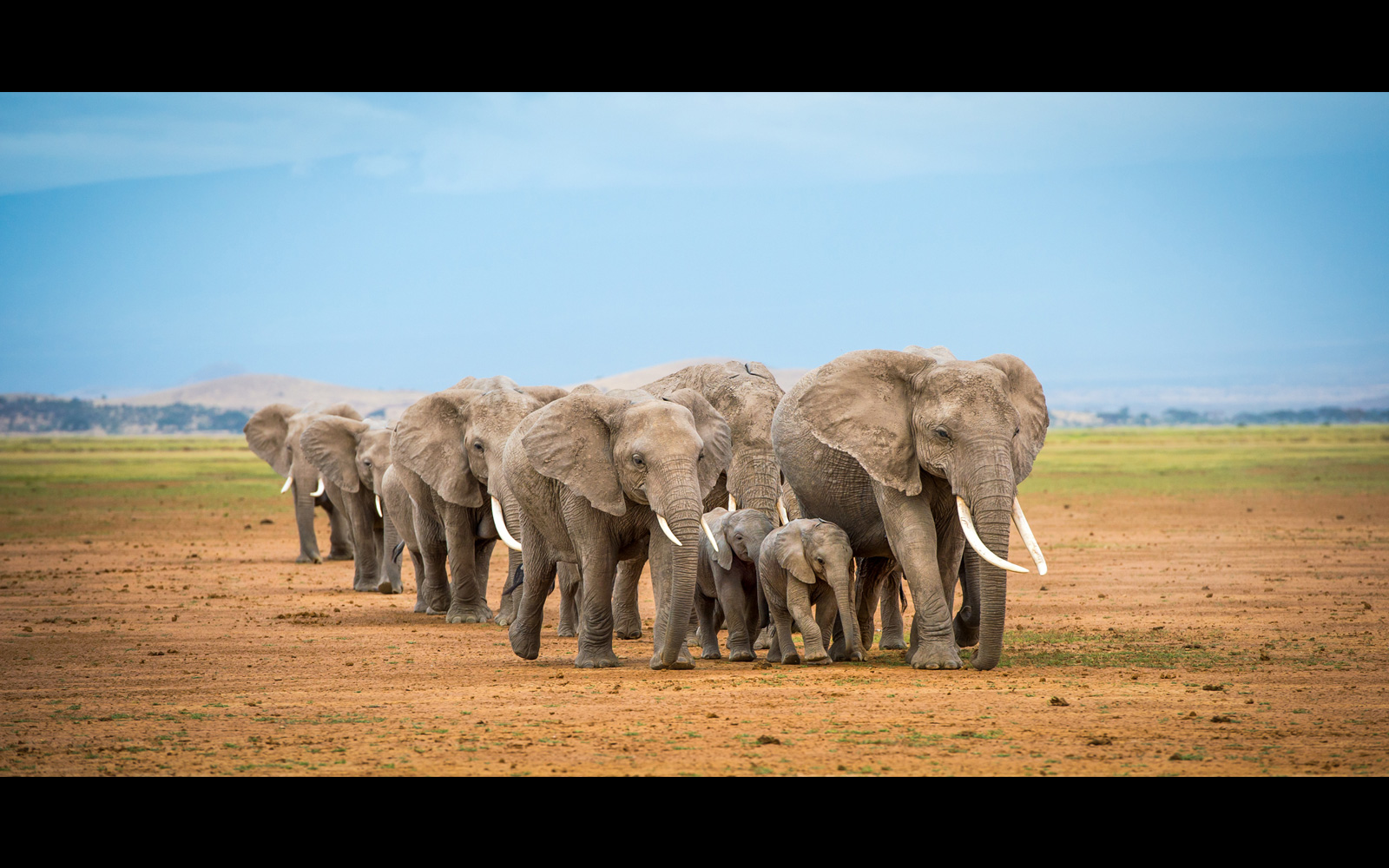
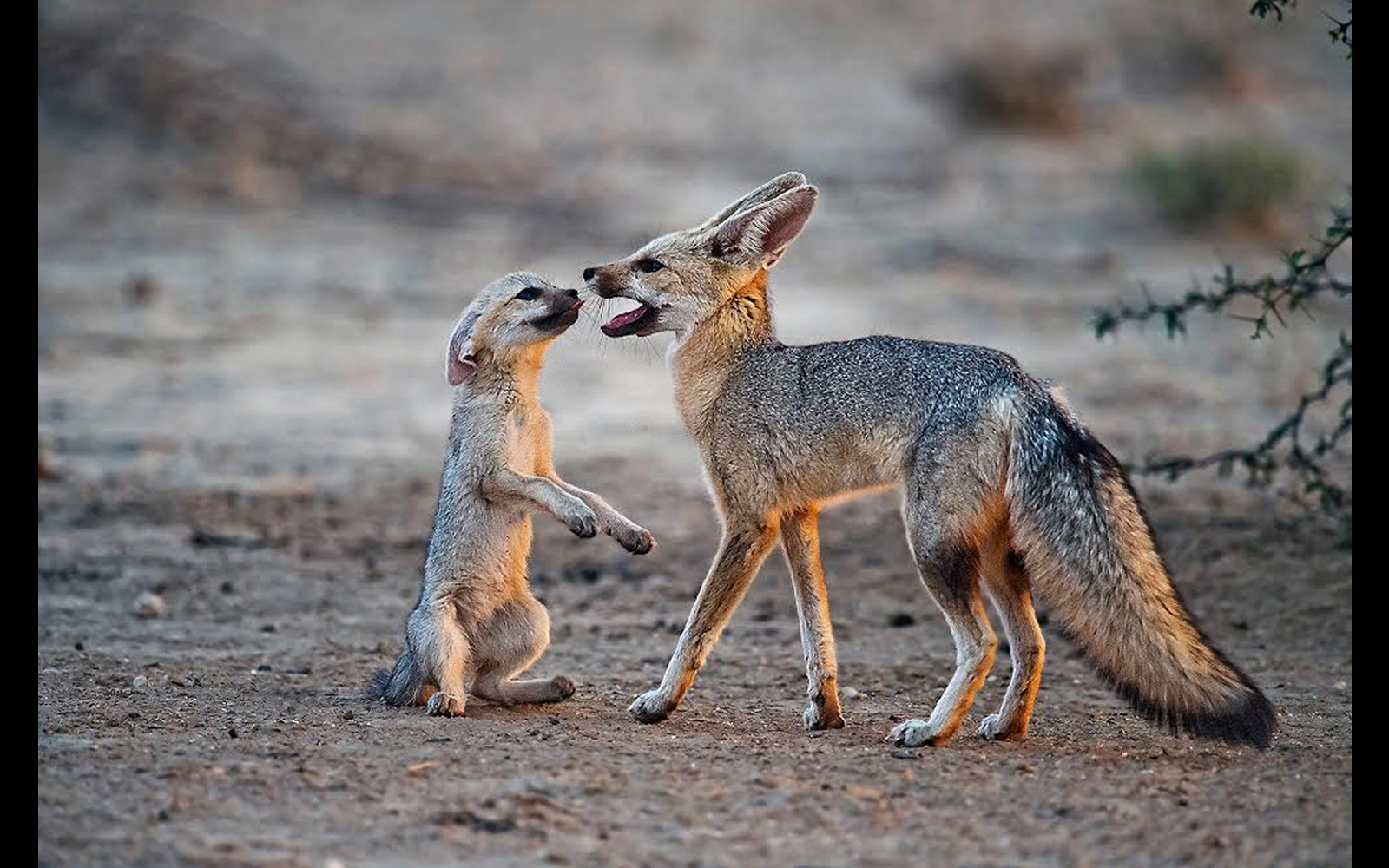
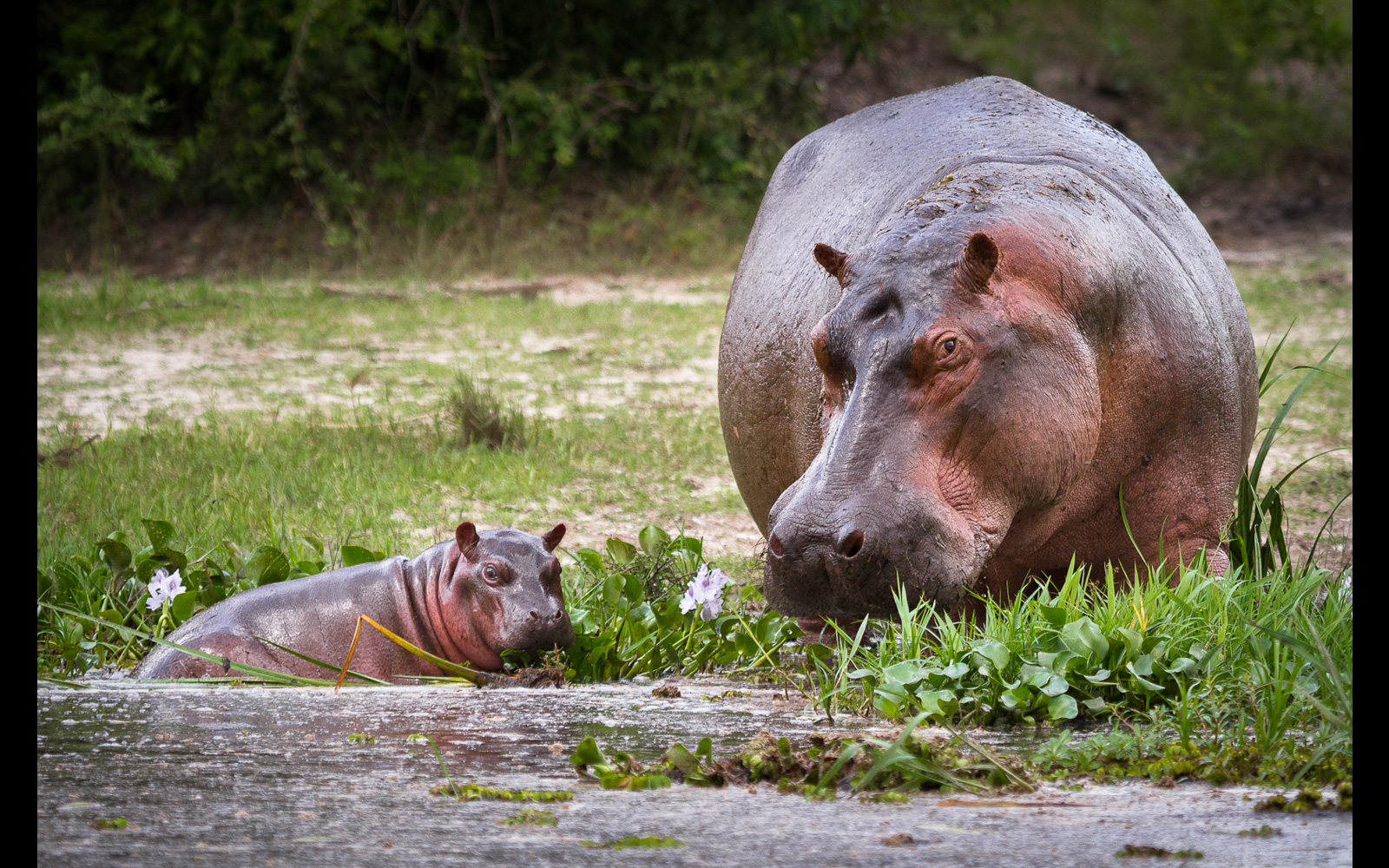

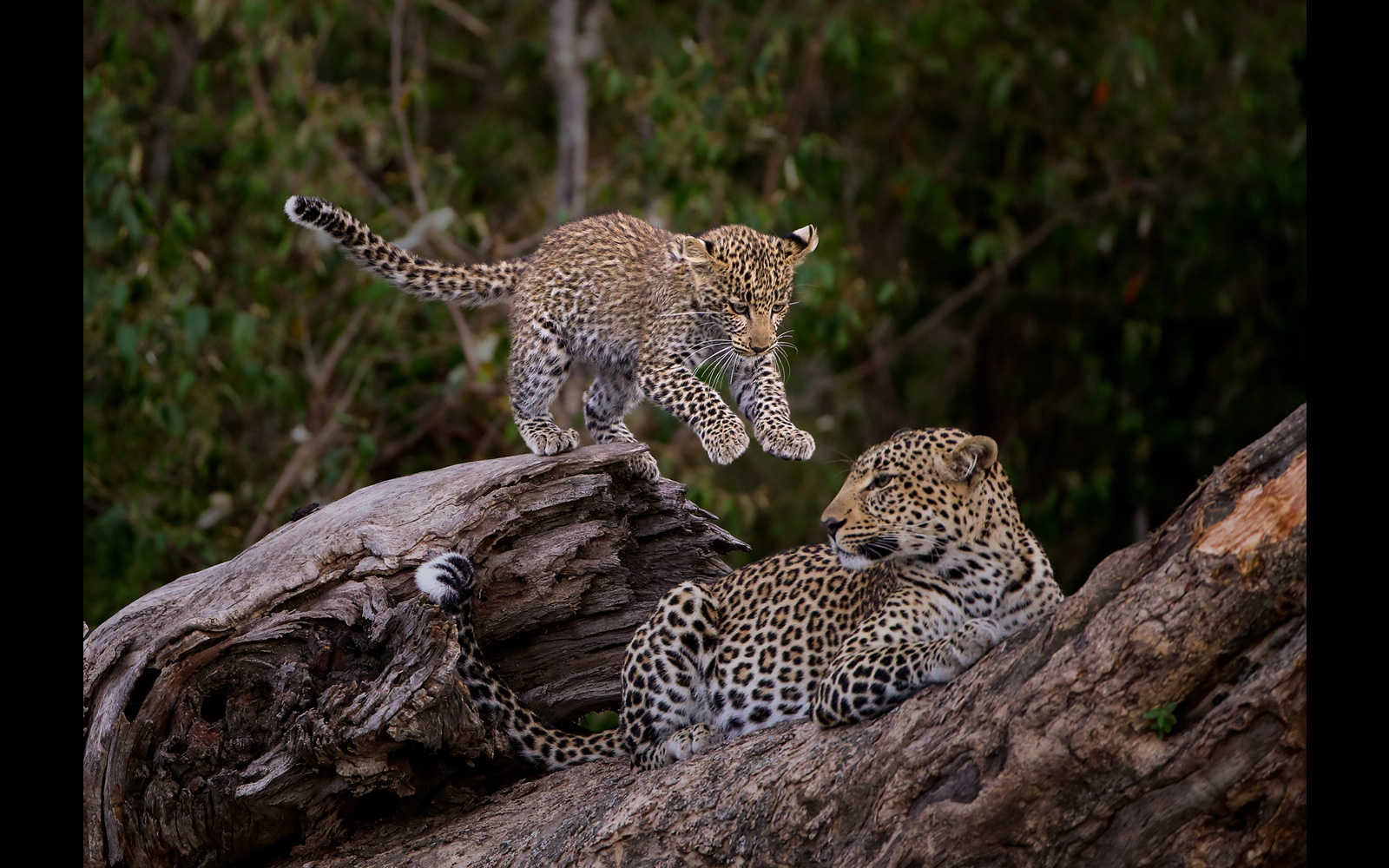
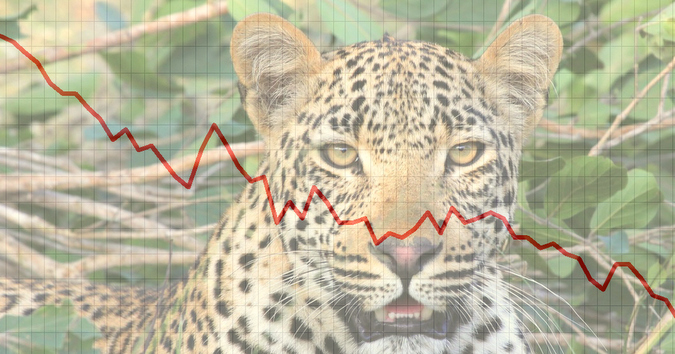
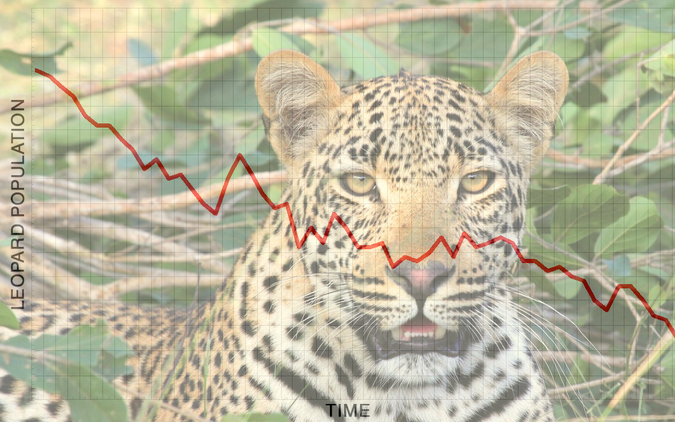
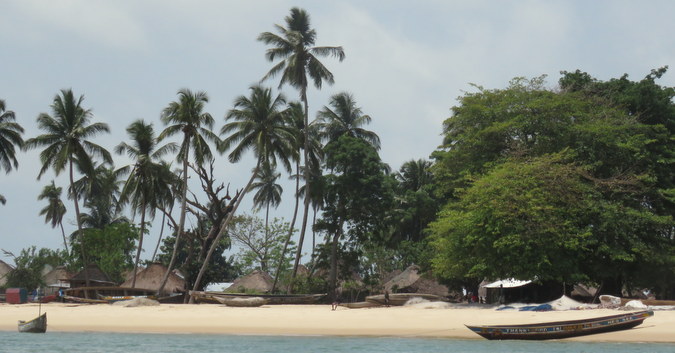

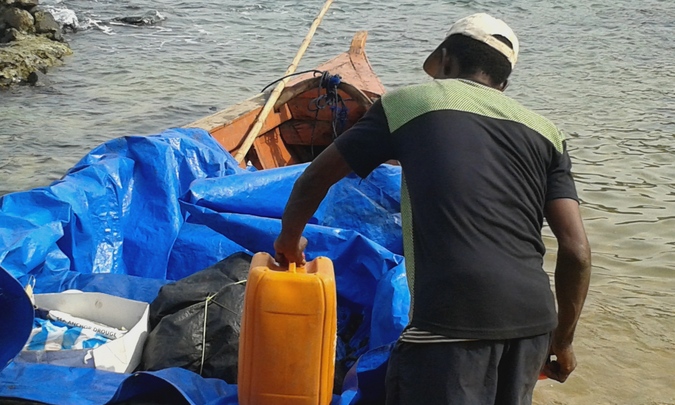
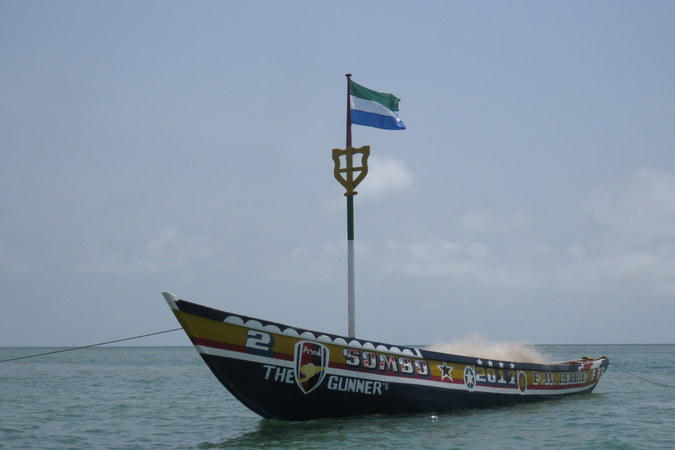
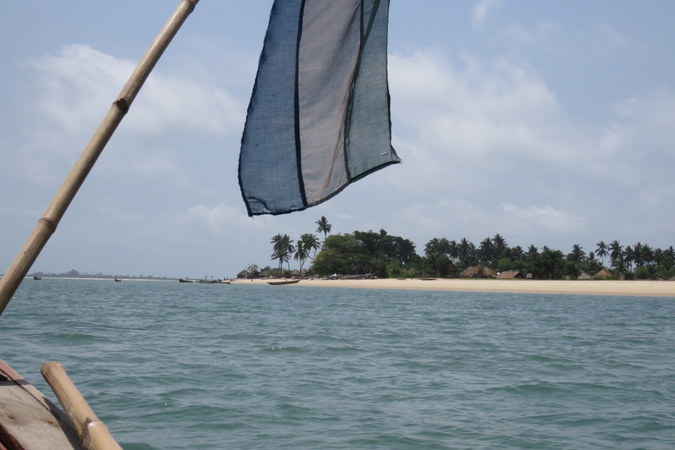

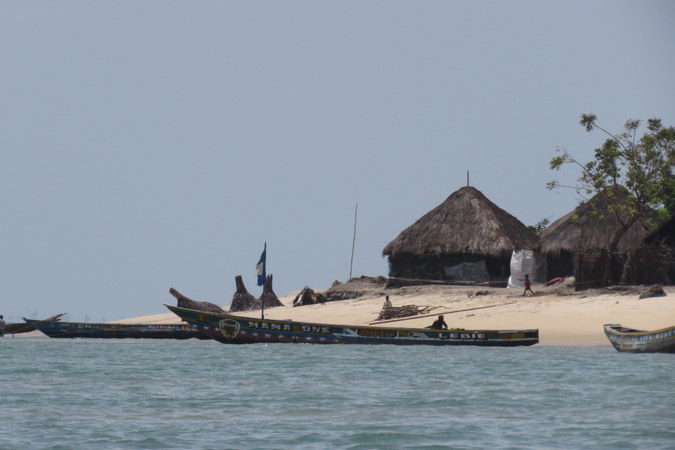
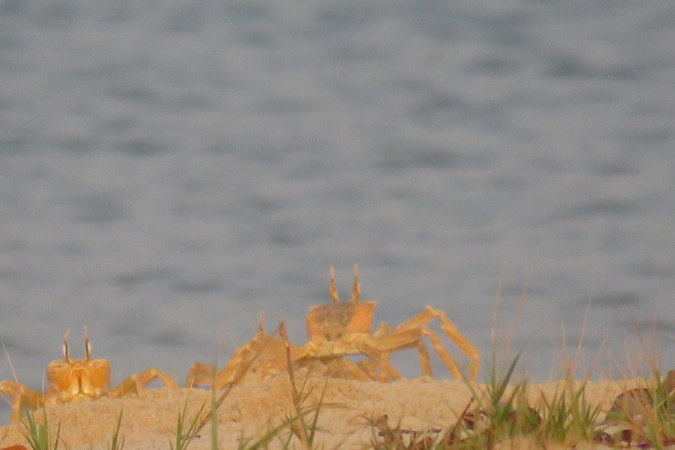
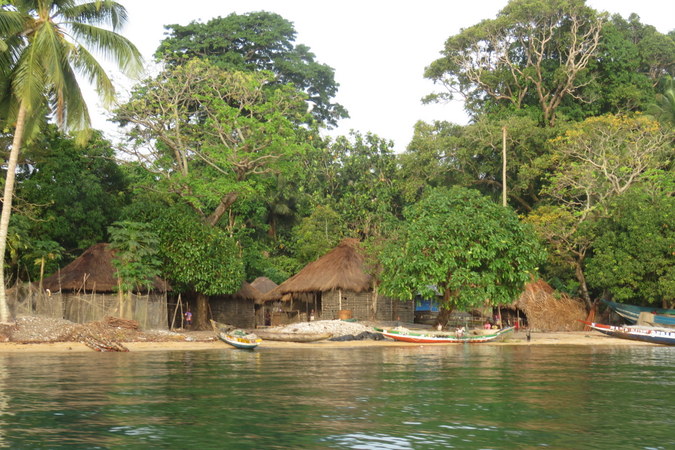
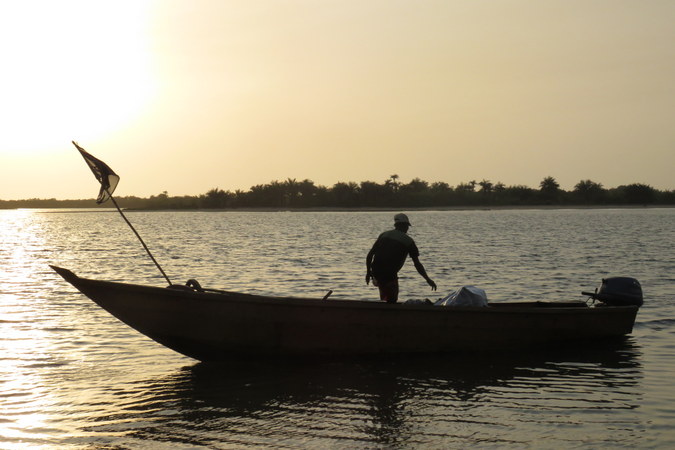

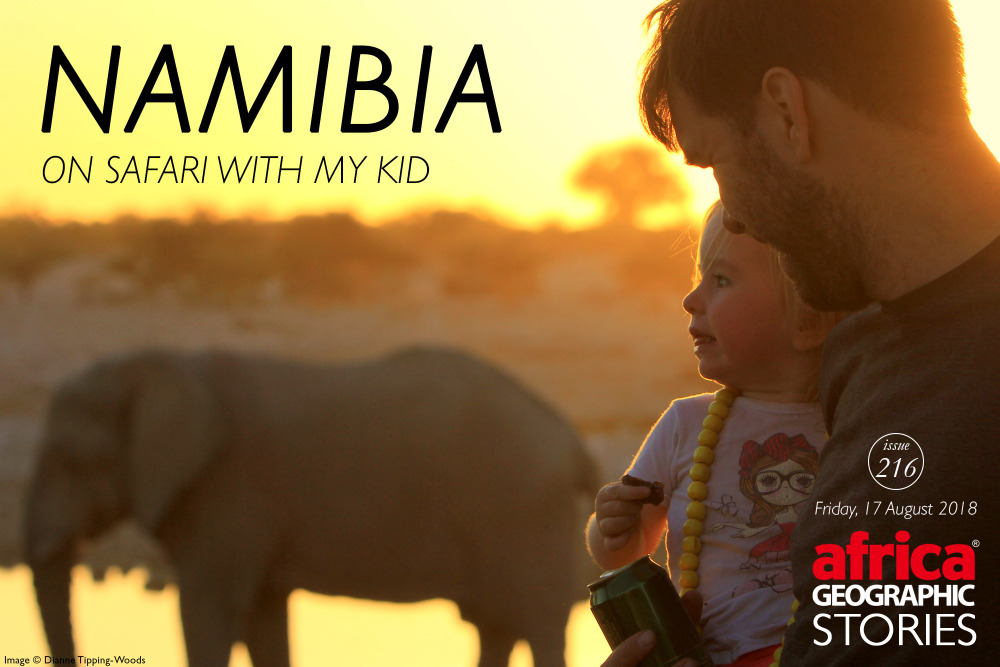
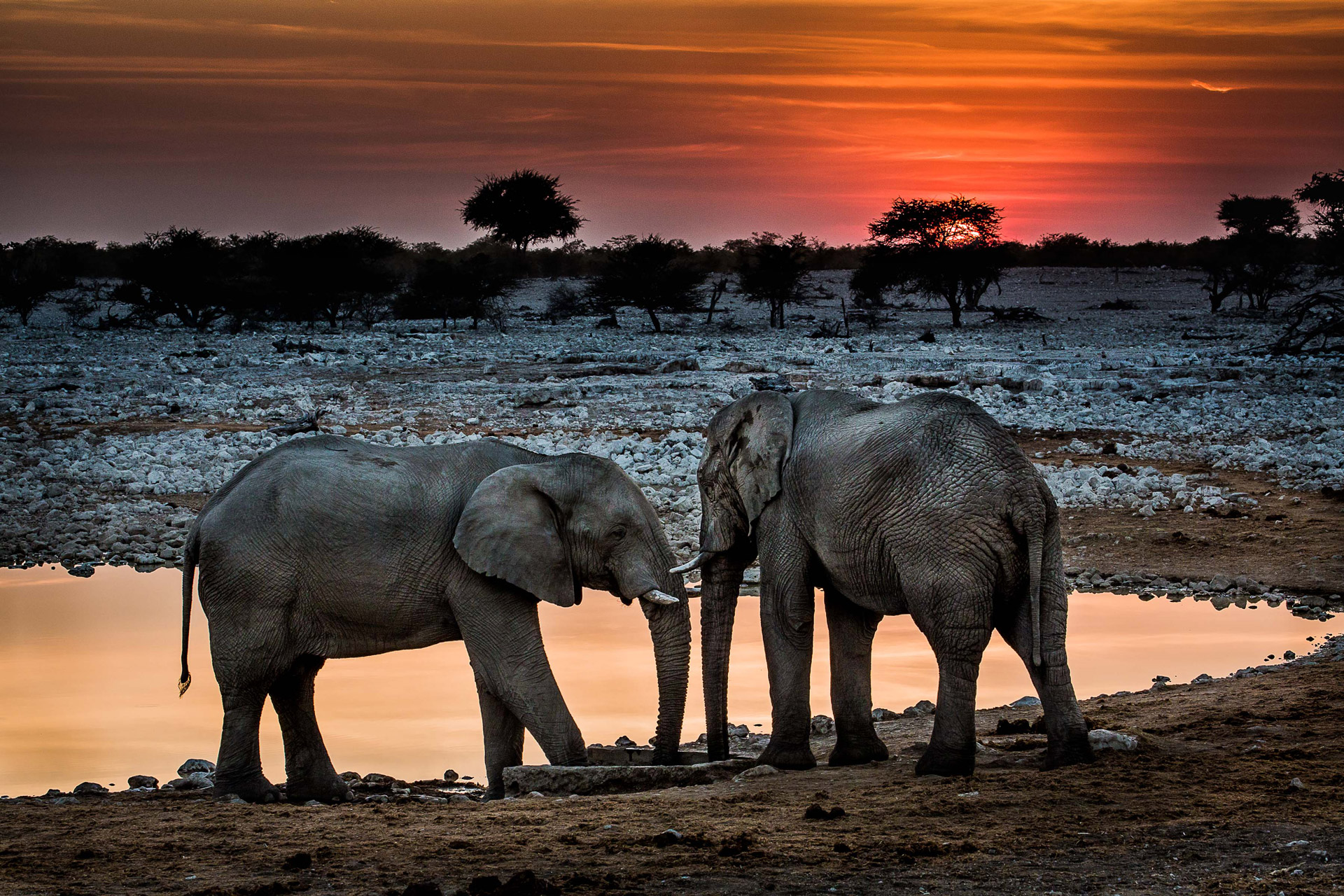
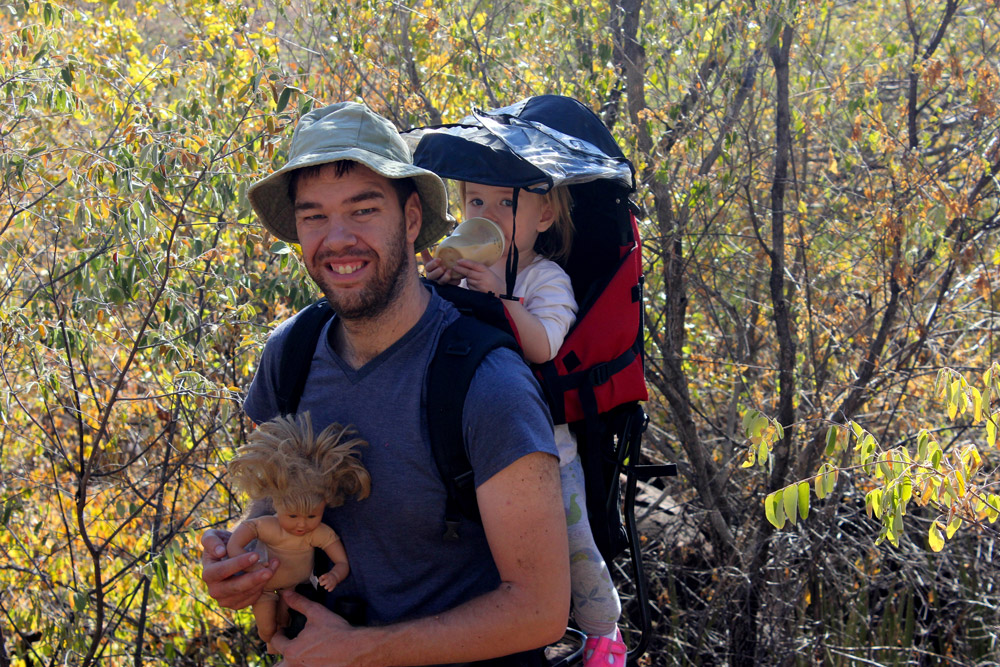
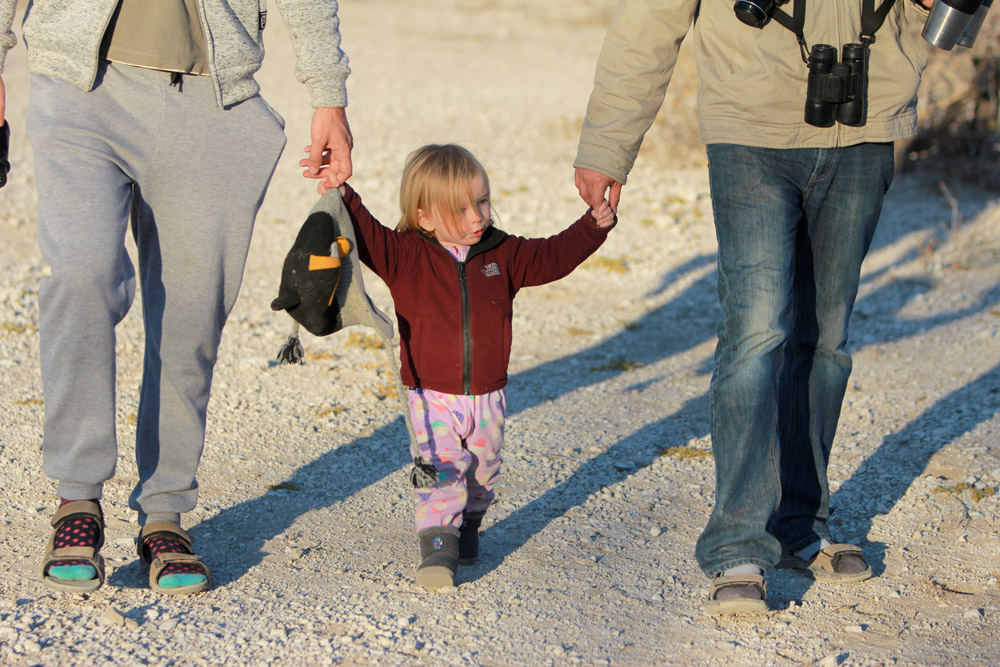
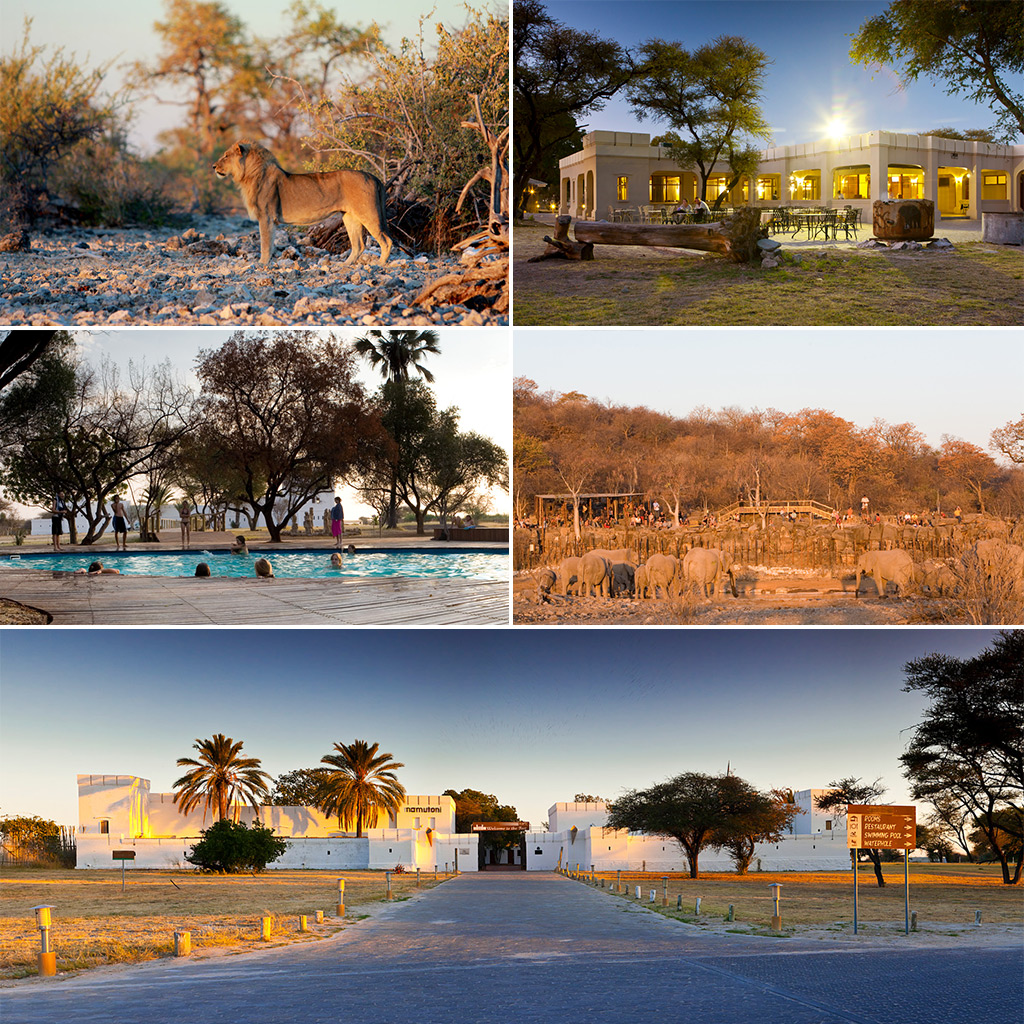
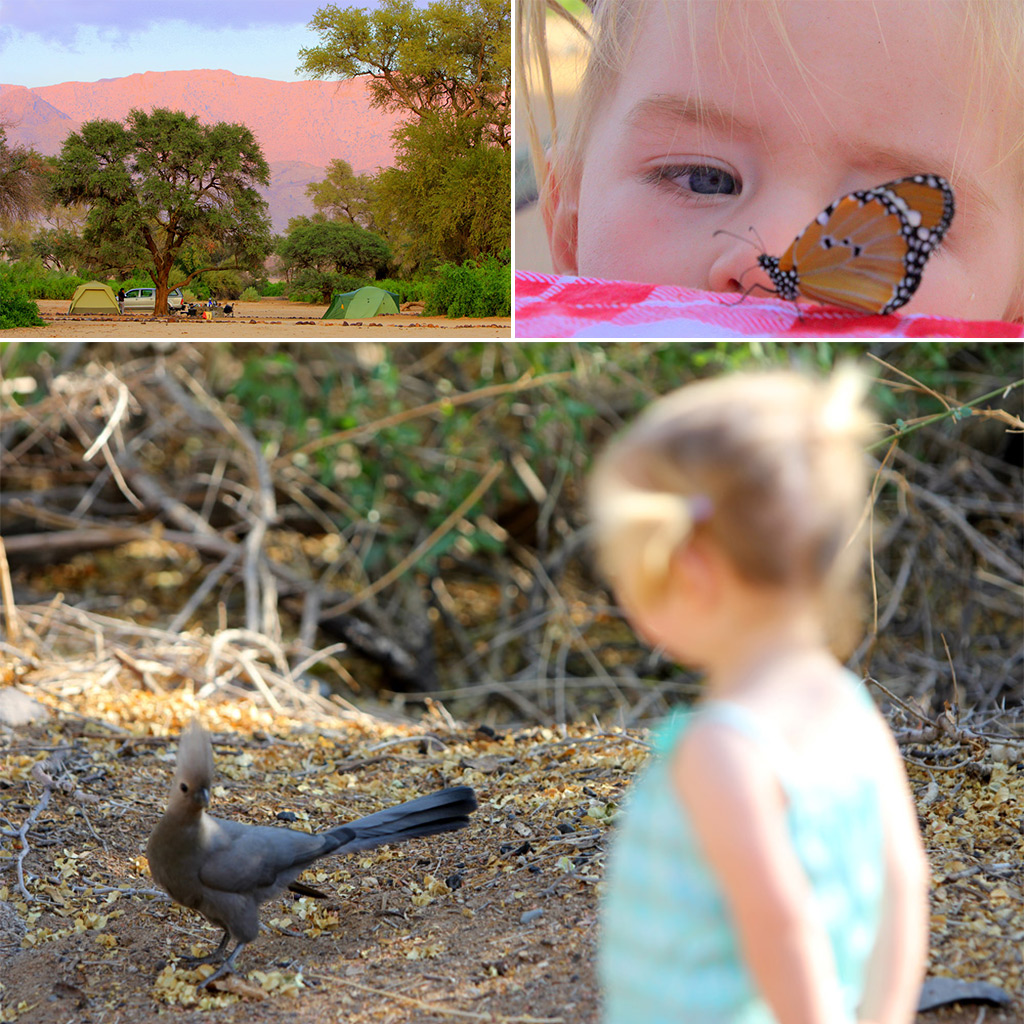
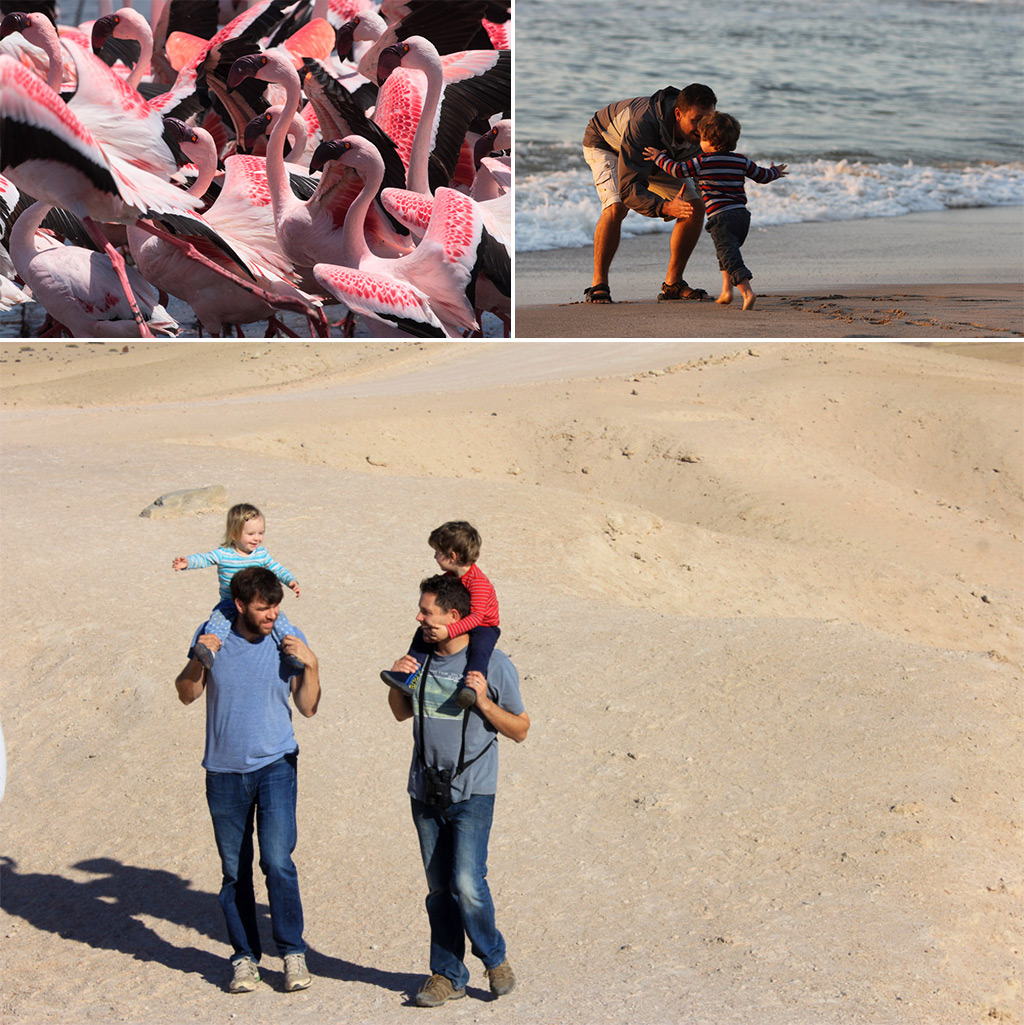
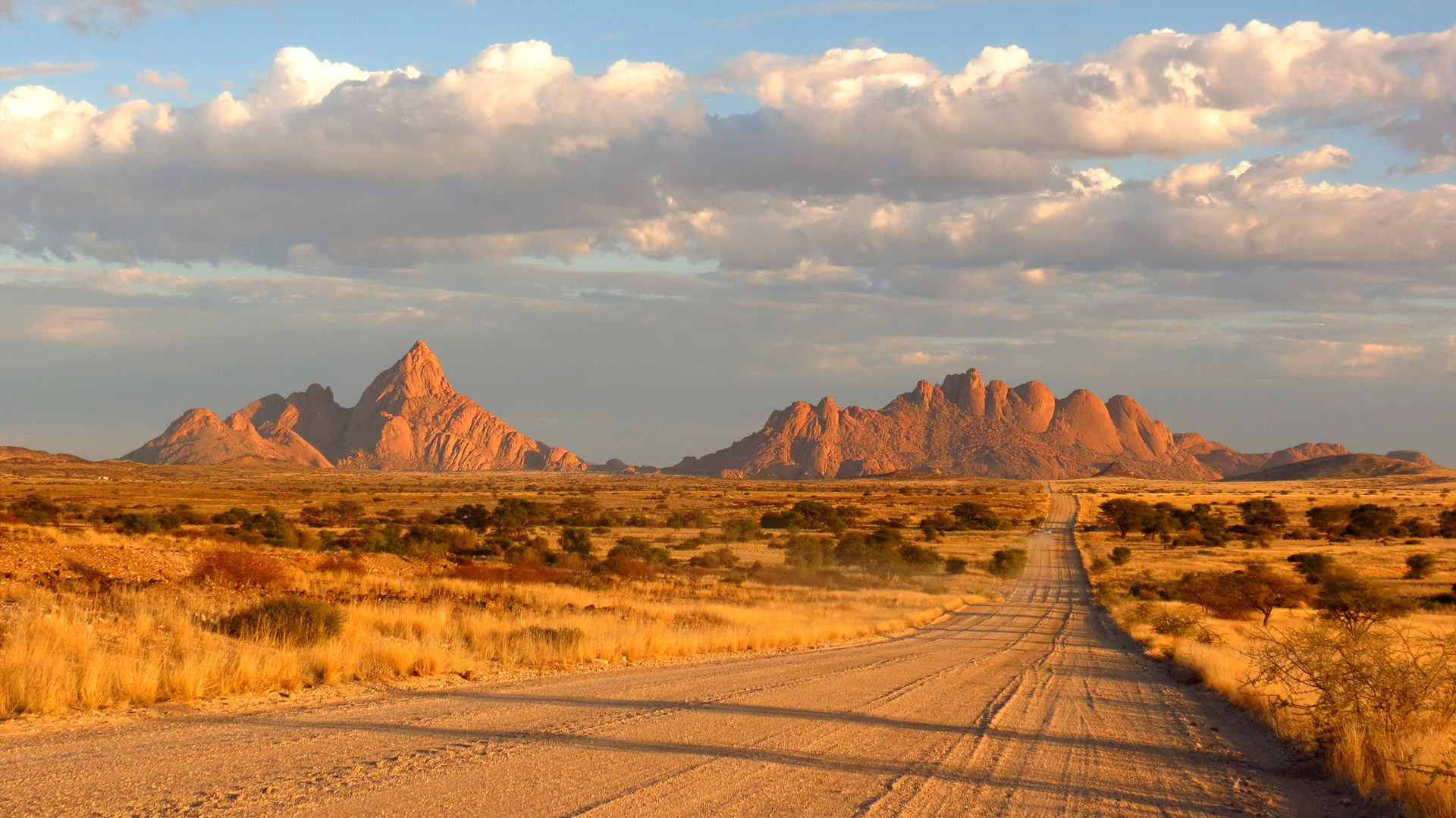

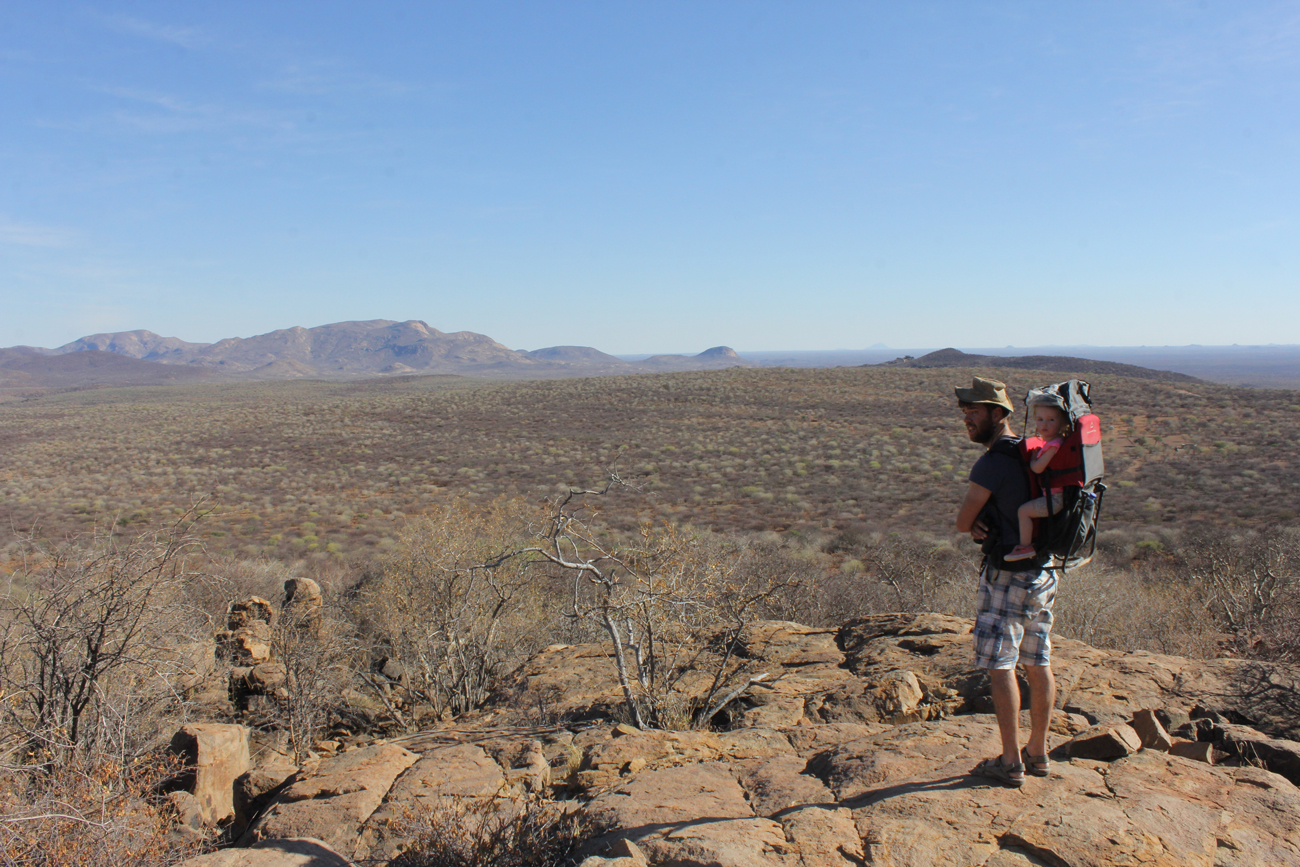

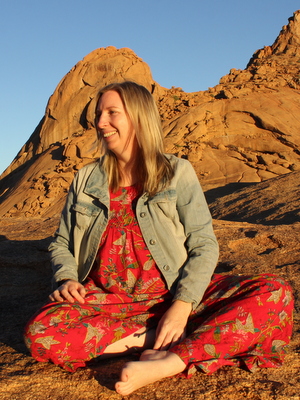 Dianne Tipping-Woods is a Hoedspruit-based journalist who tells stories about conservation, travel and development in South and southern Africa. Working for various international print and online publications, she writes about a wide range of issues and gets to explore some of the world’s most wild and beautiful places, sometimes with her two kids in tow. Endlessly inspired by the people she meets and the places she goes, every journey is a privilege and an opportunity to learn, grow and write!
Dianne Tipping-Woods is a Hoedspruit-based journalist who tells stories about conservation, travel and development in South and southern Africa. Working for various international print and online publications, she writes about a wide range of issues and gets to explore some of the world’s most wild and beautiful places, sometimes with her two kids in tow. Endlessly inspired by the people she meets and the places she goes, every journey is a privilege and an opportunity to learn, grow and write!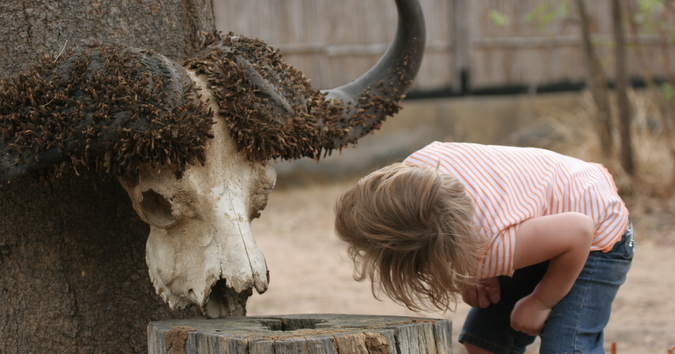
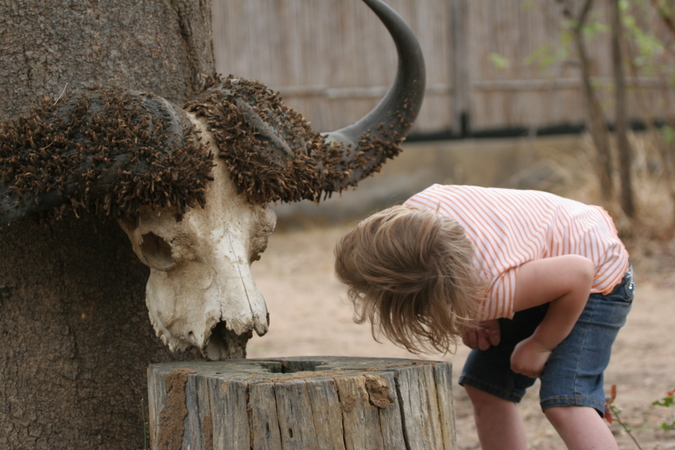

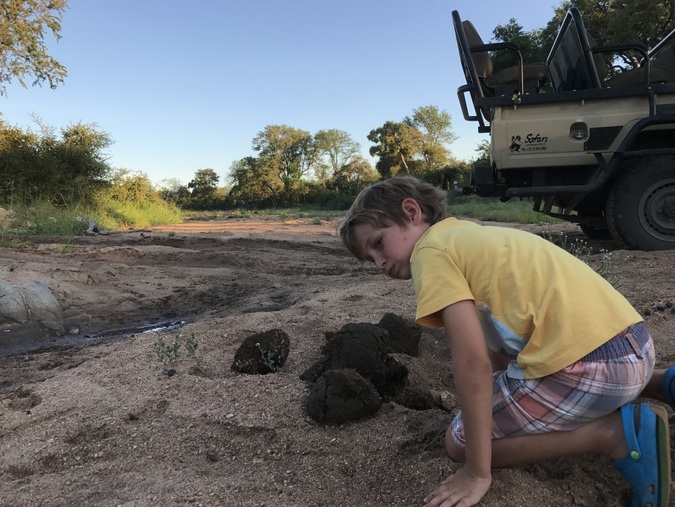

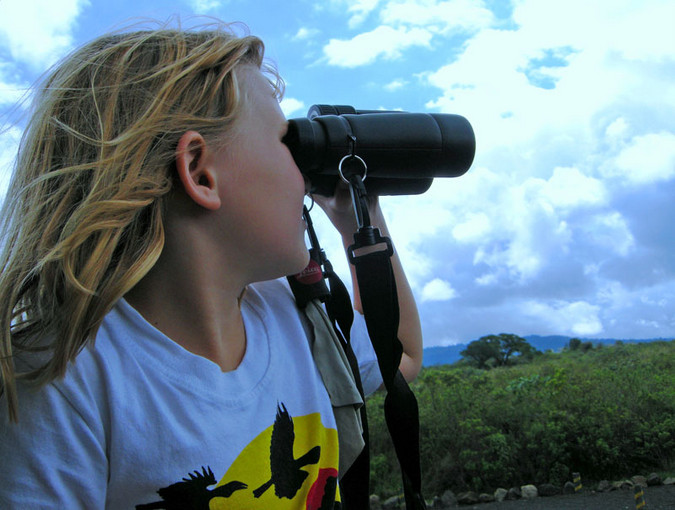
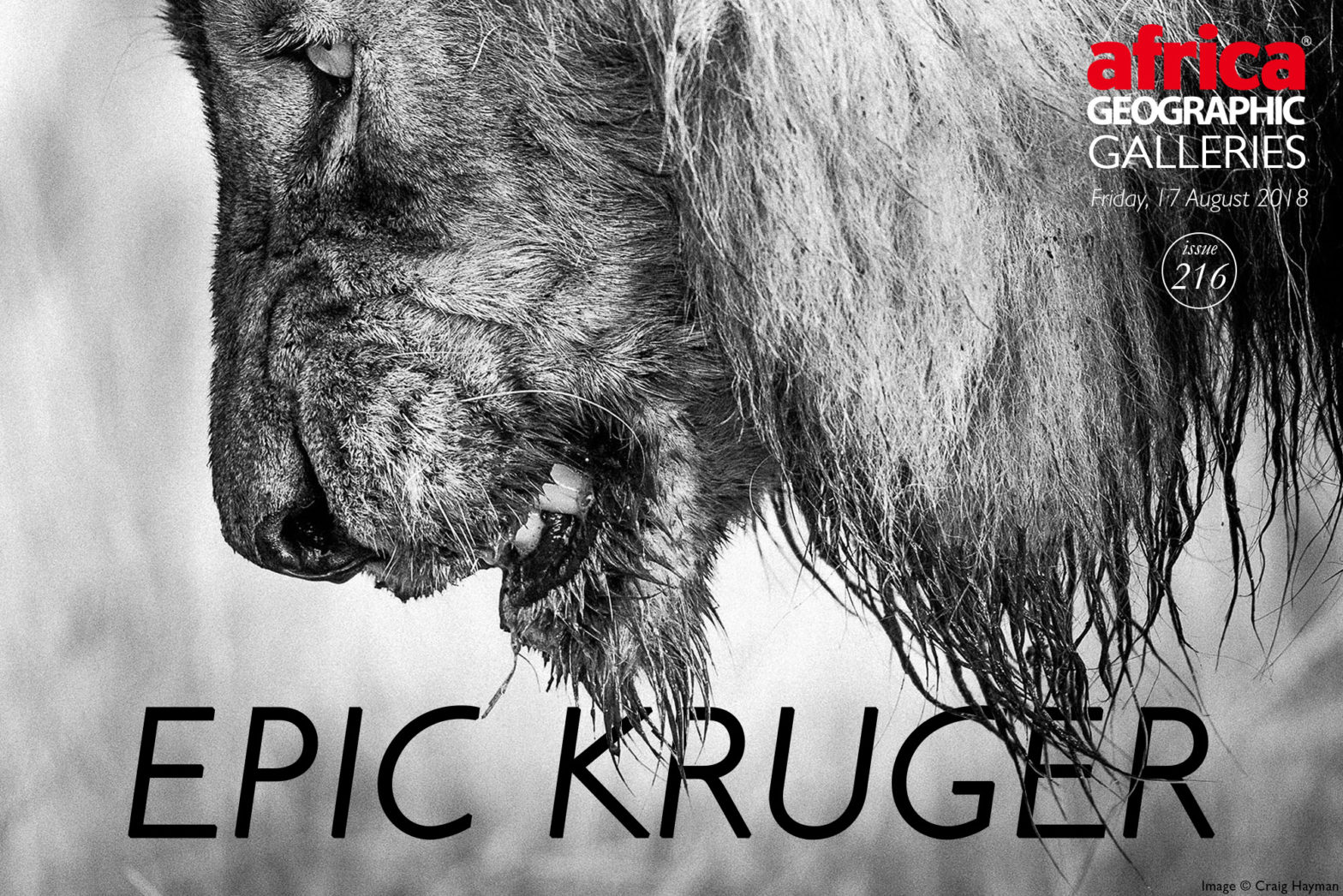
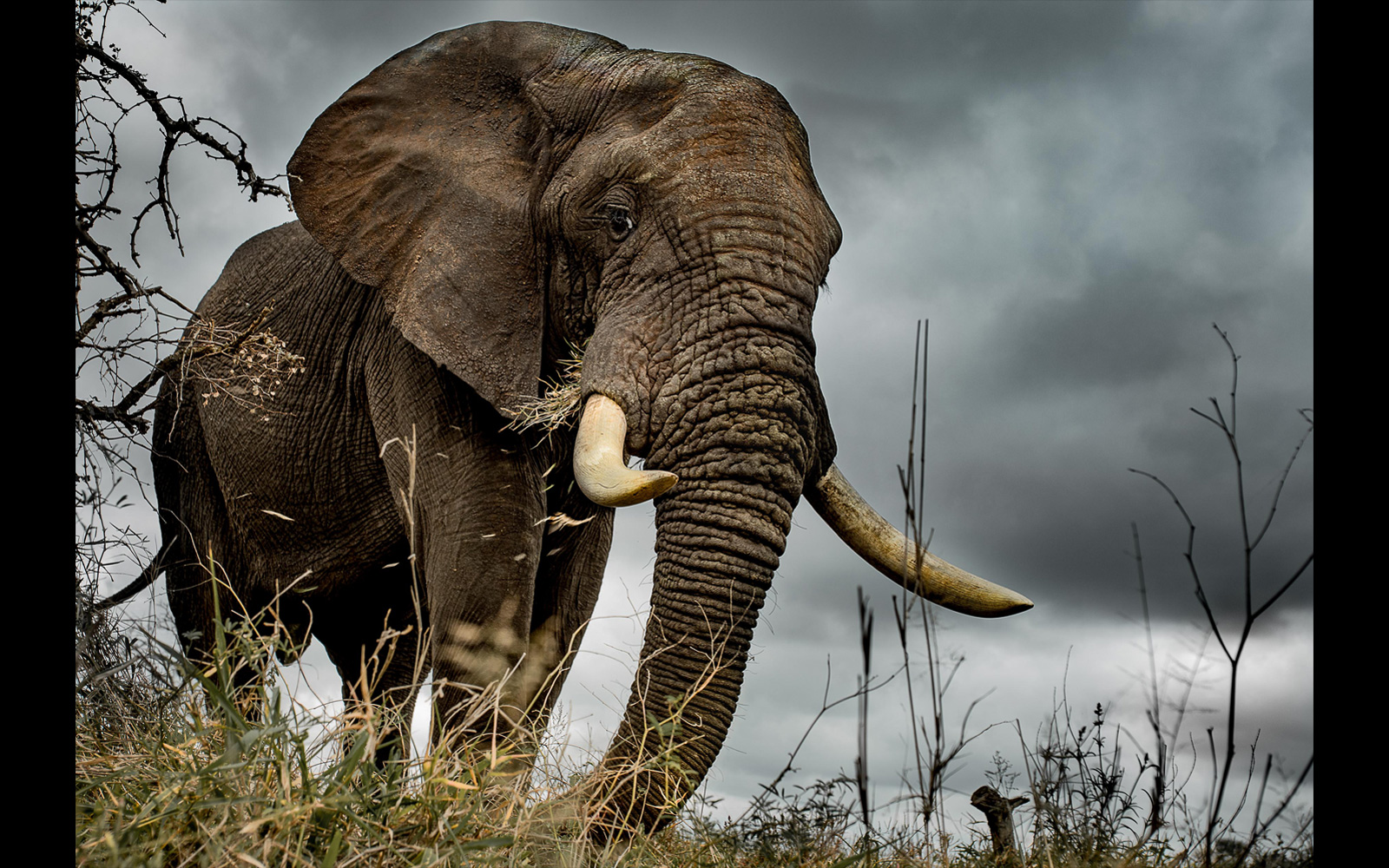
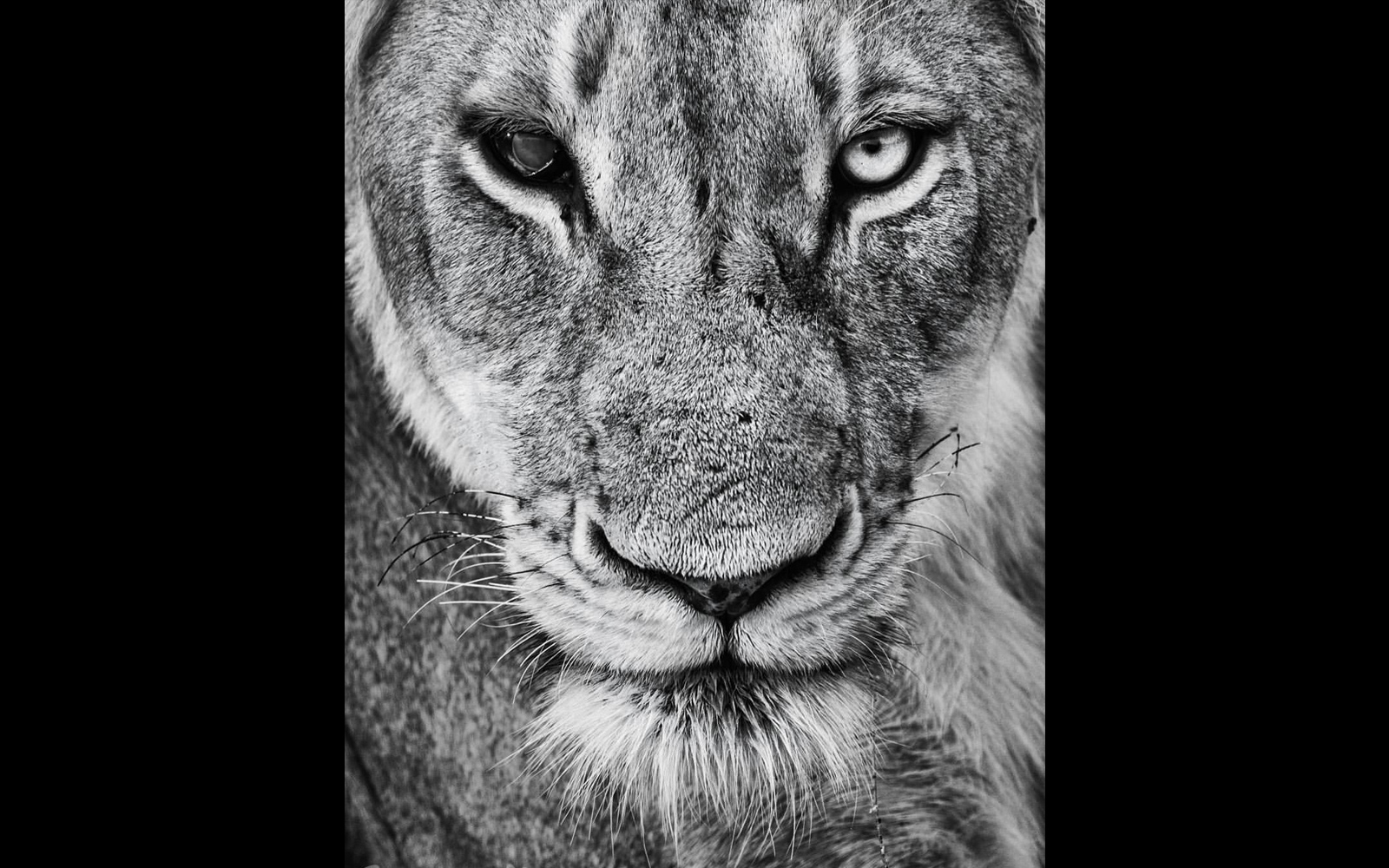
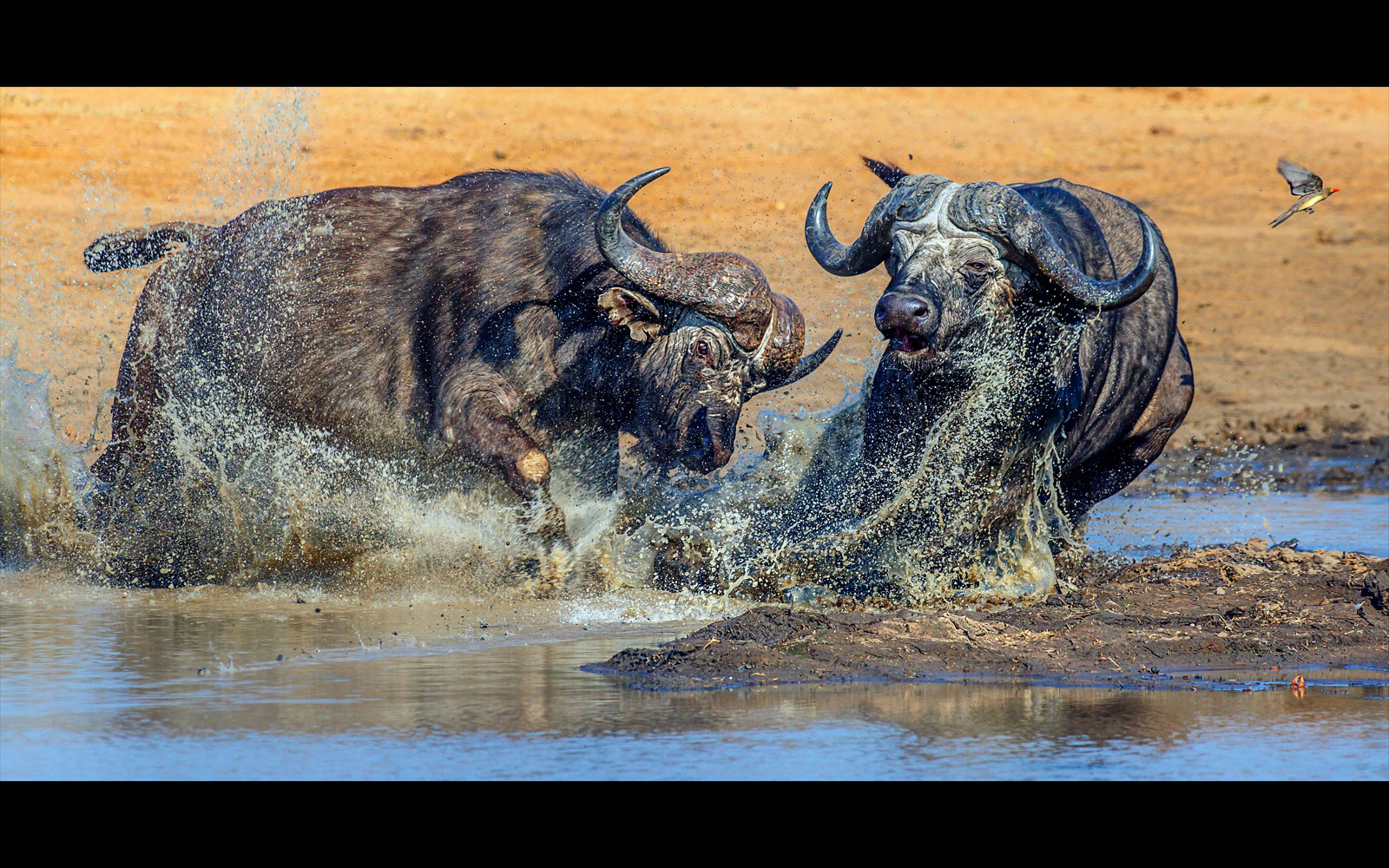
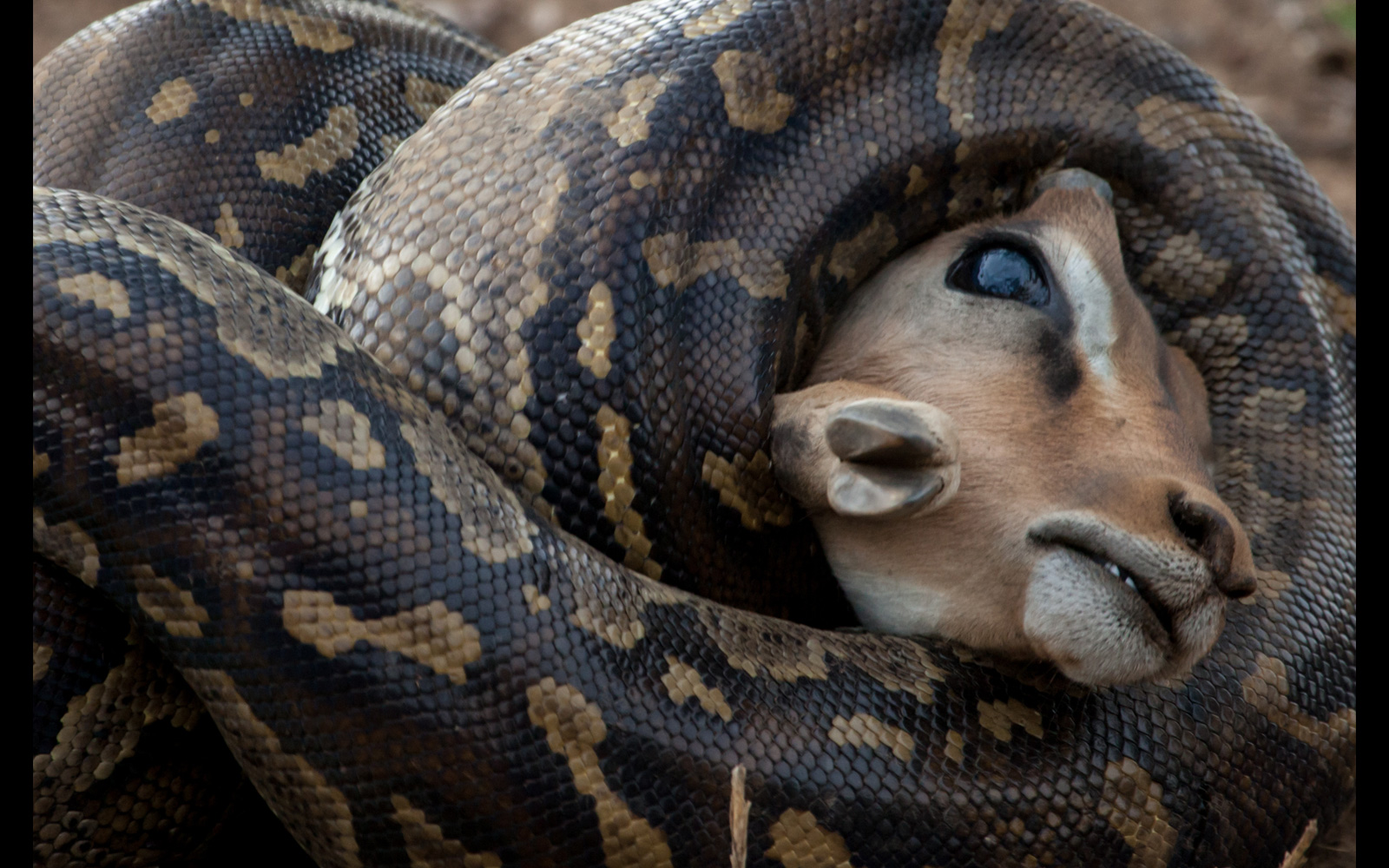
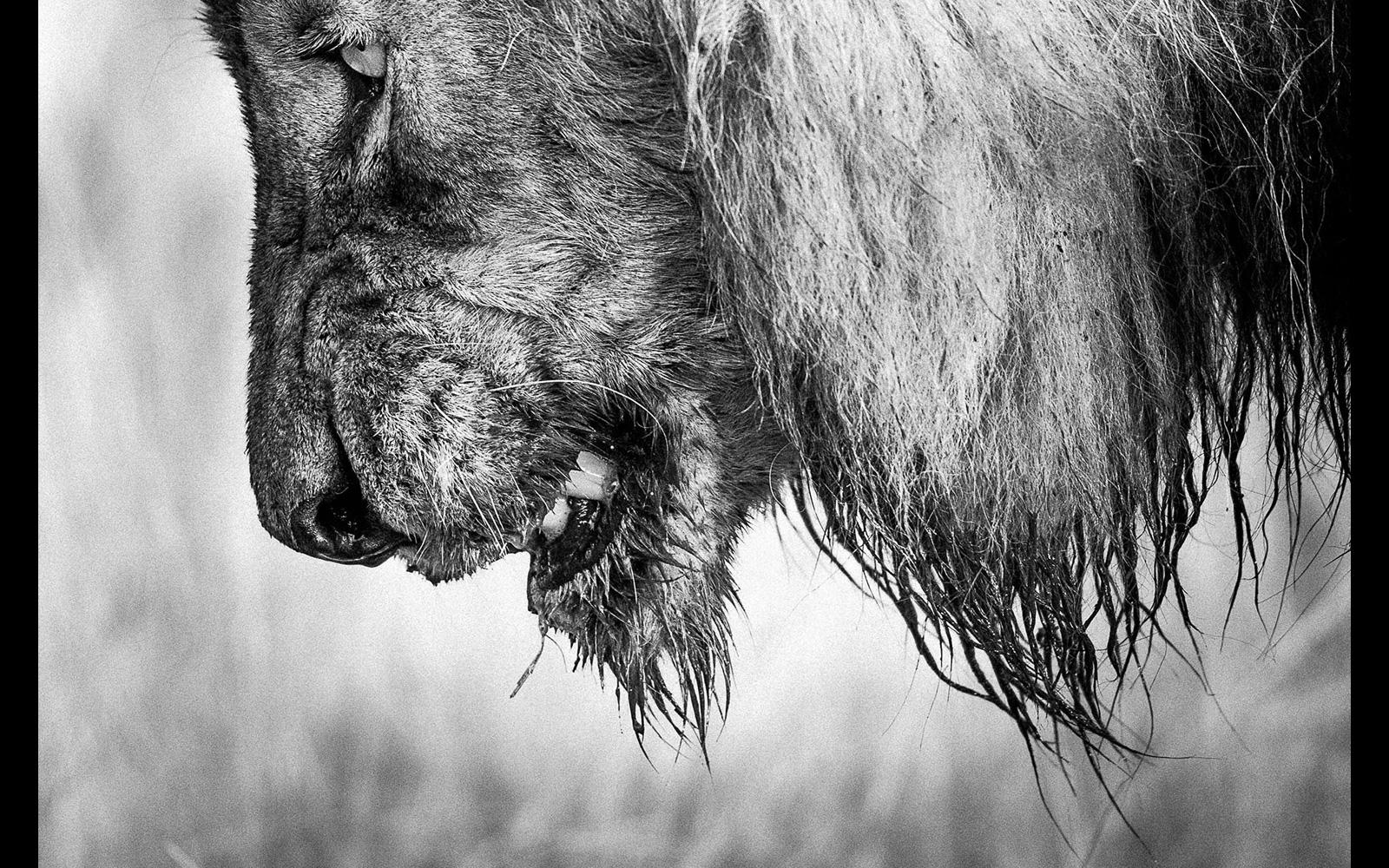
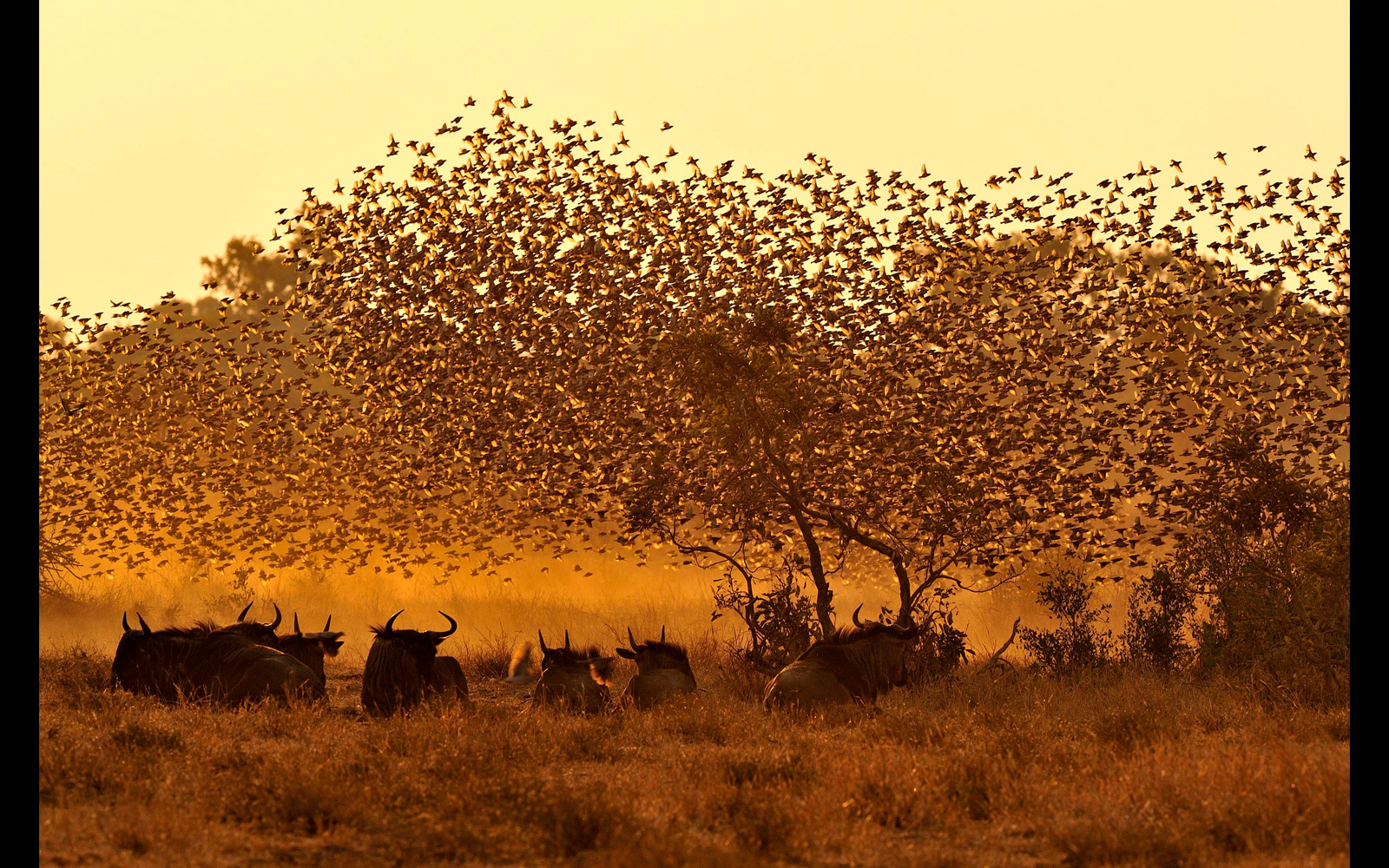


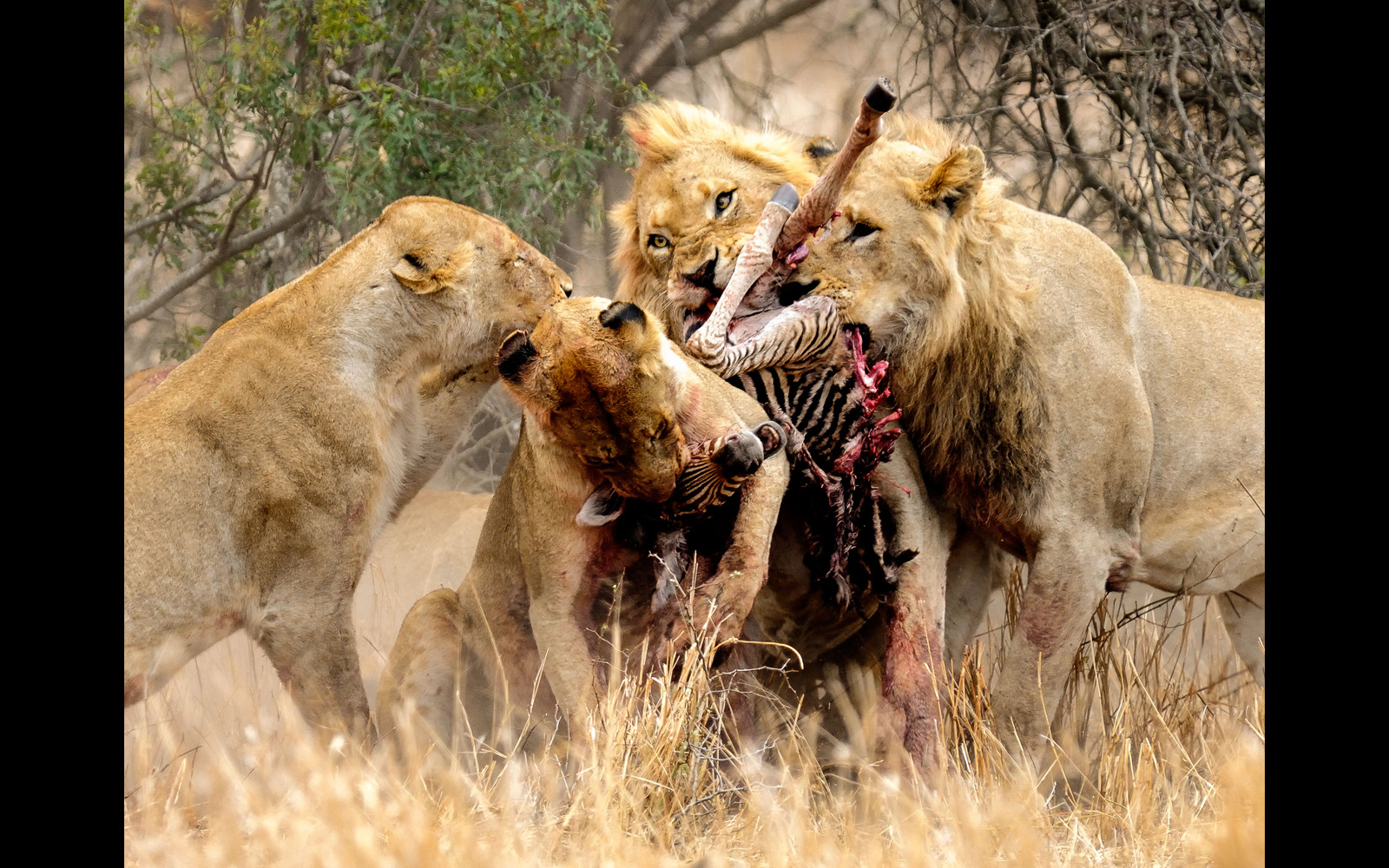
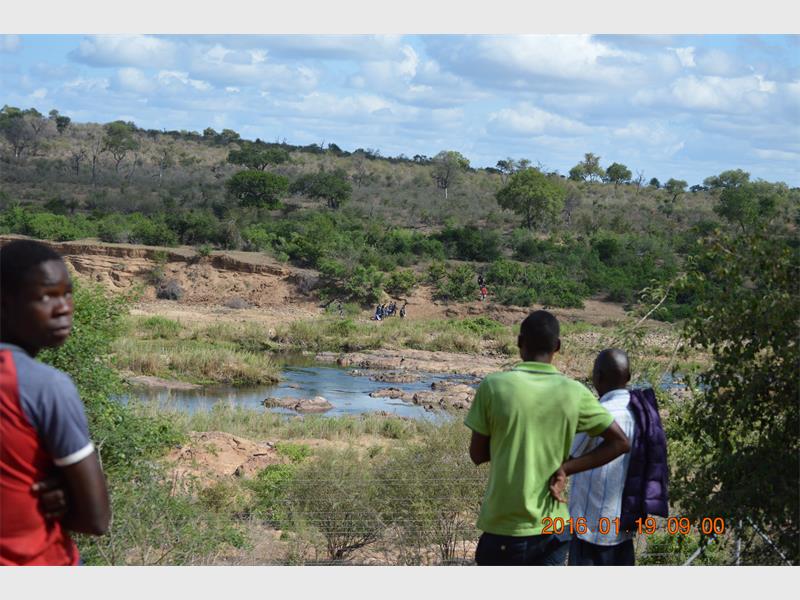
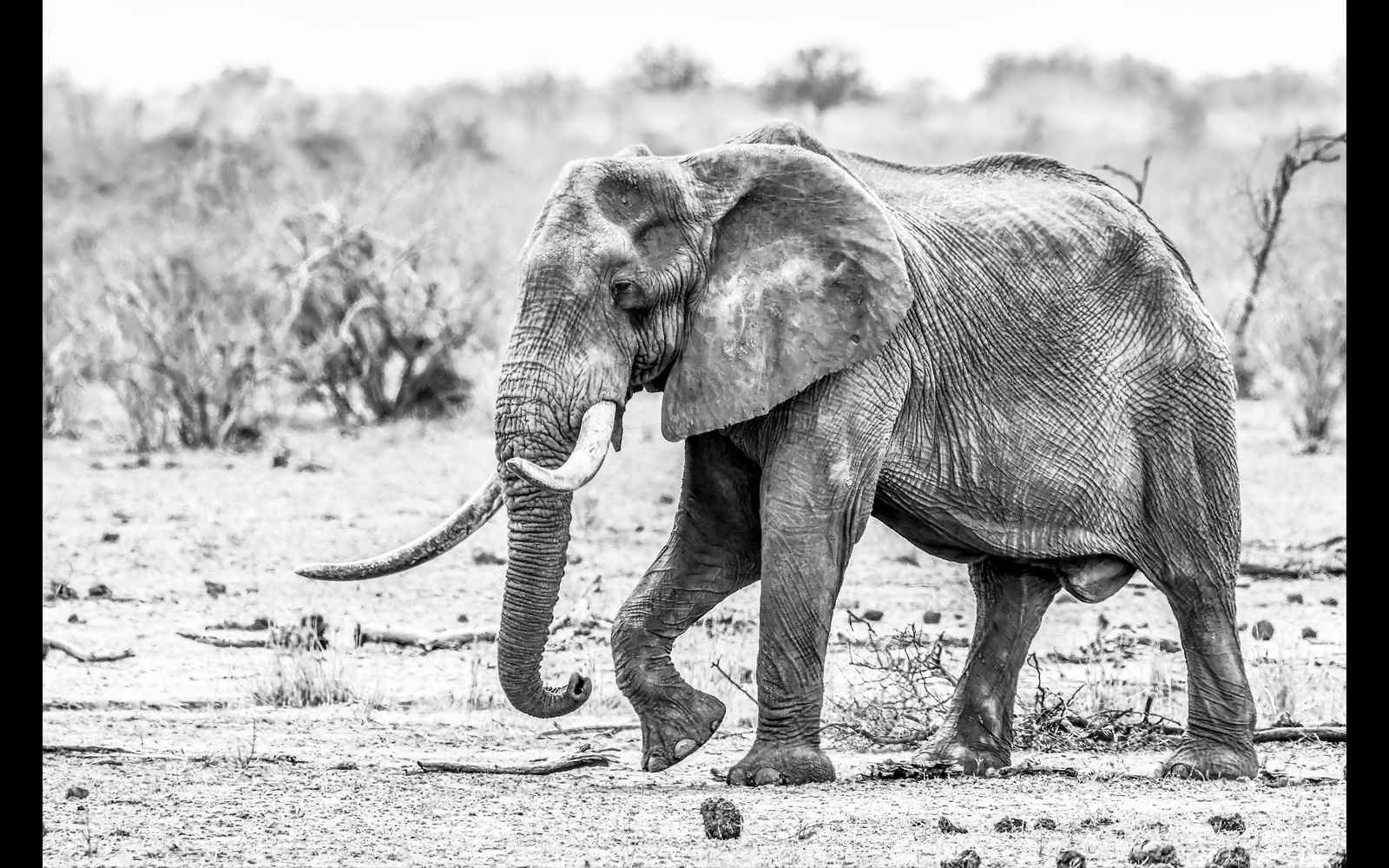
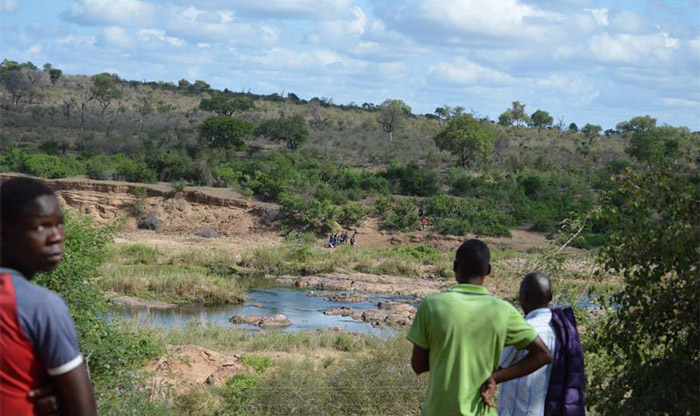

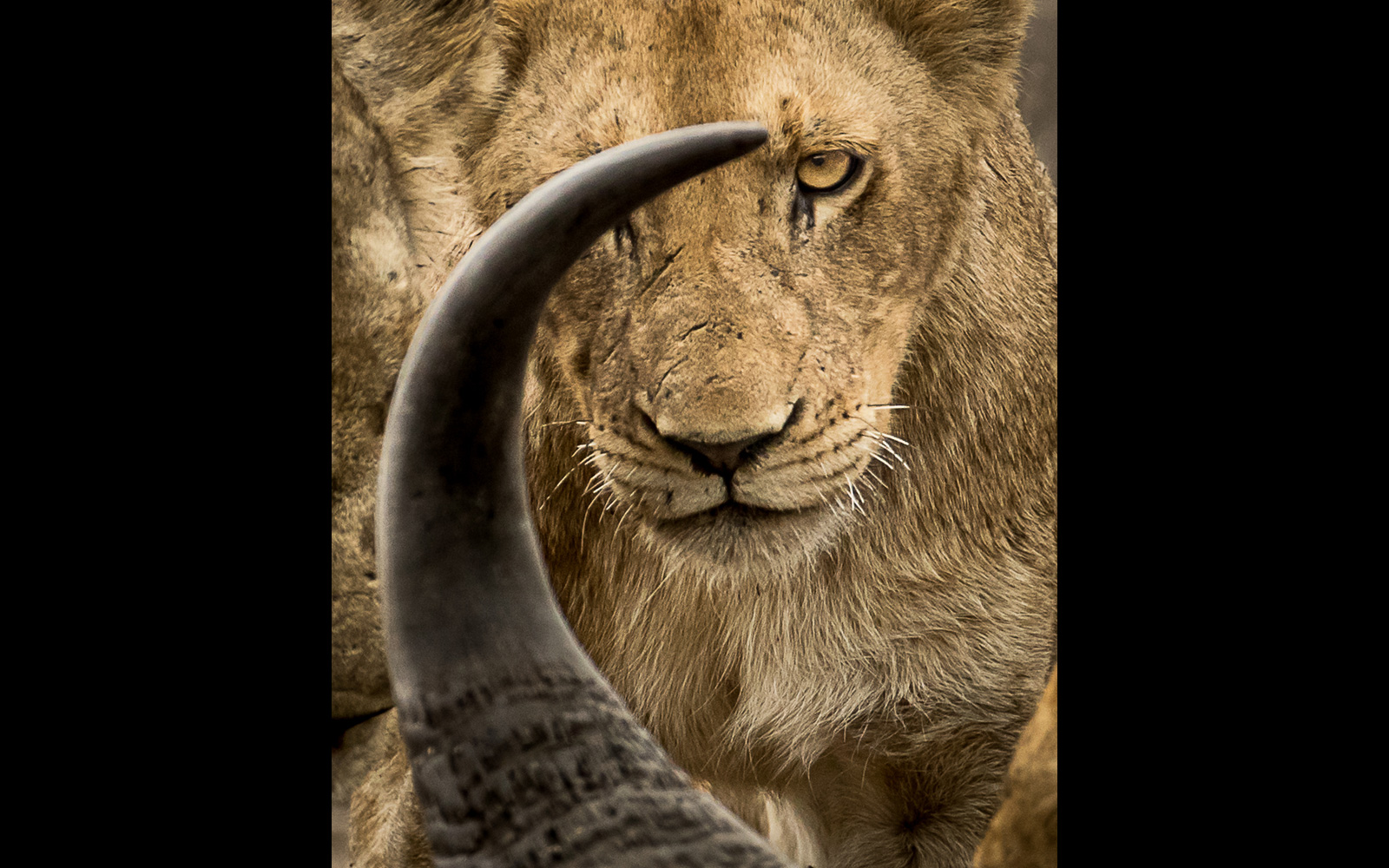

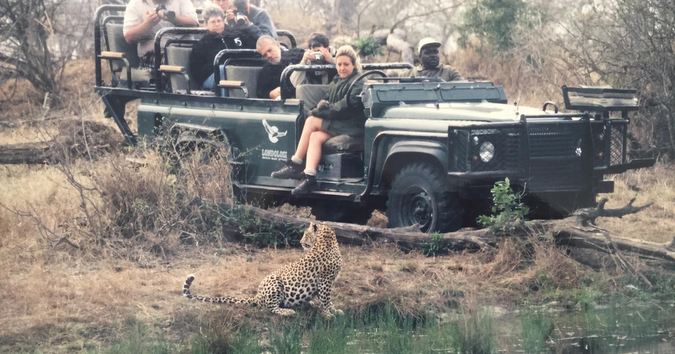
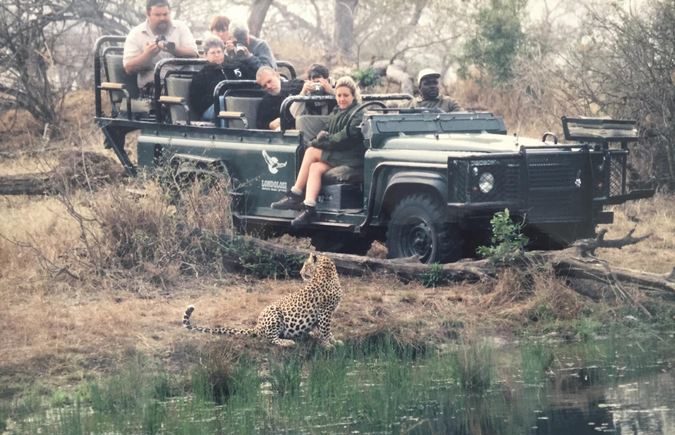
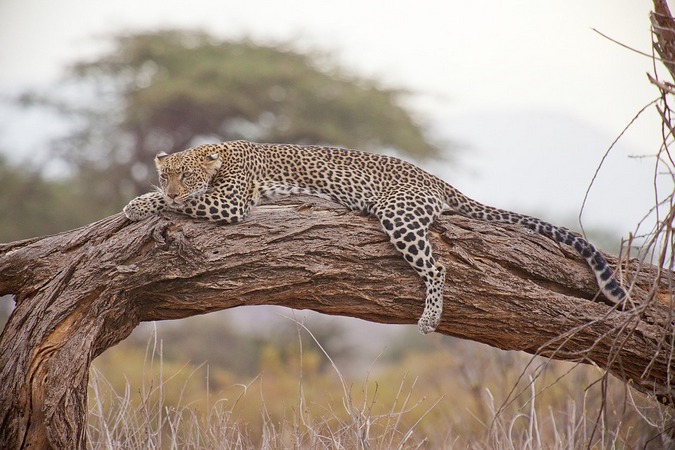
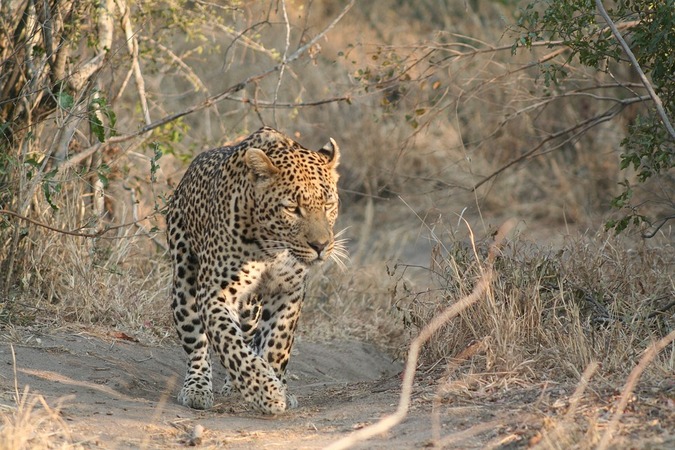
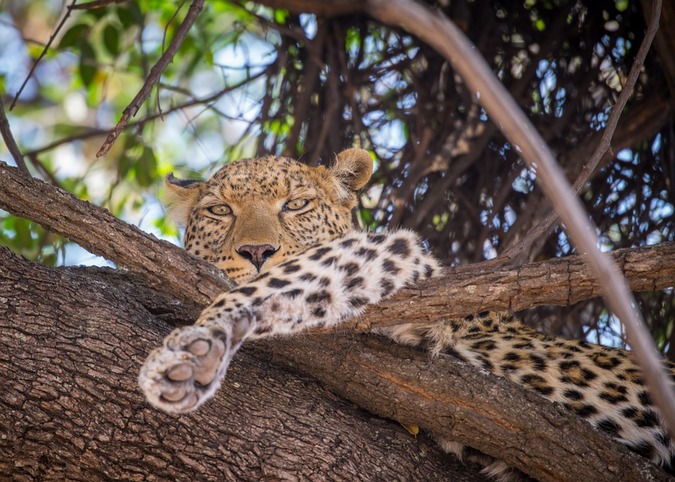
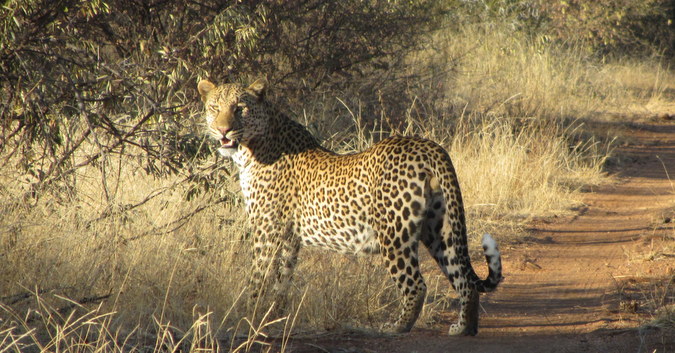
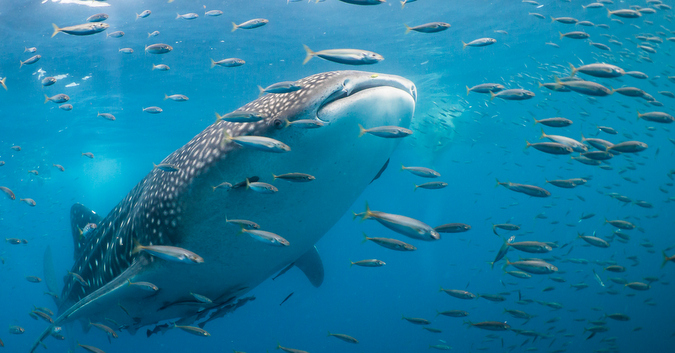

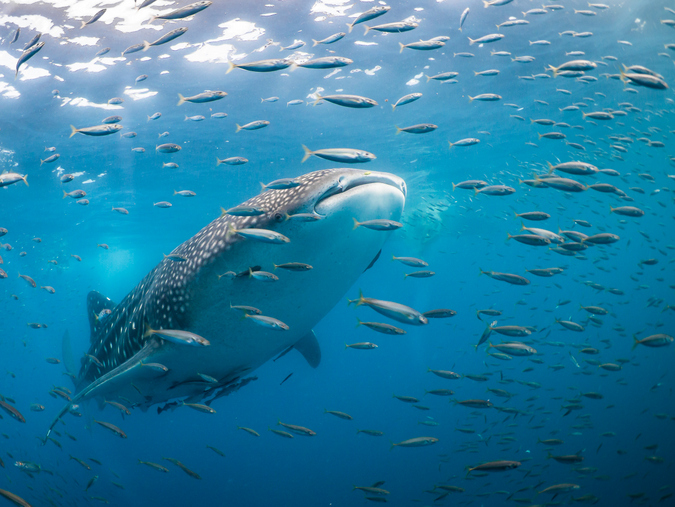

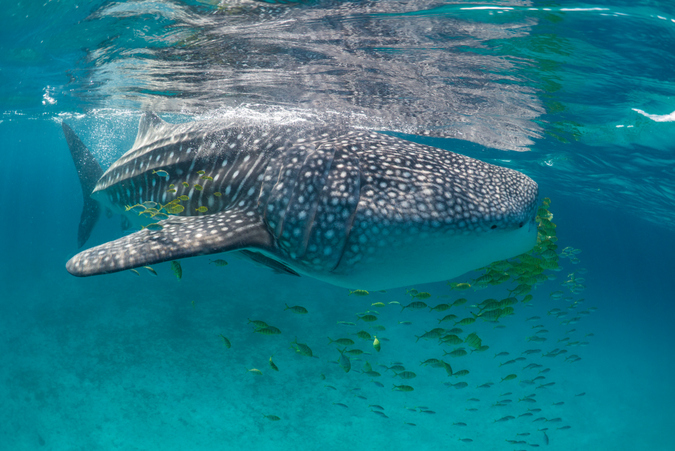
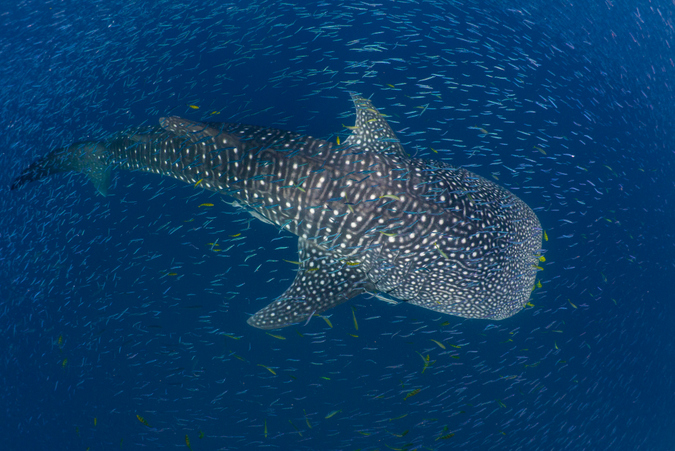
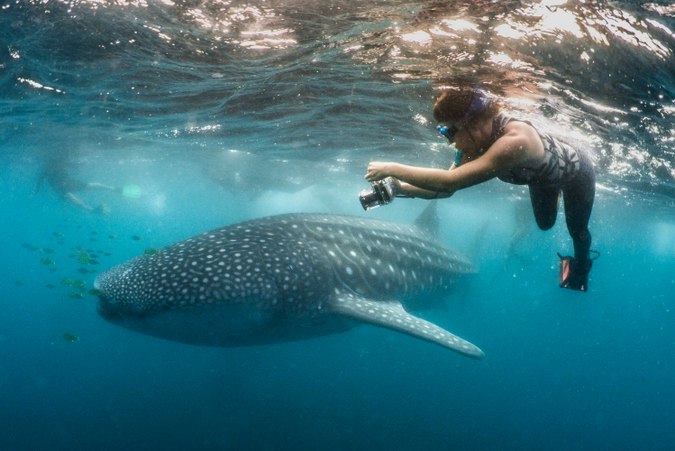
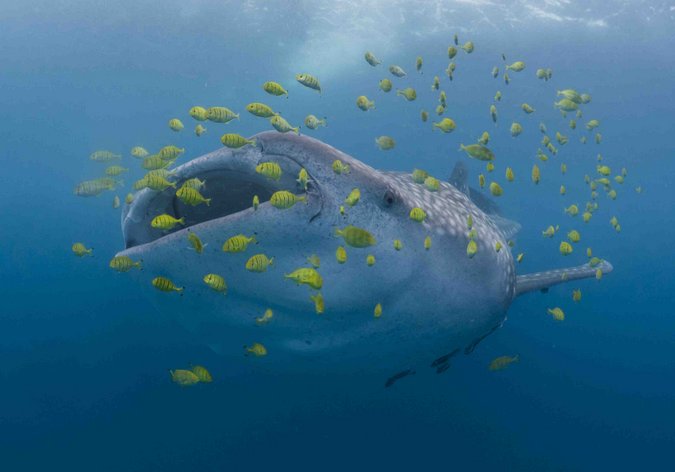
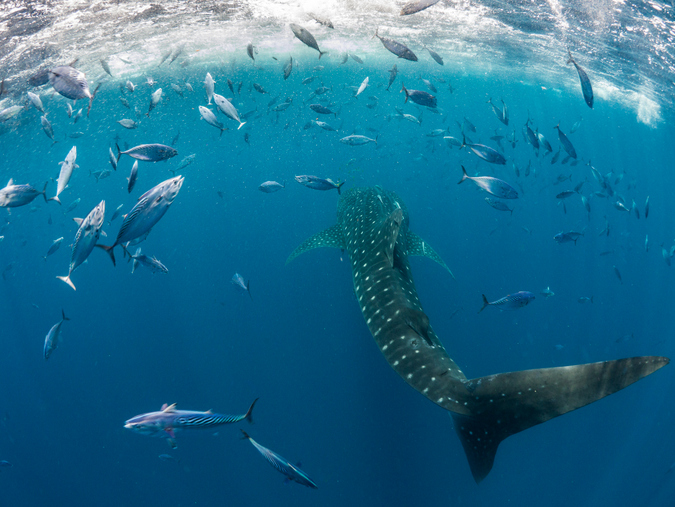
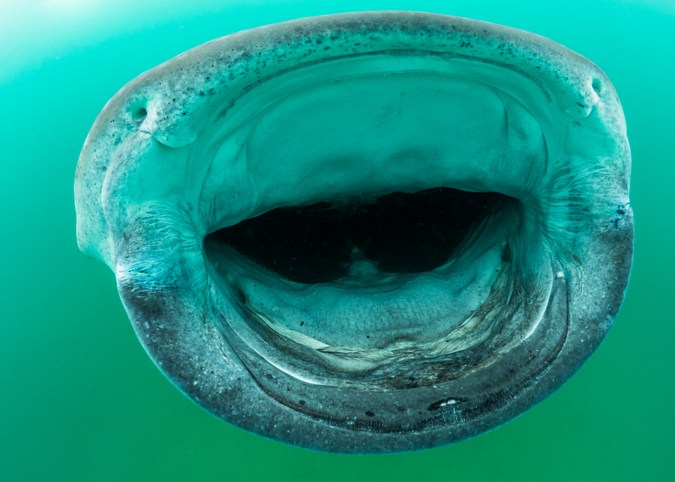
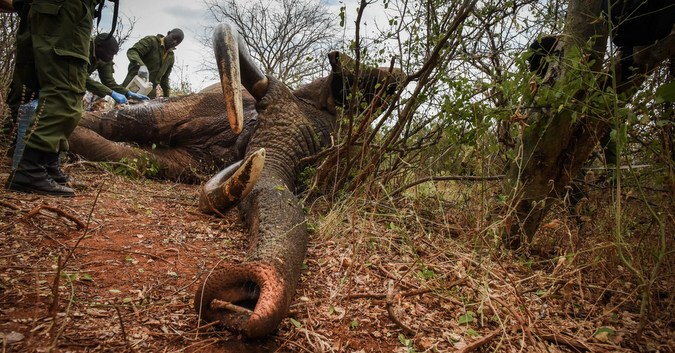
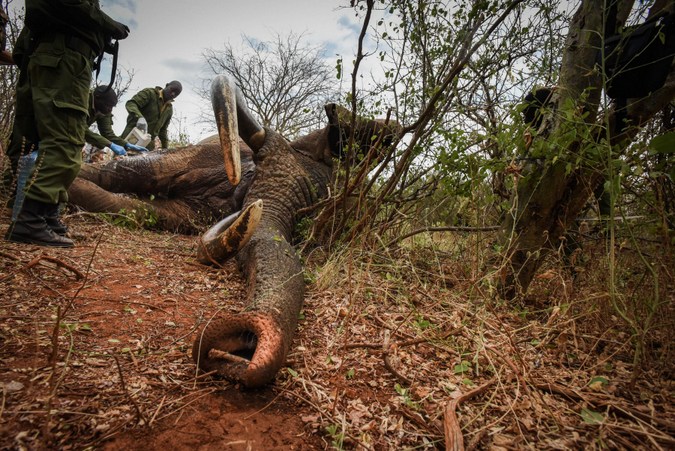
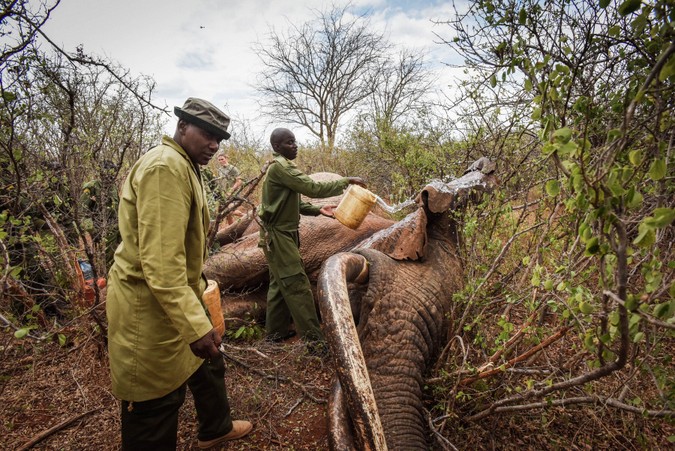
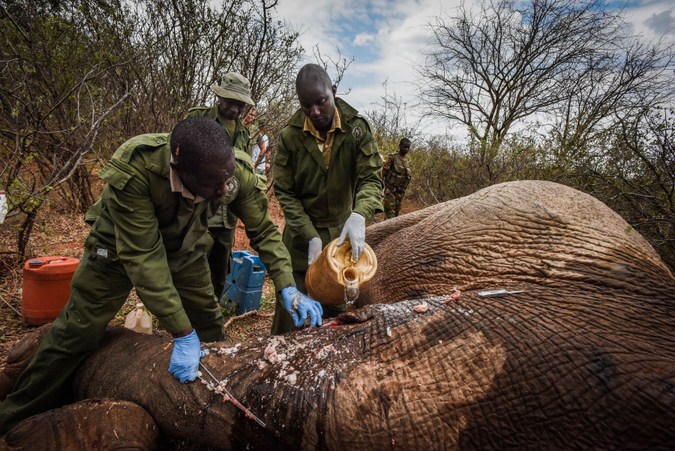
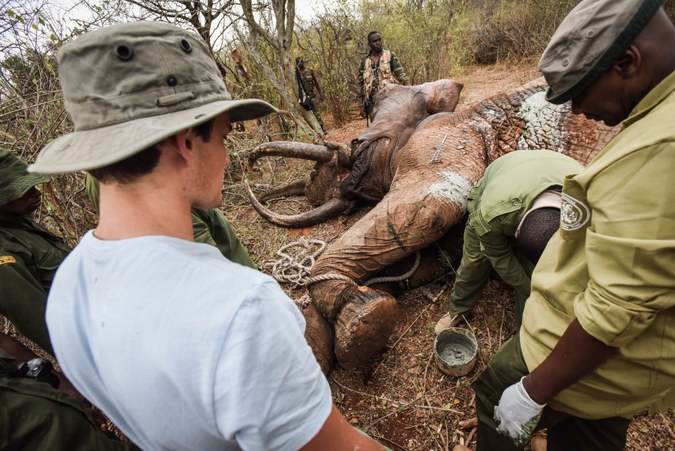
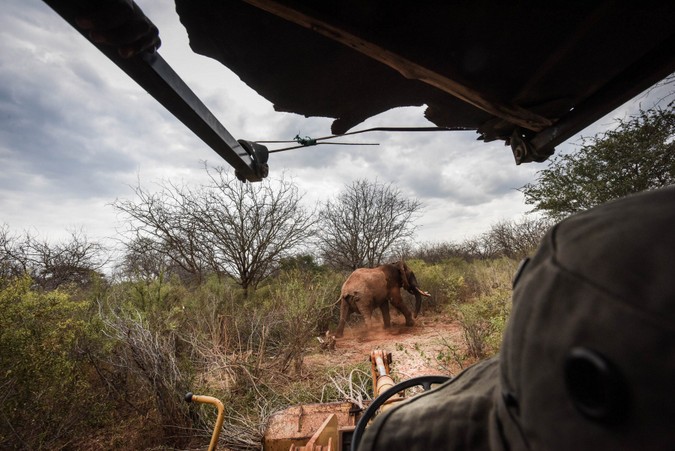
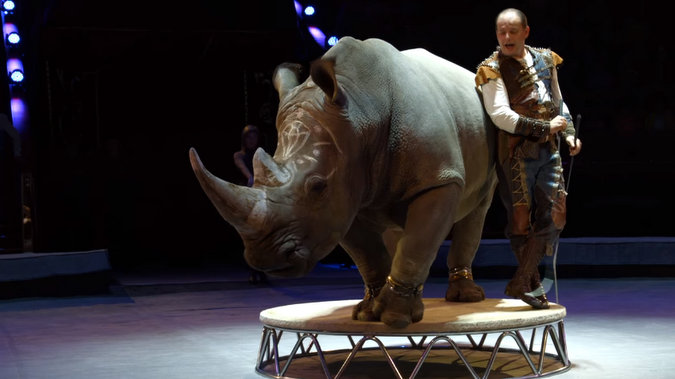
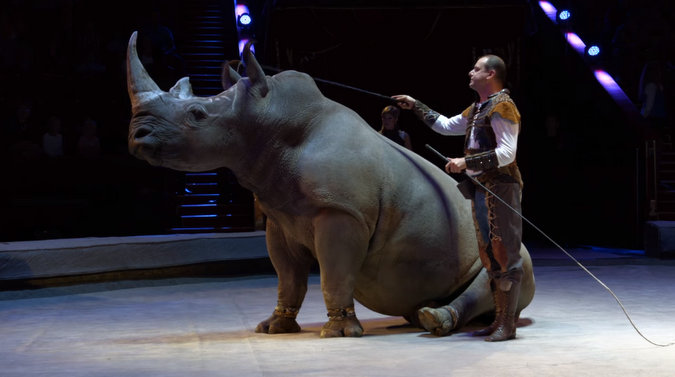
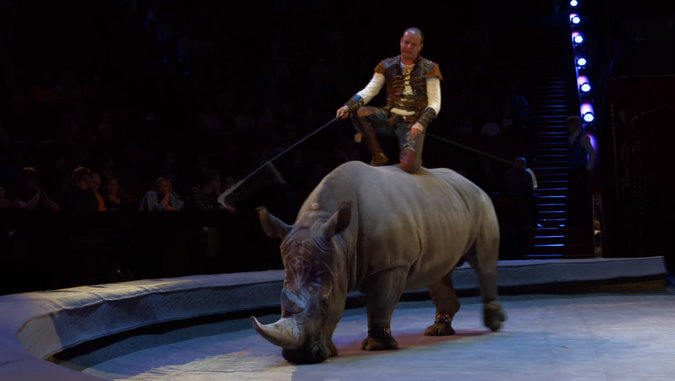
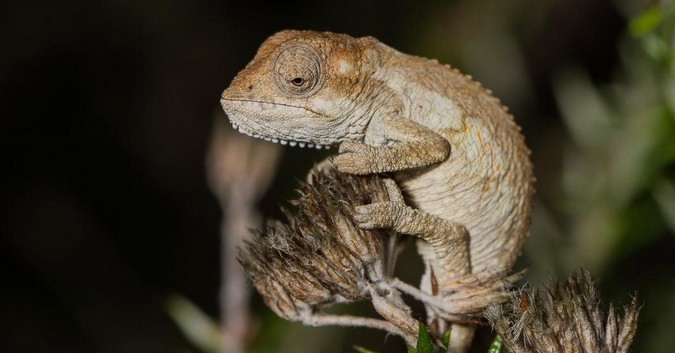
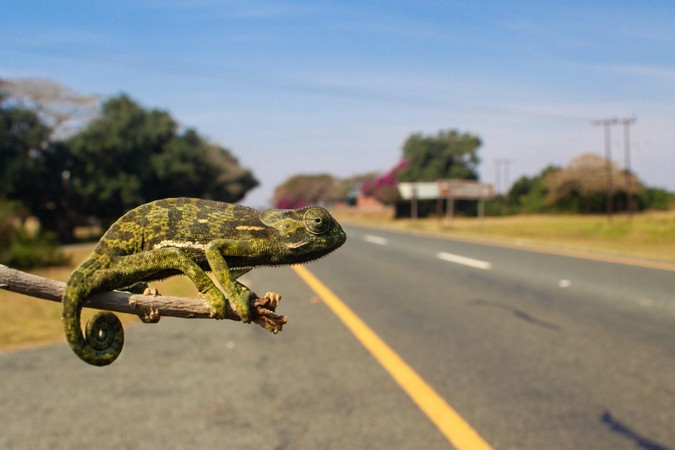
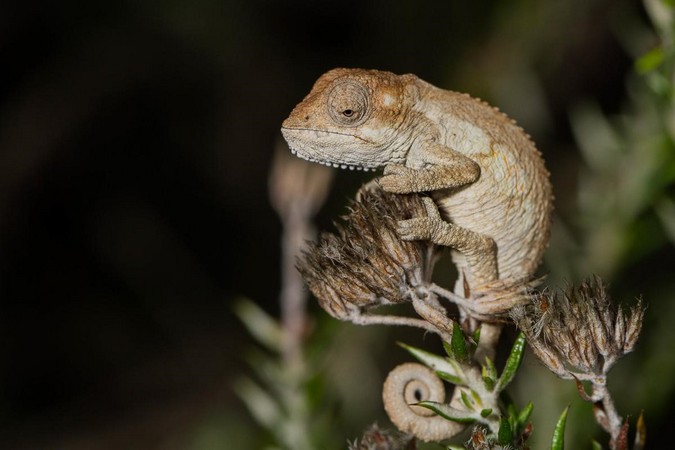

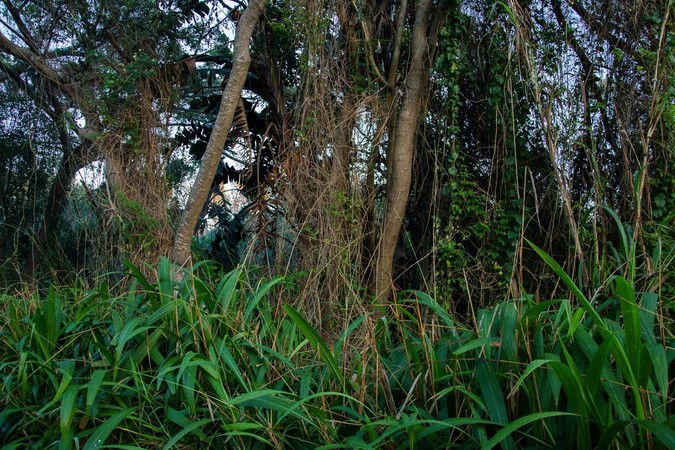
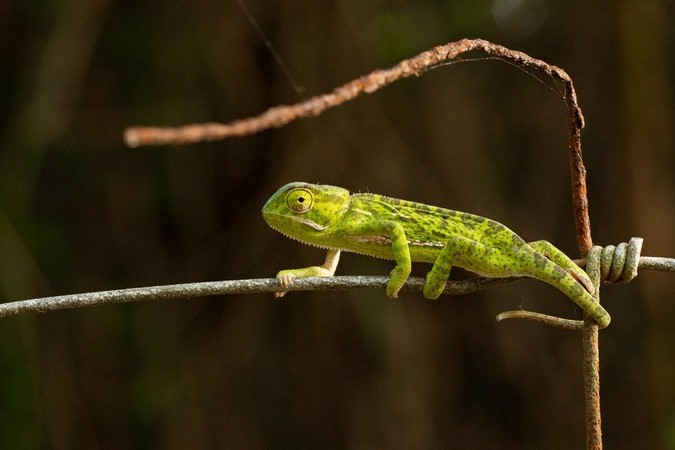
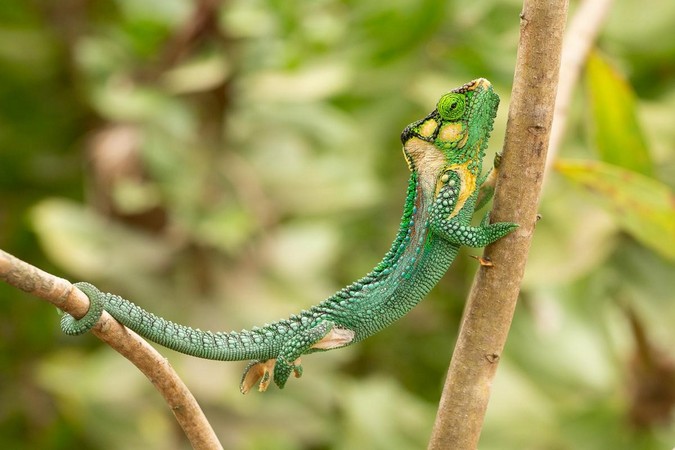
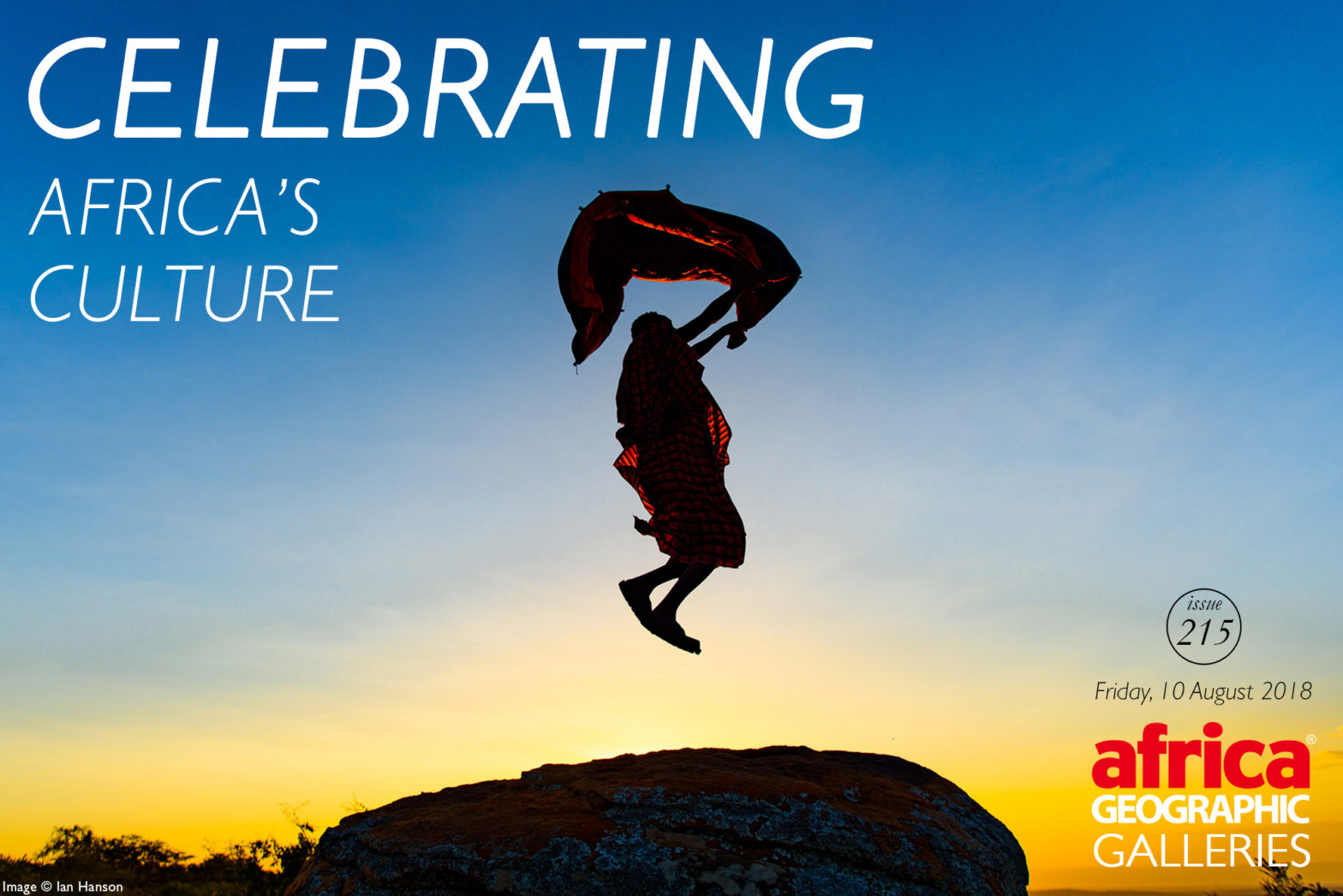
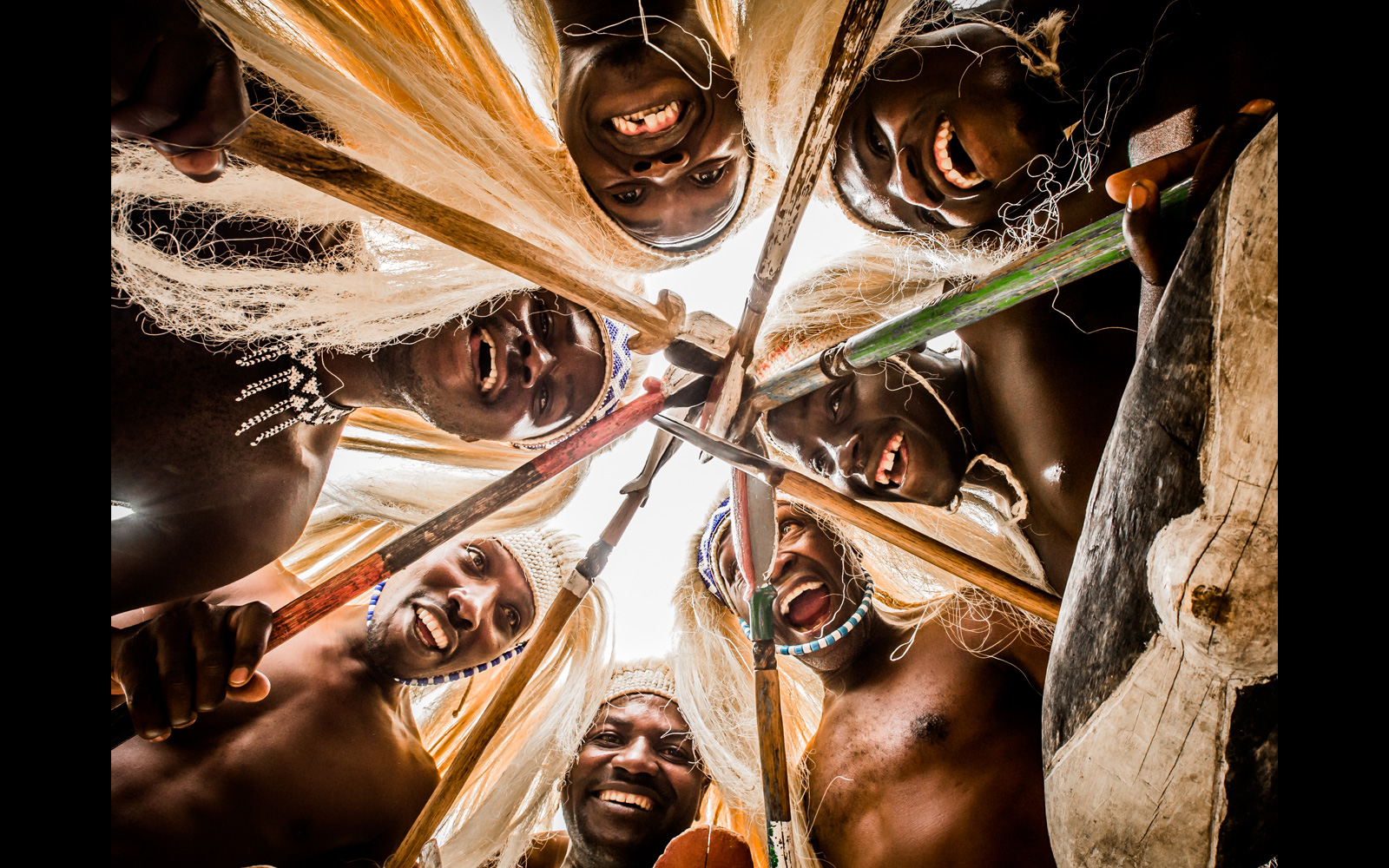
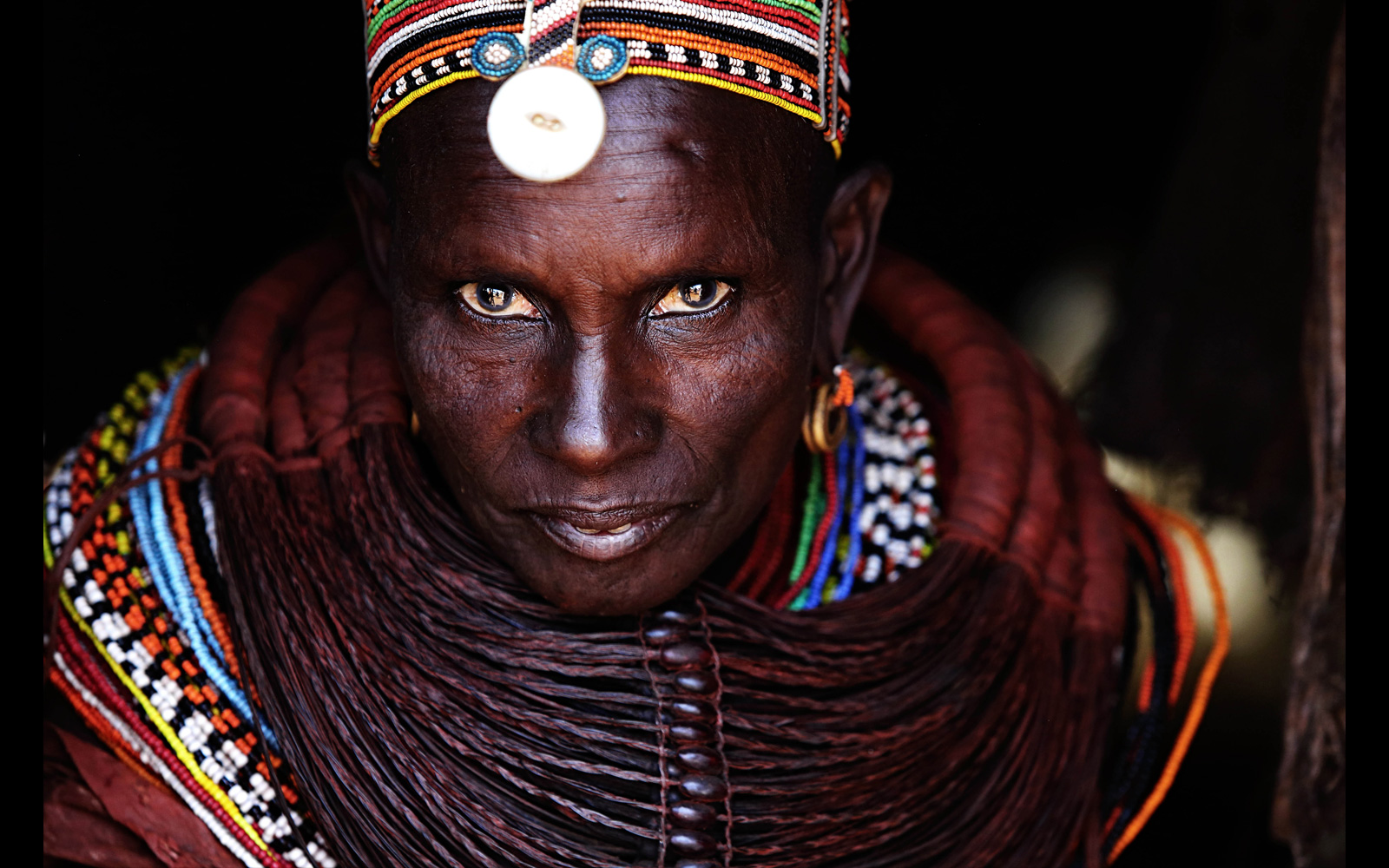
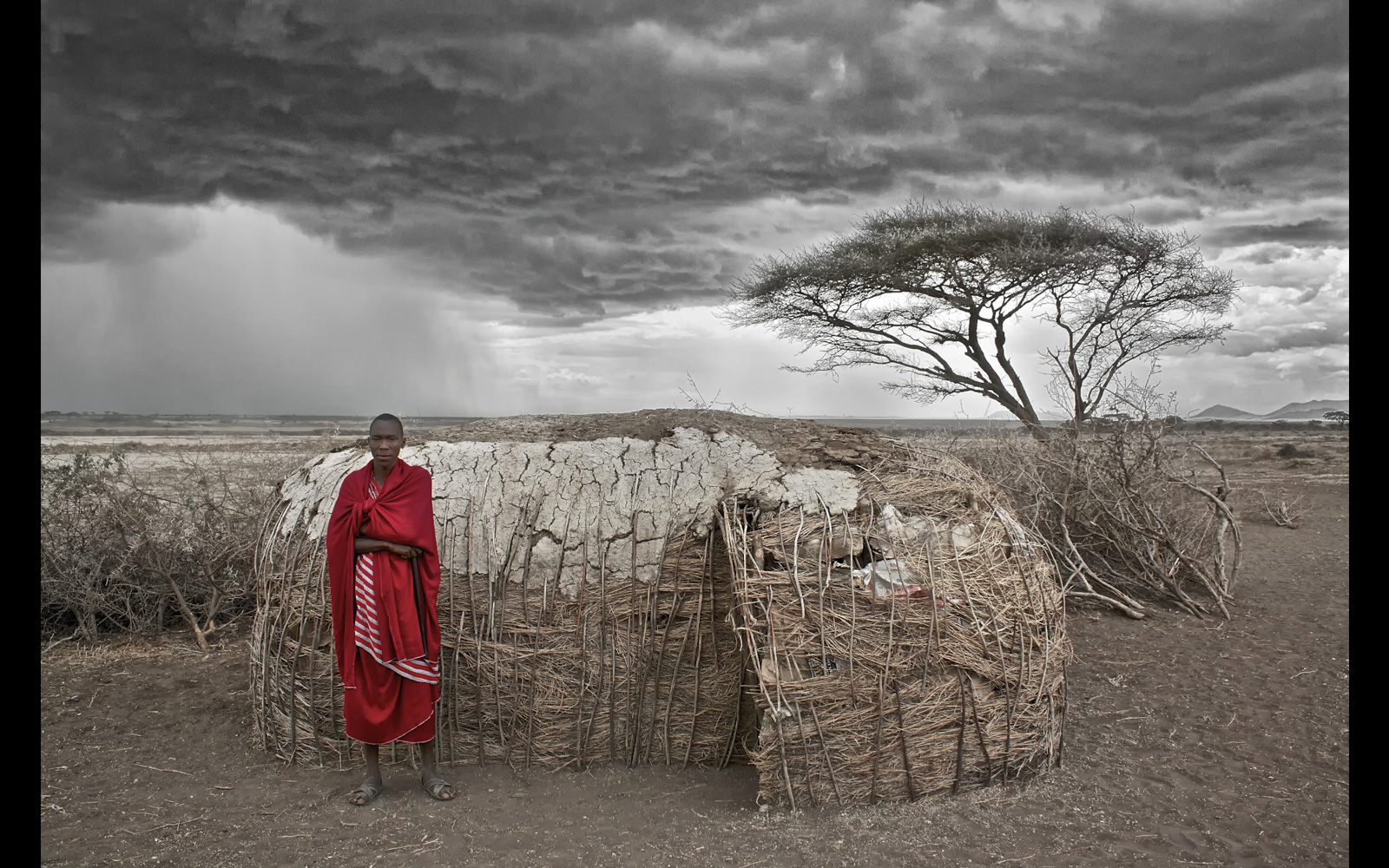

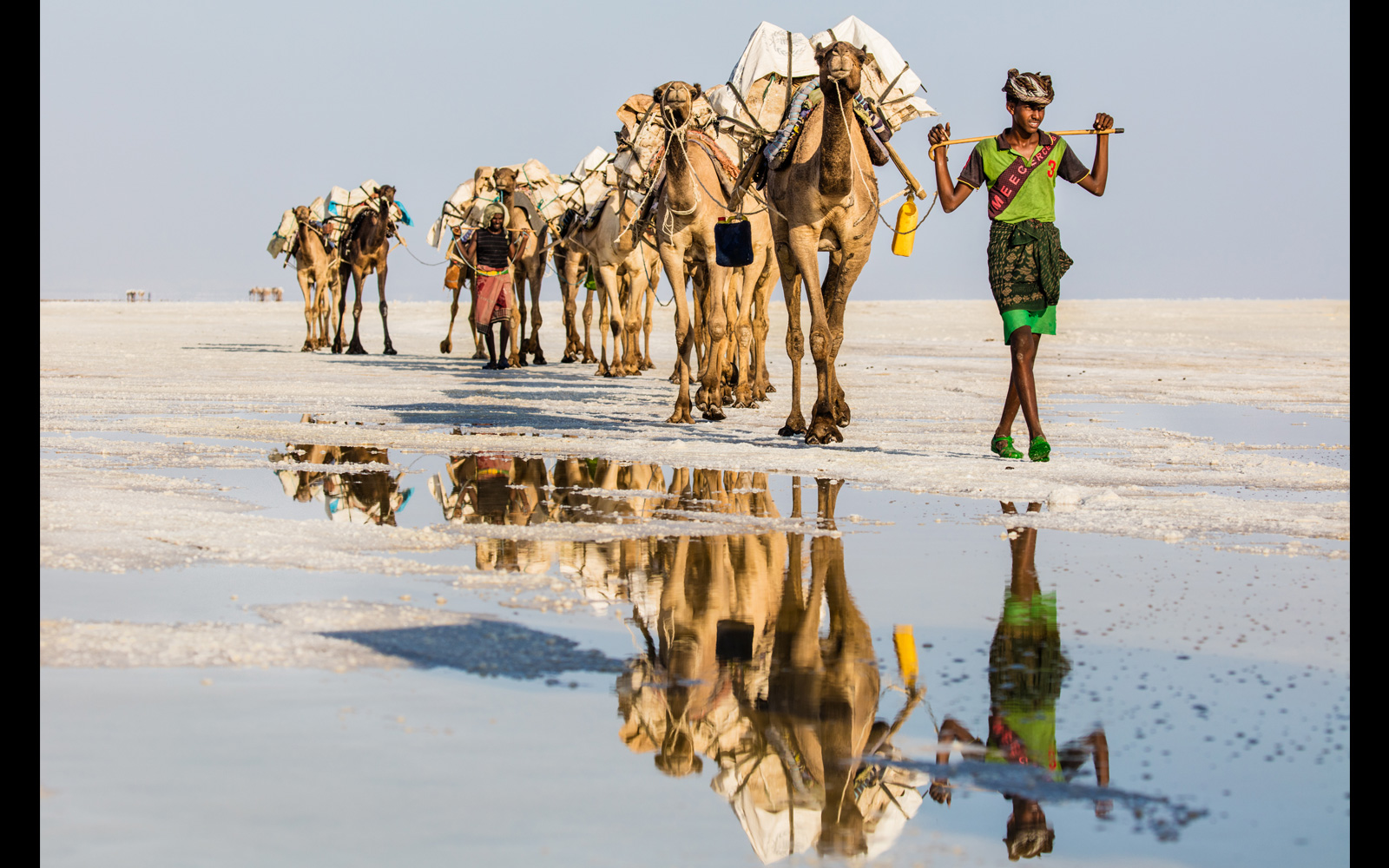
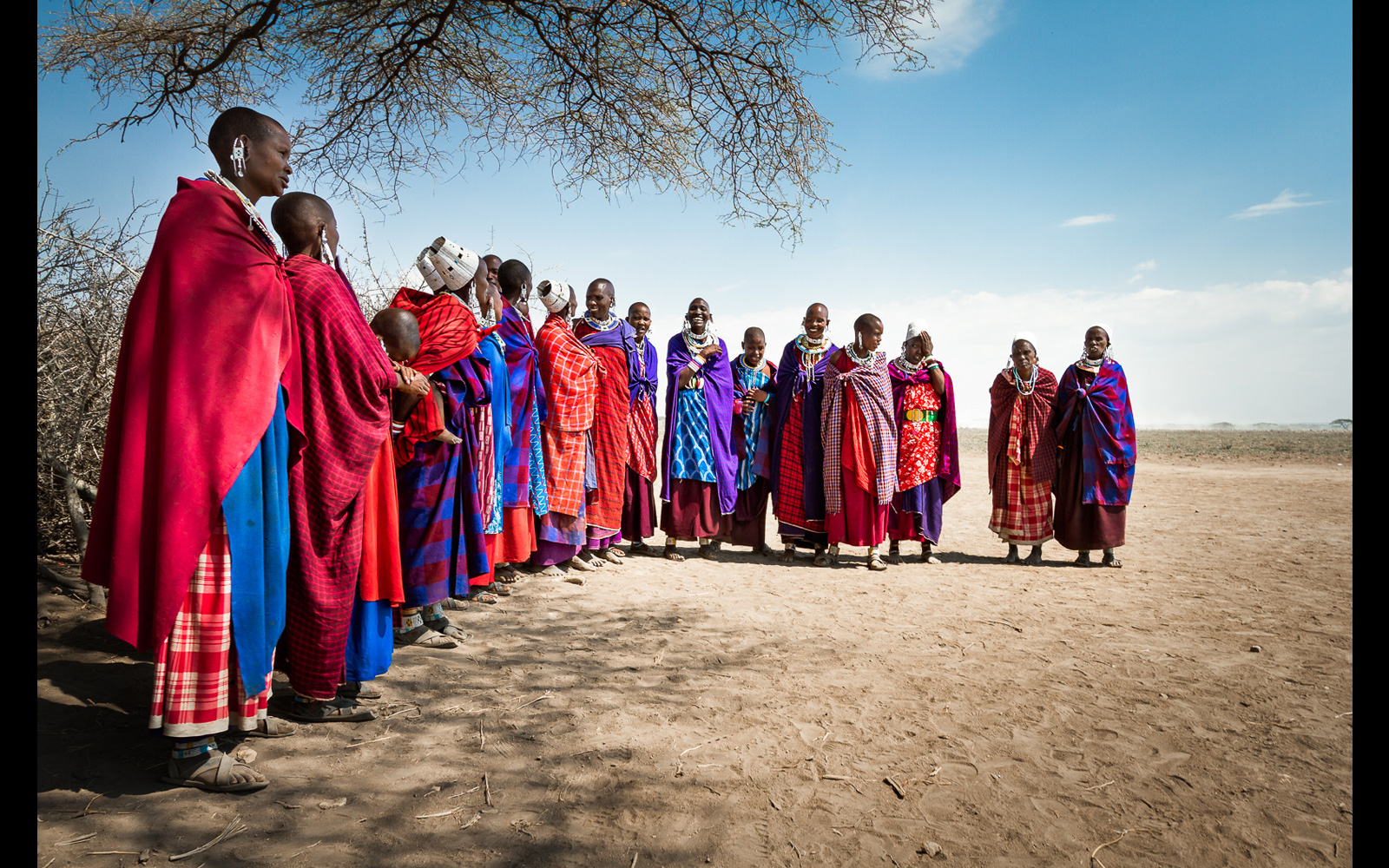
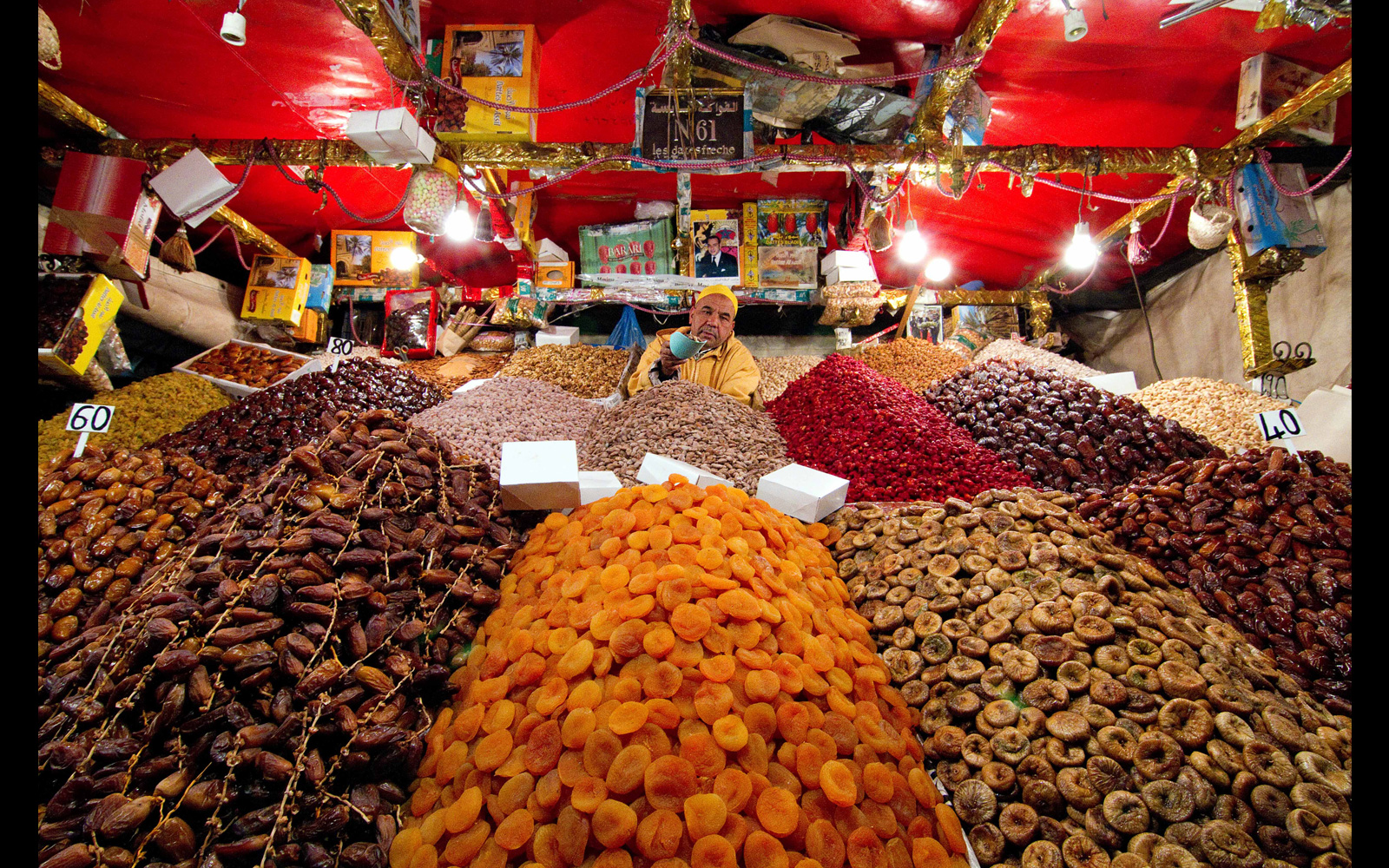



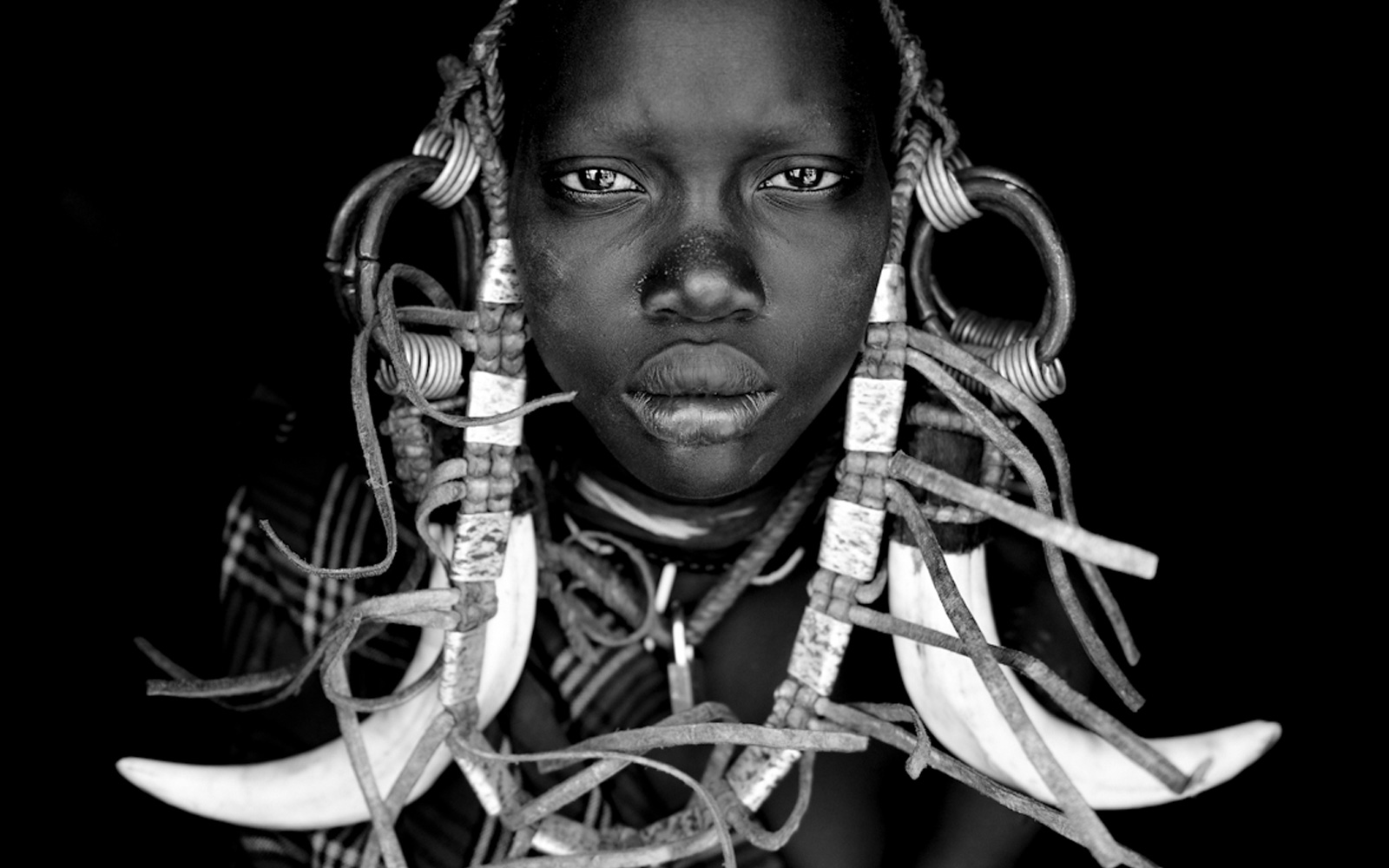
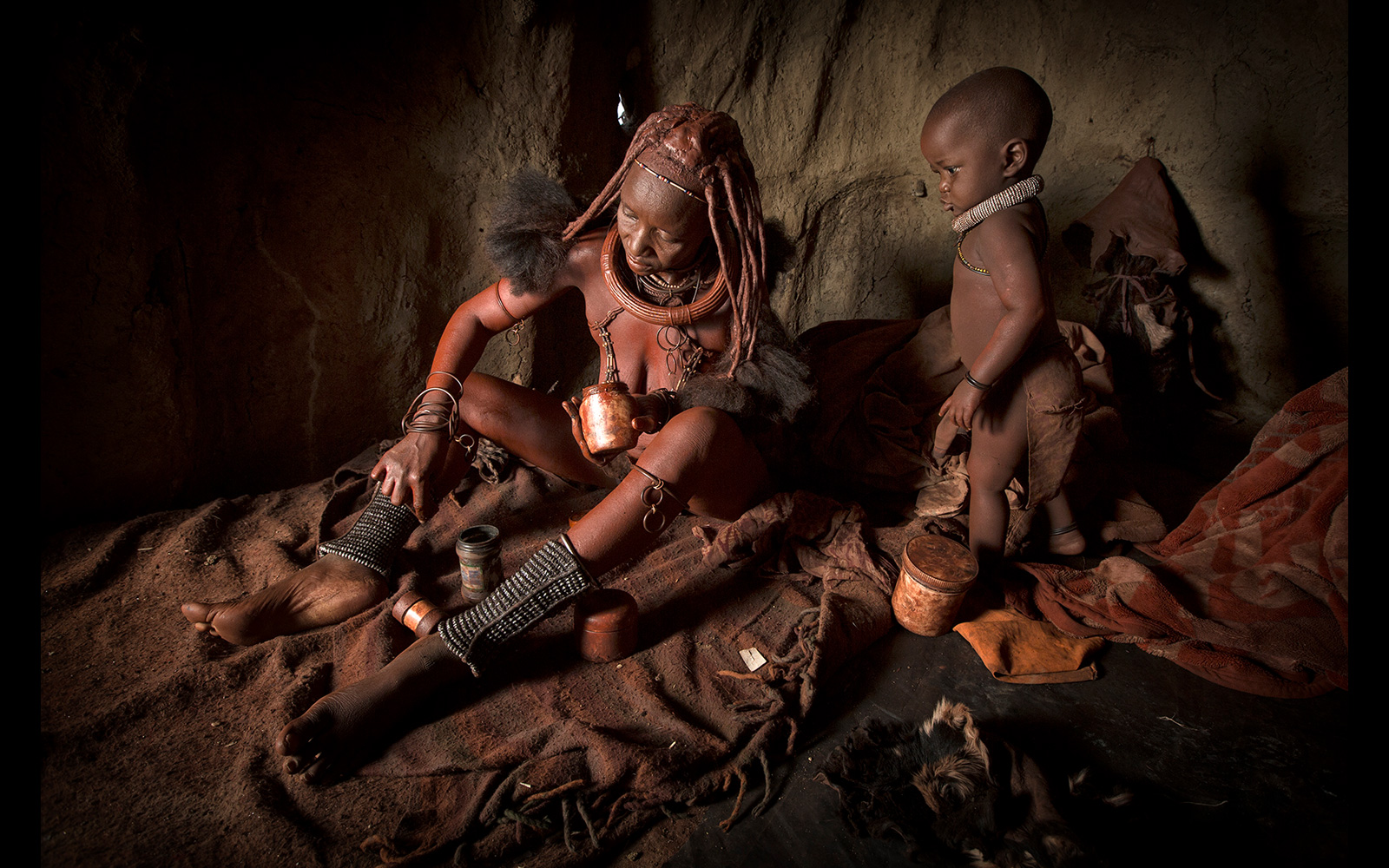
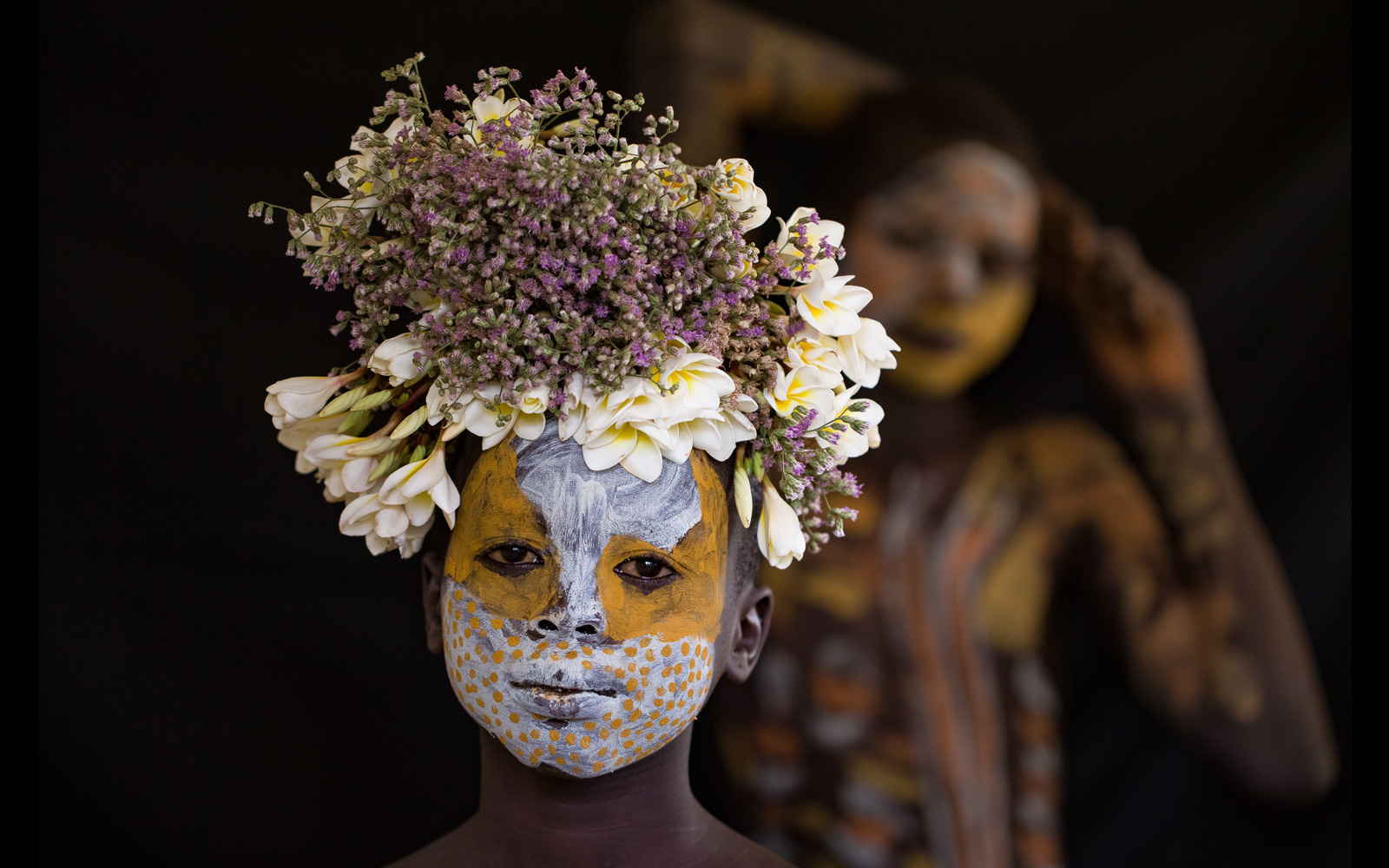

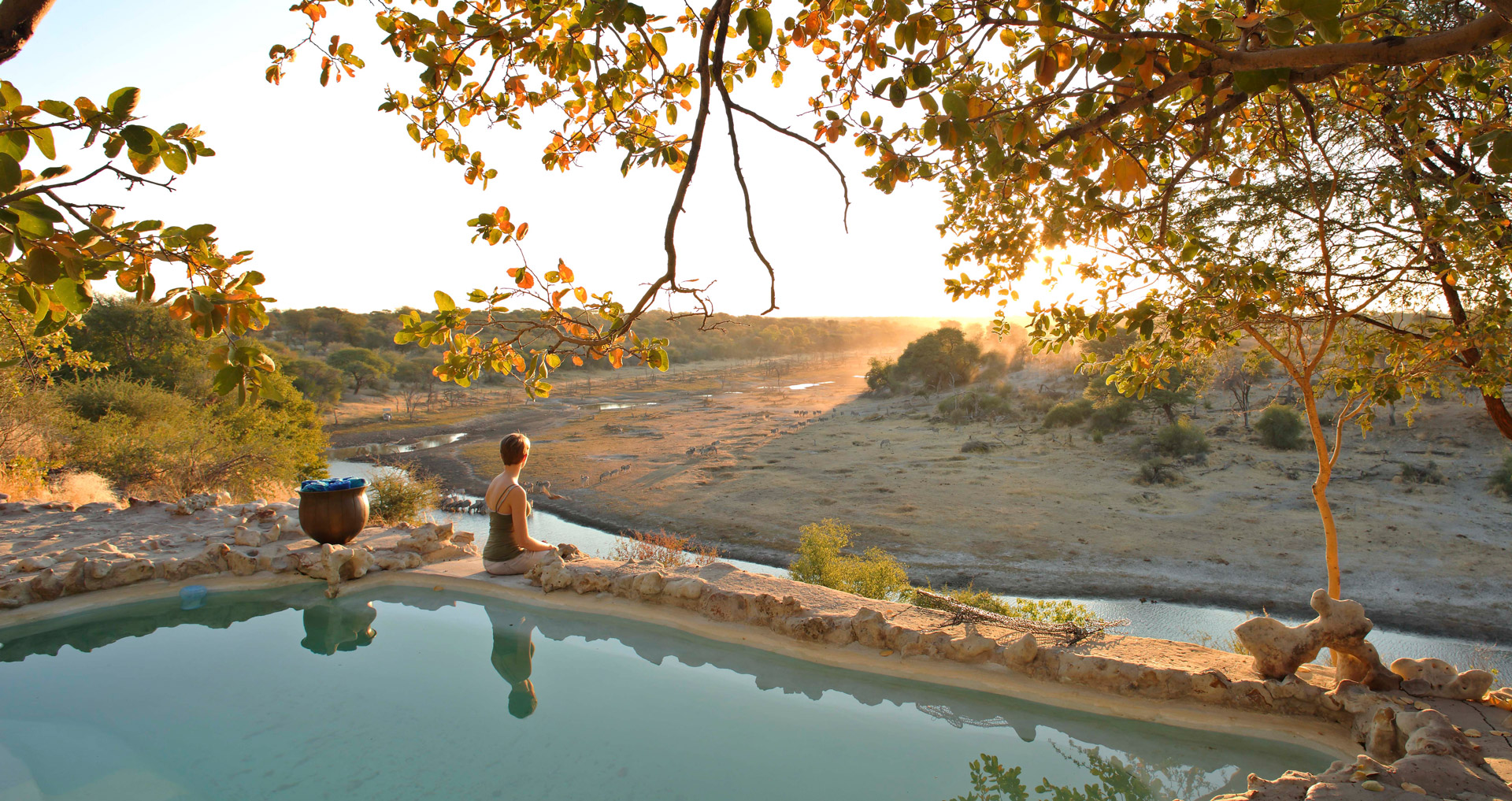
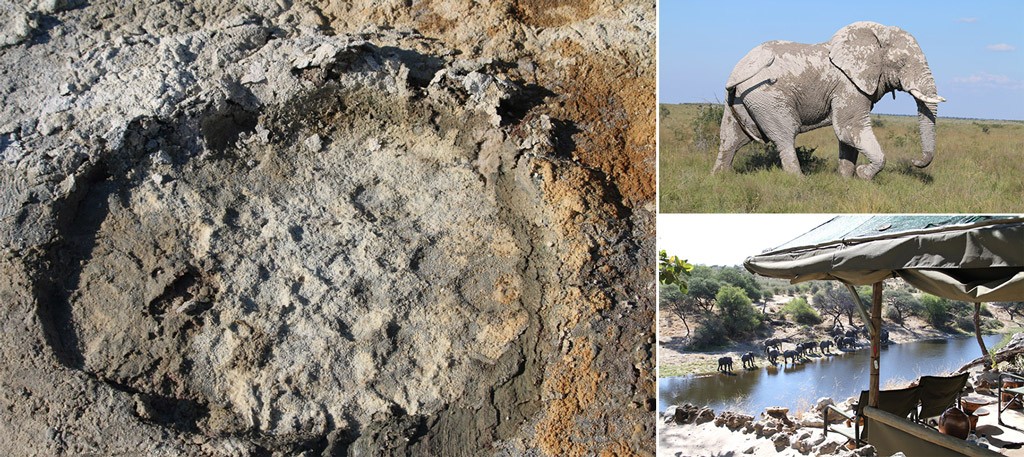
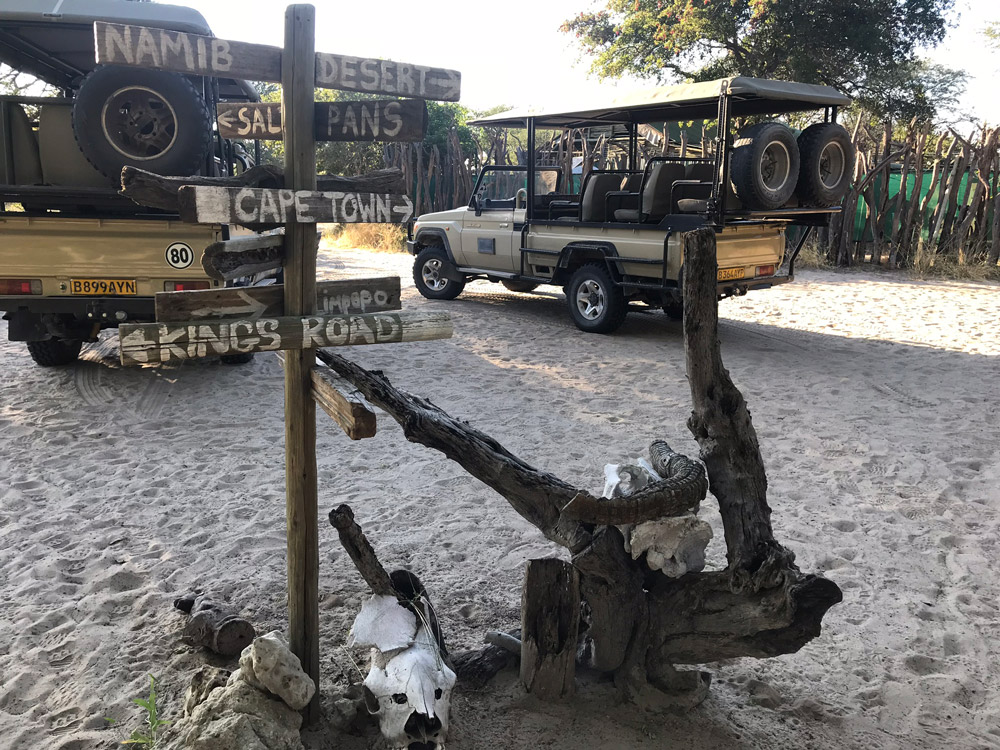




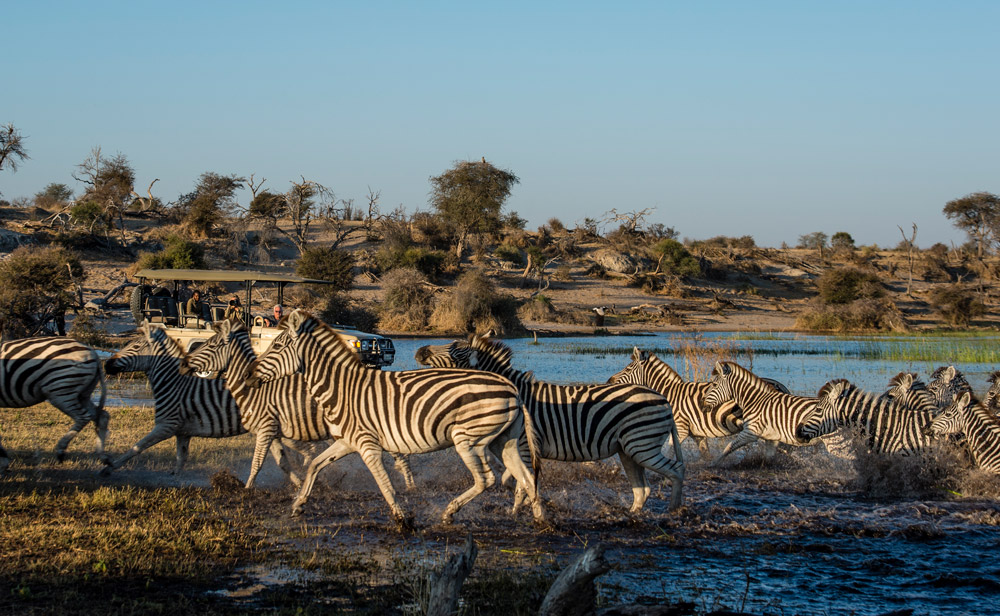
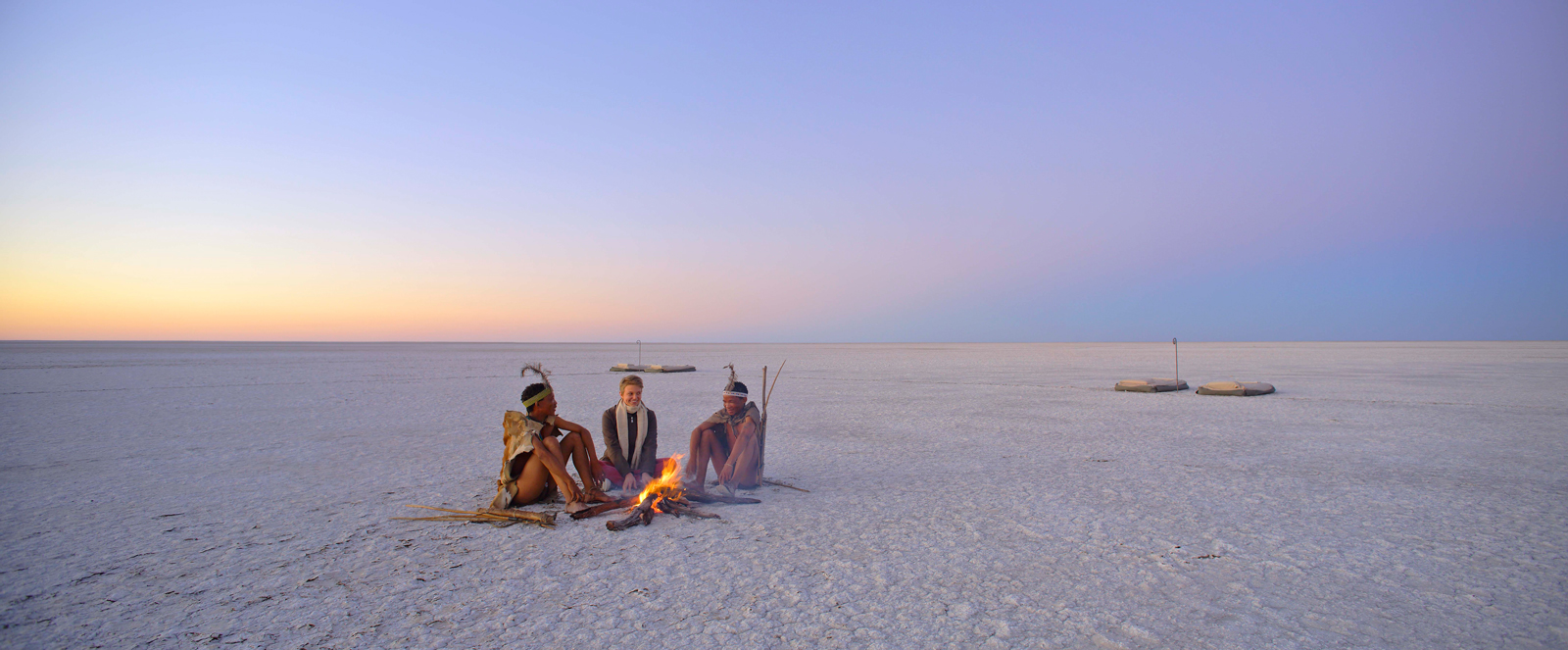
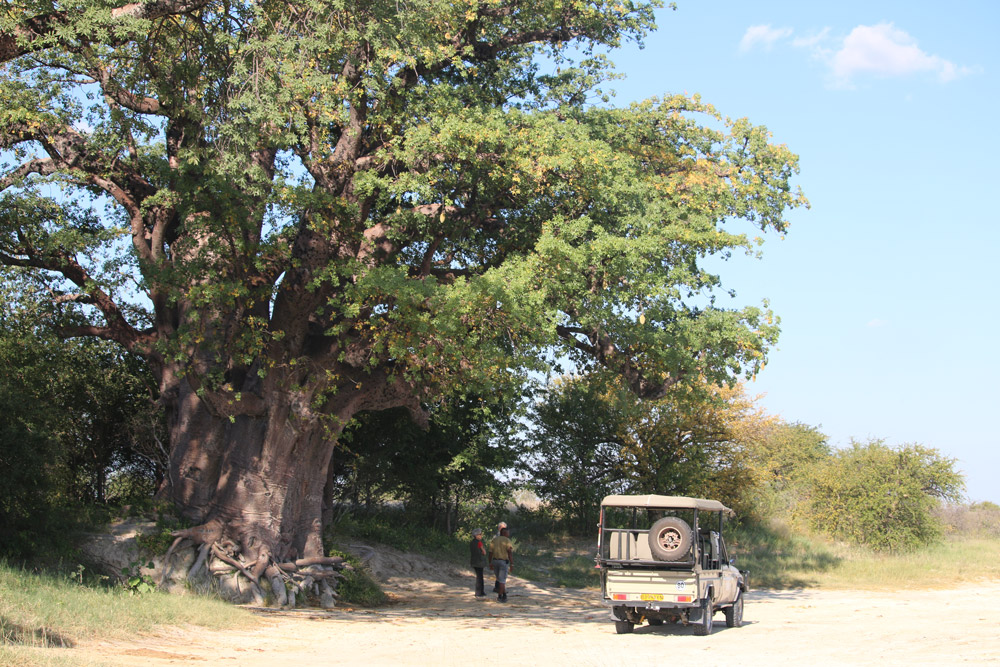
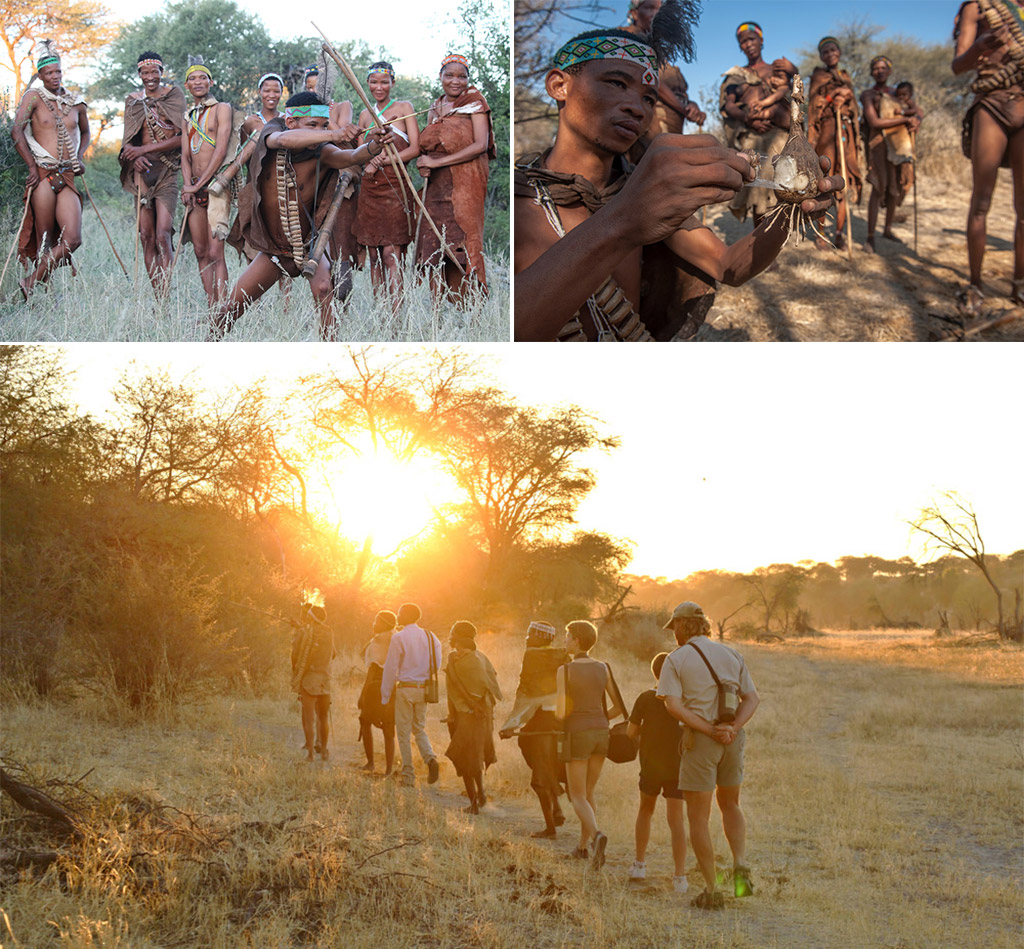
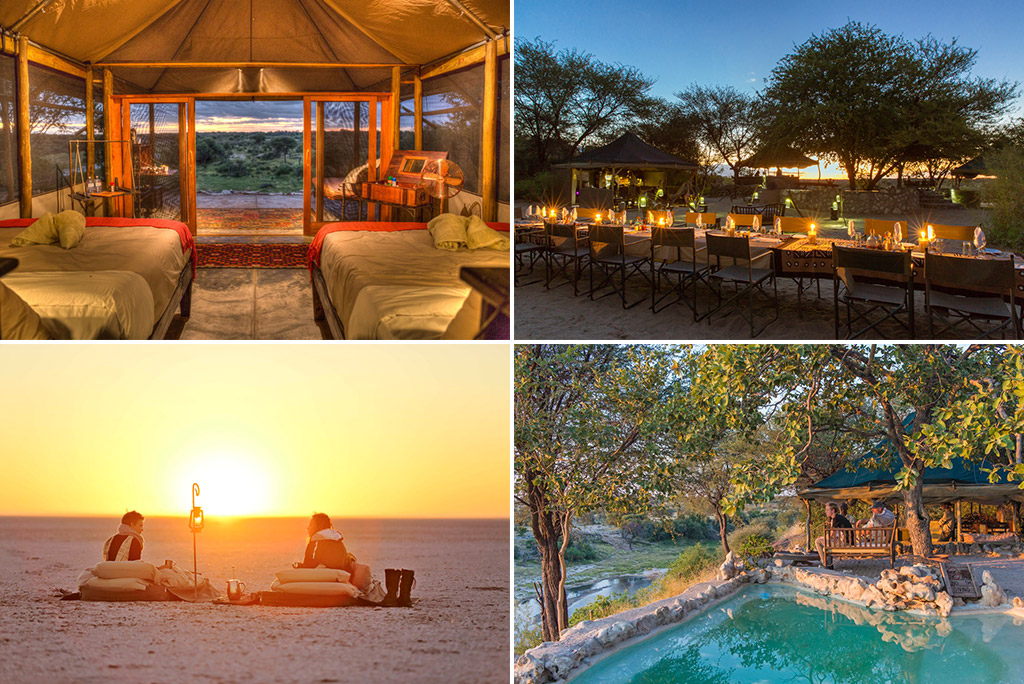
 I am a traveller in time and space with a passion for Africa, wildlife and adventure! I was born and raised in Bulgaria, but my heart is moulded in the shape of the African continent. I came to Cape Town after I graduated with my Masters Degree in Journalism in the Netherlands and ever since day one I have been in love with the Mother City.
I am a traveller in time and space with a passion for Africa, wildlife and adventure! I was born and raised in Bulgaria, but my heart is moulded in the shape of the African continent. I came to Cape Town after I graduated with my Masters Degree in Journalism in the Netherlands and ever since day one I have been in love with the Mother City.
